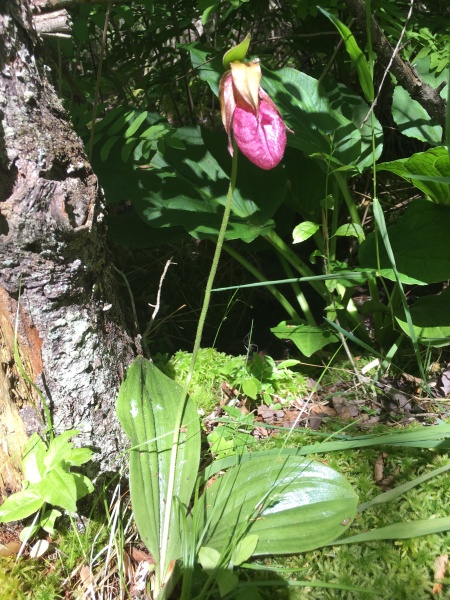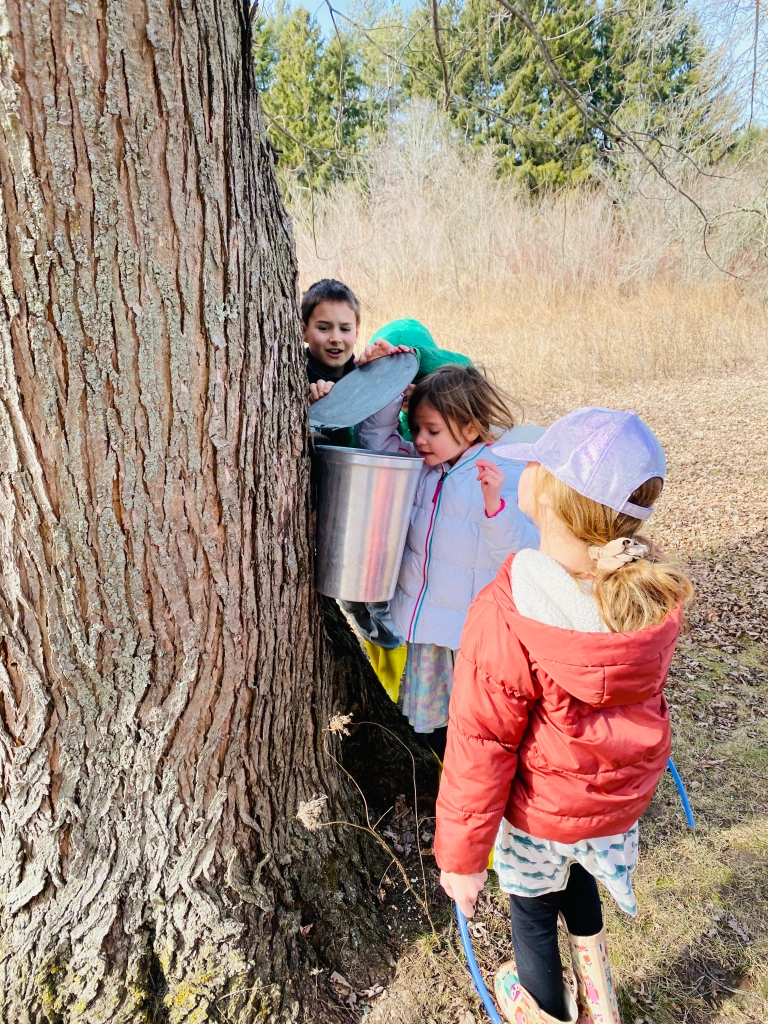


It’s that time of year again! The time where the sunlight begins to linger in the golden evening, the breezes carry a hint of warmth, and the ground starts to soften ever so slightly. Spring is definitely making its presence known bit by bit, but no matter what the groundhog tells you, winter isn’t ready to loosen its grip just yet!
It’s easy to laugh and shake our heads at the craziness of midwest weather: going from cold to warm to cold again, but actually, the natural tug-of-war between winter and spring where the days grow warm and the nights dip back below freezing facilitate the perfect weather for a great sap run!
Just as we have vascular tissue in our bodies like arteries and veins that carry blood, trees also have vascular tissue! Instead of blood though, their tissues carry sap. Sap is a liquid that is mostly water, but also contains sugar which provides energy for the tree. The tree is in particular need of energy in early spring as it needs to grow new leaves after shedding them in the fall. Sap brings sugar, and sugar brings energy to the emerging buds, and those in turn grow into new leaves which will make sugar via photosynthesis for the next cycle of sap! It’s all one continuous cycle!
But why does the sap flow during these fickle temperature swings? Well, the warmer temperatures in the day create a positive pressure in the tree. The buildup of pressure gets the sap moving so that when there is a hole in the tree, the sap will naturally run out to an area of lower pressure. At night though, as the temperature drops, the tree develops a negative pressure system. This negative pressure forms a natural suction preventing the sap from leaving the tree. Simultaneously, the negative pressure system pulls water down to the tree’s roots where it can help replenish the sap supply.
This cycle of flowing and slowing, rushing and waiting, will occur in the tree until temperatures remain above freezing. Then, the sap run is over and the tree works to turn those little buds into the broad leaves that will harvest the sun to make sugar for the next year’s supply of sap!
It’s pretty incredible the way the tree uses its sap in its own closed system, but it’s downright remarkable to see what a gift it can be for us too! Humans have been collecting sap for hundreds of years. Early Native Americans and settlers used tools like wooden spiles and birchbark baskets to harvest the sap, but oftentimes today the tools look a little bit different.
We harvested sap just earlier this week with our Faith Journeys students, and they did a great job! After walking out to the silver maple by the Ecology Yurt, we looked for a spot to tap: fairly low to the ground while not on the same vertical line as previous years taps and hopefully under a branch where there would naturally be good sap flow. We found a spot and used a power drill to make a hole at a slight upward angle, encouraging the flow down through the spile. WHiiiirrr! The students giggled as small curls of sawdust burst out from the drill bit! After that it didn’t take long! Gasps filled the air as sap started to trickle and dribble out of our new hole. We quickly put a spile, a tapered conical spout, into the hole to help funnel the sap into the desired holding container. Students had a great time using the rubber mallet to pound the spile until it was secured snugly in place. After that, we connected the spile to the collection bucket either through hooking the metal bucket directly below the spile, or by threading a small hose from the spile into a bucket that rests on the ground. Finally, the students helped secure lids on the buckets. We aren’t the only ones who like sap! The lids not only keep out debris that could naturally fall into the bucket, but it also keeps out critters like squirrels and bugs who wouldn’t mind helping themselves to the sweet treat! Then it’s time to be patient as the trees drip and drop and spill their sap into the buckets!
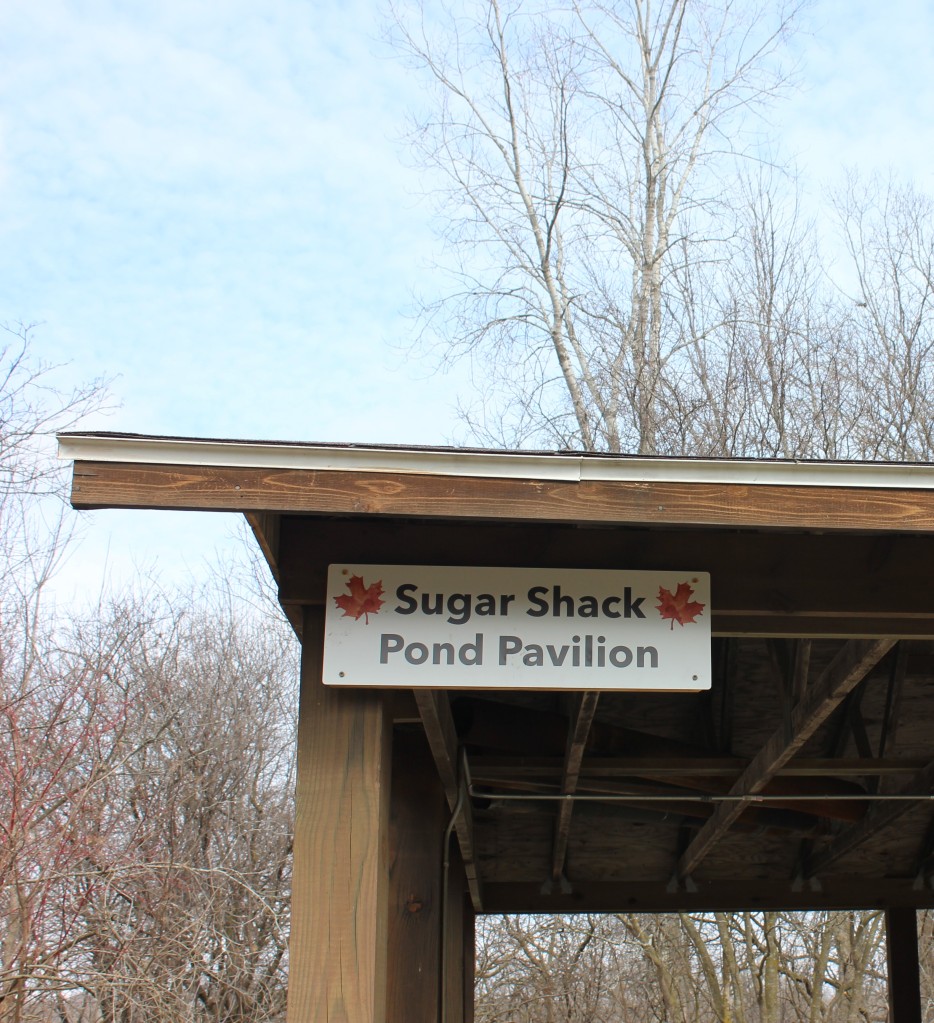

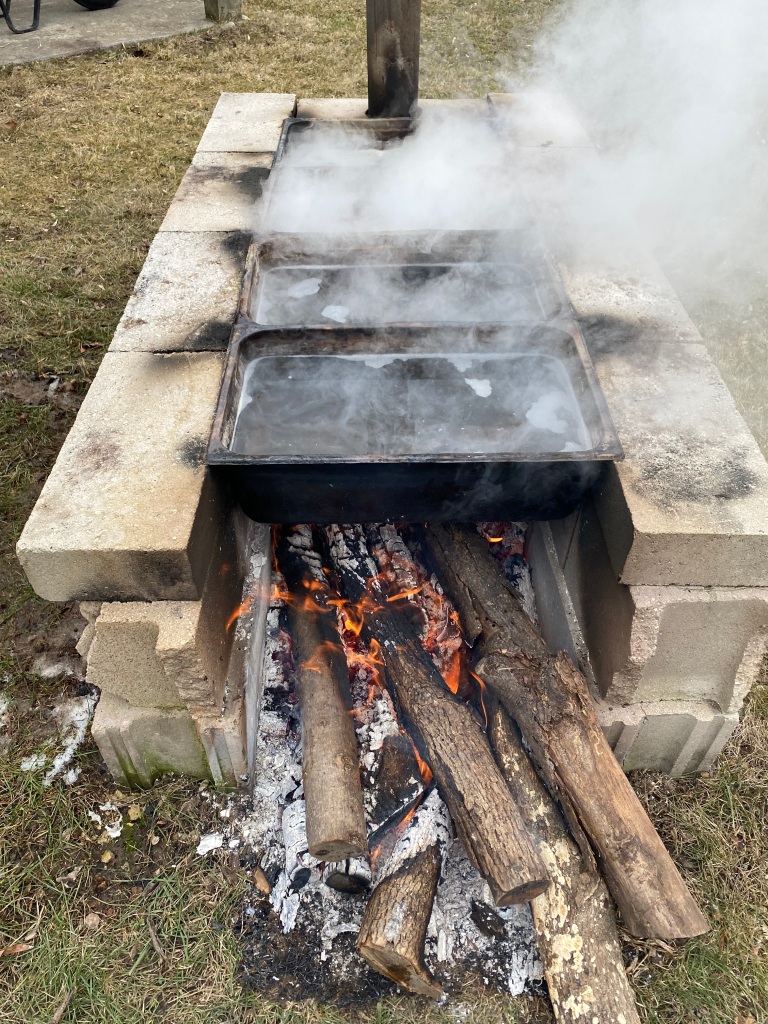
It’s not over yet though, in fact, it’s just the beginning! Once the sap is harvested, it needs to be refined before it becomes the delicious syrup we pour on our pancakes and waffles! A glorious way to spend a chilly spring day is to help out at the sugar shack! Here at our CEC pond pavilion sugar shack, we have multiple u-shaped cinder block “stoves” where vats of sap can rest above a glowing hot fire. The sap will boil and and bubble while the water evaporates, leaving a sweeter, more condensed liquid behind. Sap is naturally about 2-5% sugar, but in order to be considered syrup it must have a sugar content of at least 66%! As the liquid bubbles, more sap is added so it won’t burn. Over time, the steam slowly starts smelling sweeter and more mapeley, and the color turns from blonde to russet to a rich amber as the sugars caramelize and the sap becomes syrup! For good measure, the syrup is tested with a tool called a hydrometer that helps determine if the sugar concentration has reached the desired 66%.
Between the stirring of sap and taste testing sips of the sweet liquid, cupping your hands around a warm mug, the cheery crackle of the fire, and of course the company and laughter of friends who are there to help, maple syruping is a delightful time!
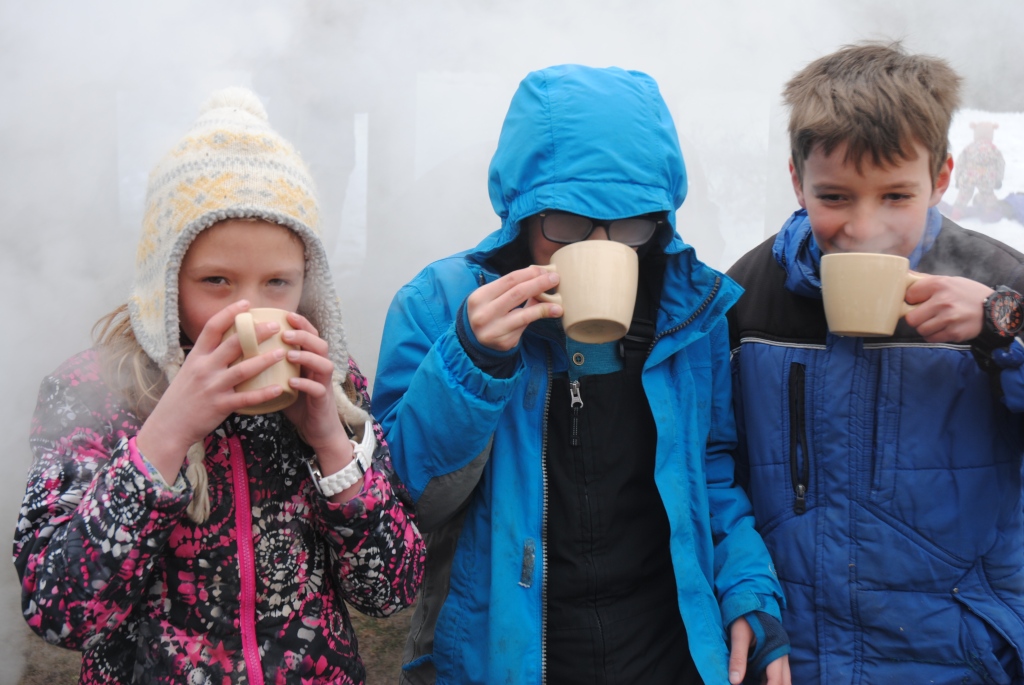
It also seems quite fitting that oftentimes the timing of the sap run and the syrup boil coincide with Lent. We recently ran a program where we brought a 4th grade class out to our property and taught them about maple syruping and had them tap some of our trees. The day ended with the Examen prayer. The examen is a spiritual exercise from St. Ignatius of Loyola, the founder of the Jesuit order. The prayer is broken down into a few different parts and provides a step-by-step guided way to pray through your day- to recognize God’s presence, discern where He might be calling you, ask what He desires for you, and to make a sincere effort to grow and follow His call. In a sense, it allows us to stop and distill our busy day, to recognize God’s presence, and acknowledge ways that we can grow and change our ways to live a sweeter, more holy life.
It’s quite beautiful because just as the maple tree has all of the components for syrup running through it, it takes a bit of cultivation with the boiling process to refine and create the sweet goodness of maple syrup. Similarly, we each have all of the necessary components to live a rich life full of potent goodness, but this doesn’t necessarily happen by accident- it is something that is cultivated. This lent we invite you to enter into a time of cultivation and refinement. What better time to slow down, reflect, and be intentional about taking time for prayer and God? Have a blessed Lent, we hope it’s your sweetest one yet!
Want to know more about the examen? Feel free to try our guided version HERE
Want to join us for maple syruping? We’d love to have you! To register for our event on Sat March 16th, click HERE.
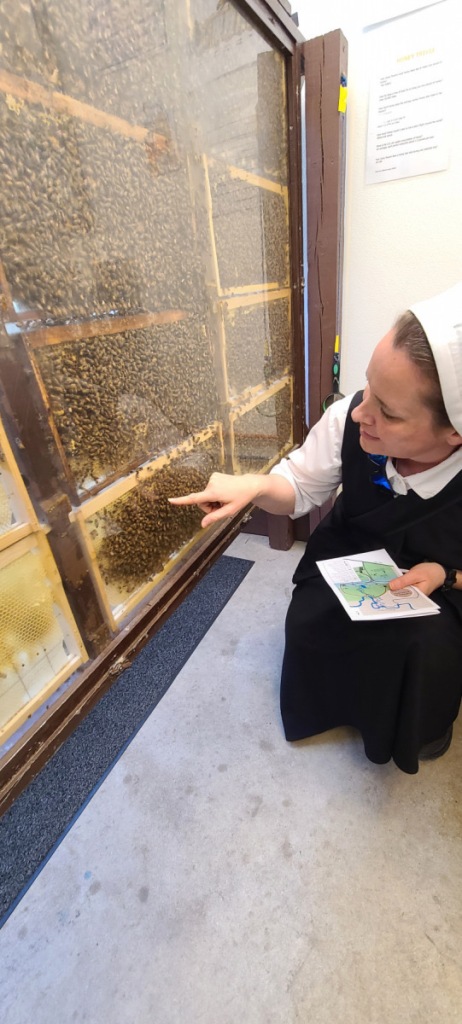
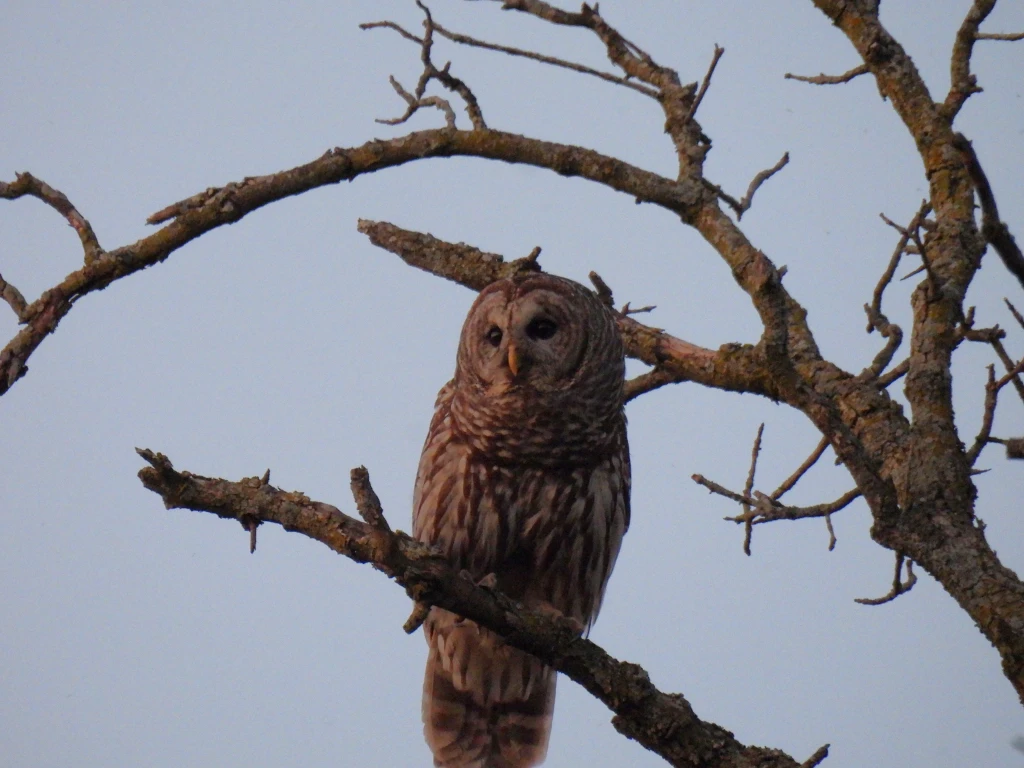
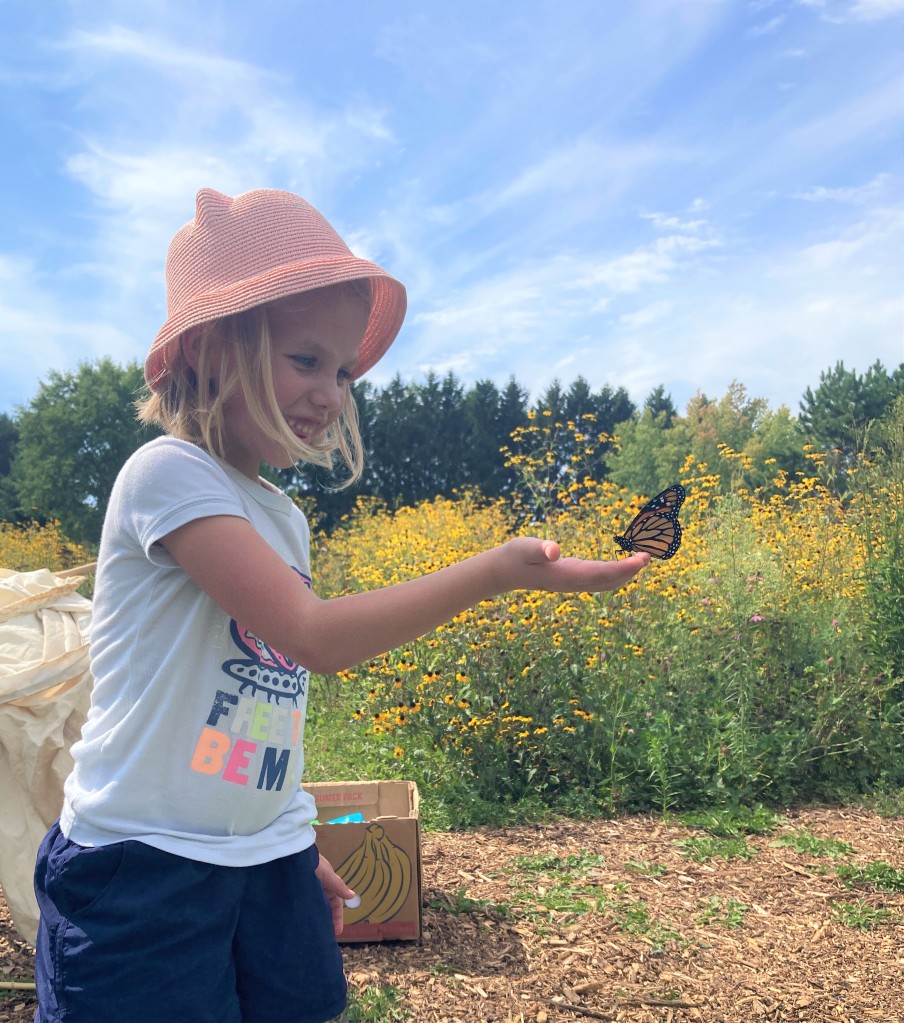
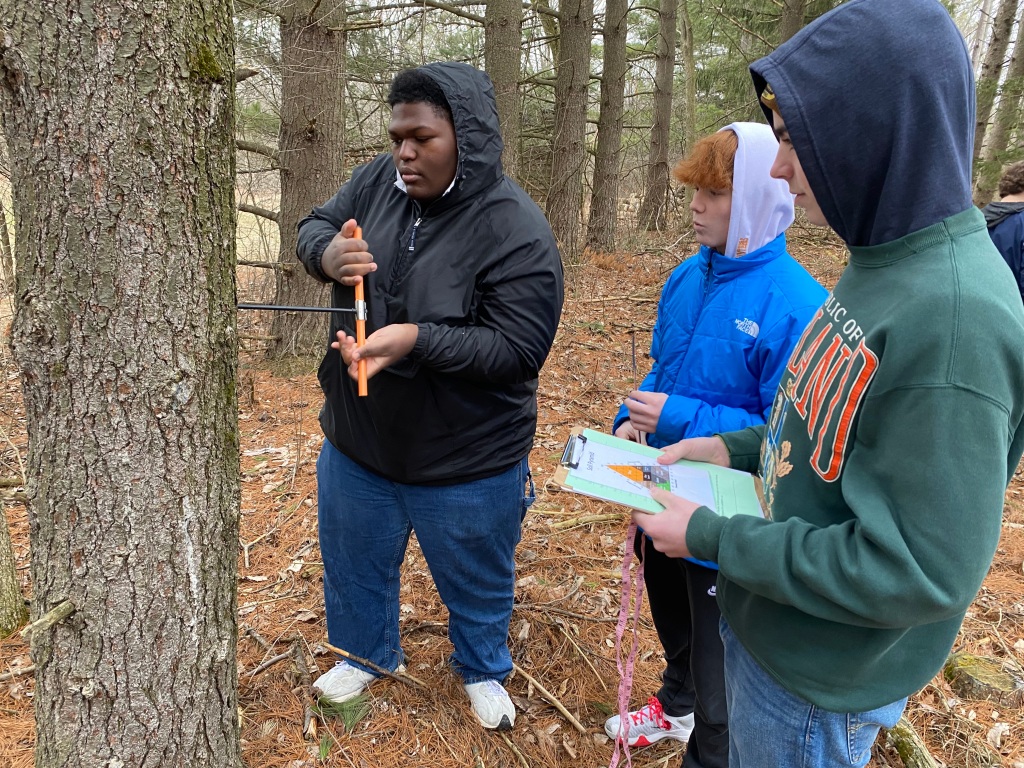
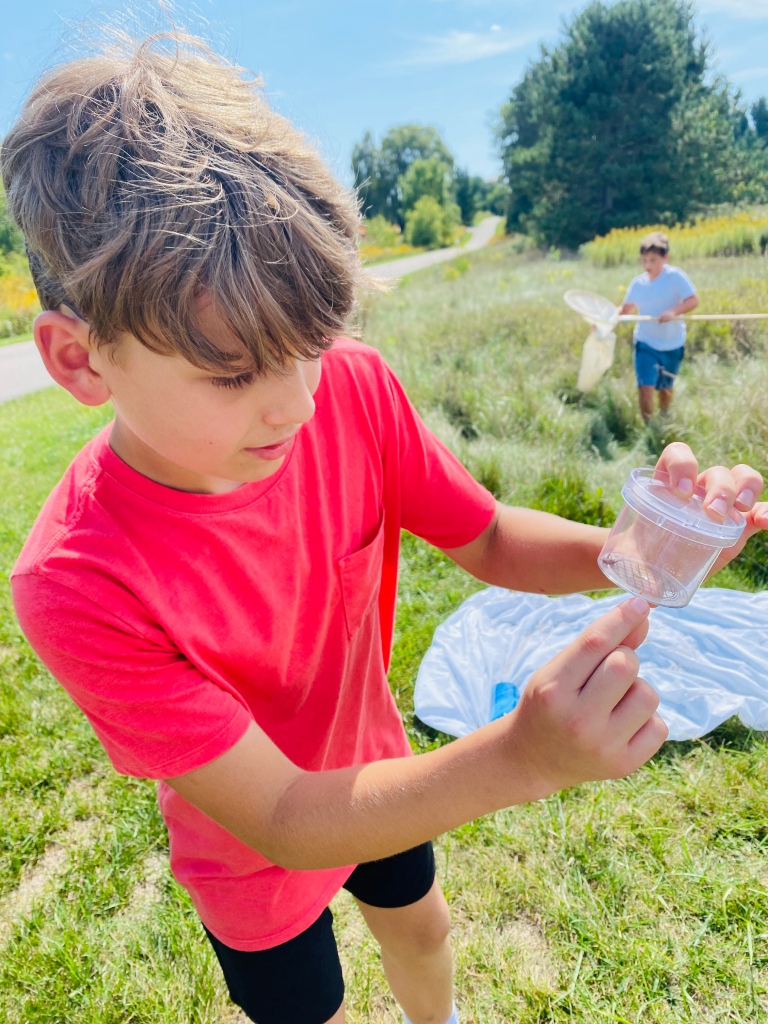
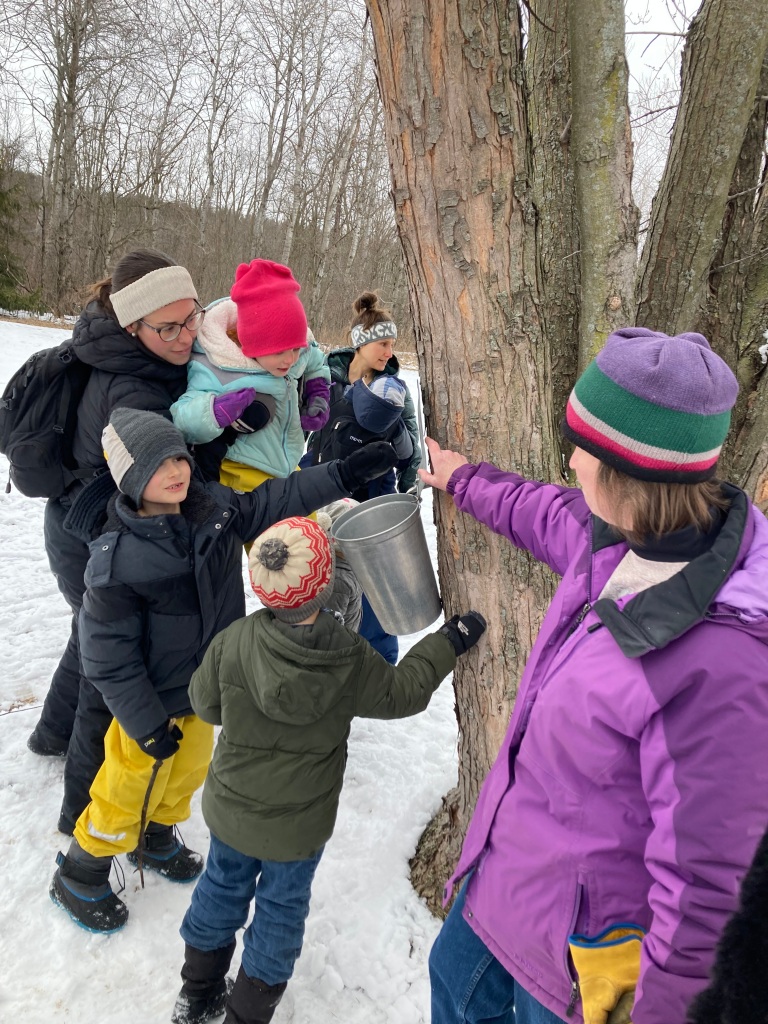
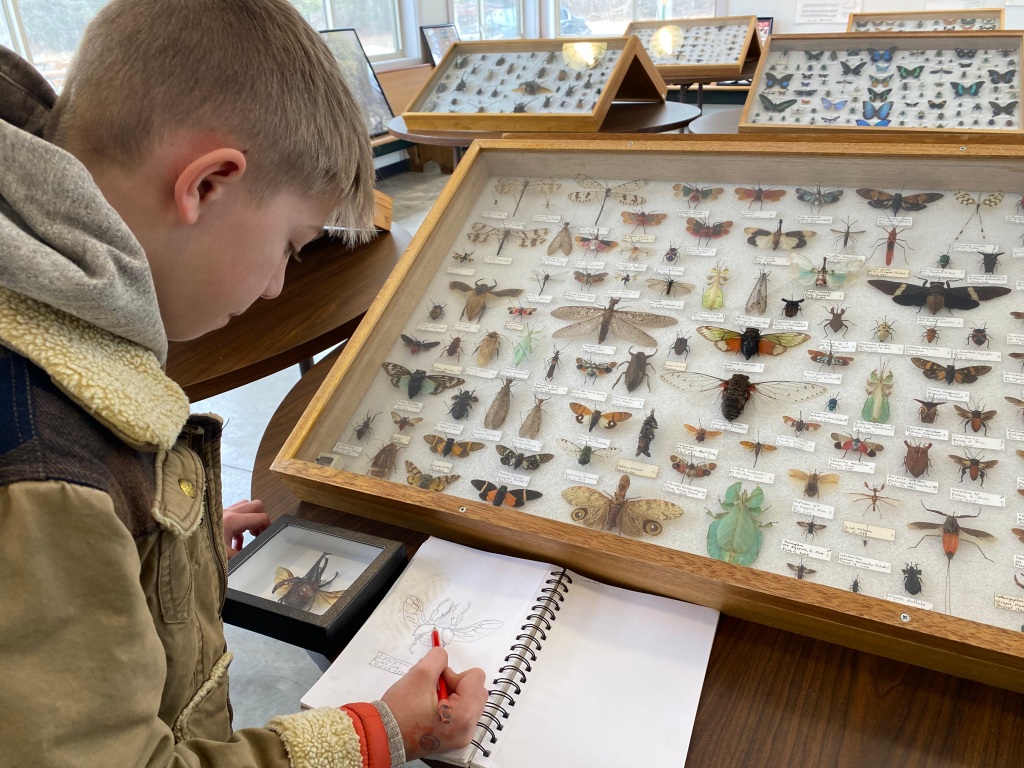
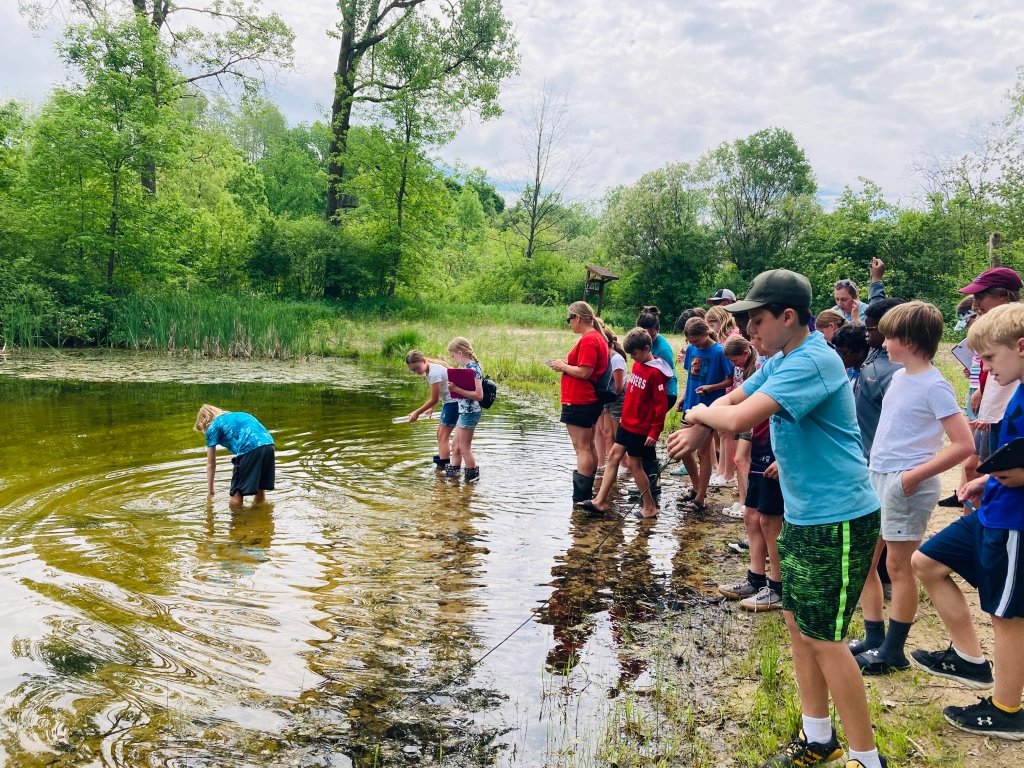
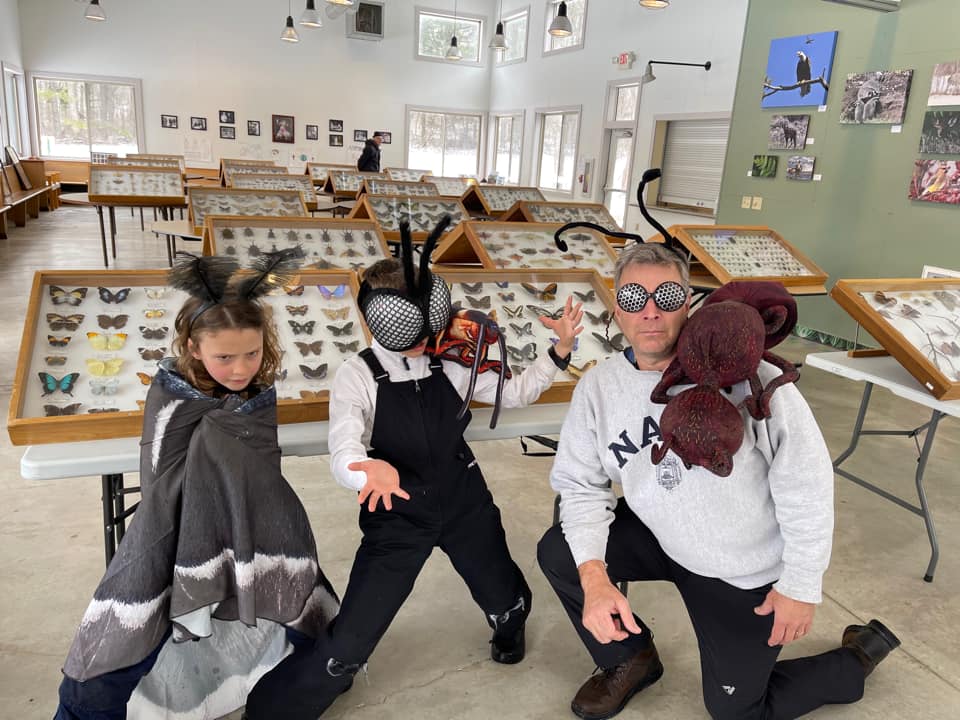
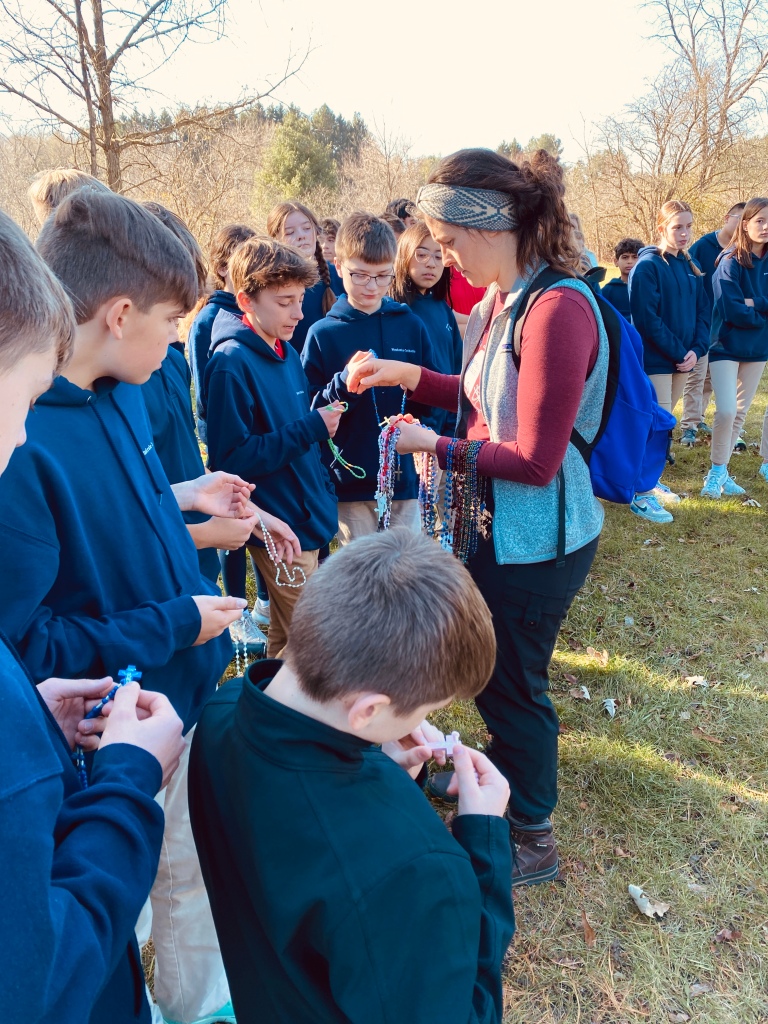
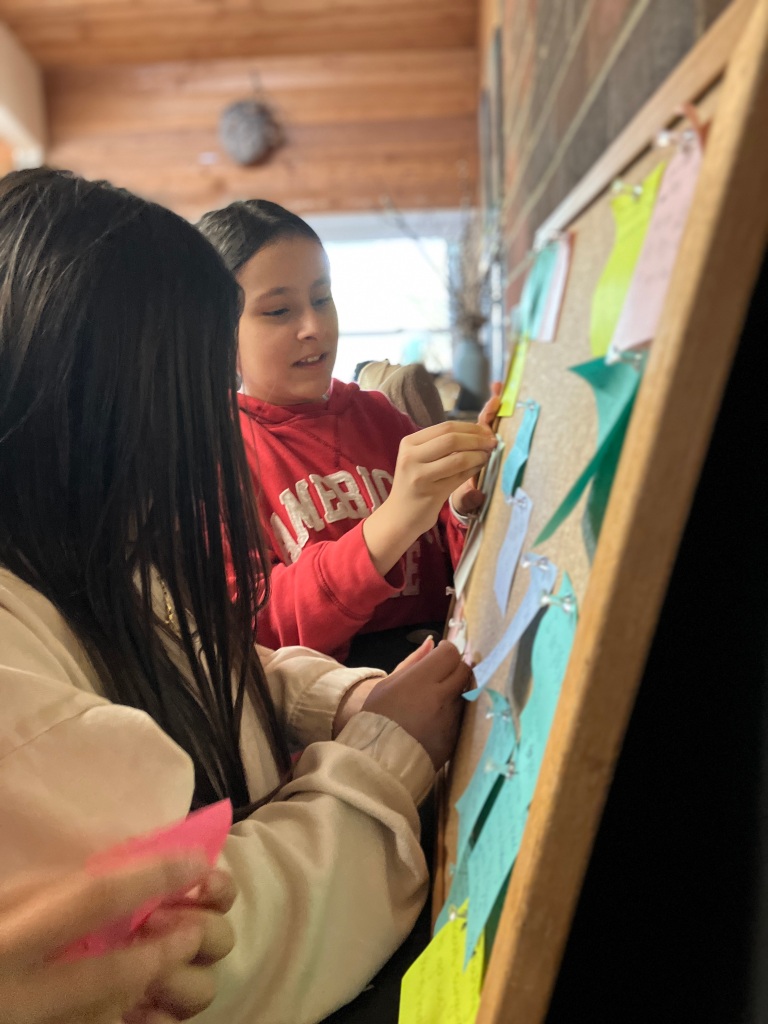
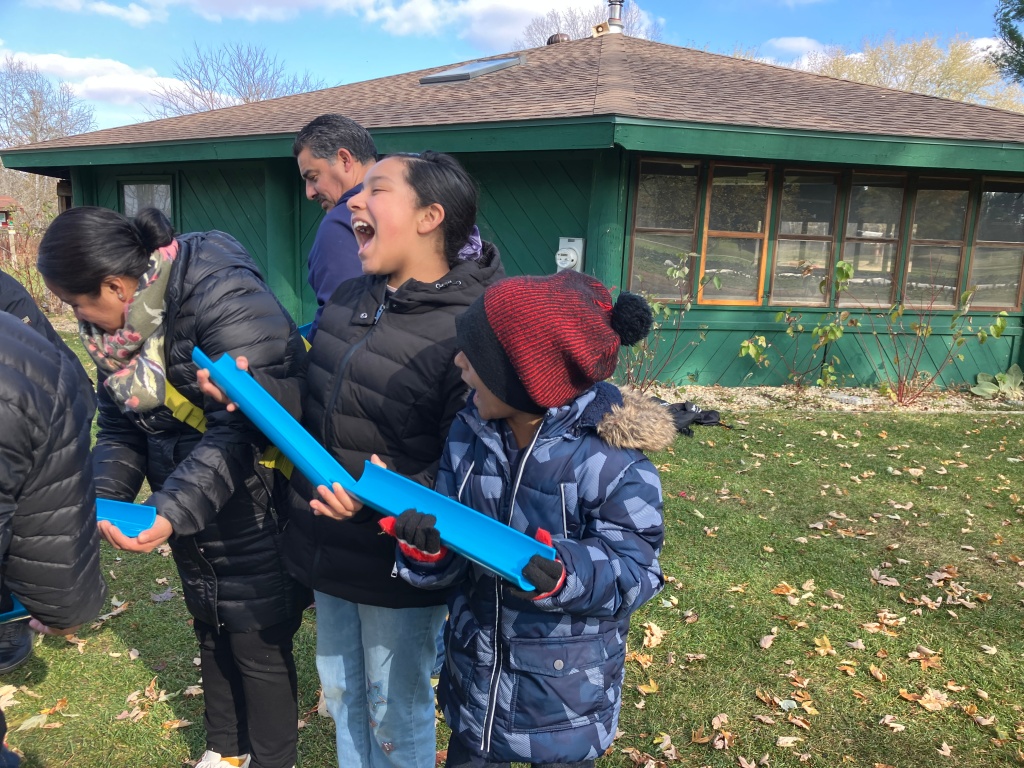
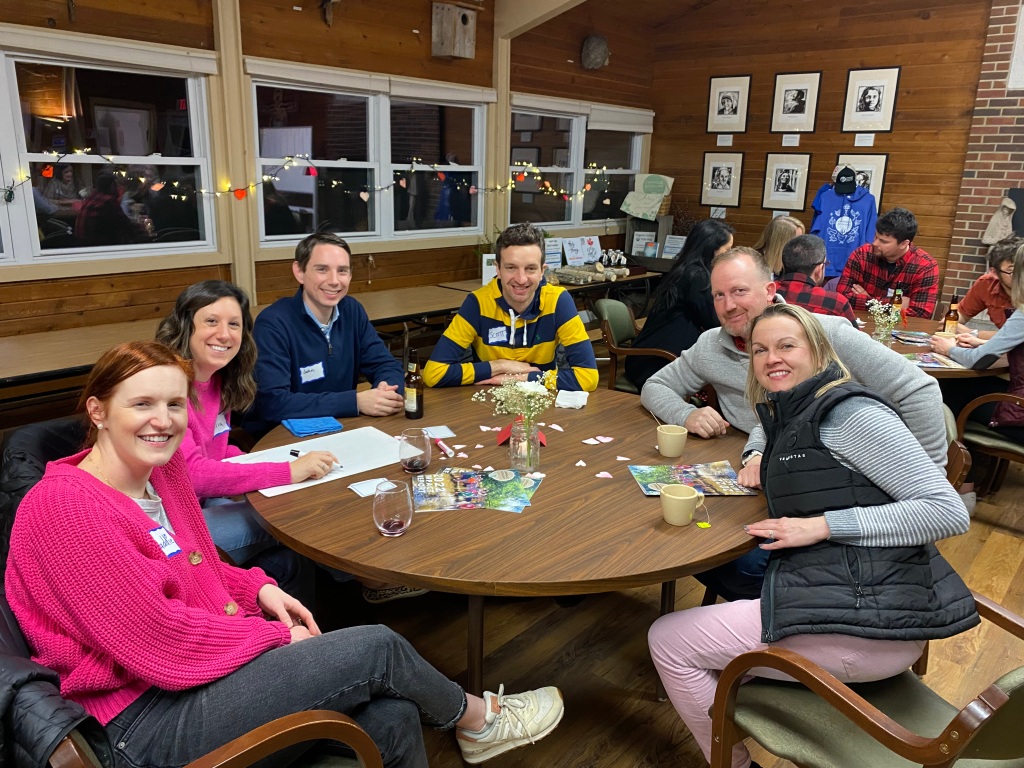
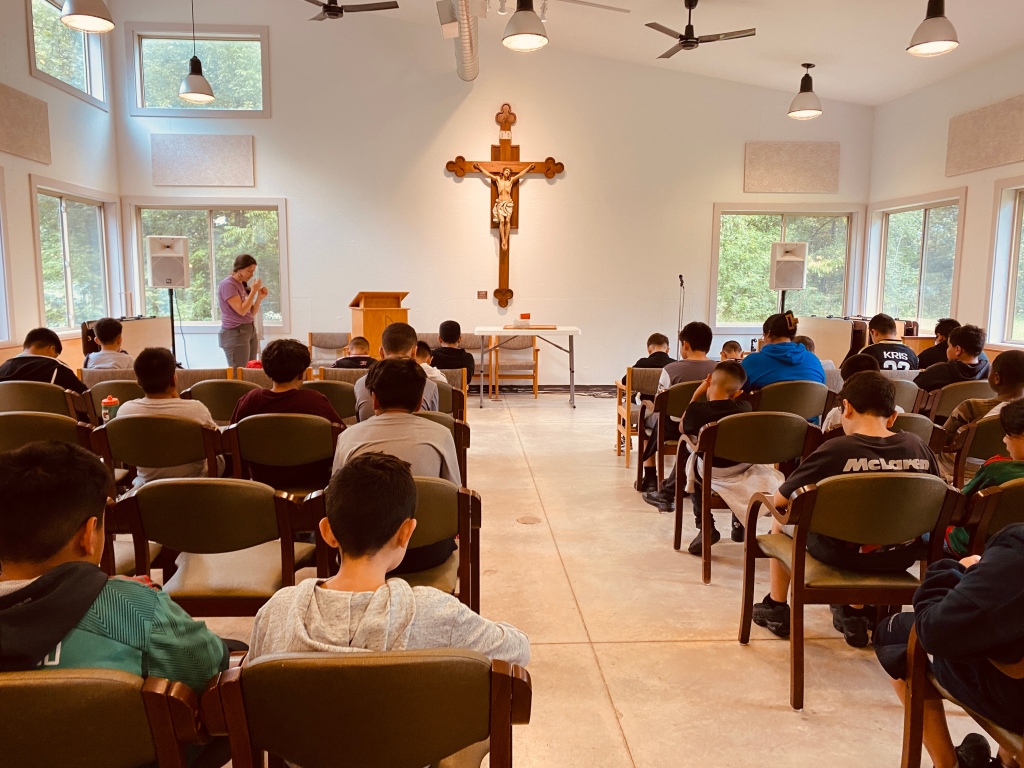
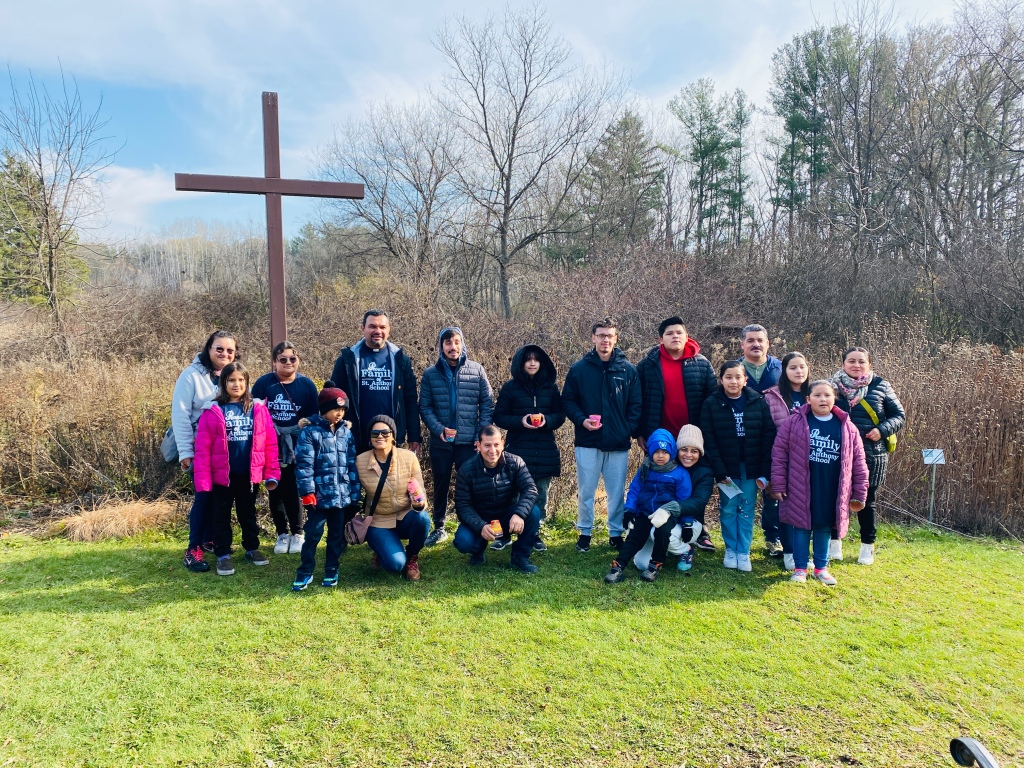
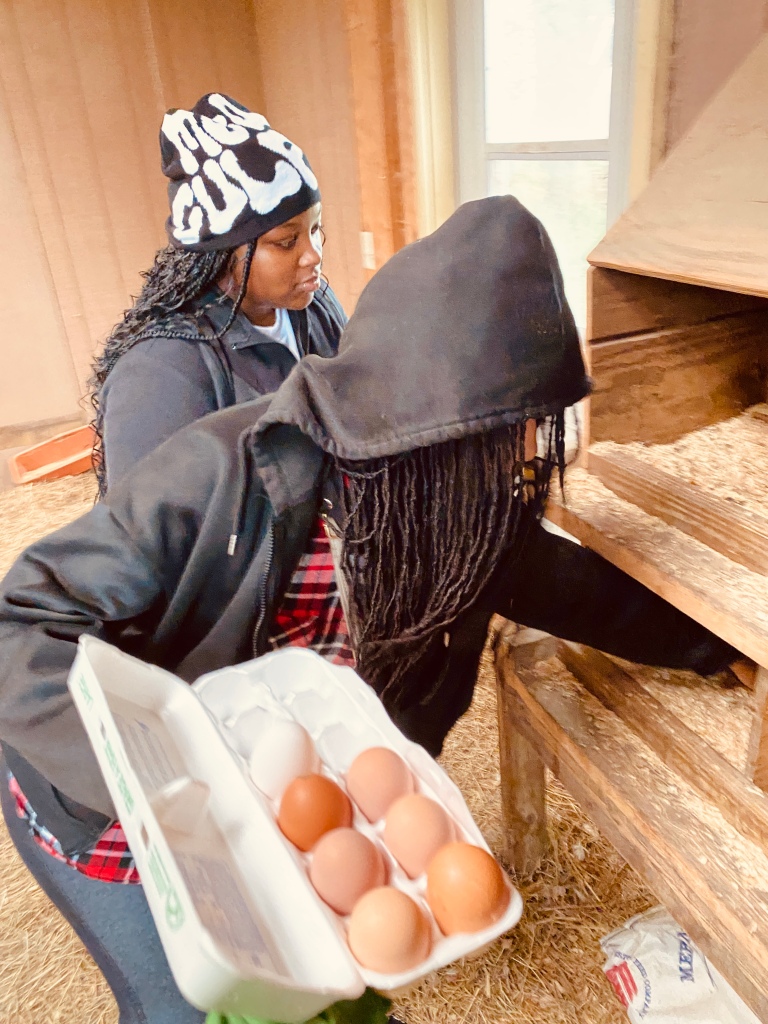
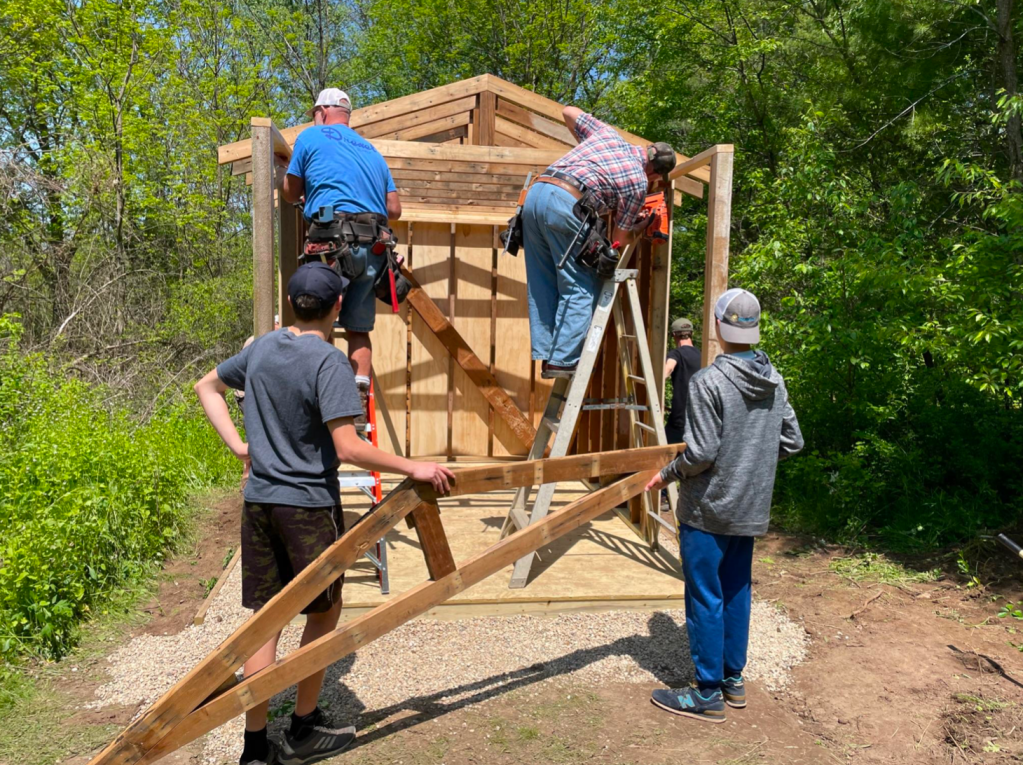
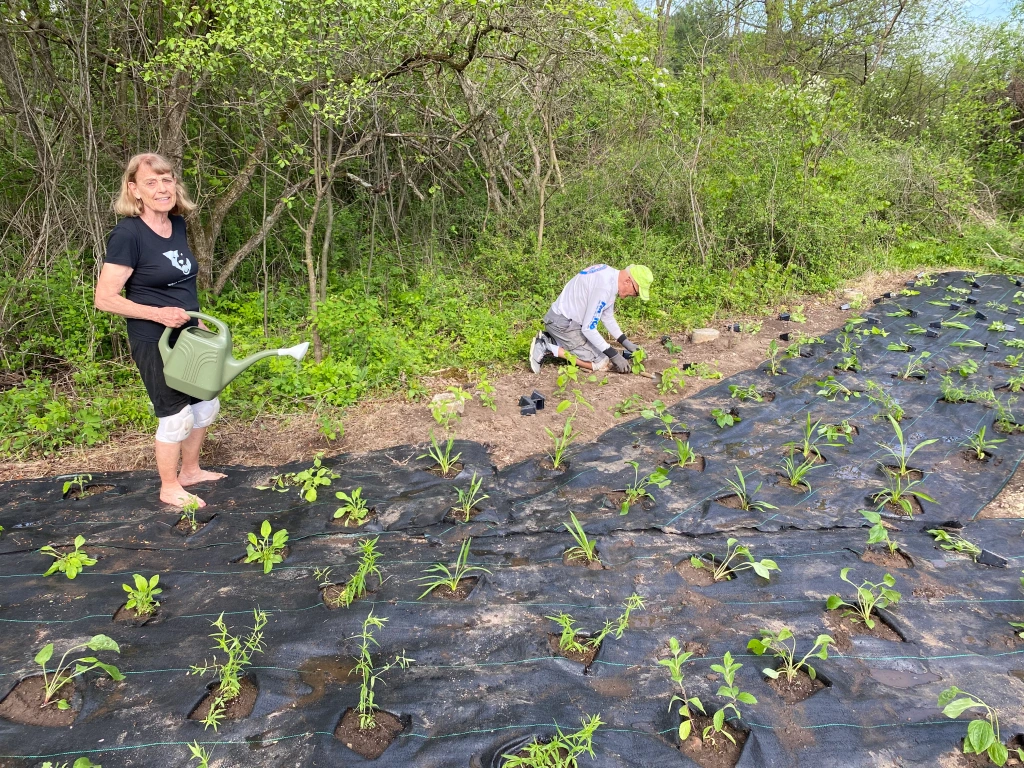
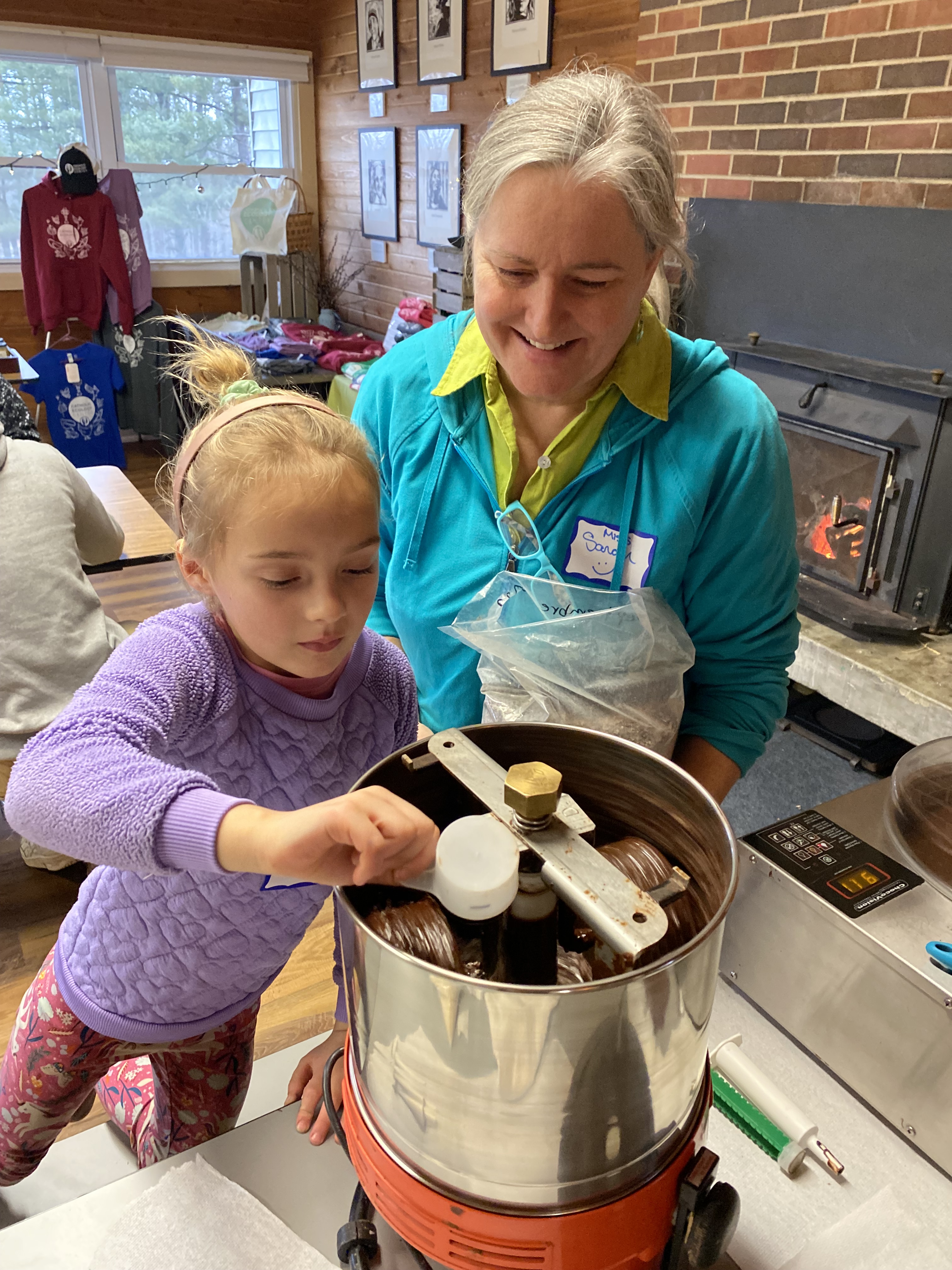
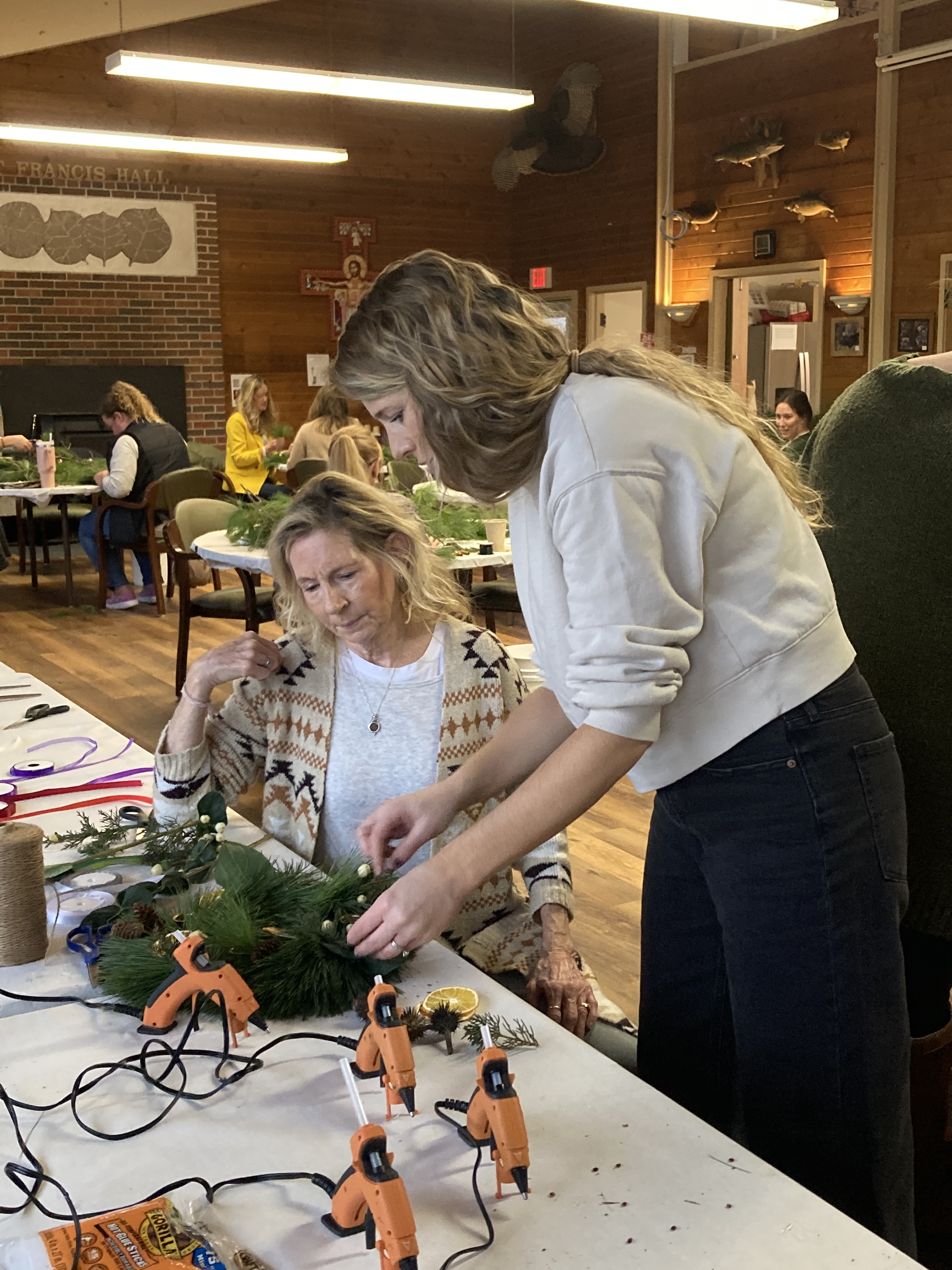
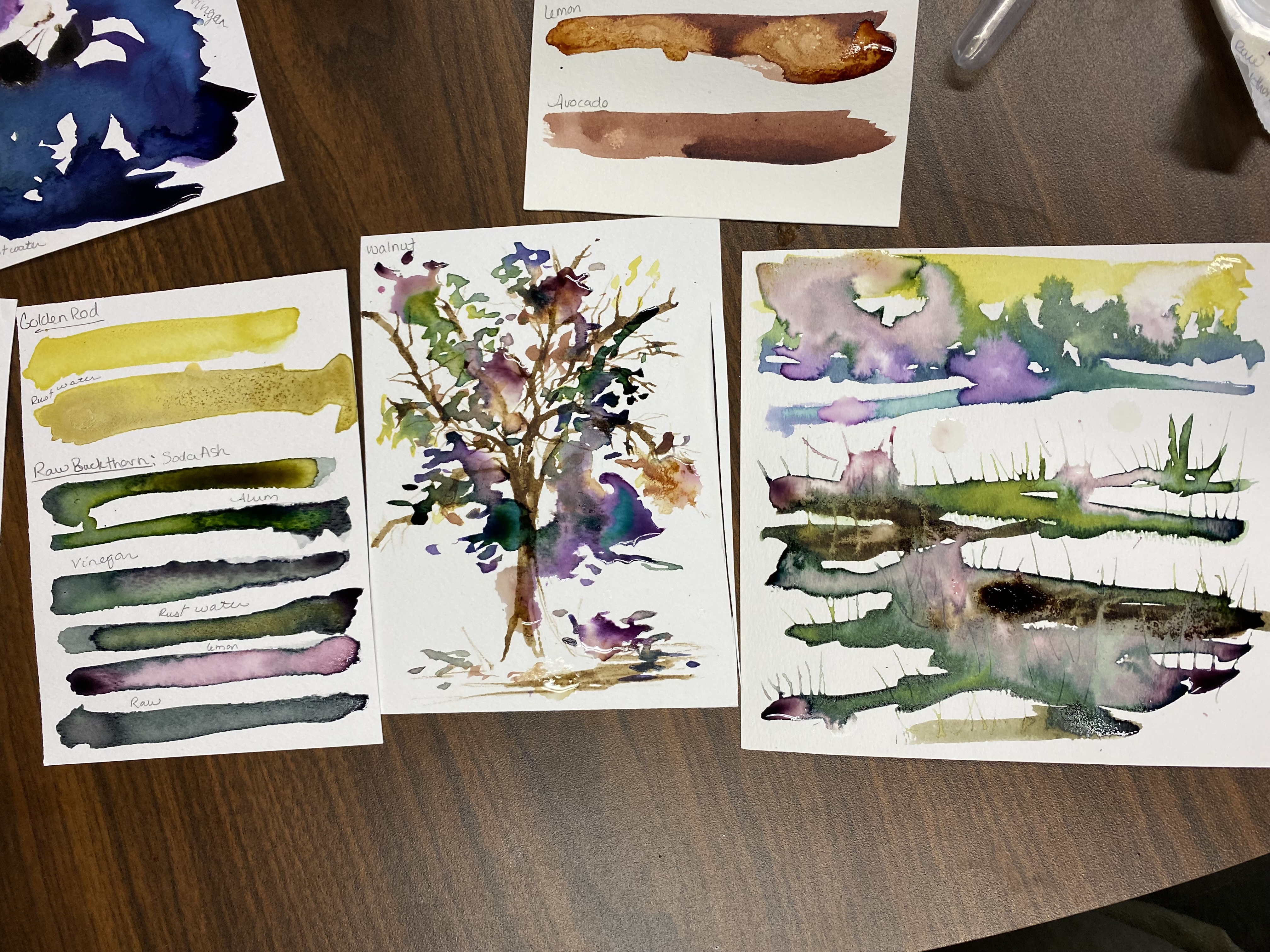
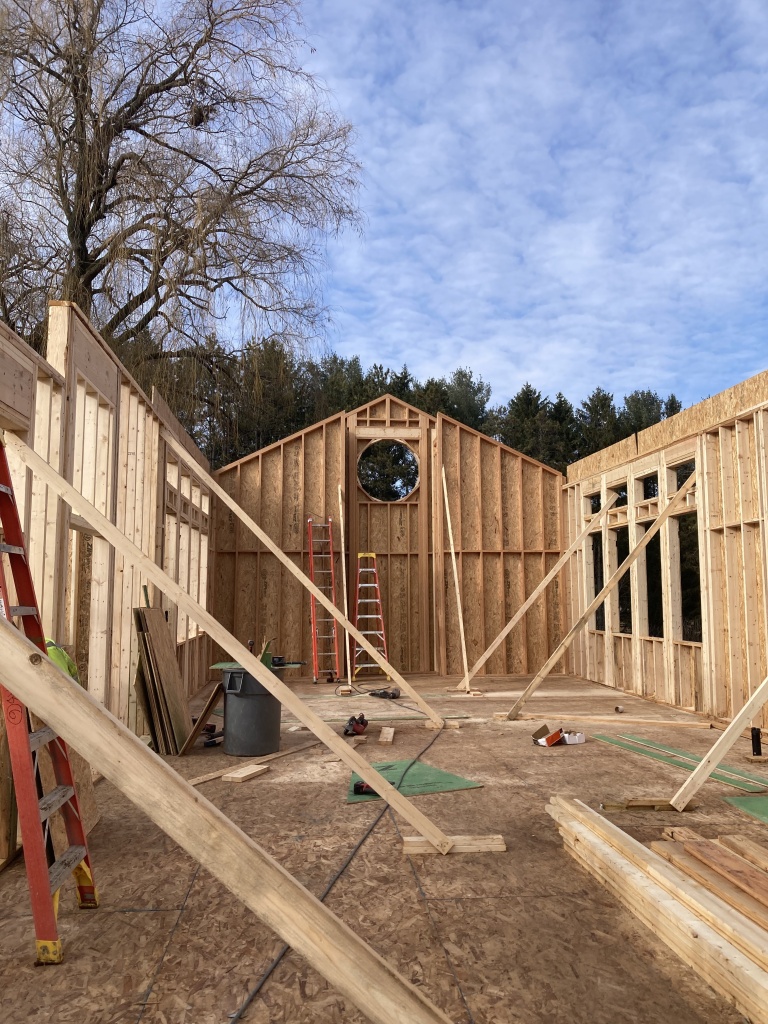
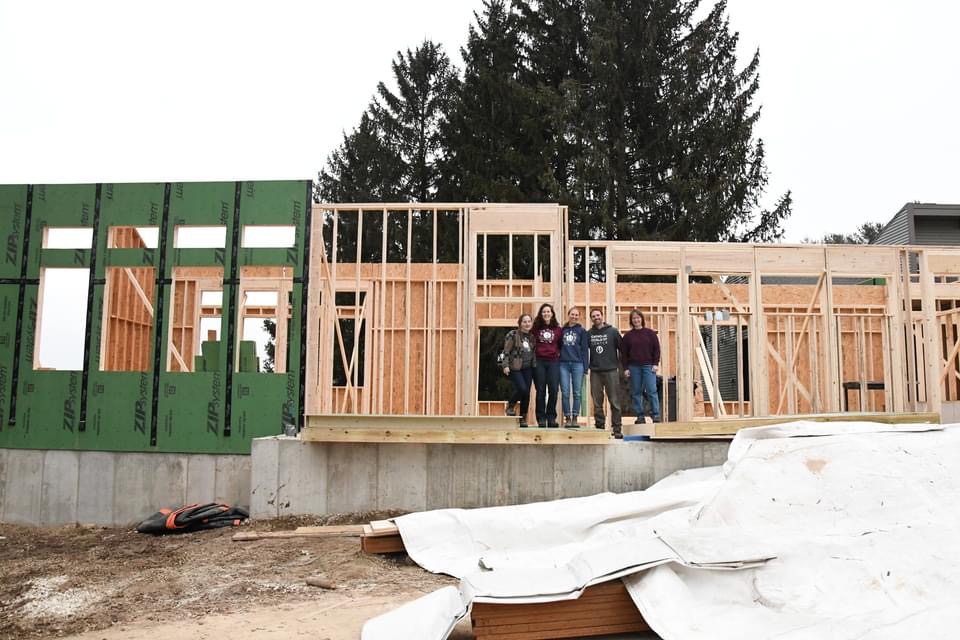
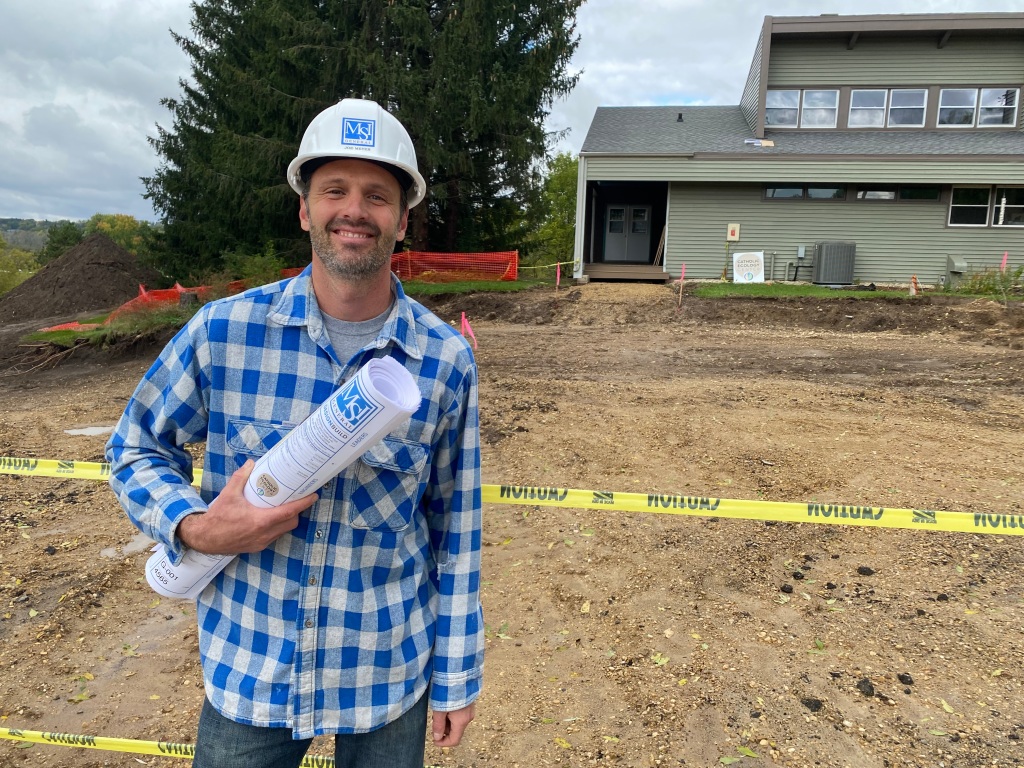
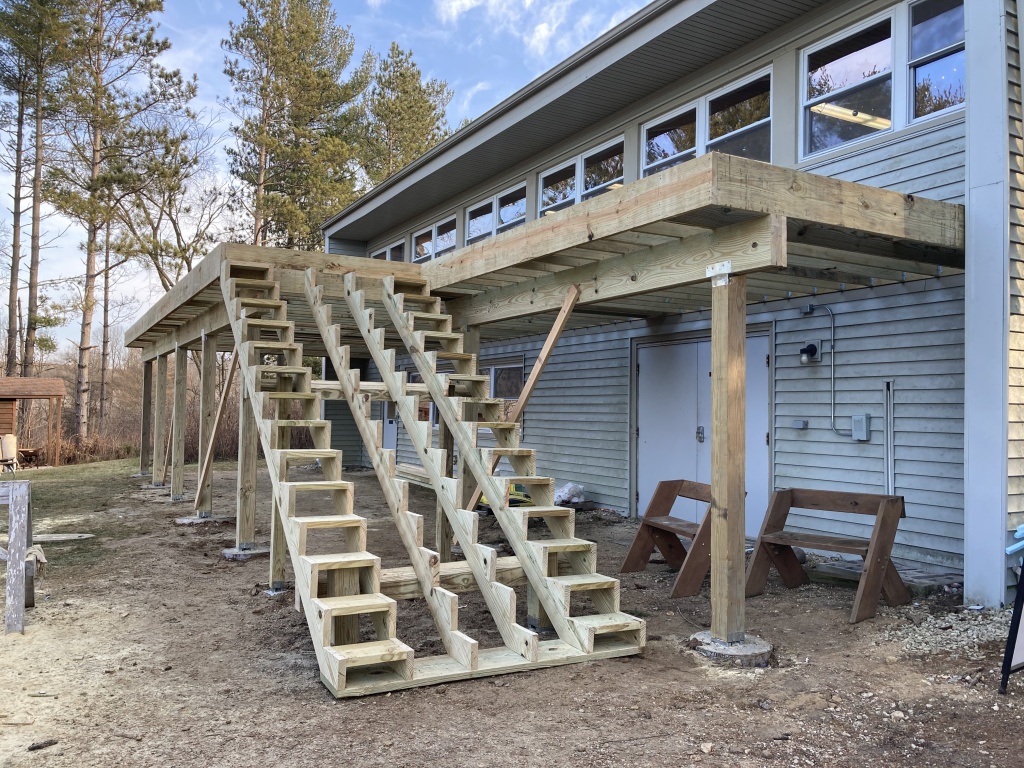

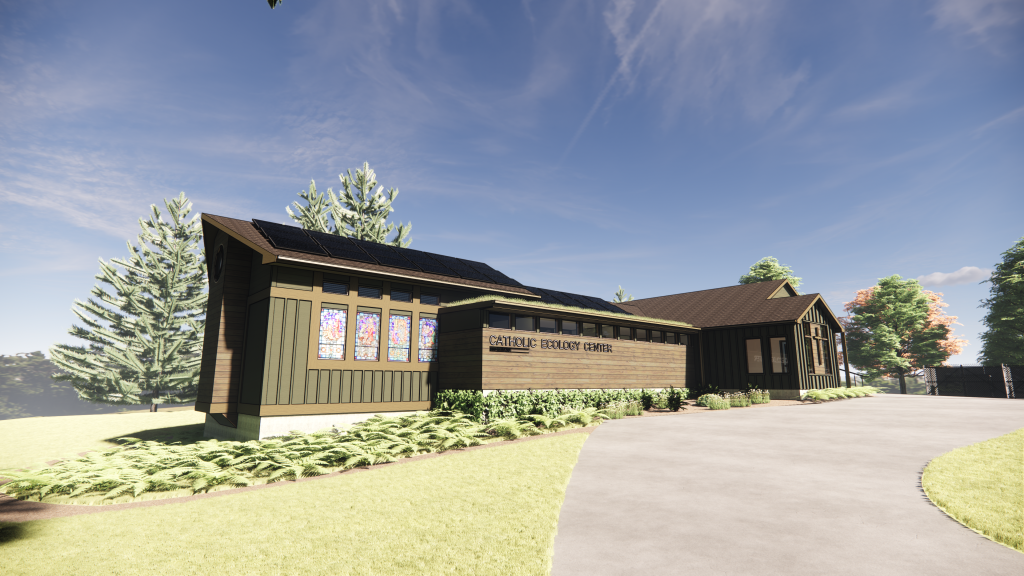
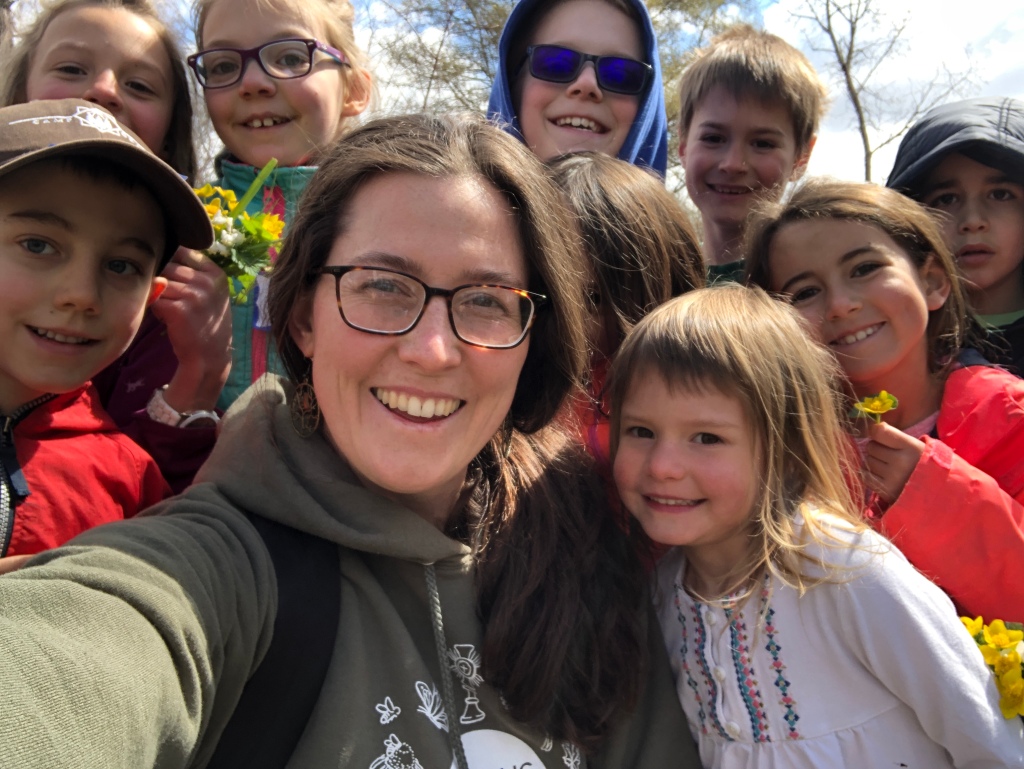

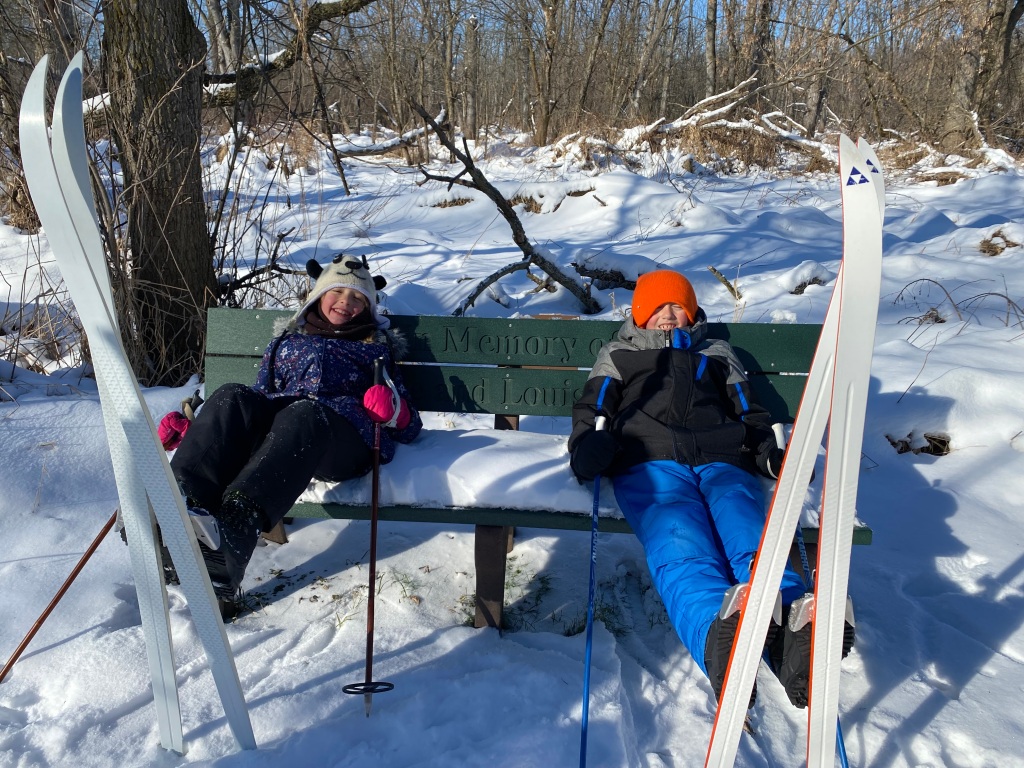


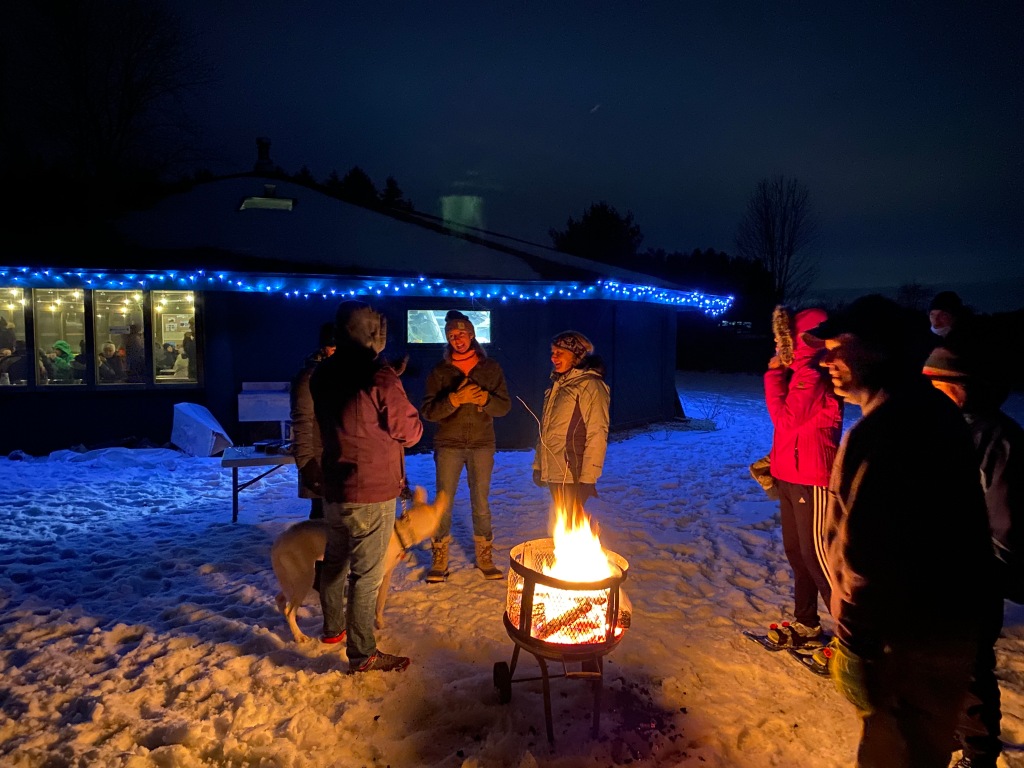
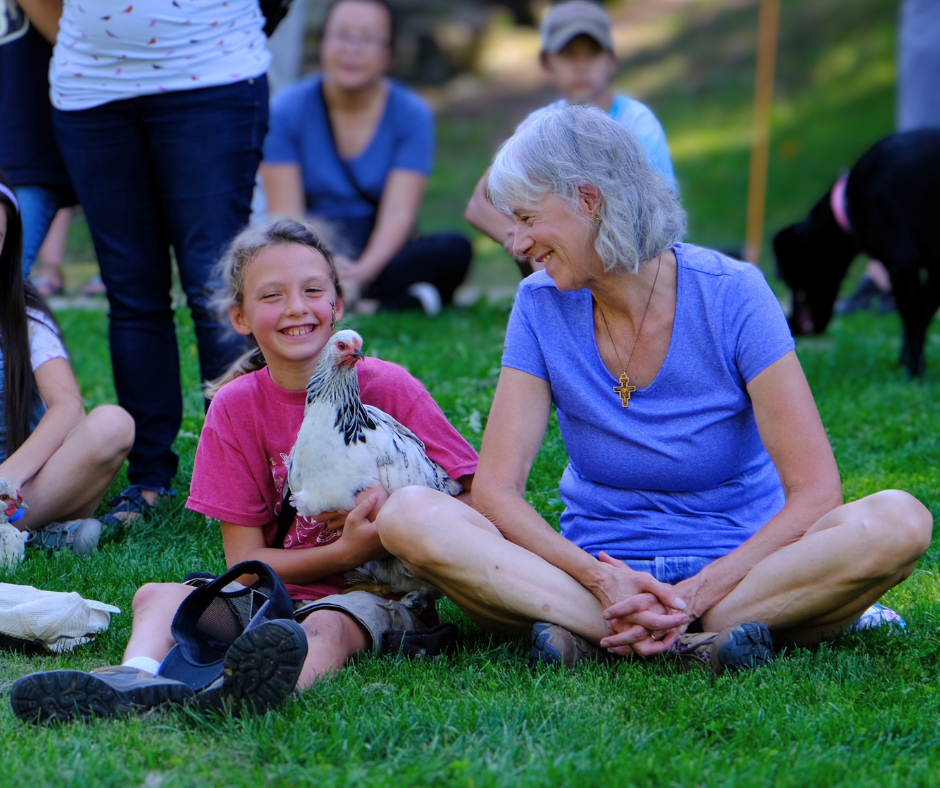
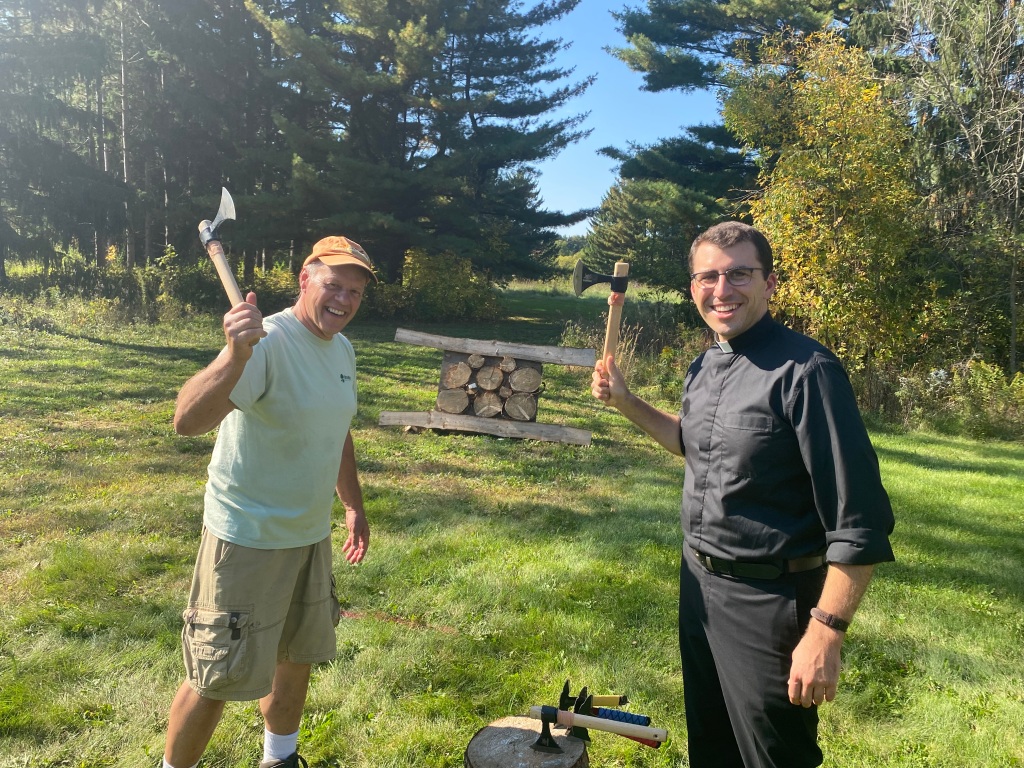
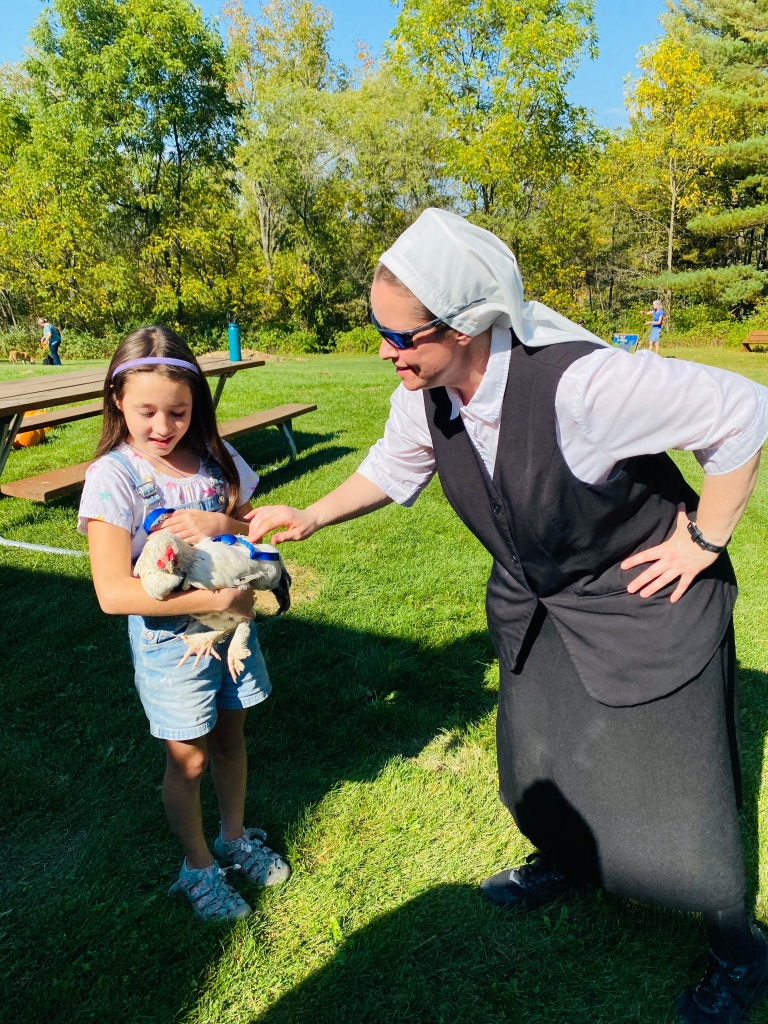




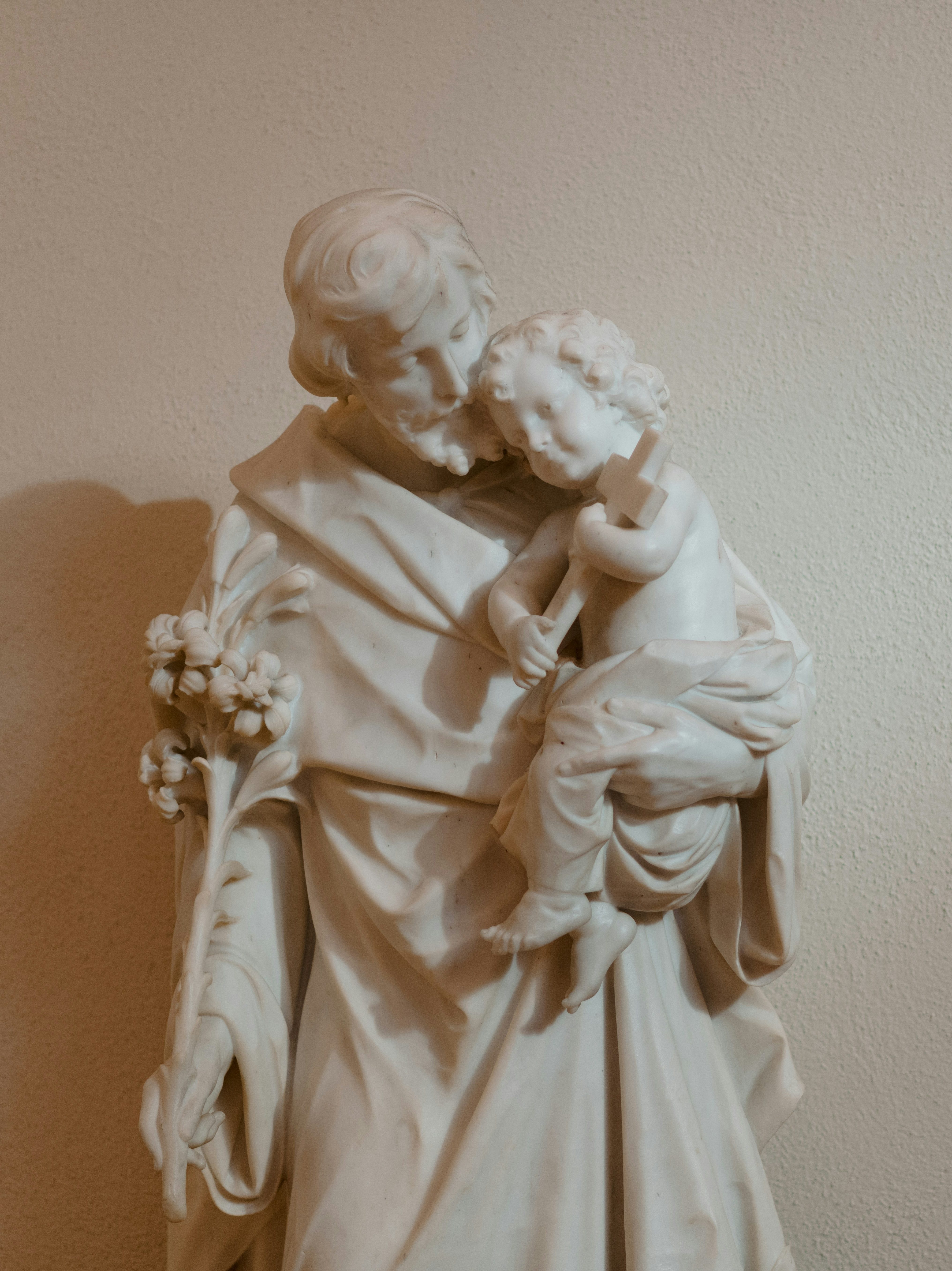
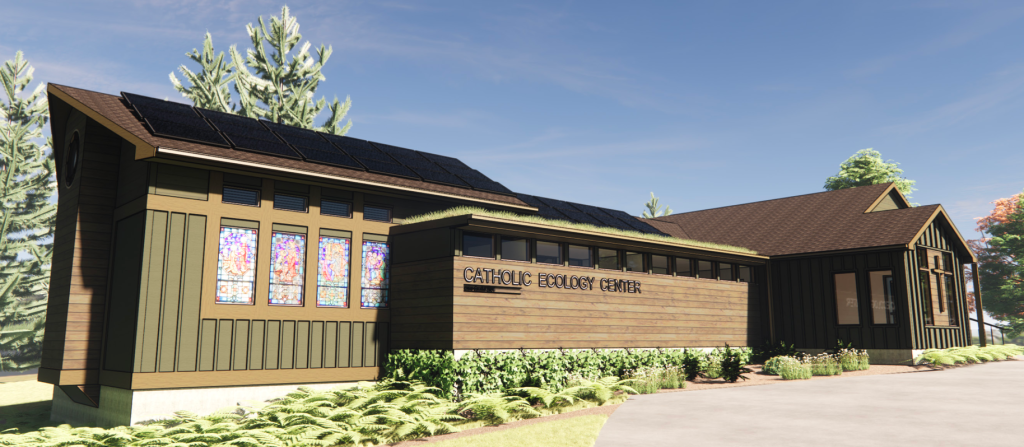



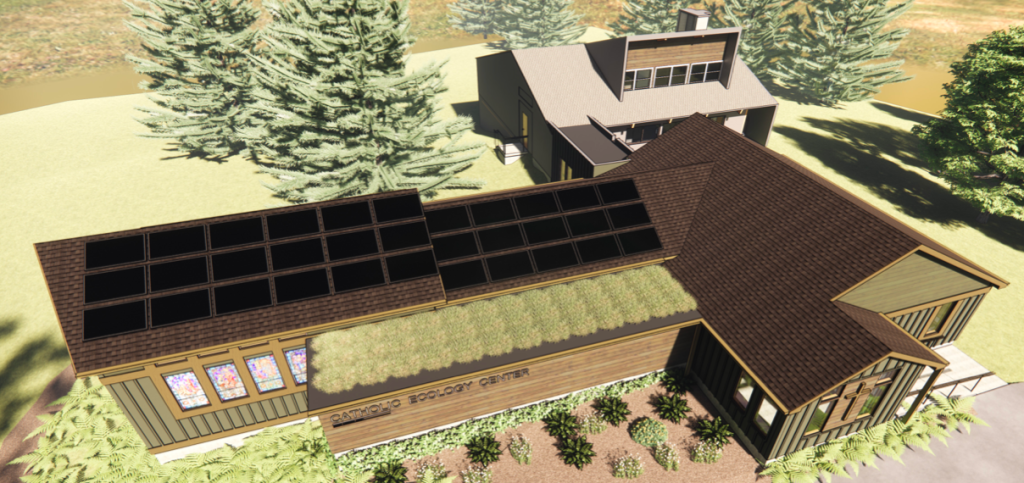




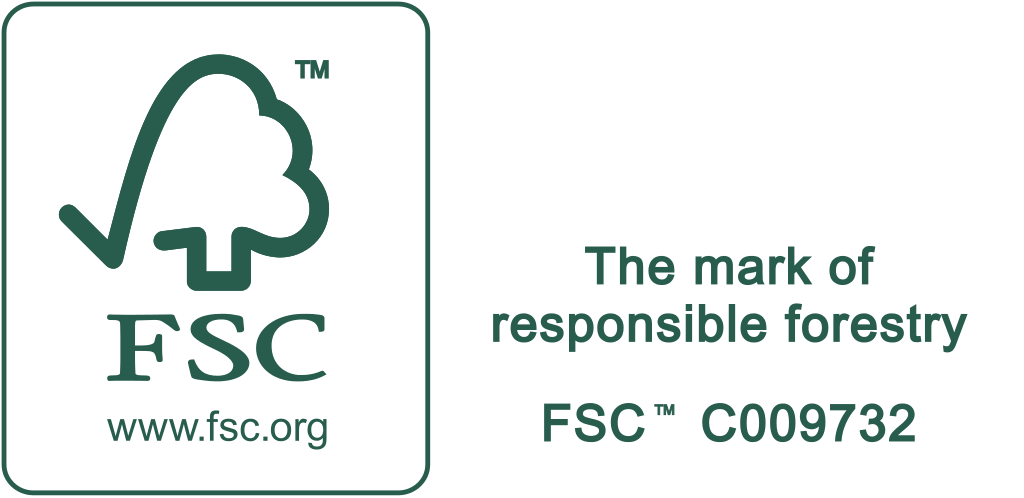

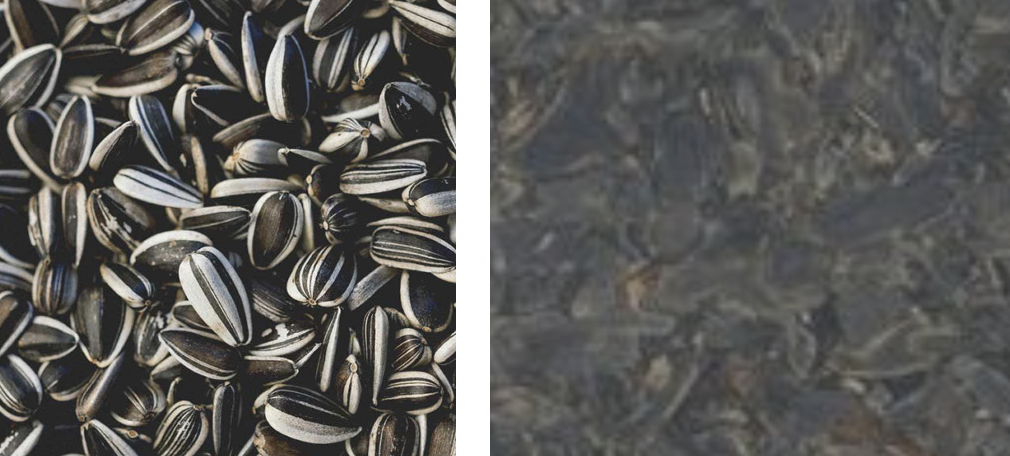

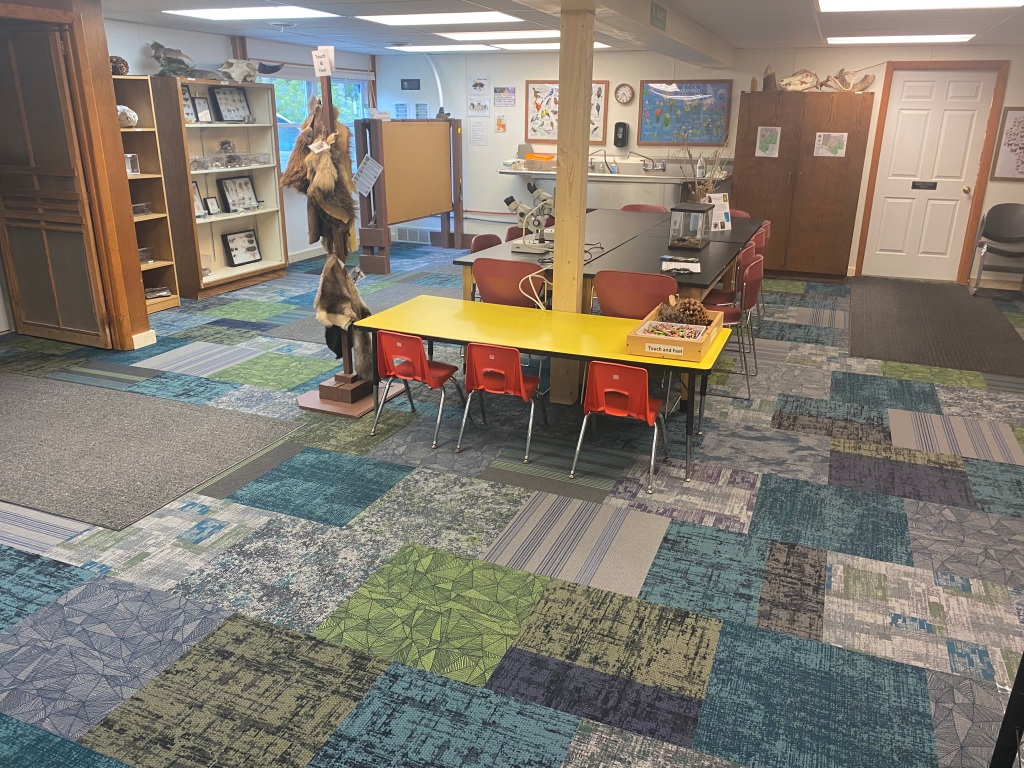

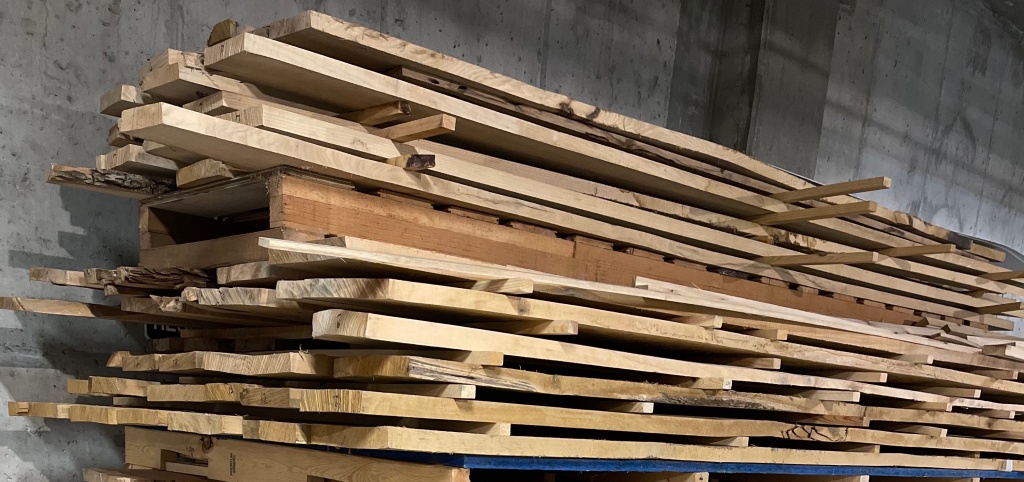
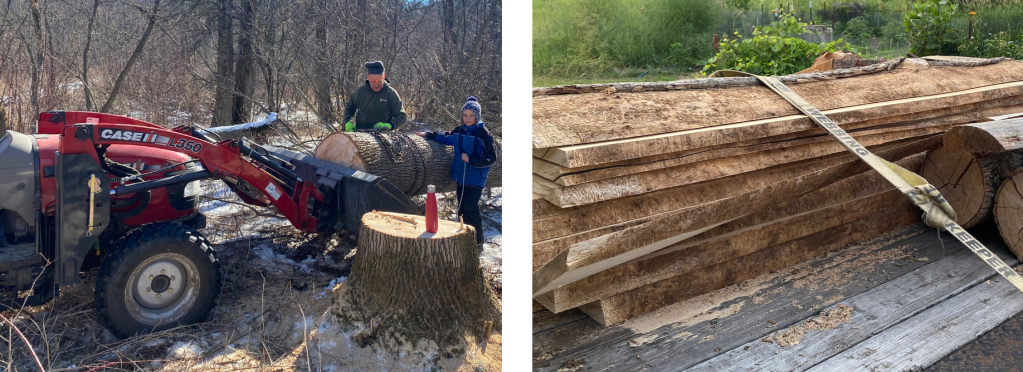

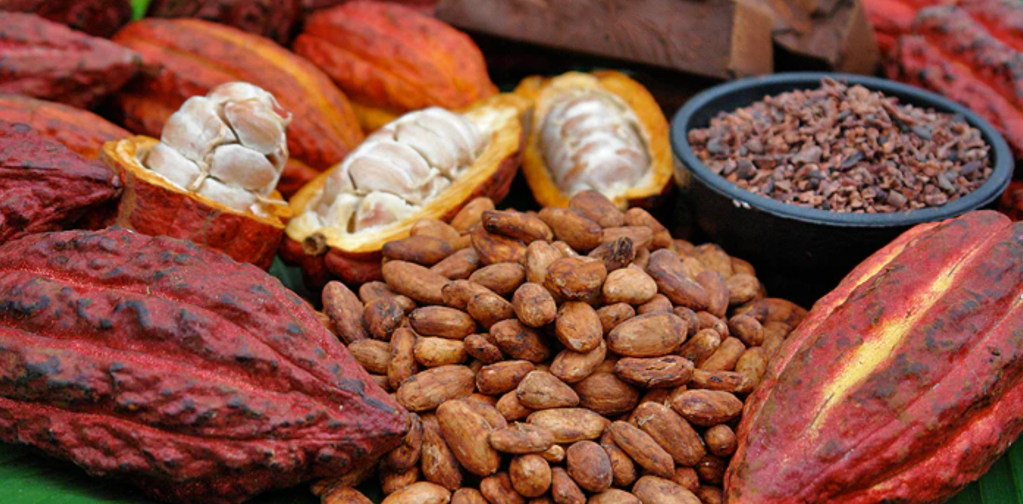


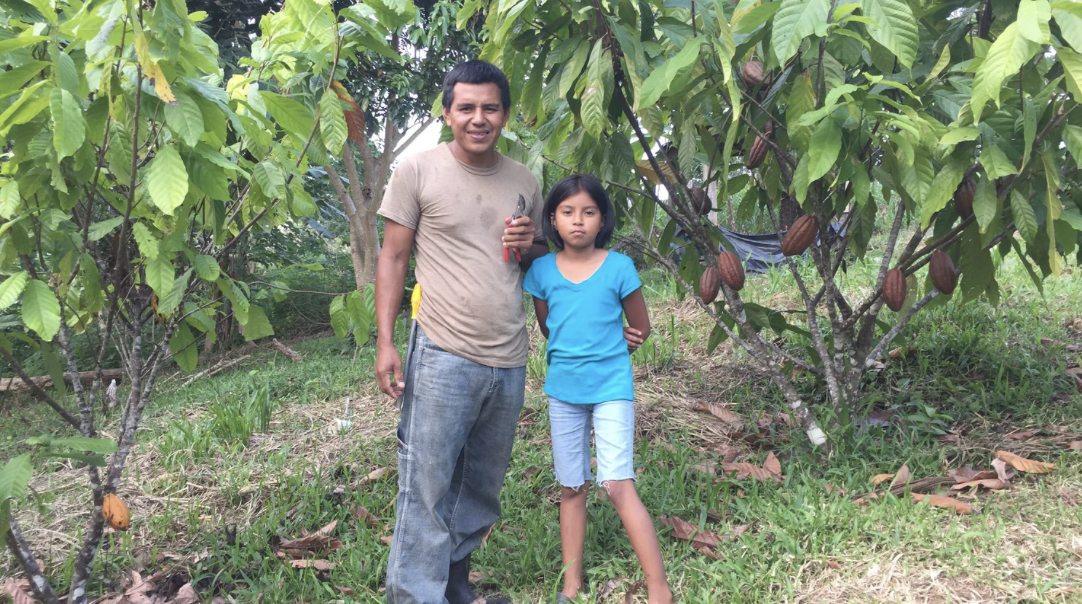
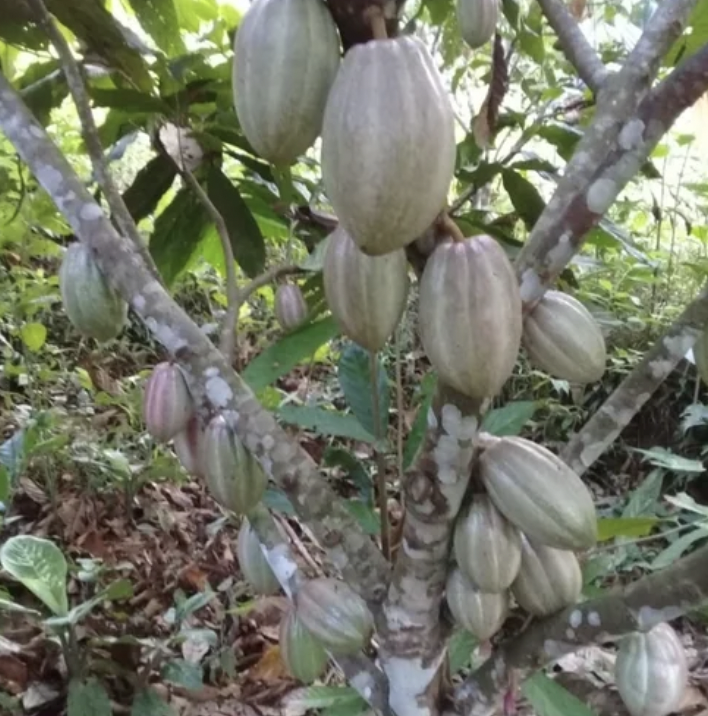

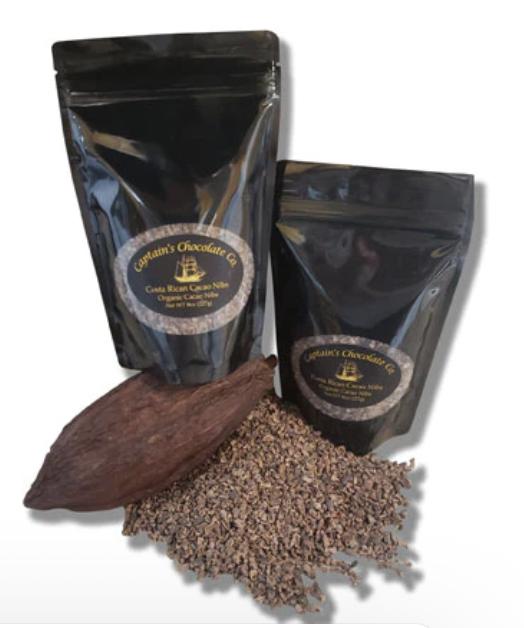


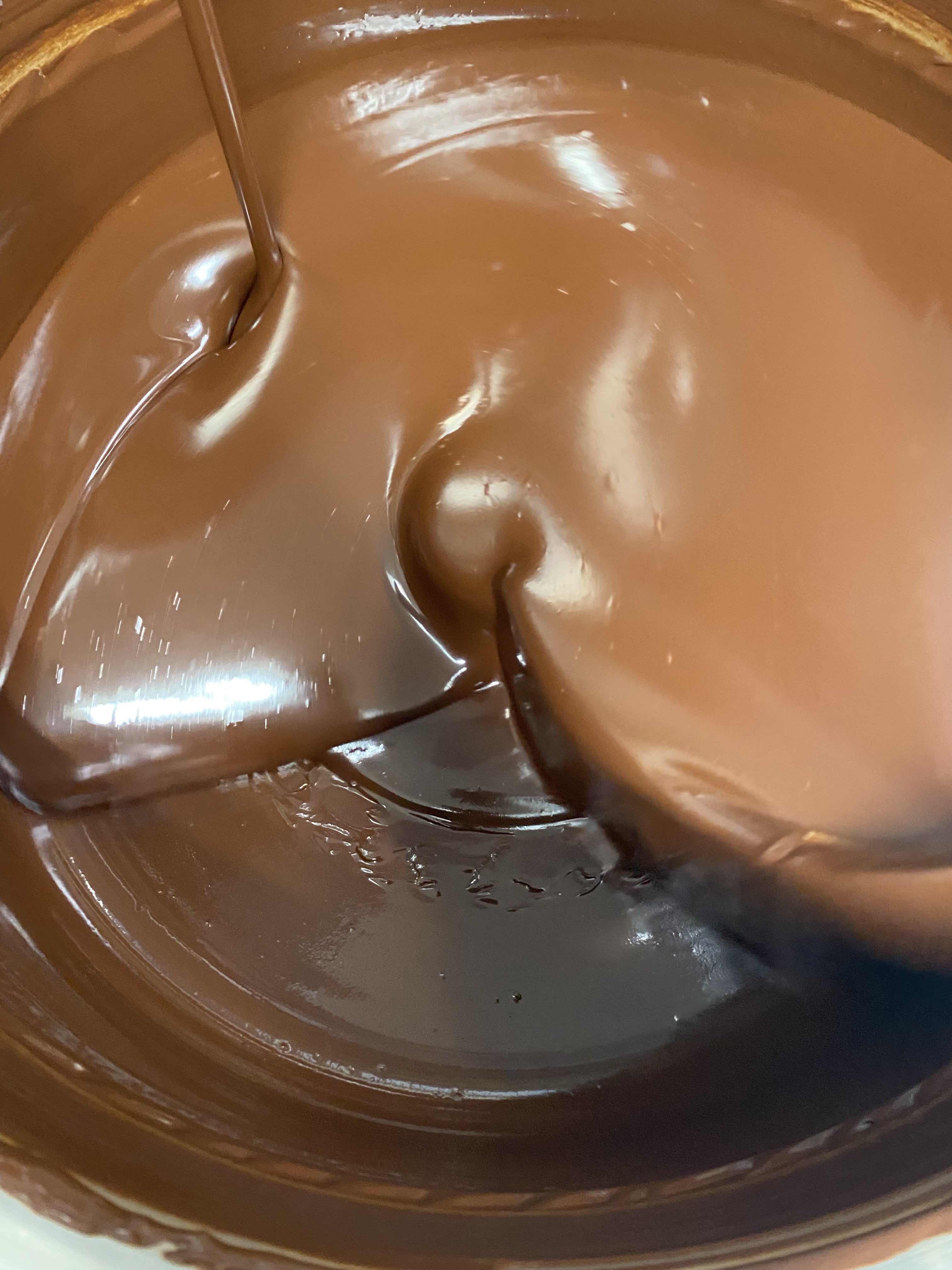

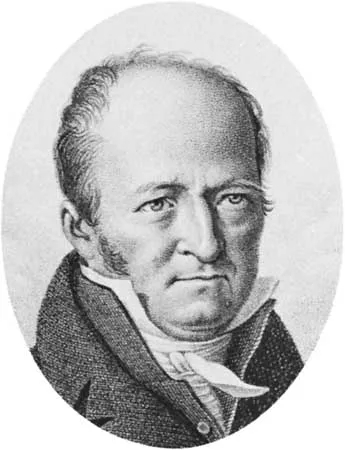

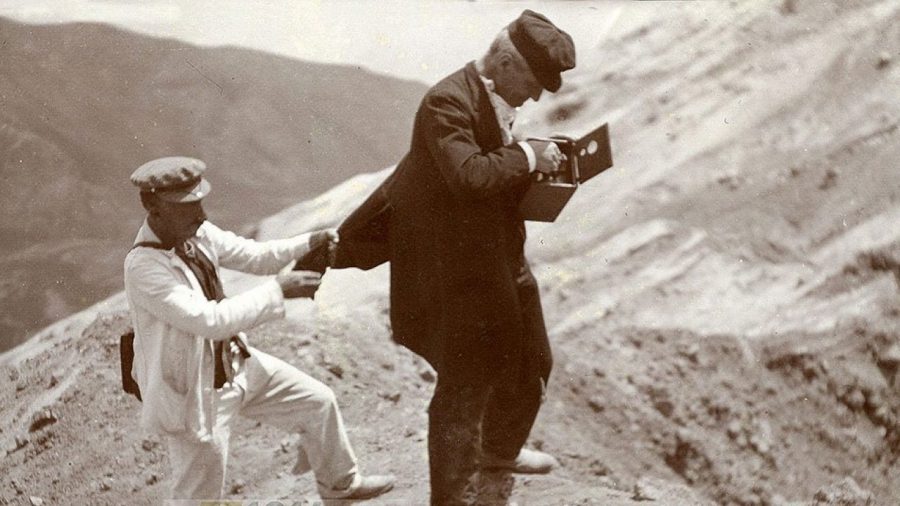

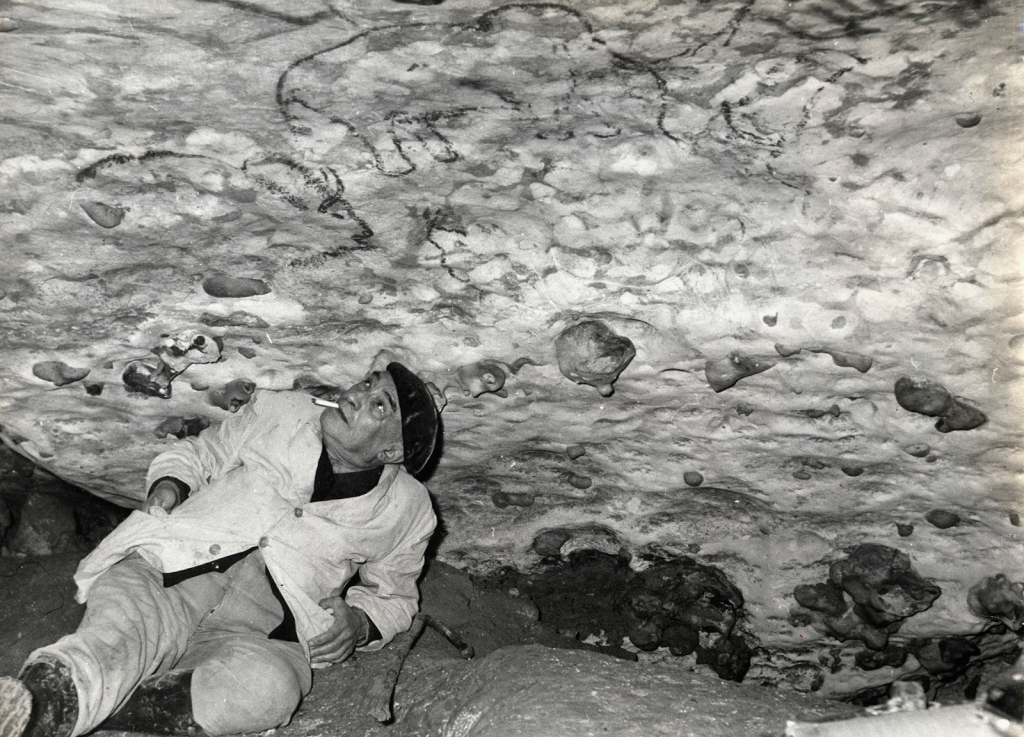
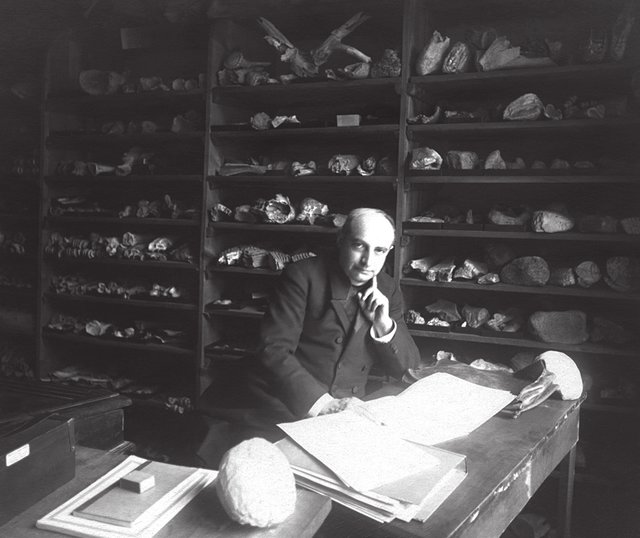
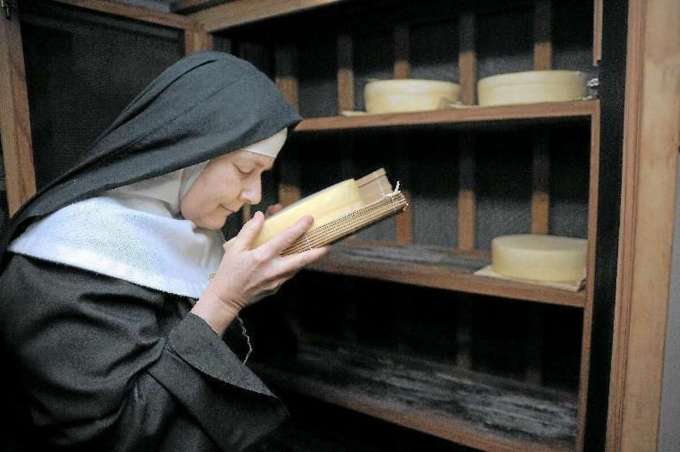

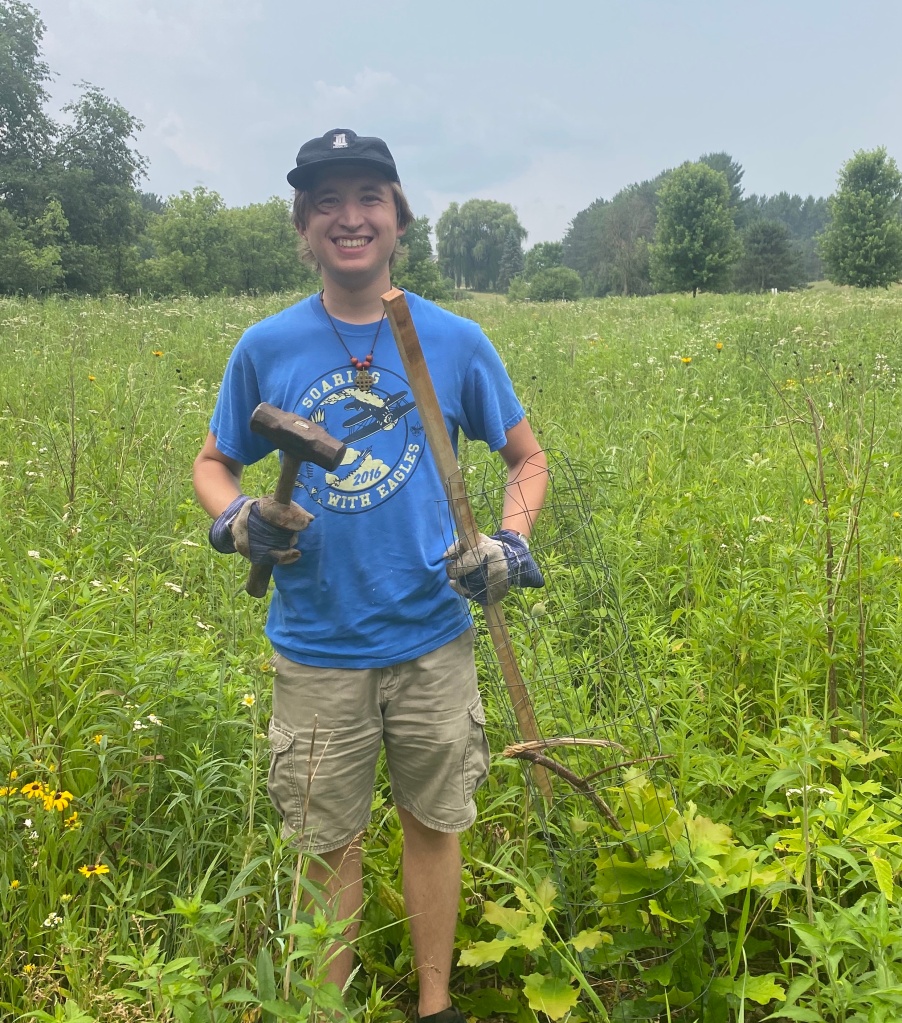
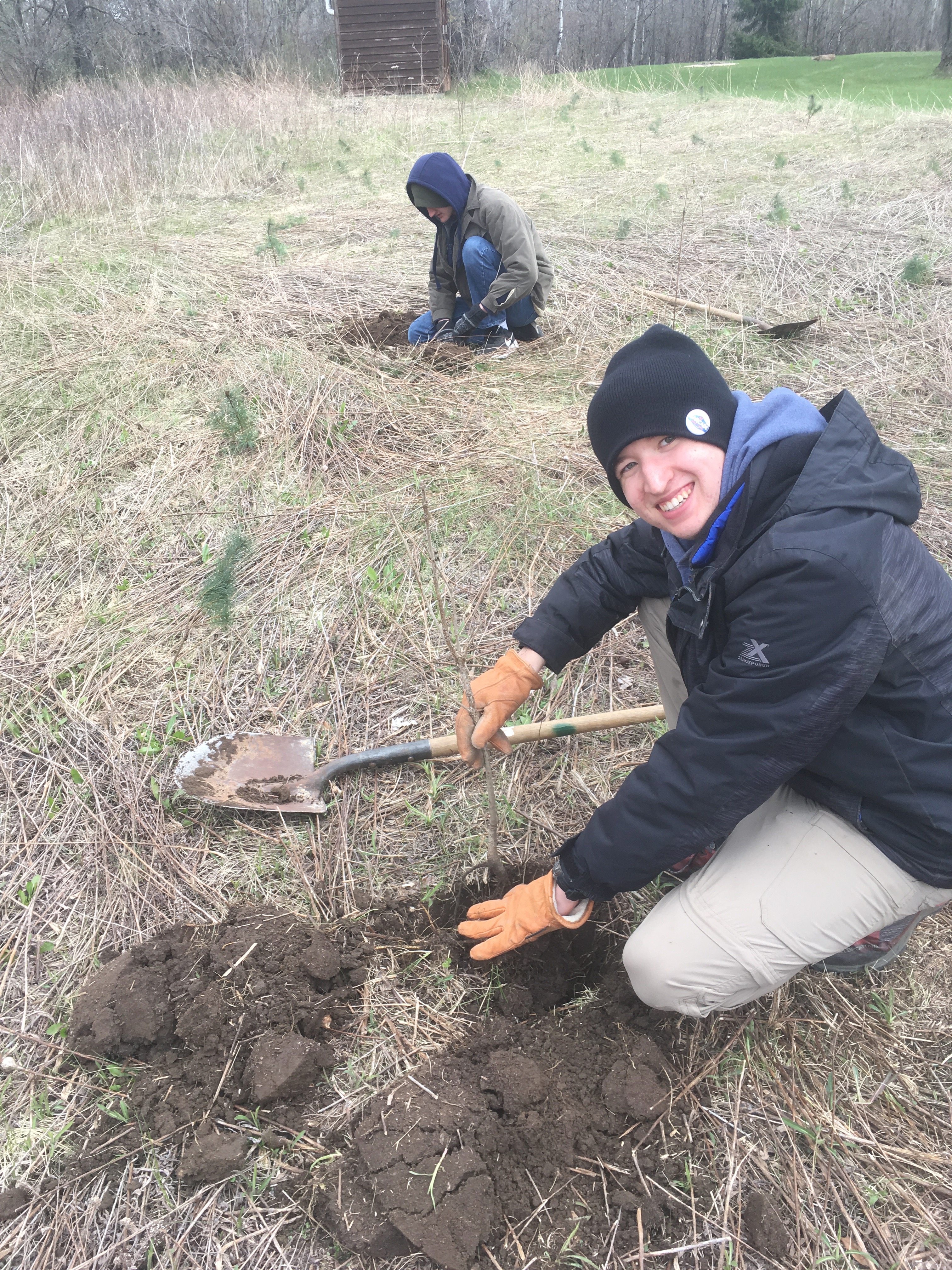

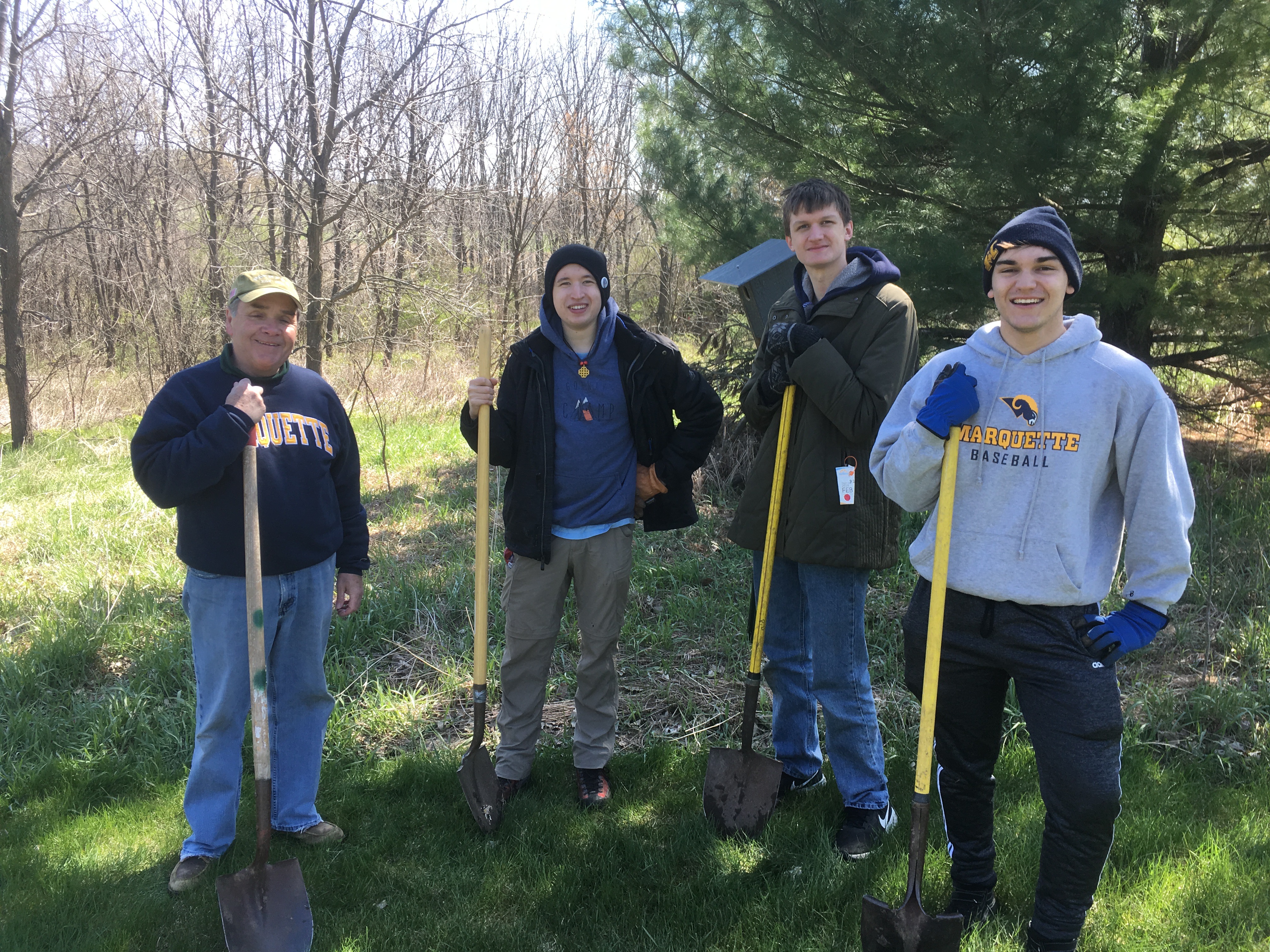
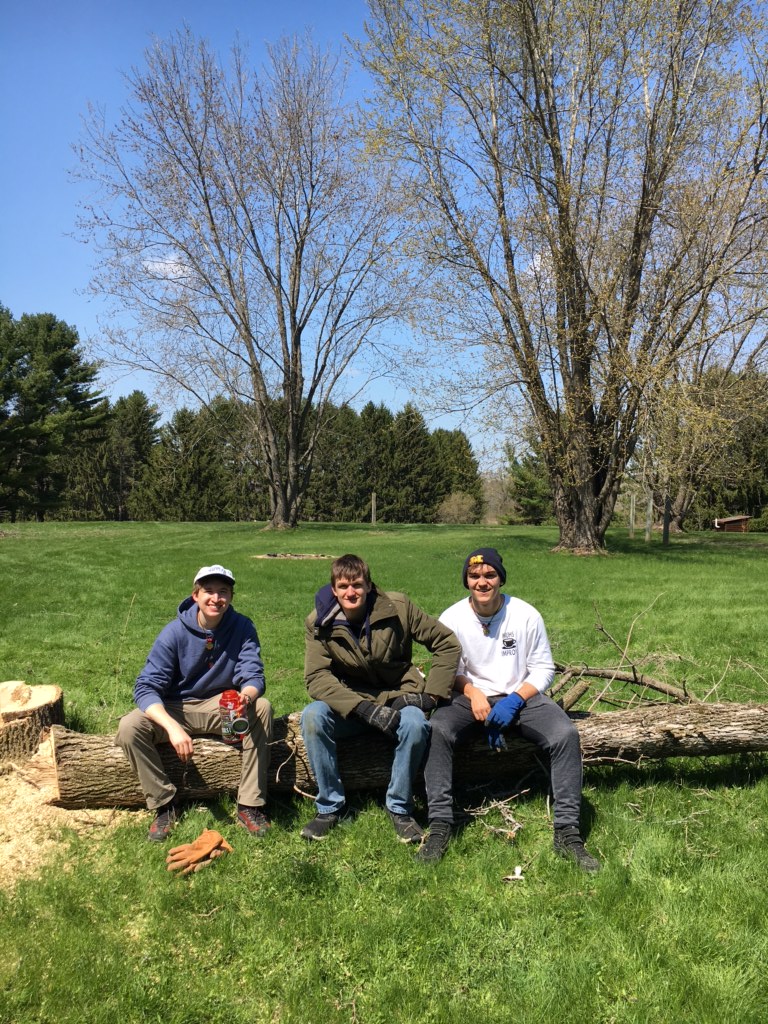

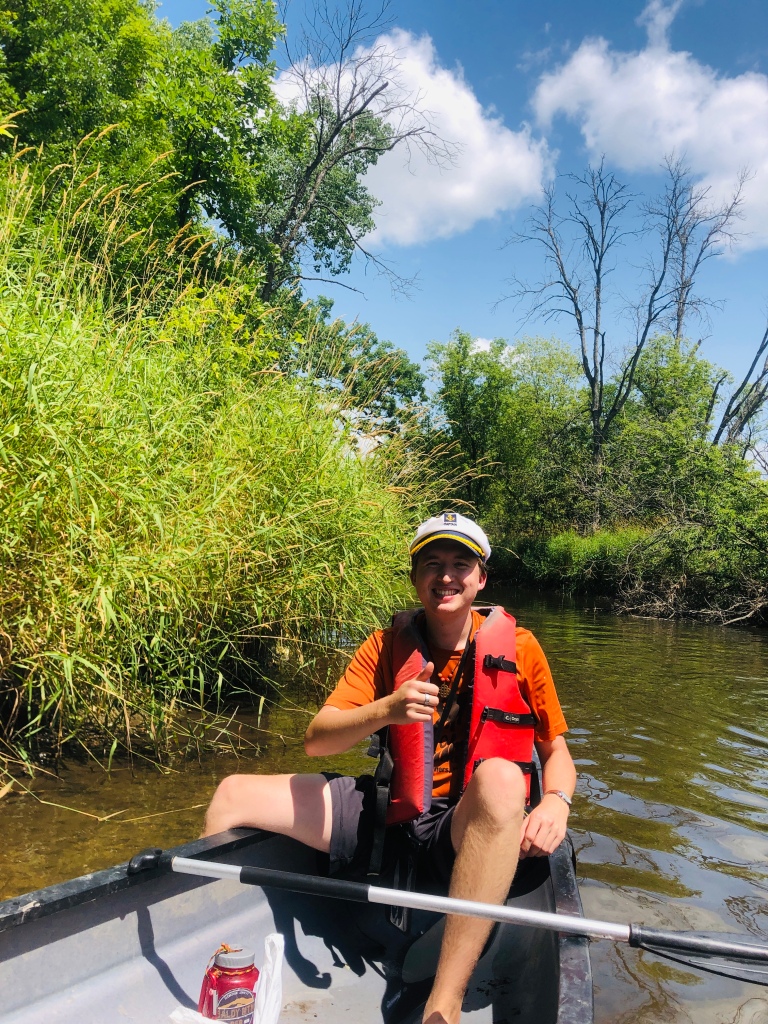
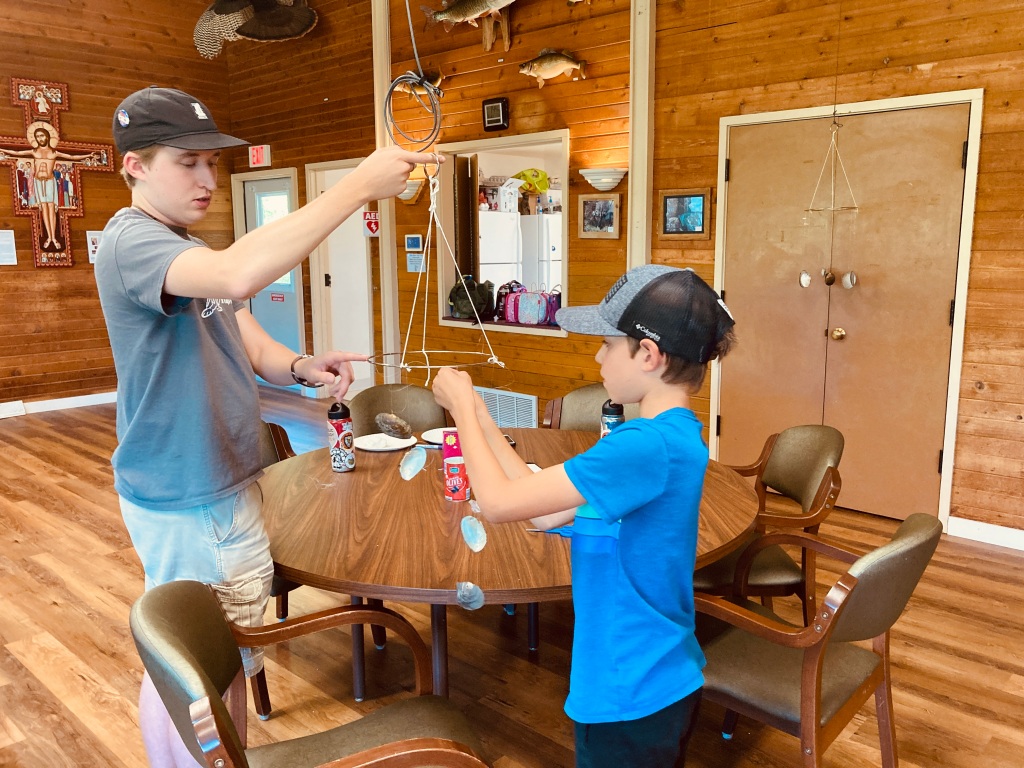
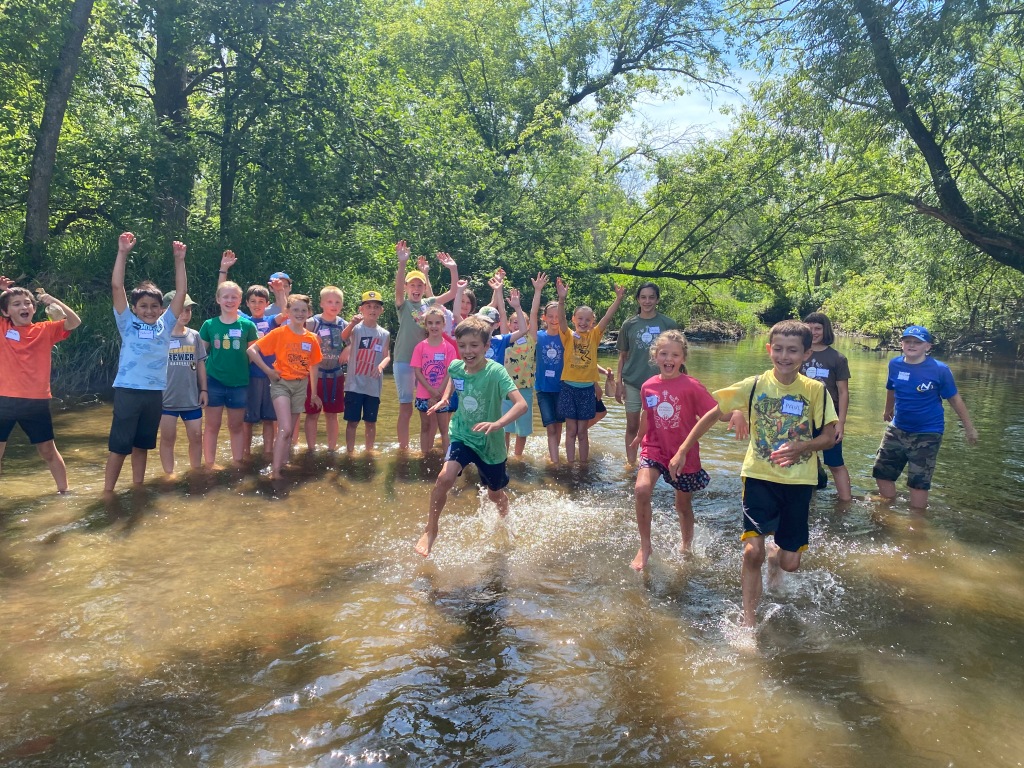

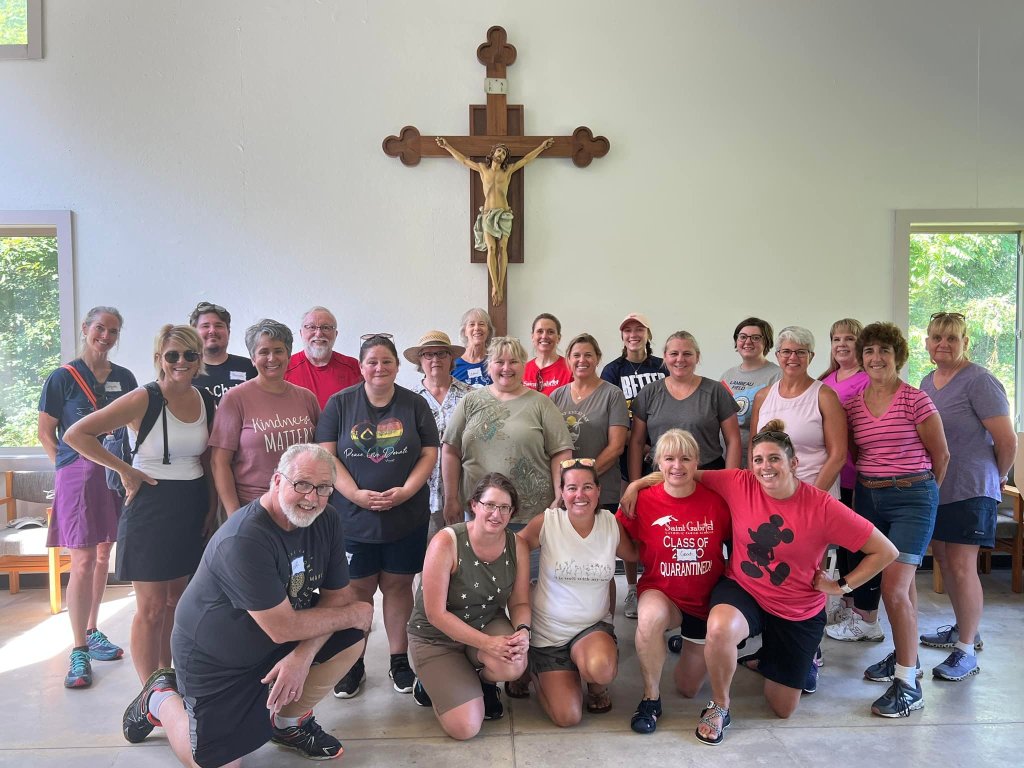

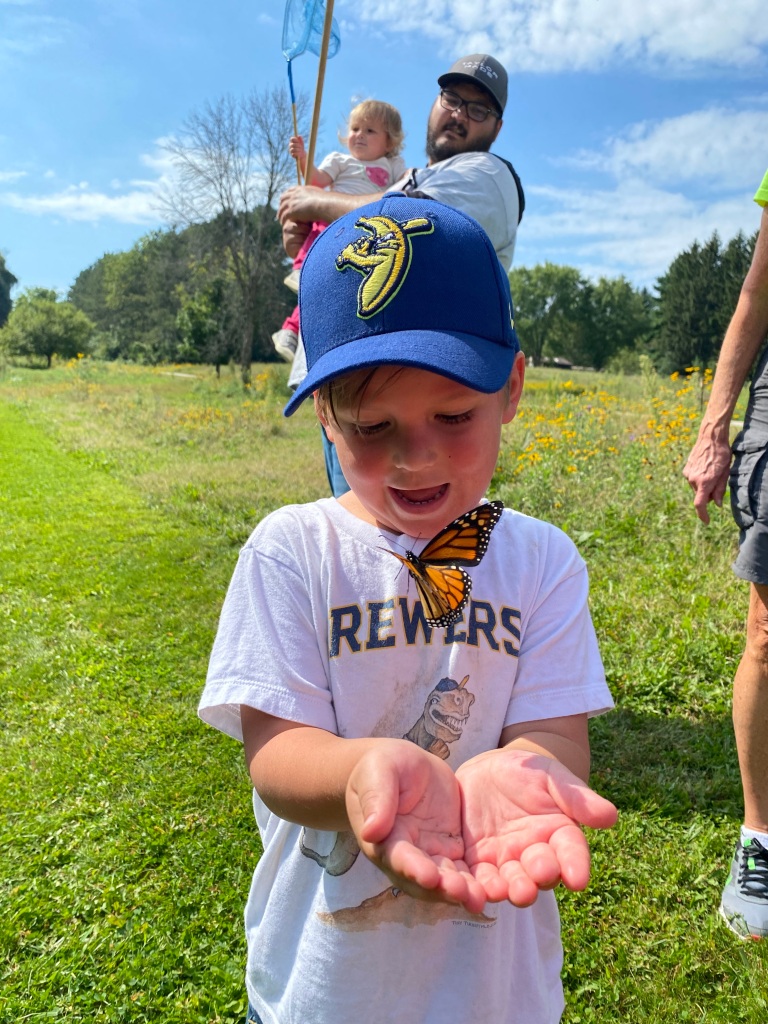
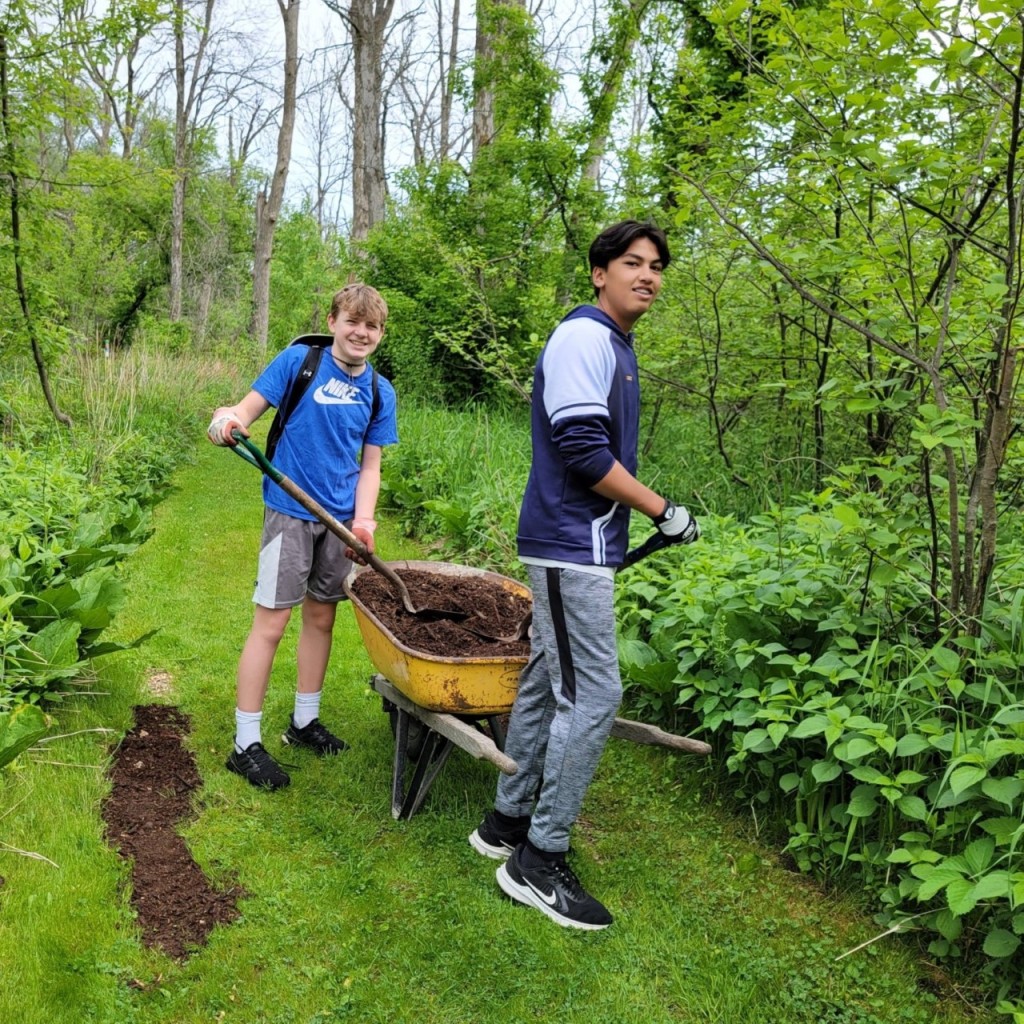

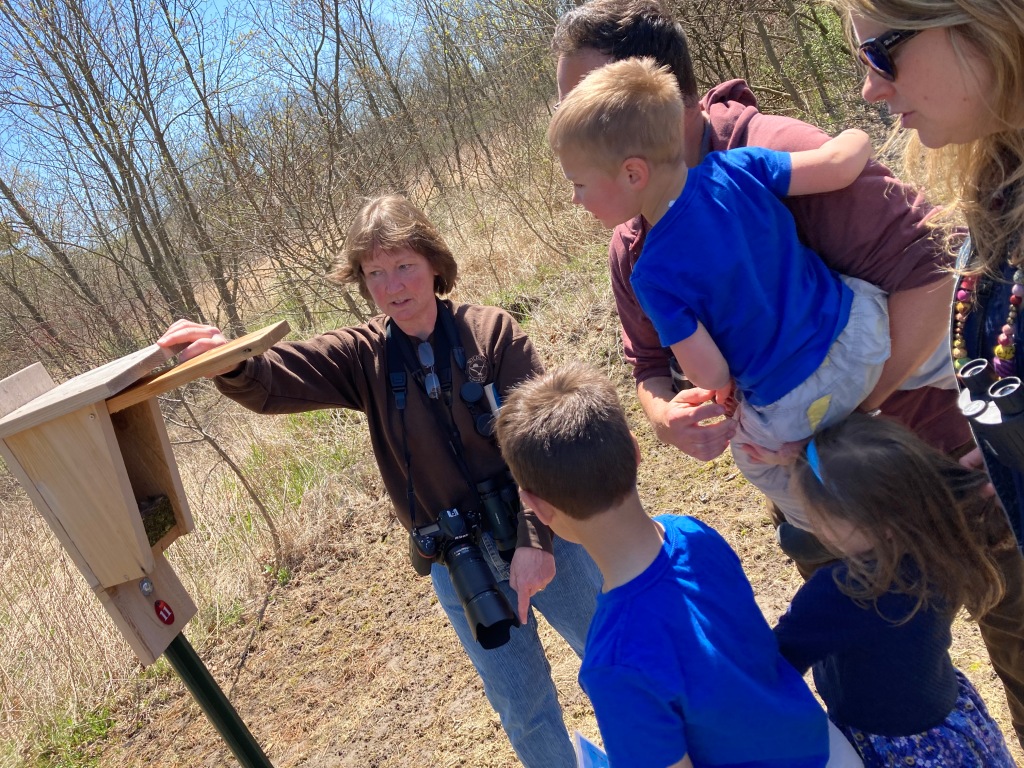

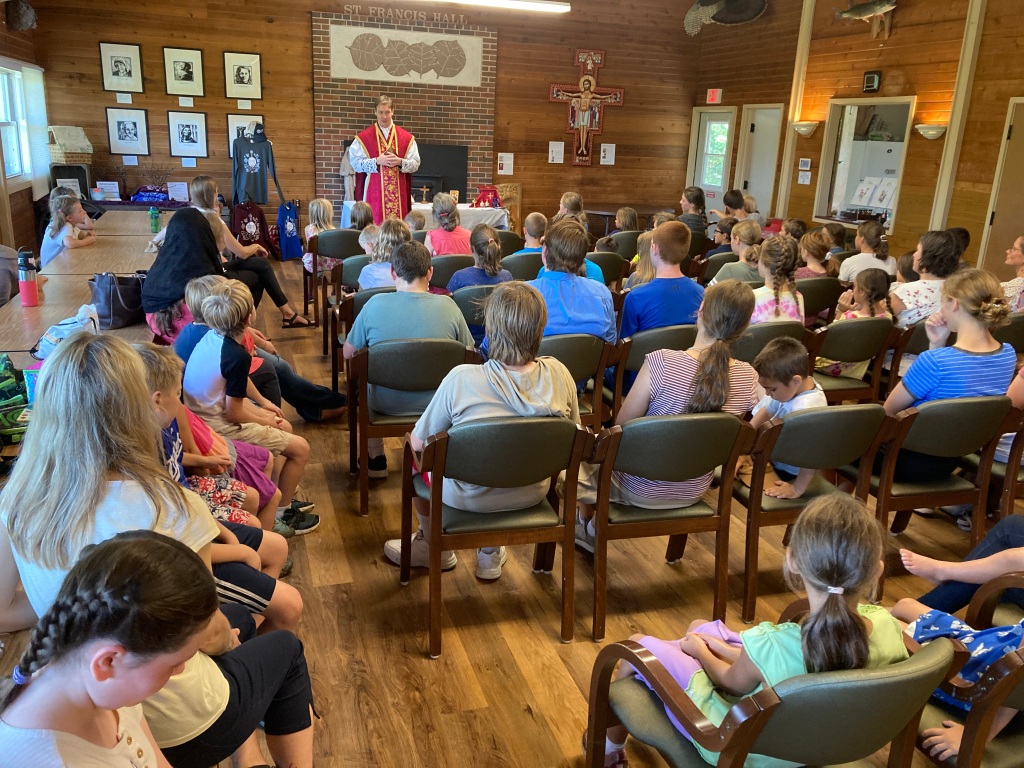
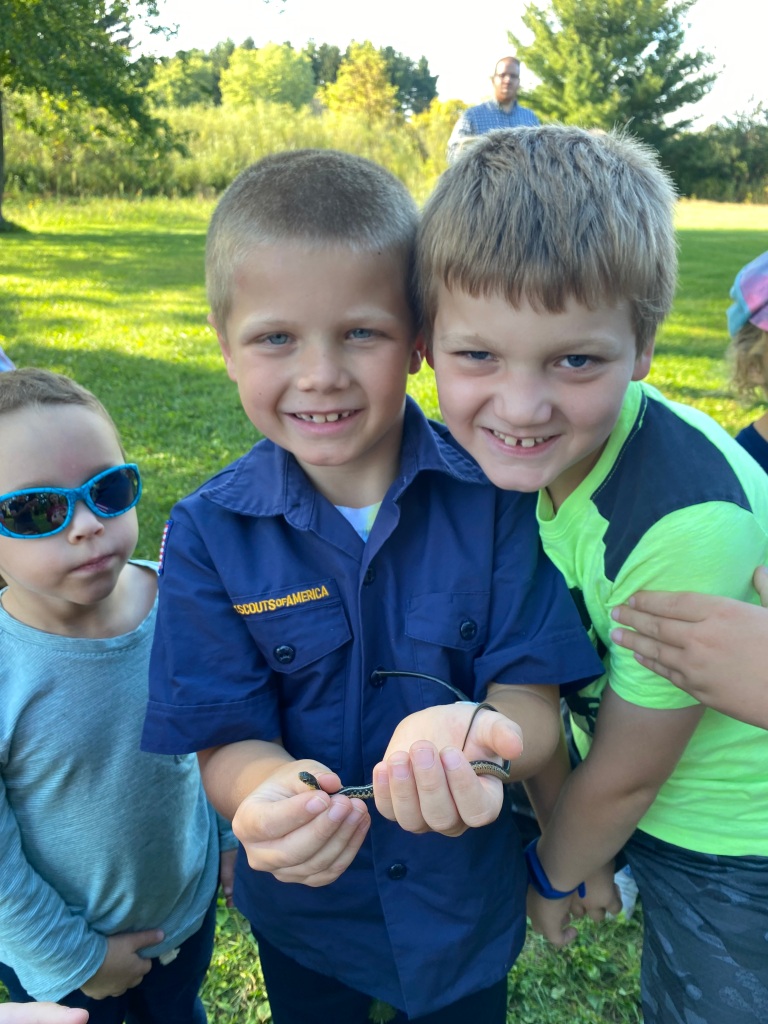
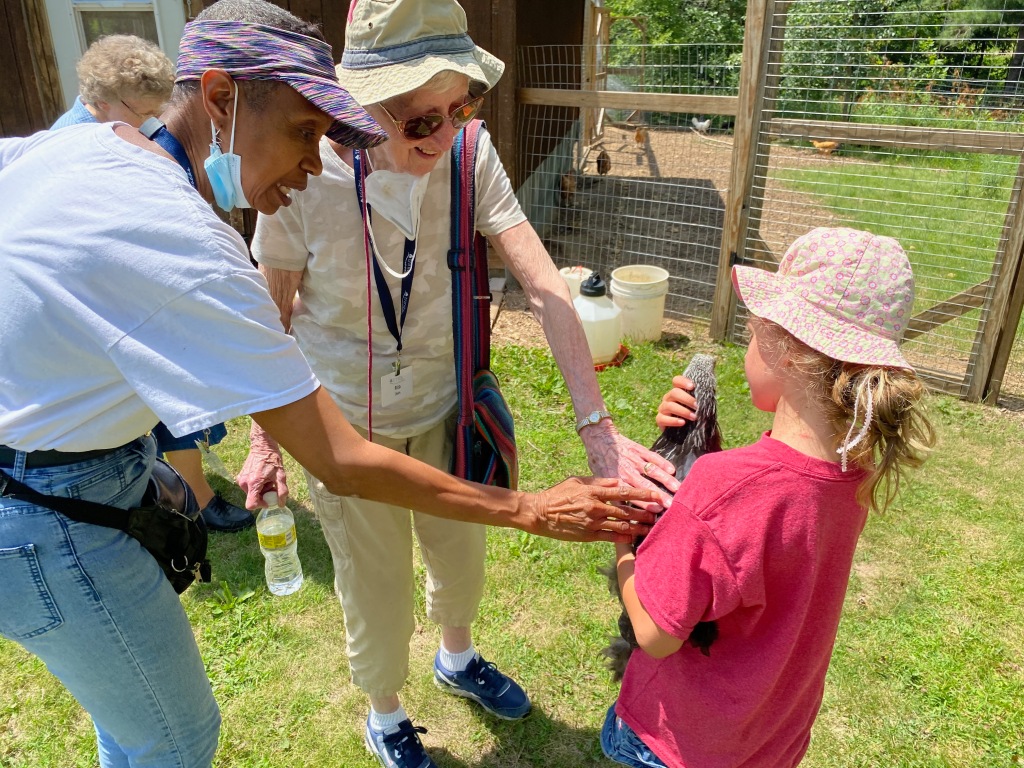
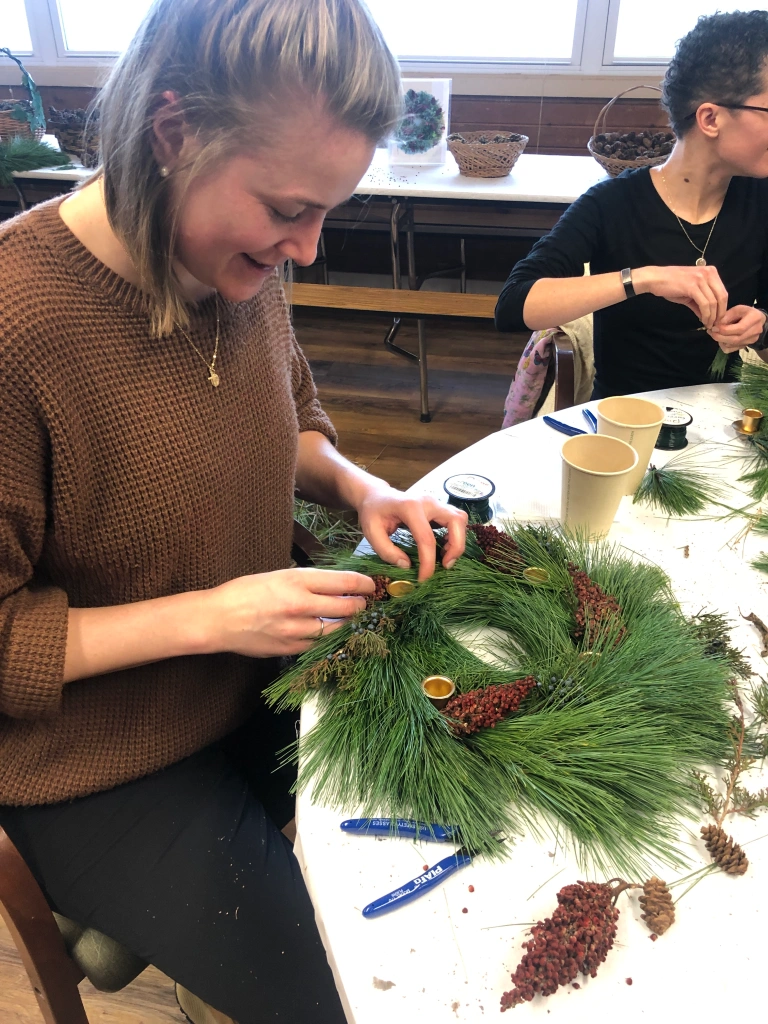
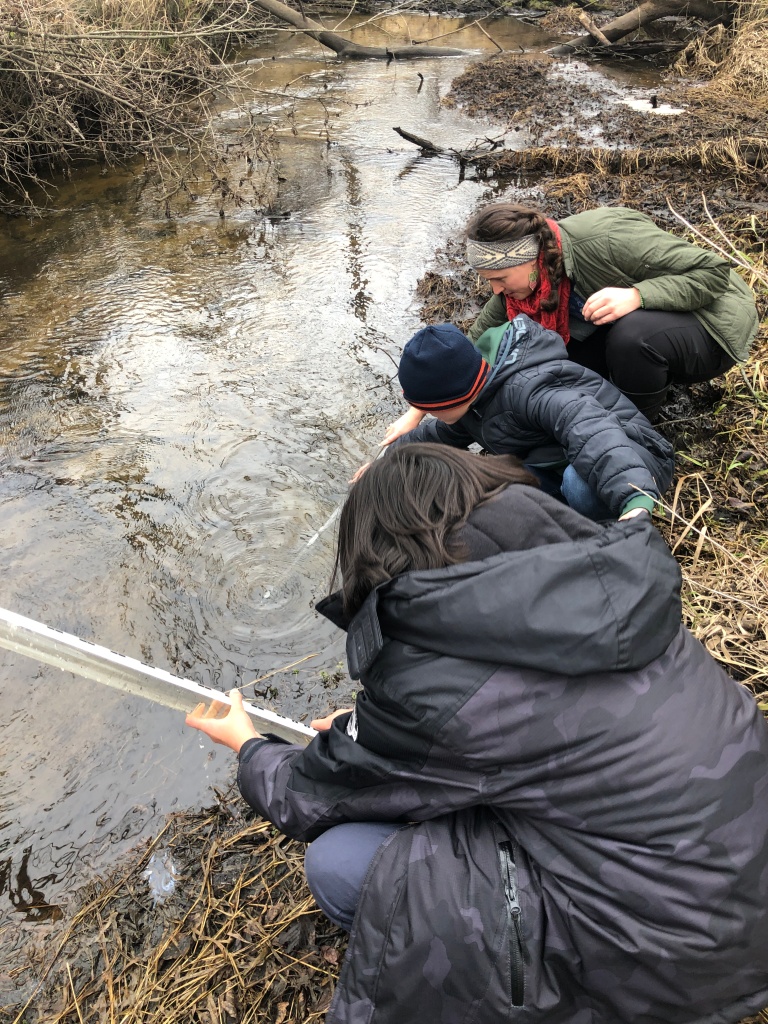
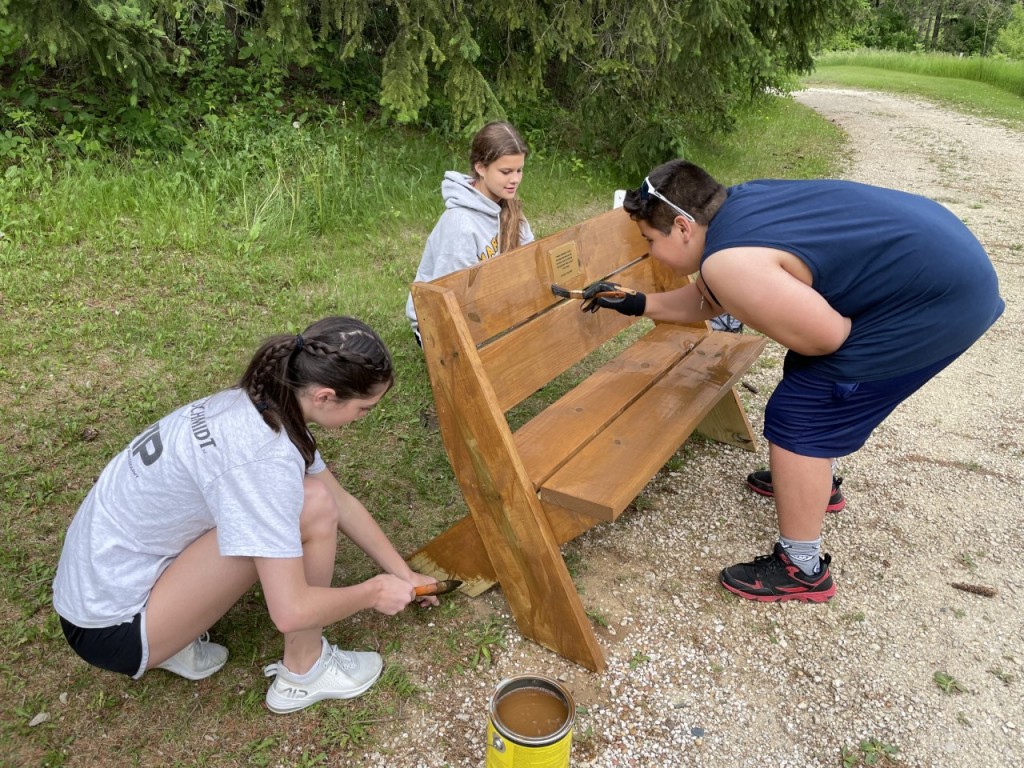

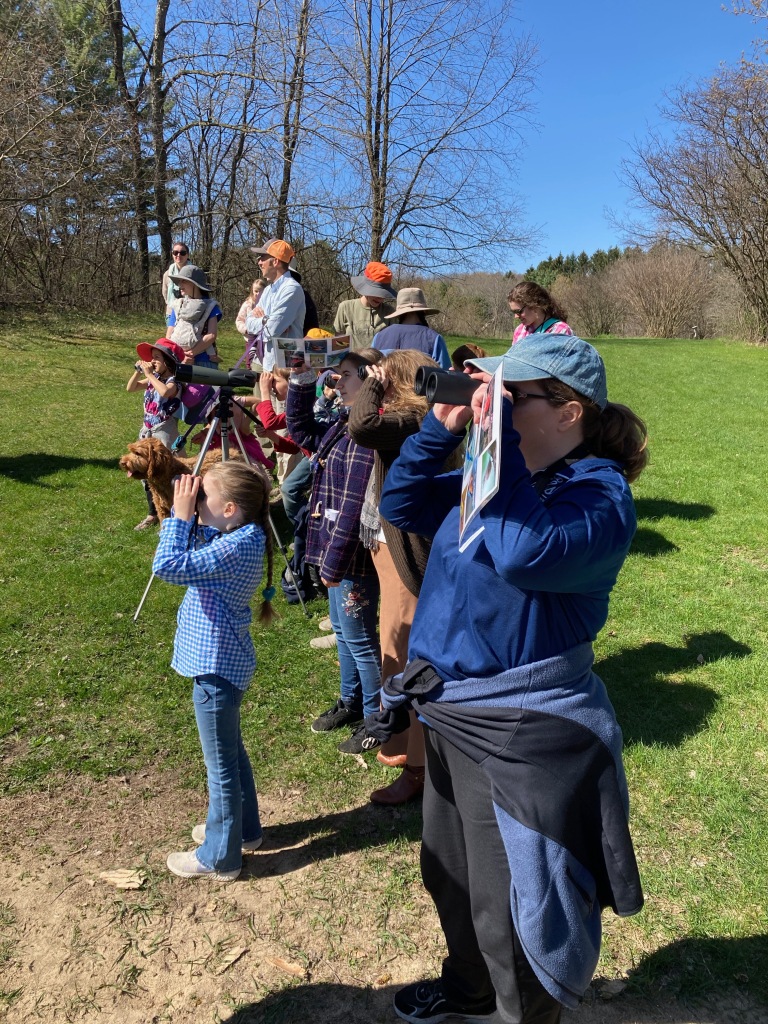
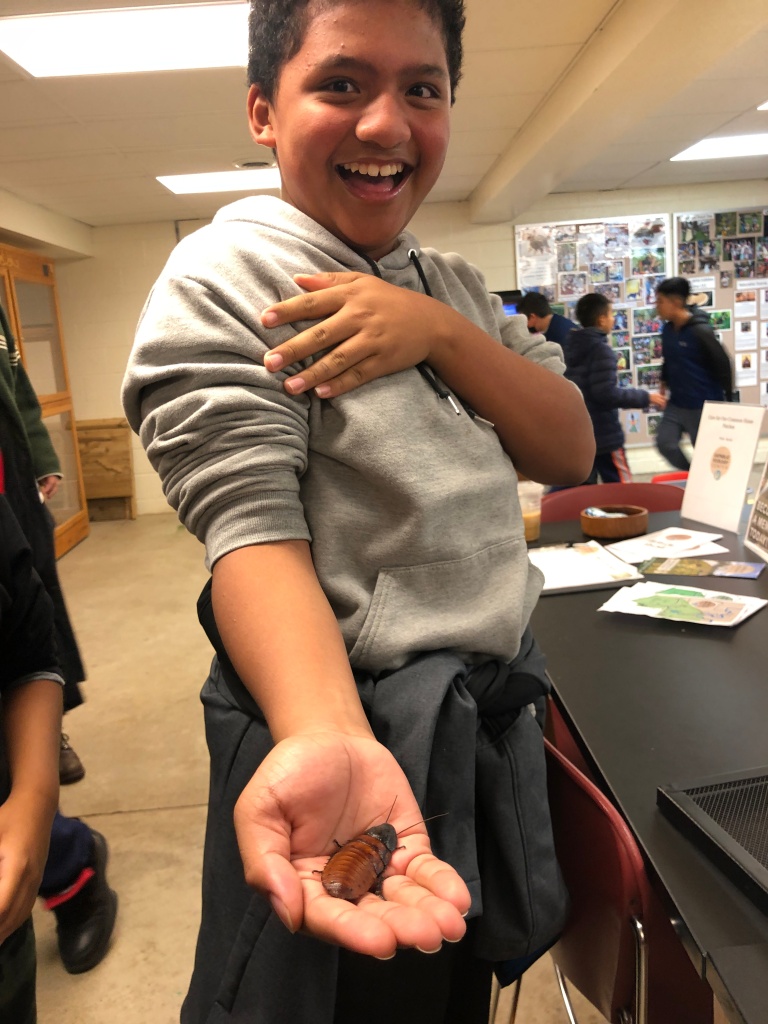
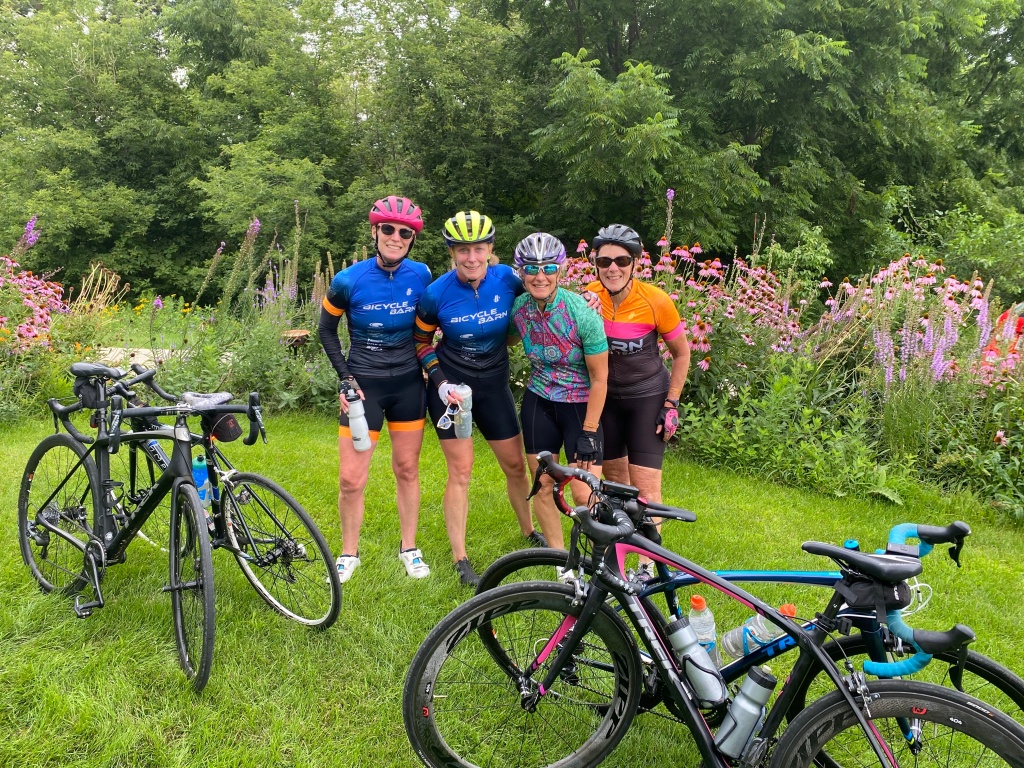


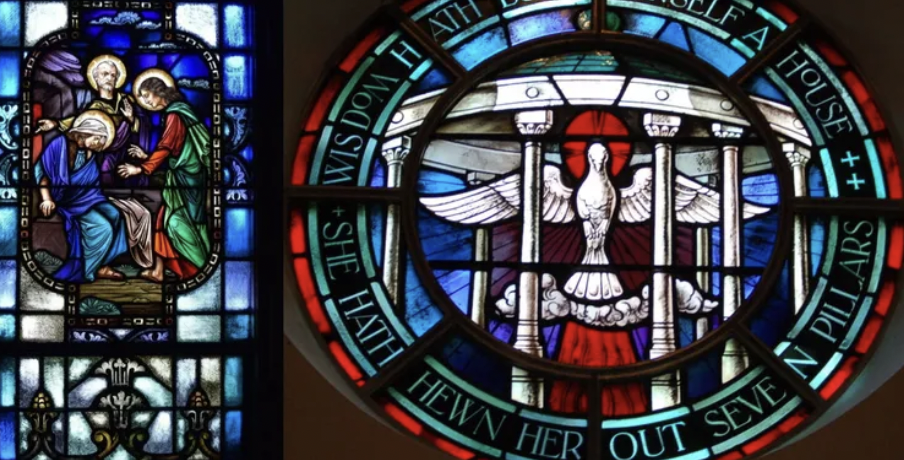
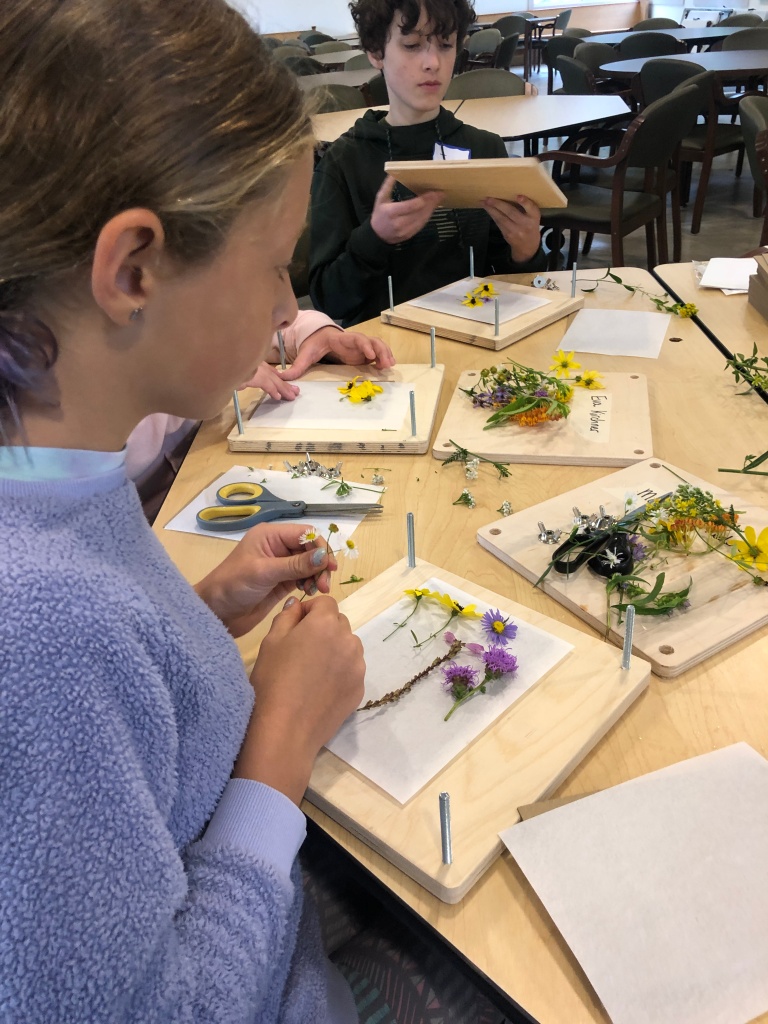
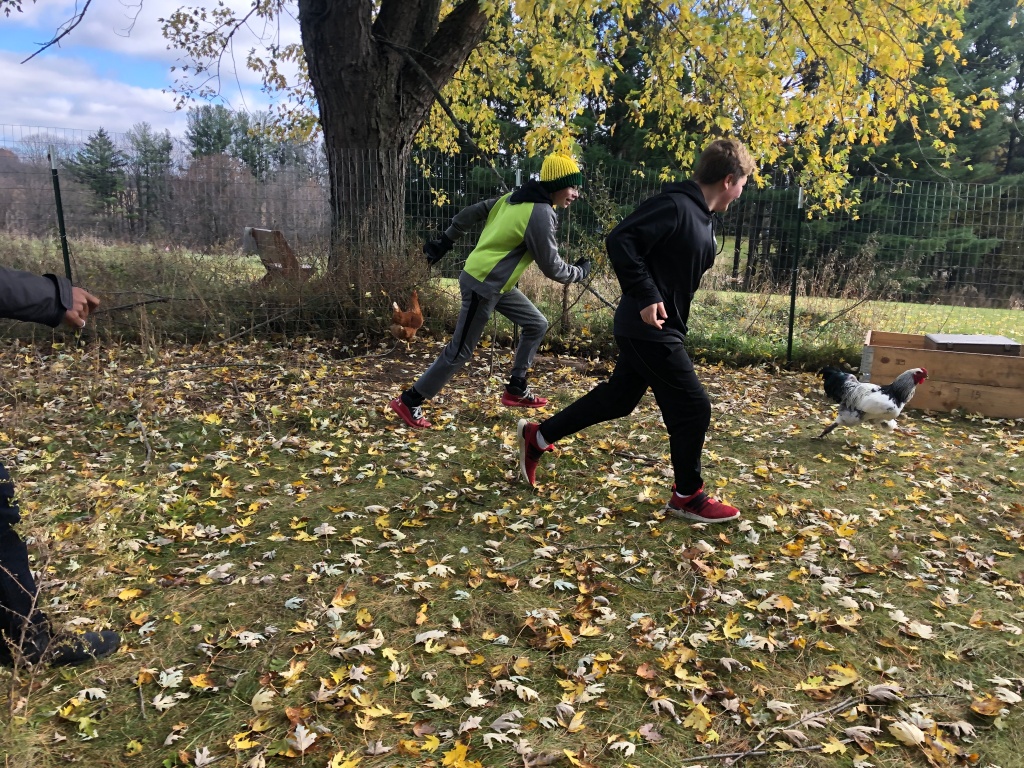
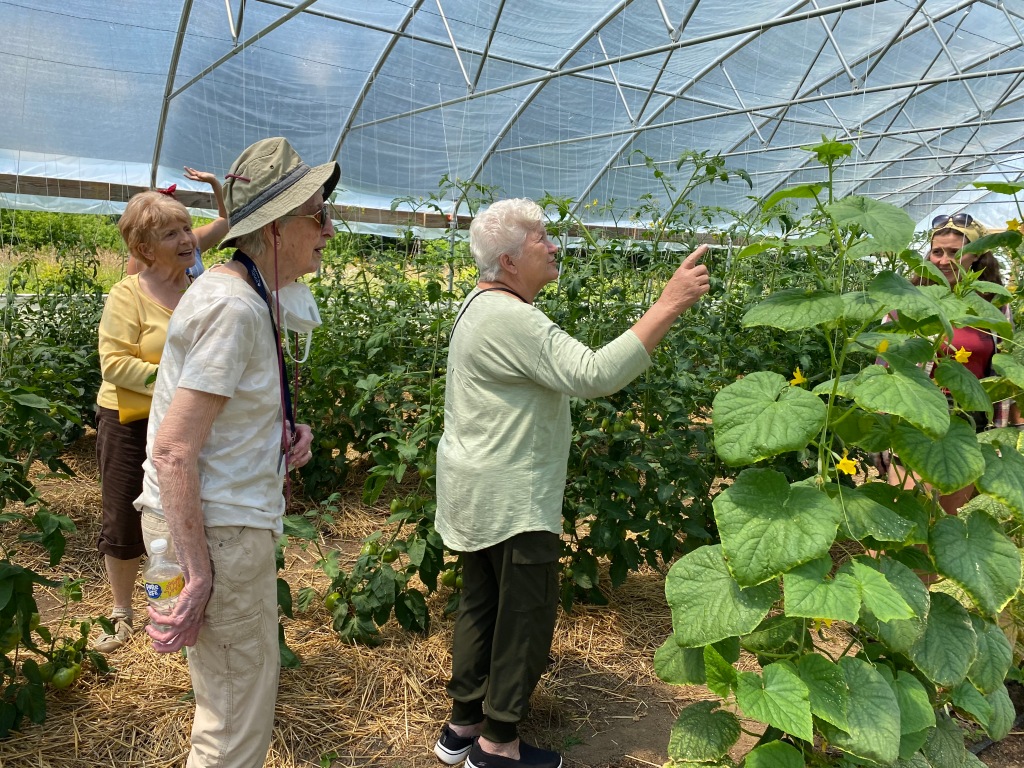
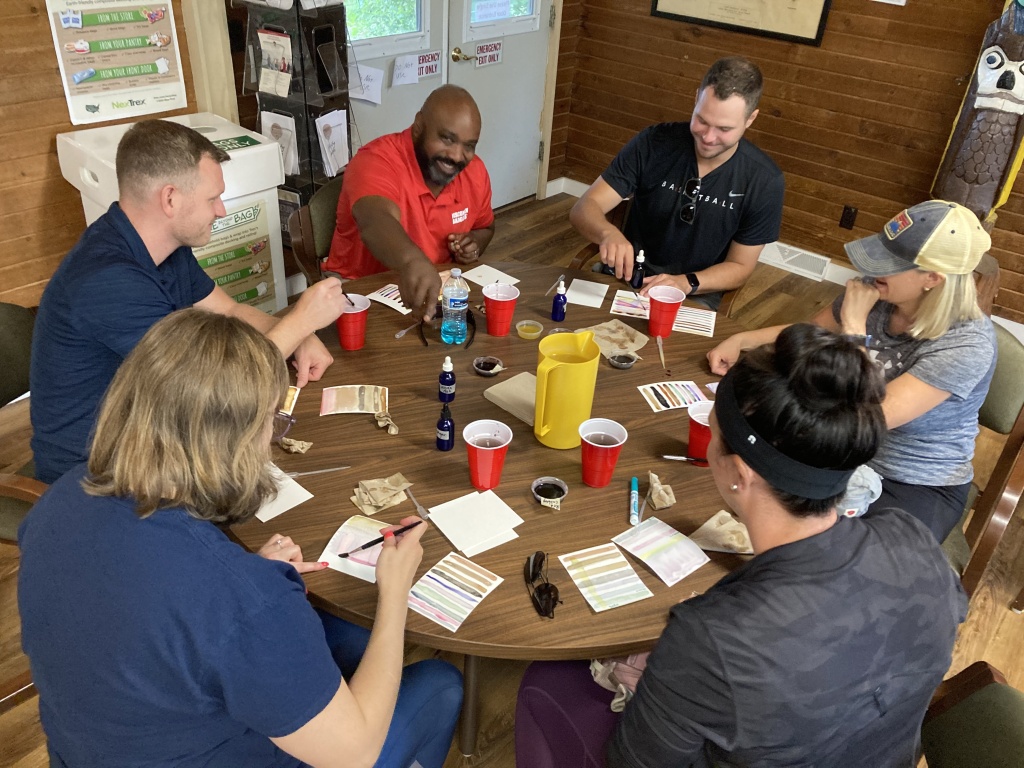


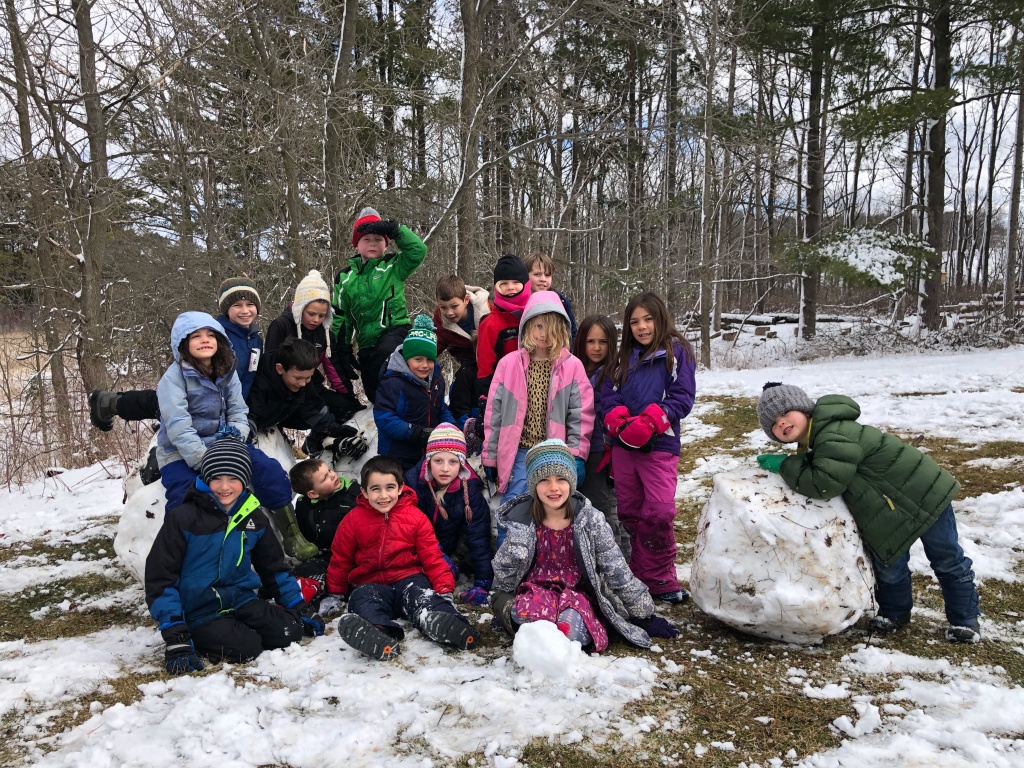

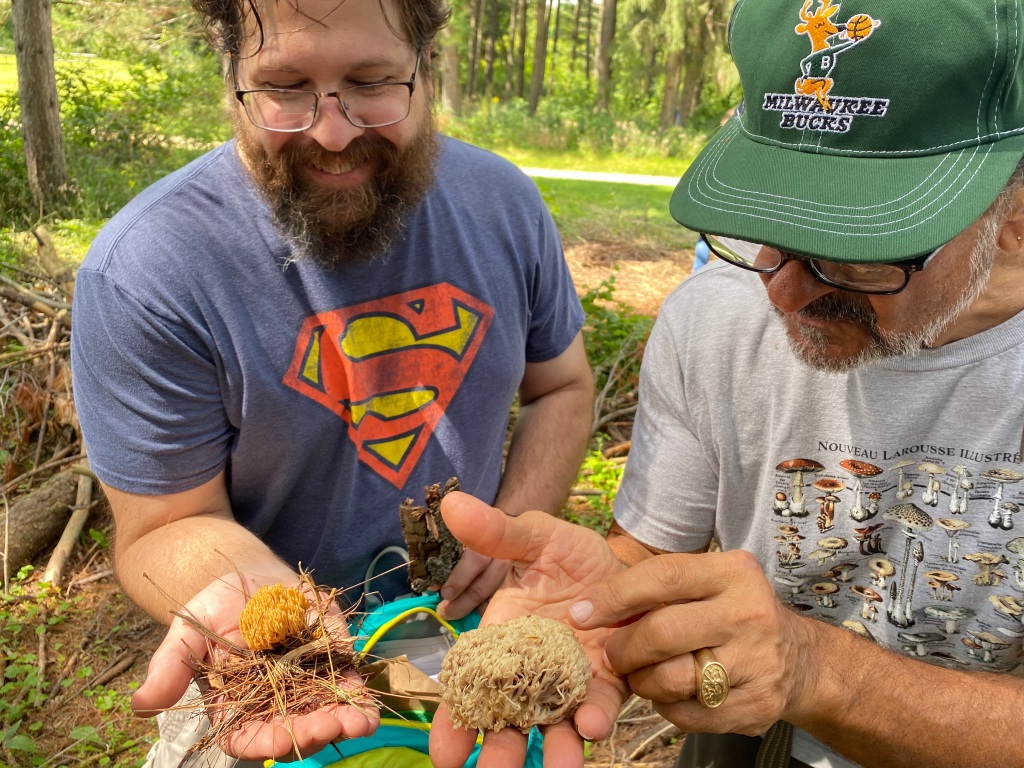


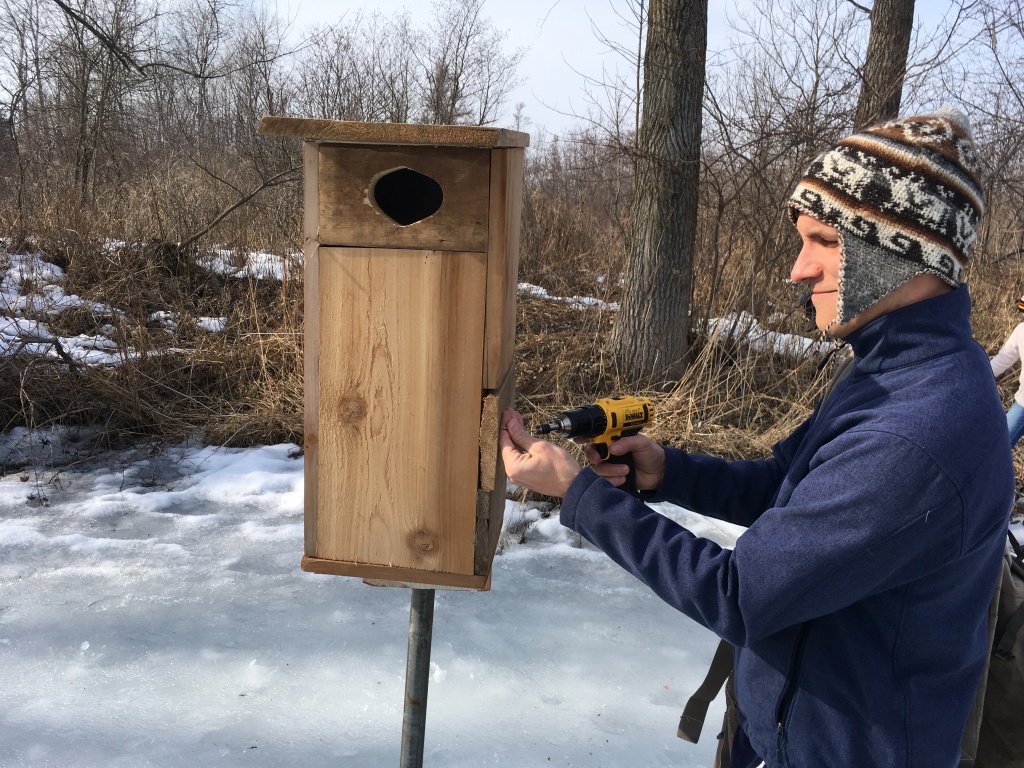
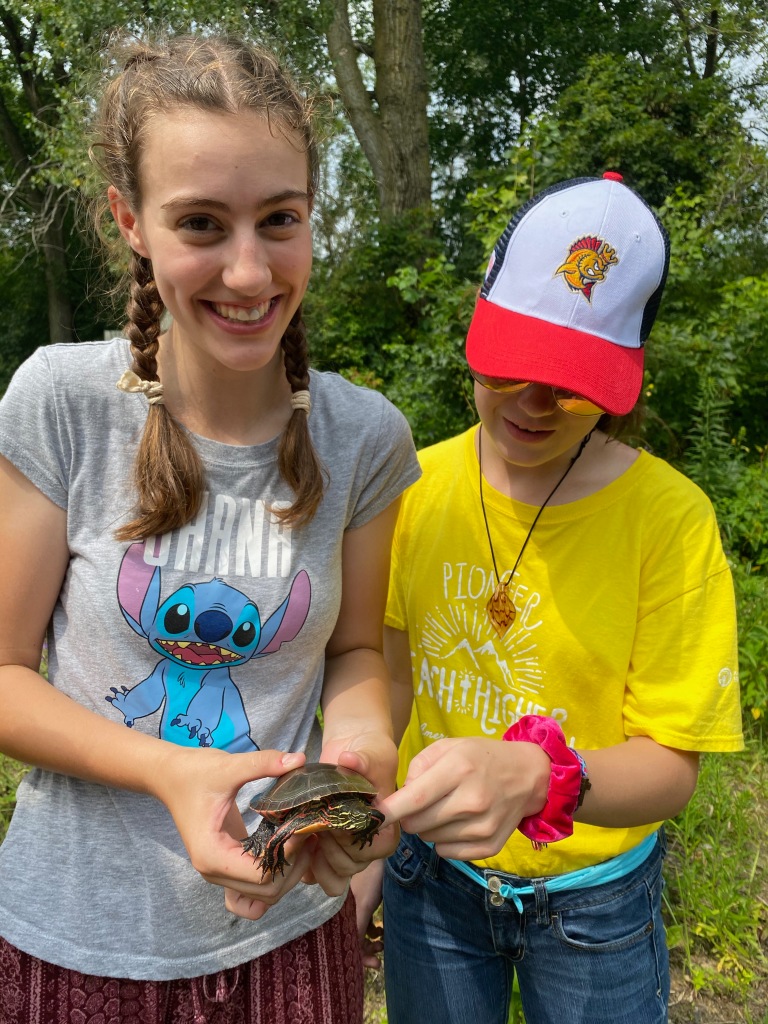
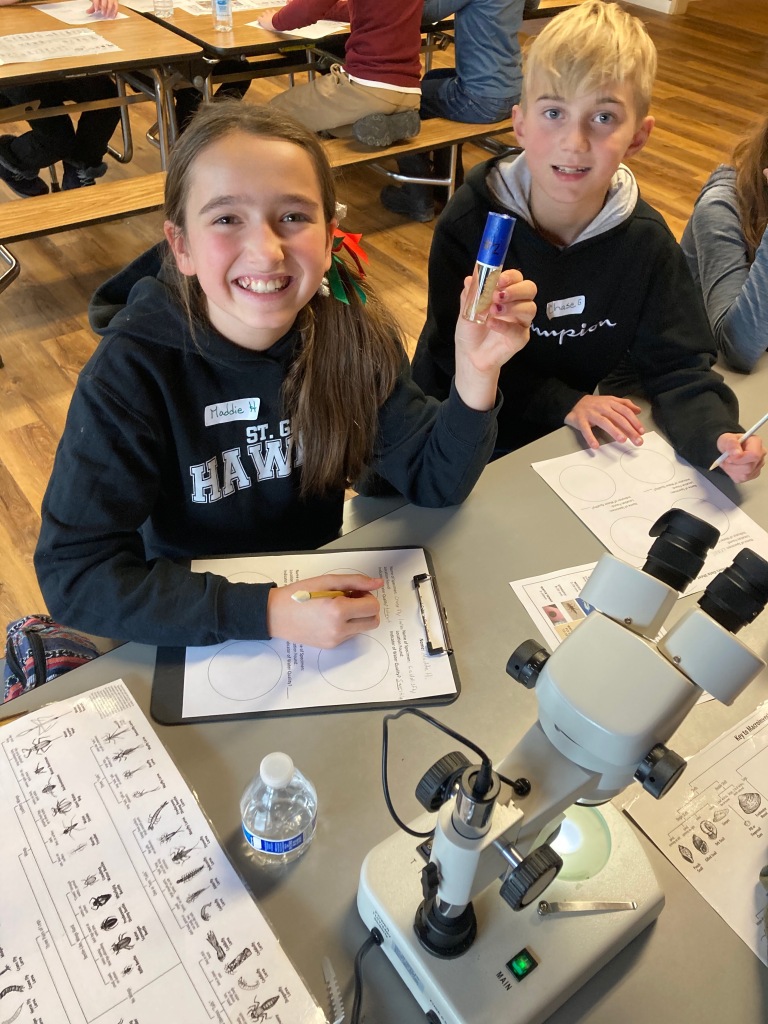


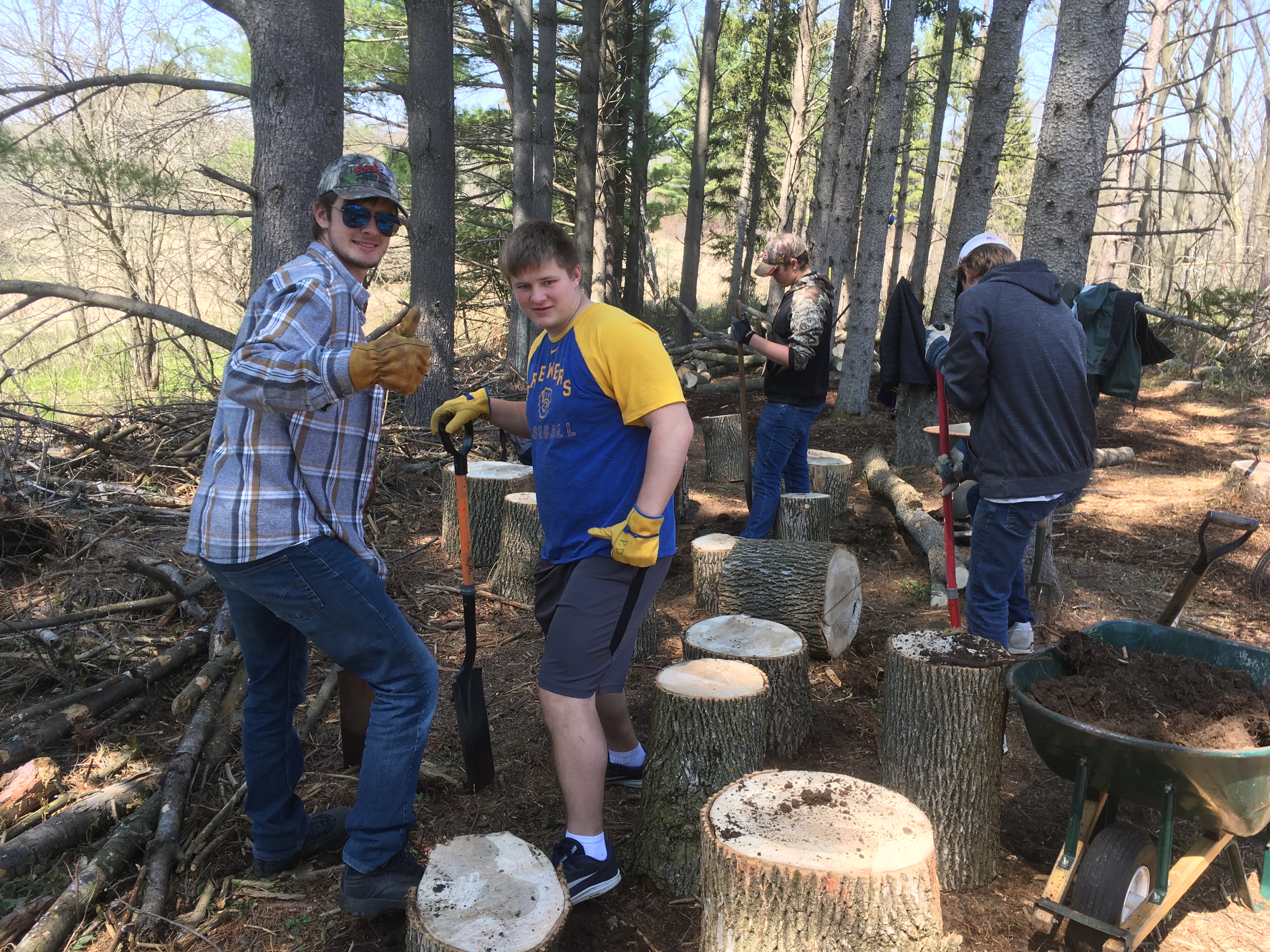
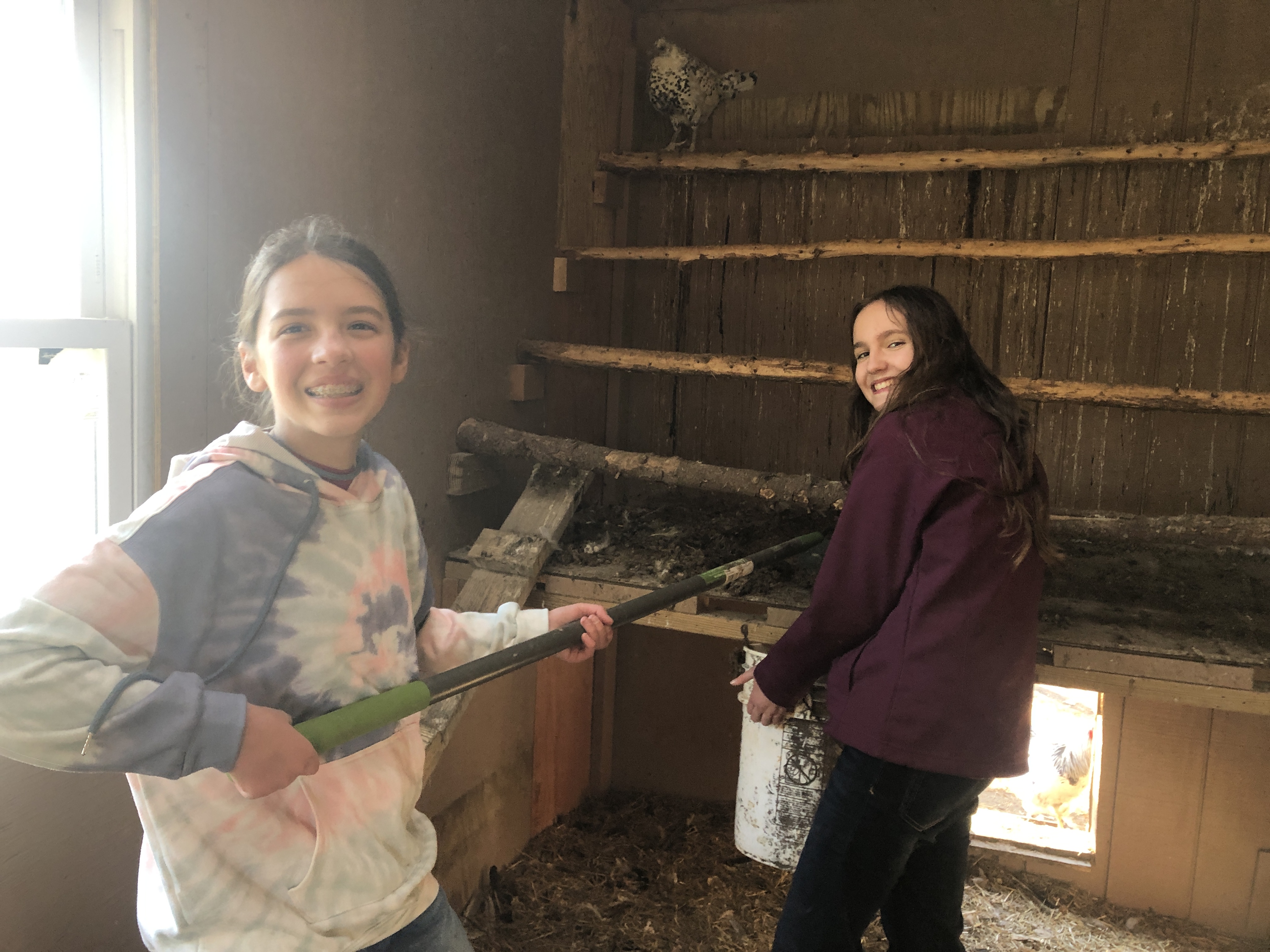
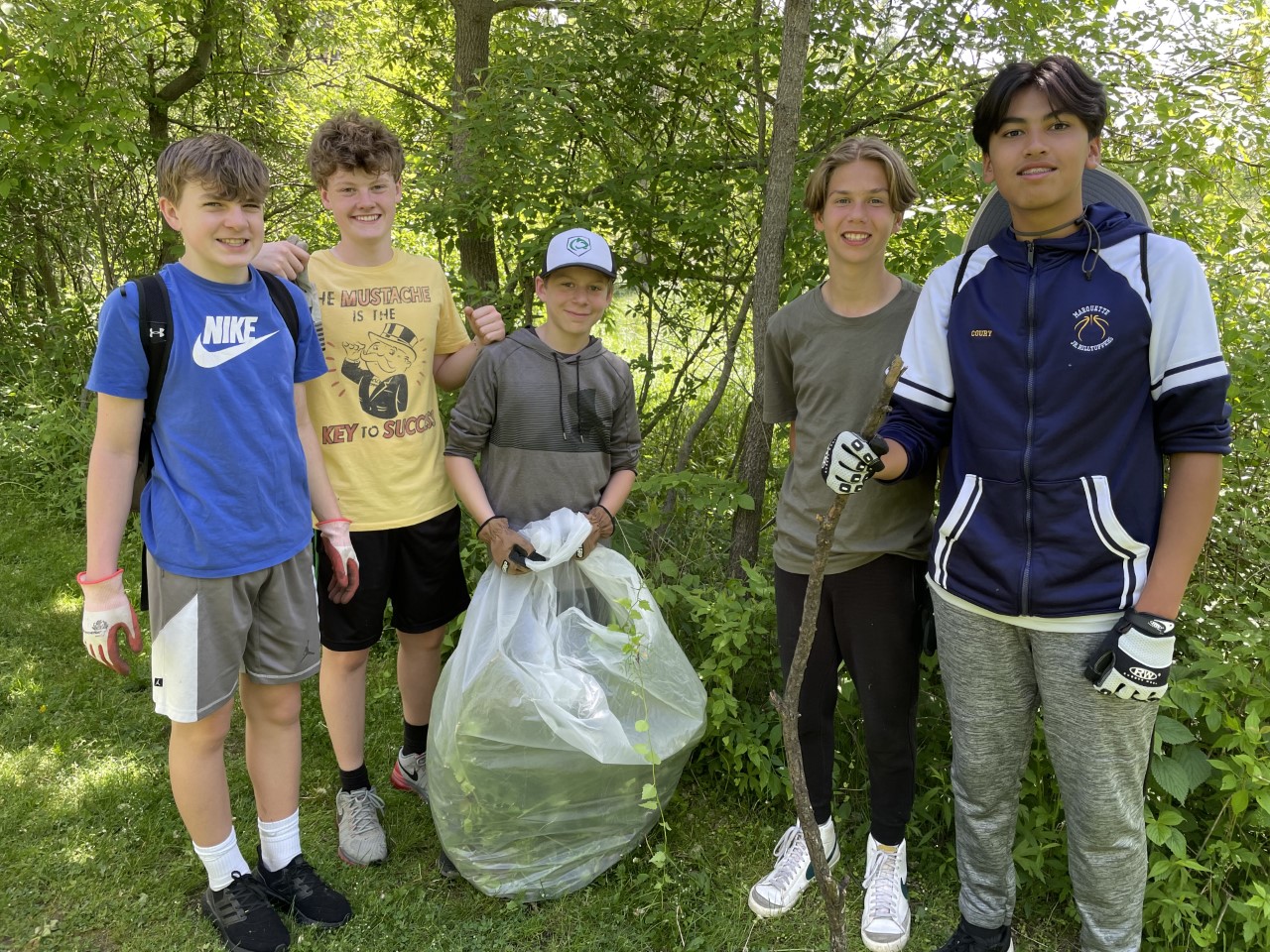
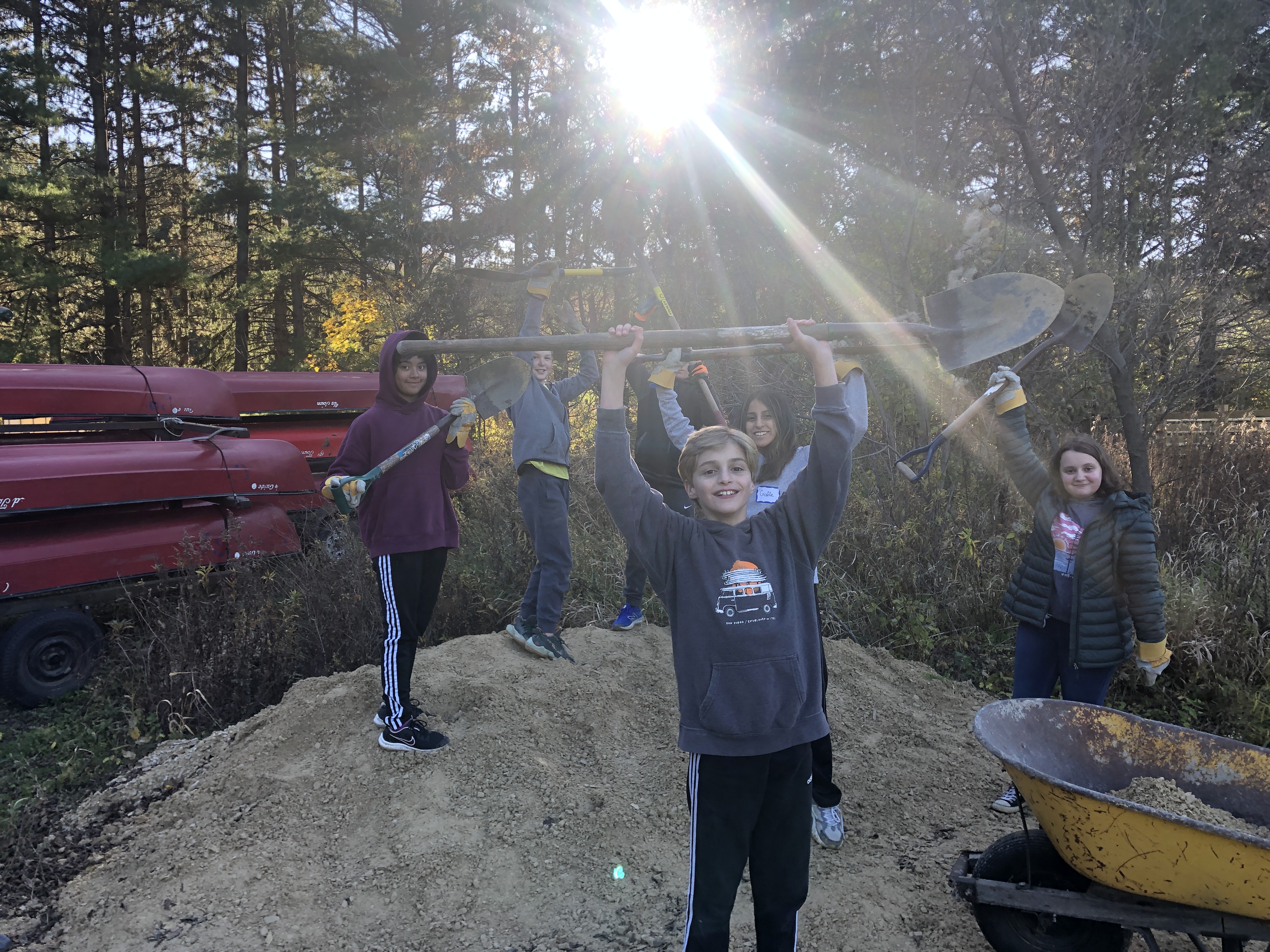
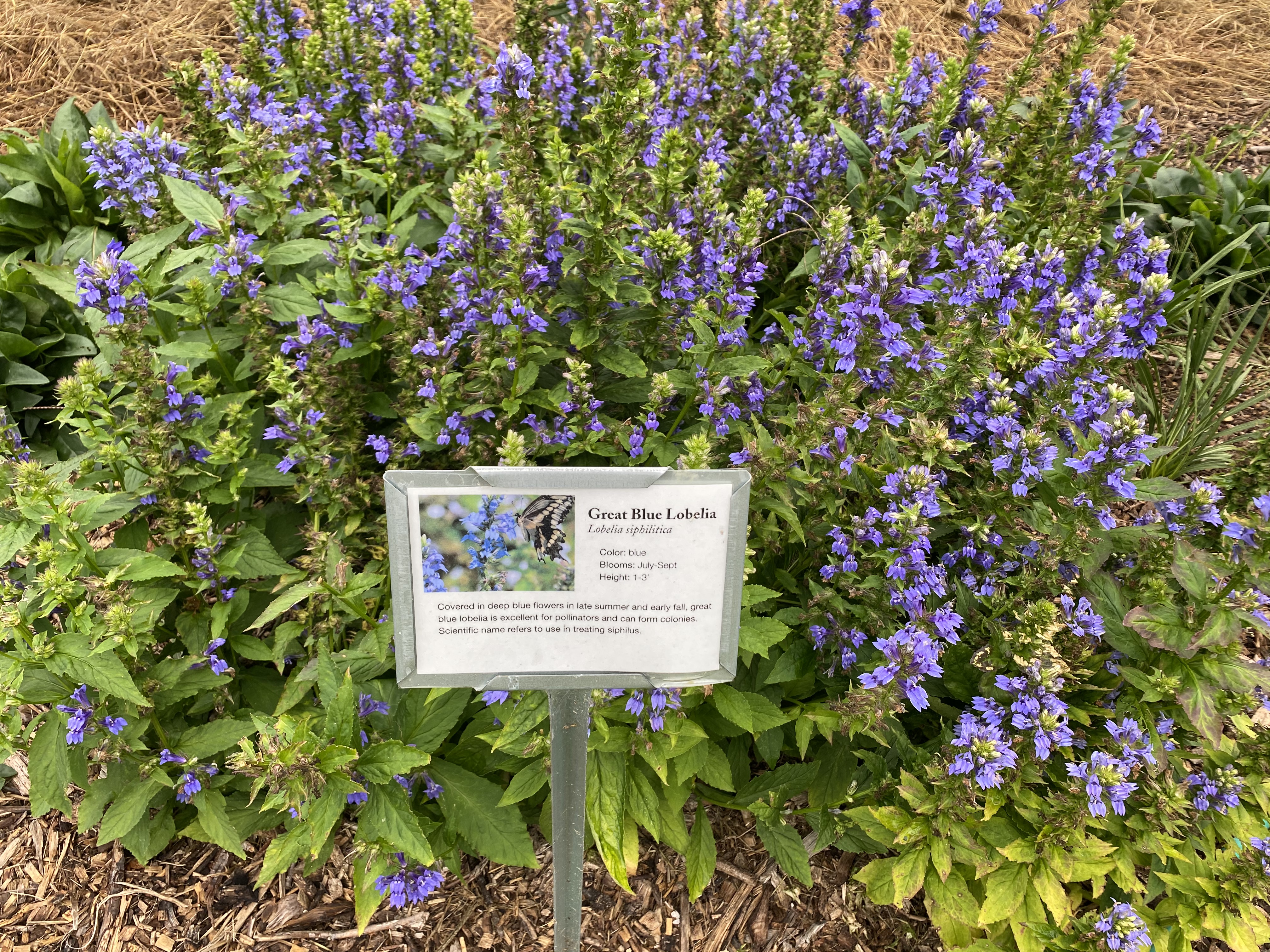
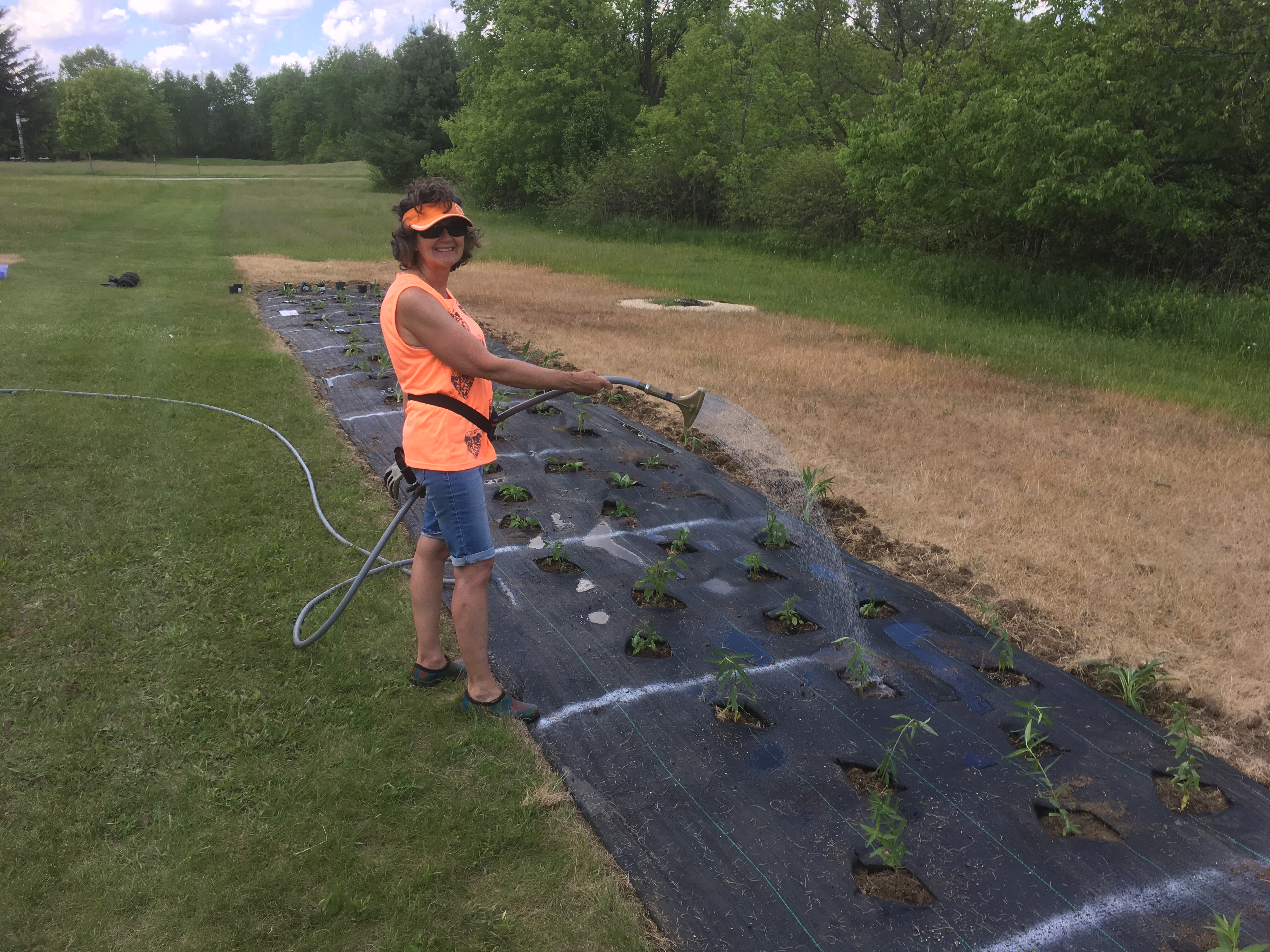
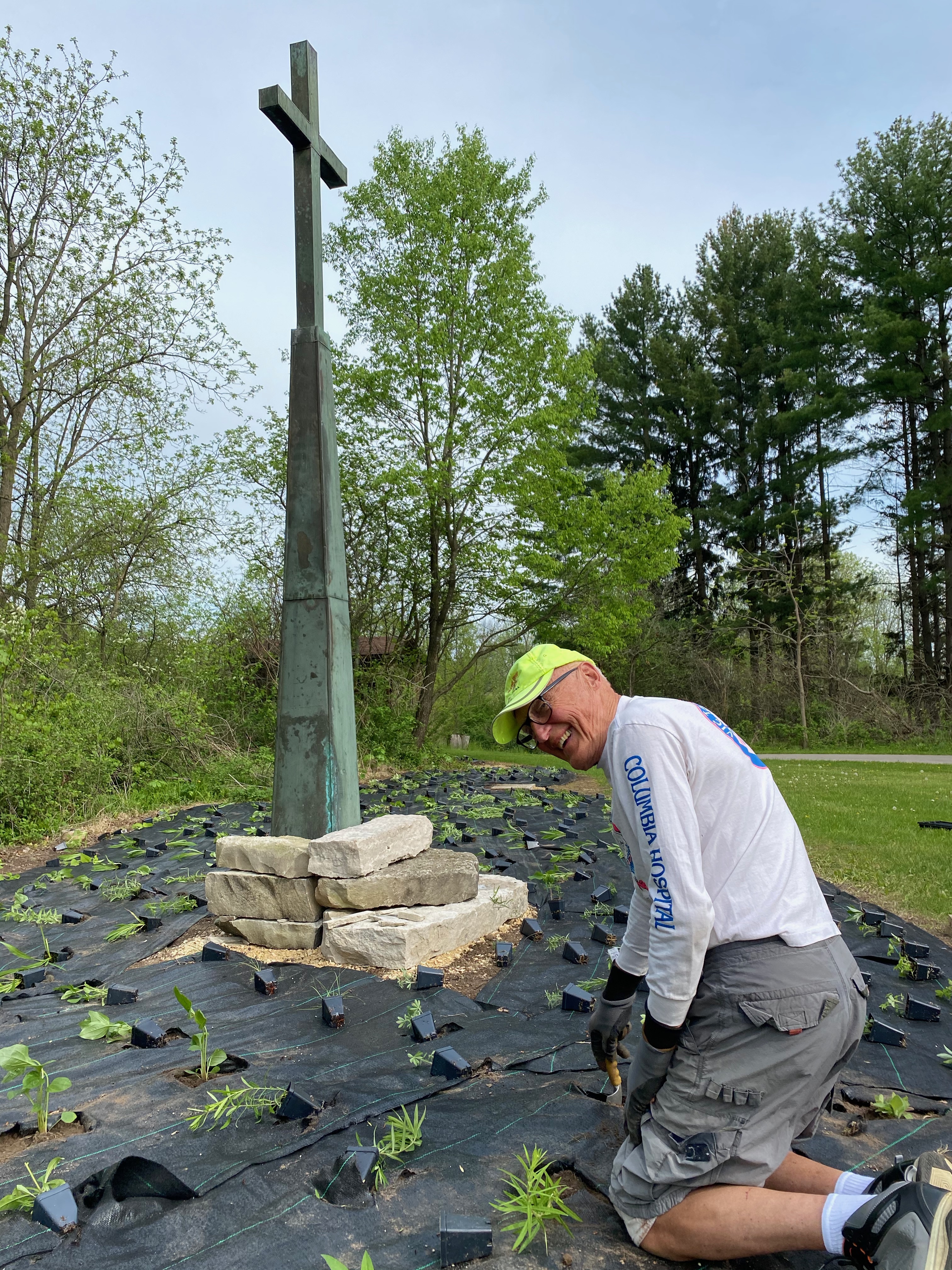
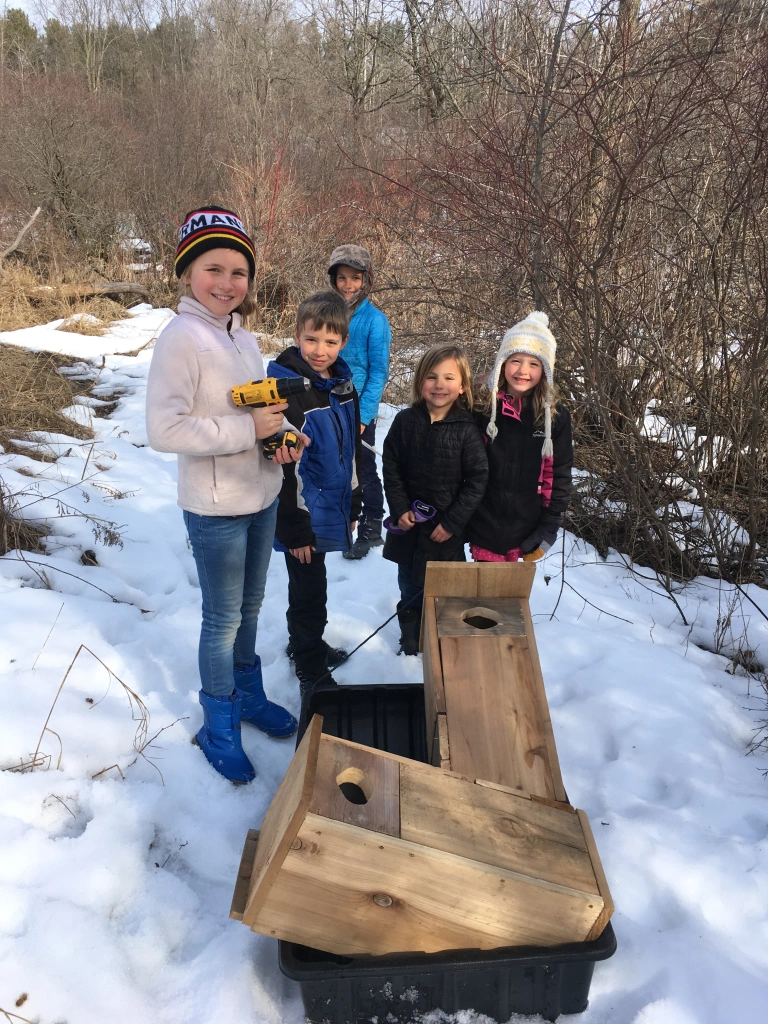
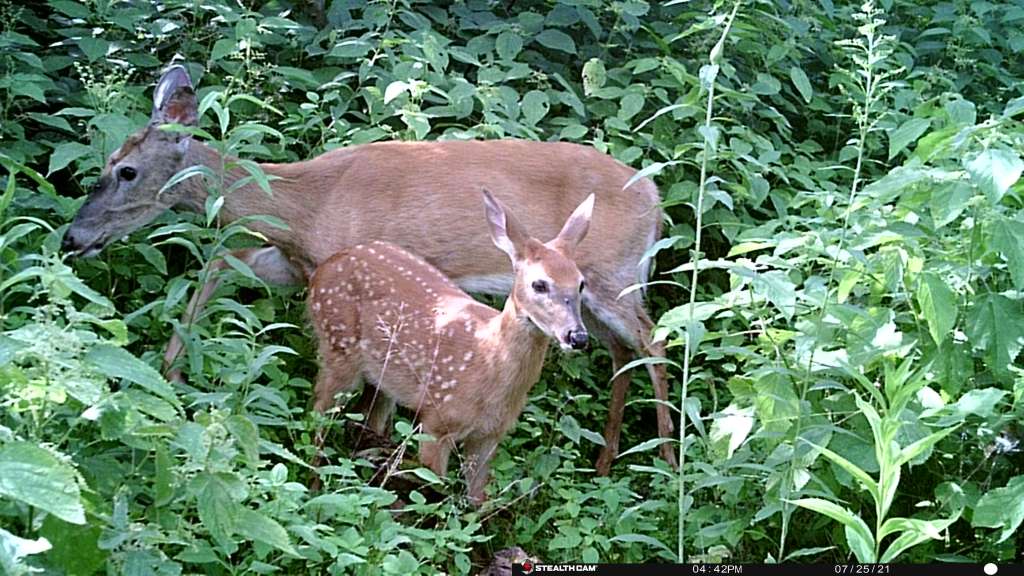
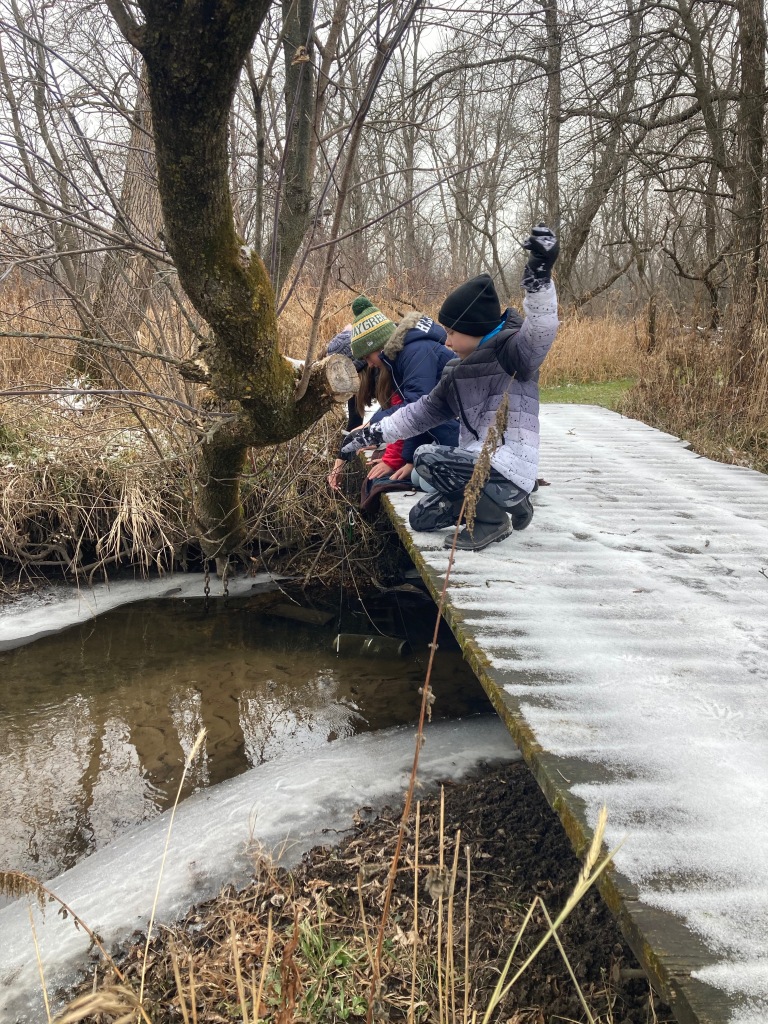
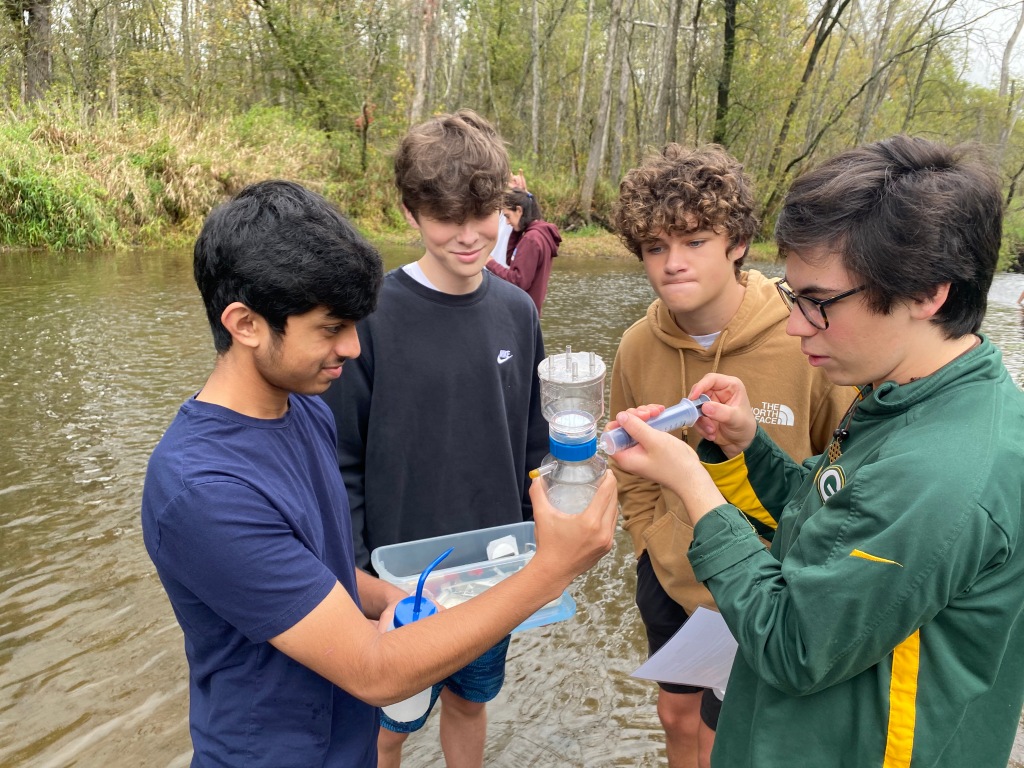
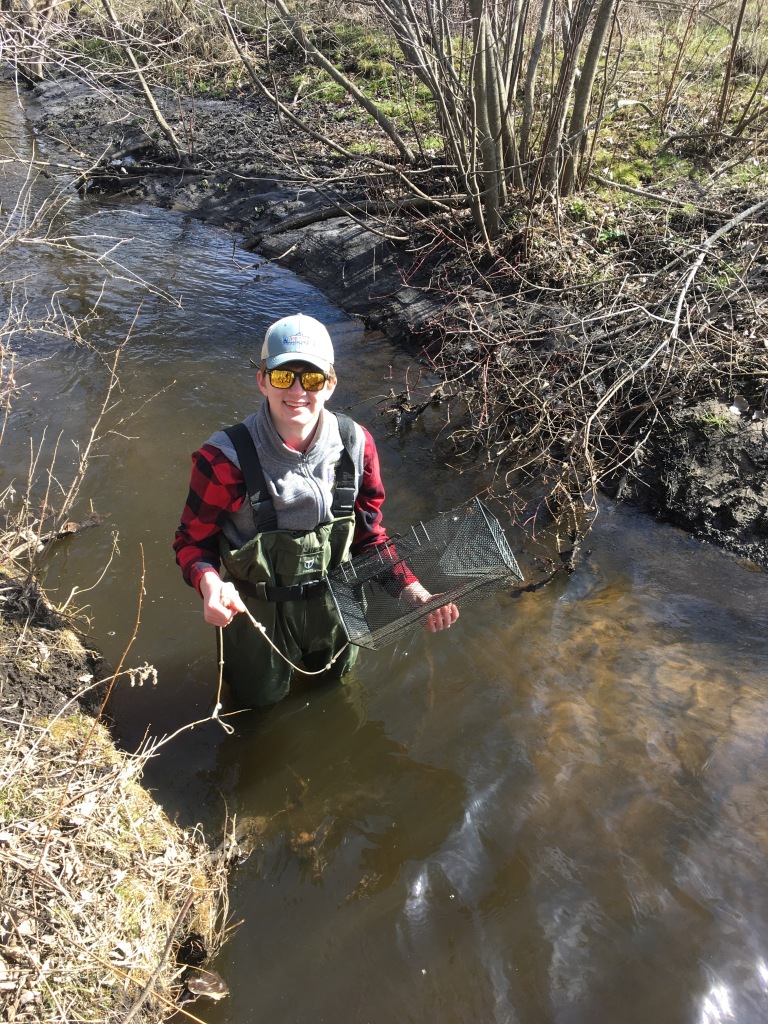
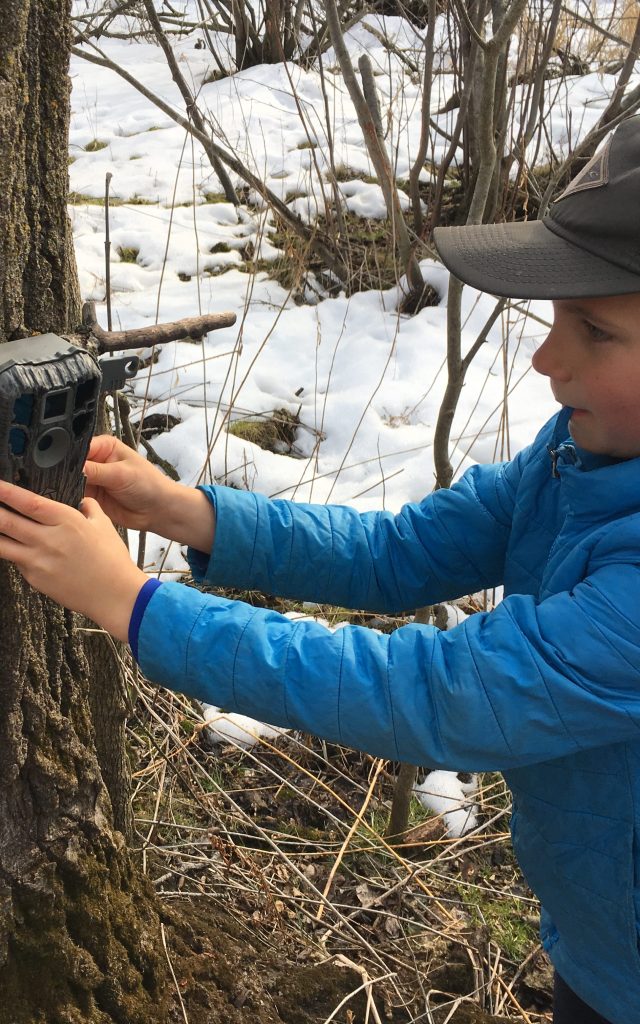
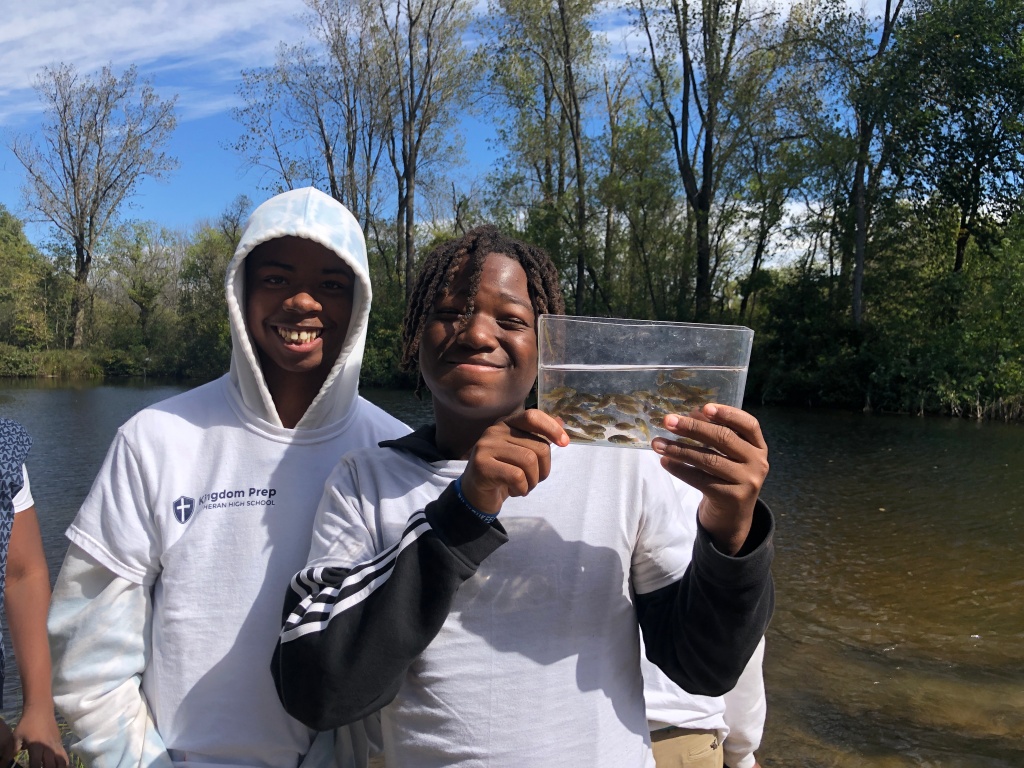

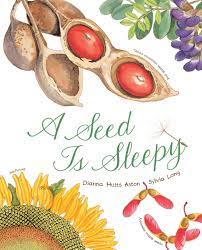
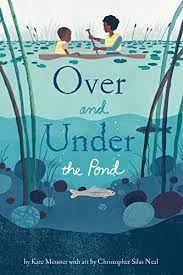
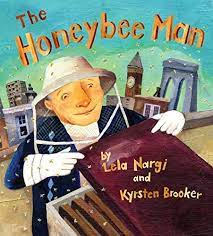

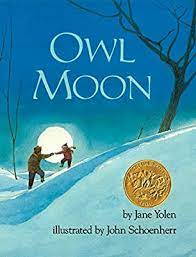
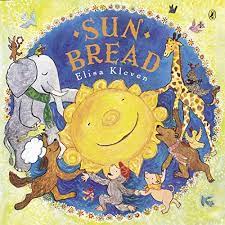
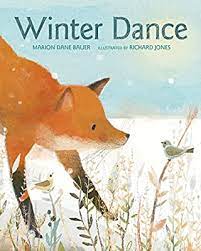

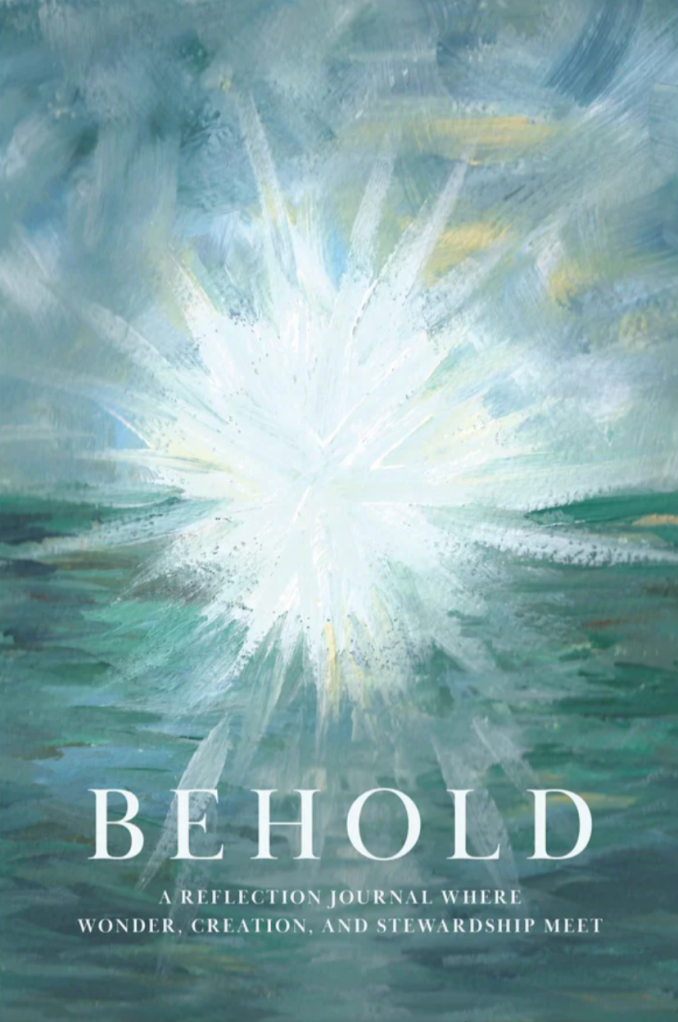
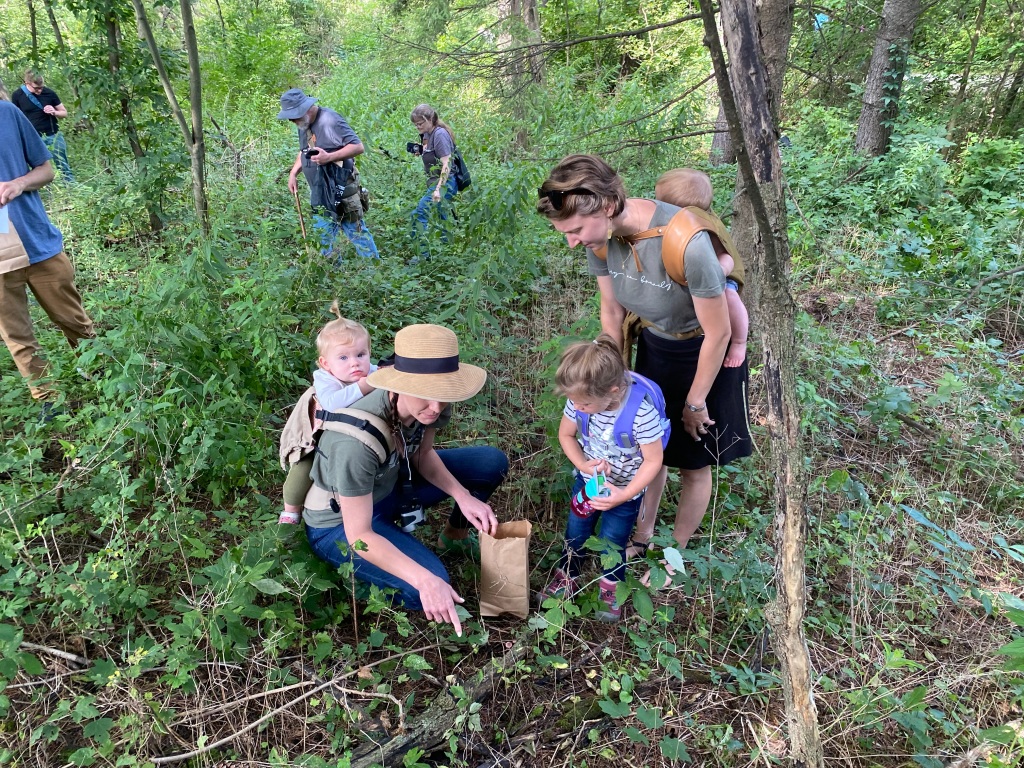
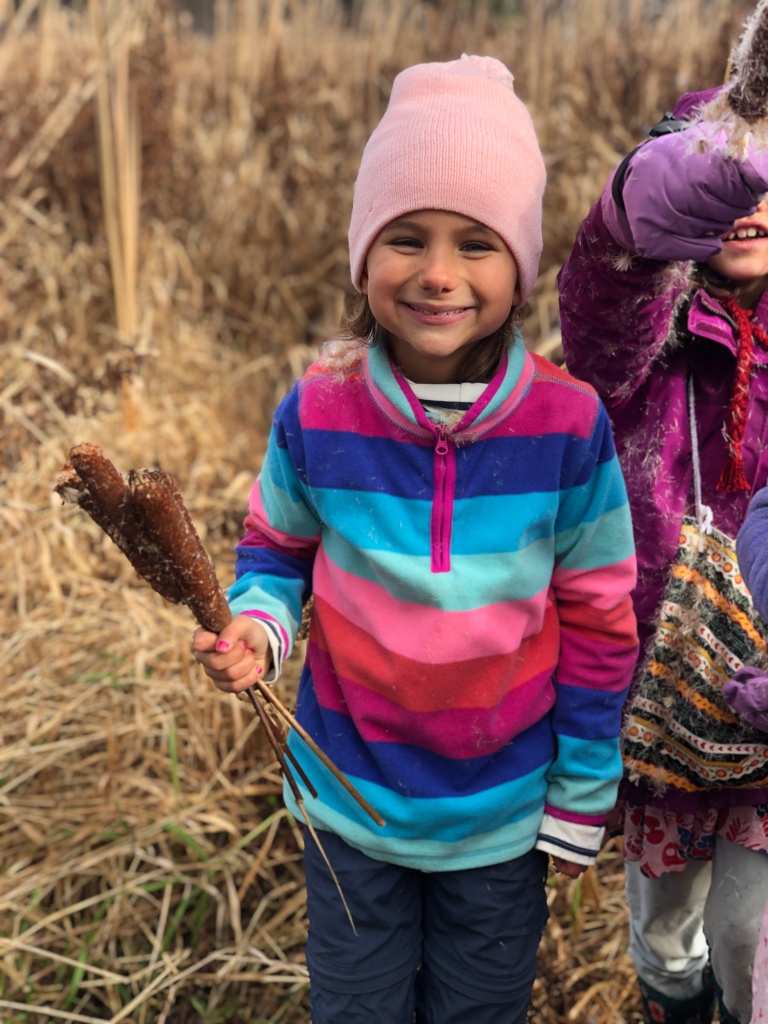
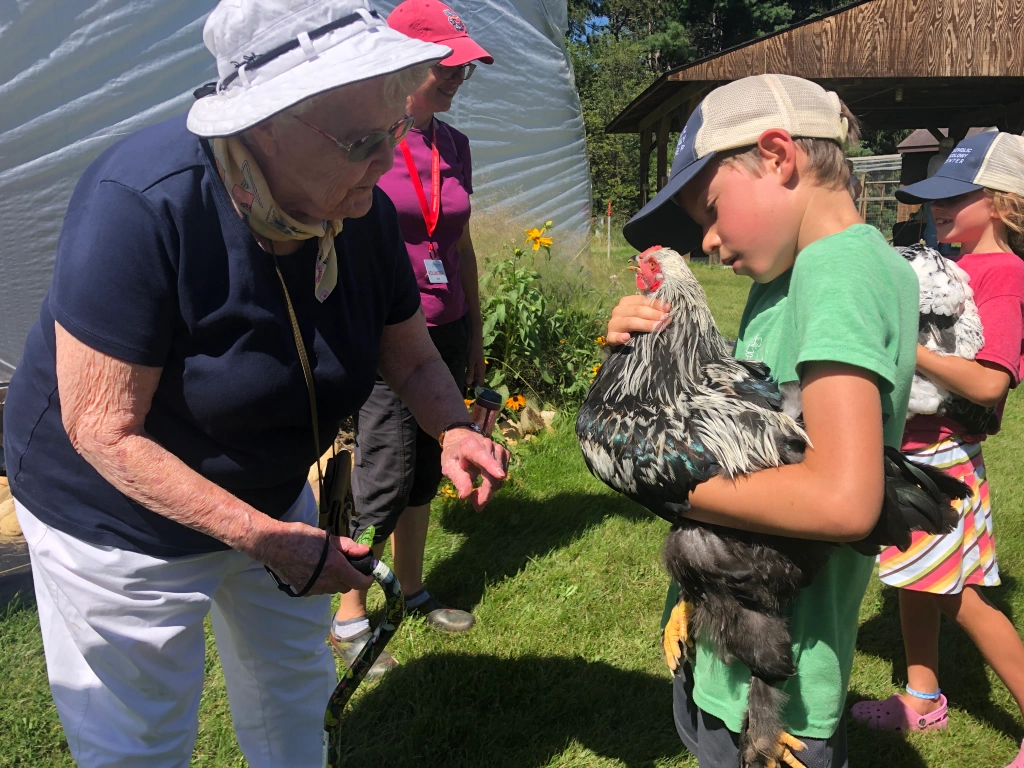
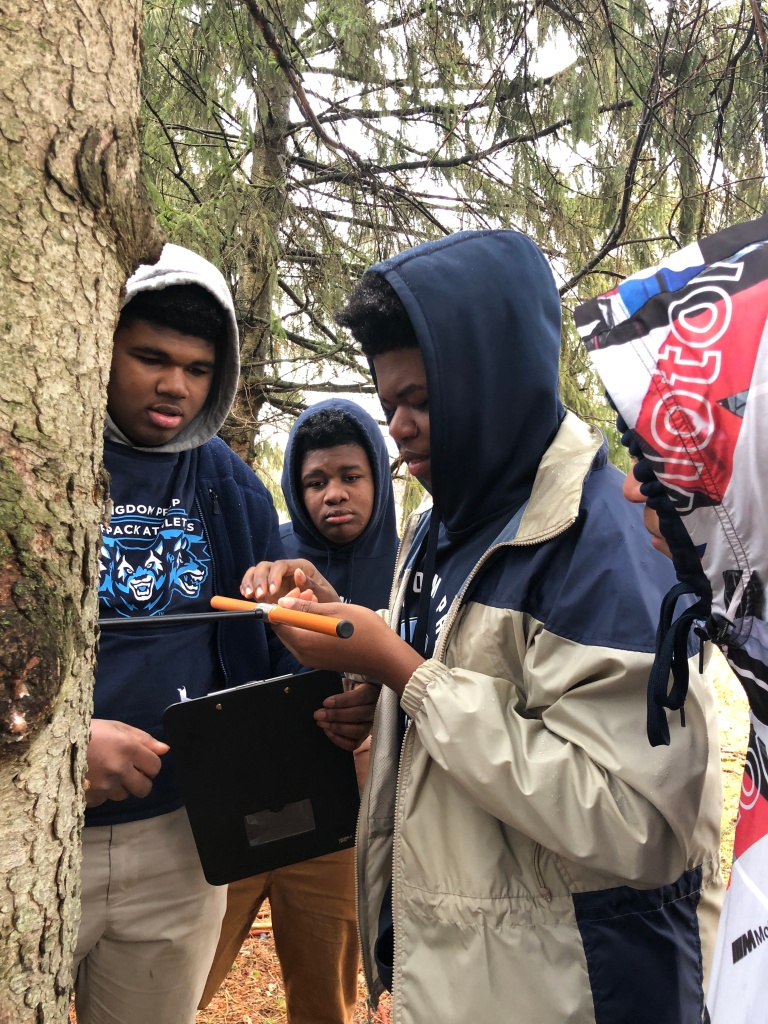
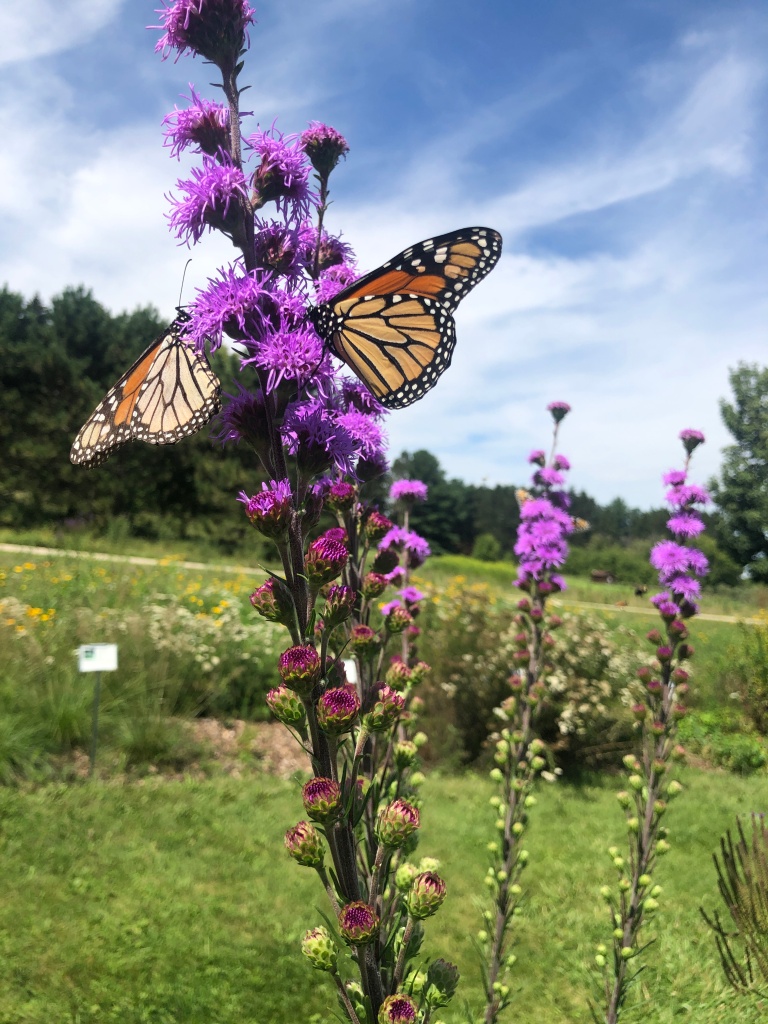
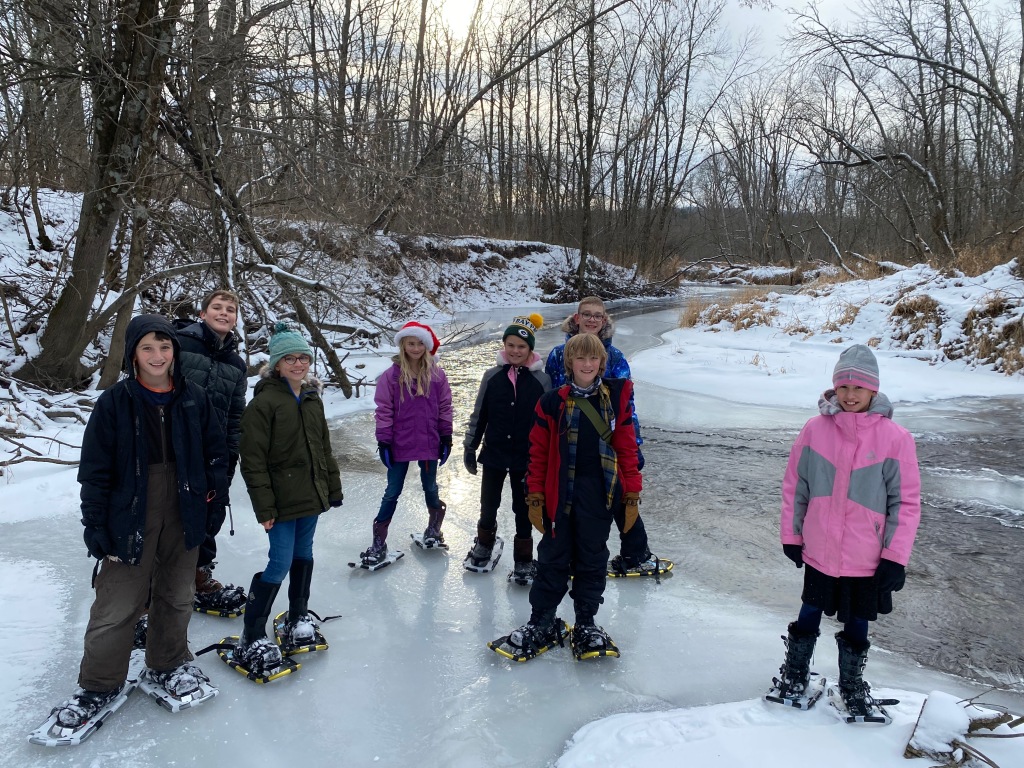
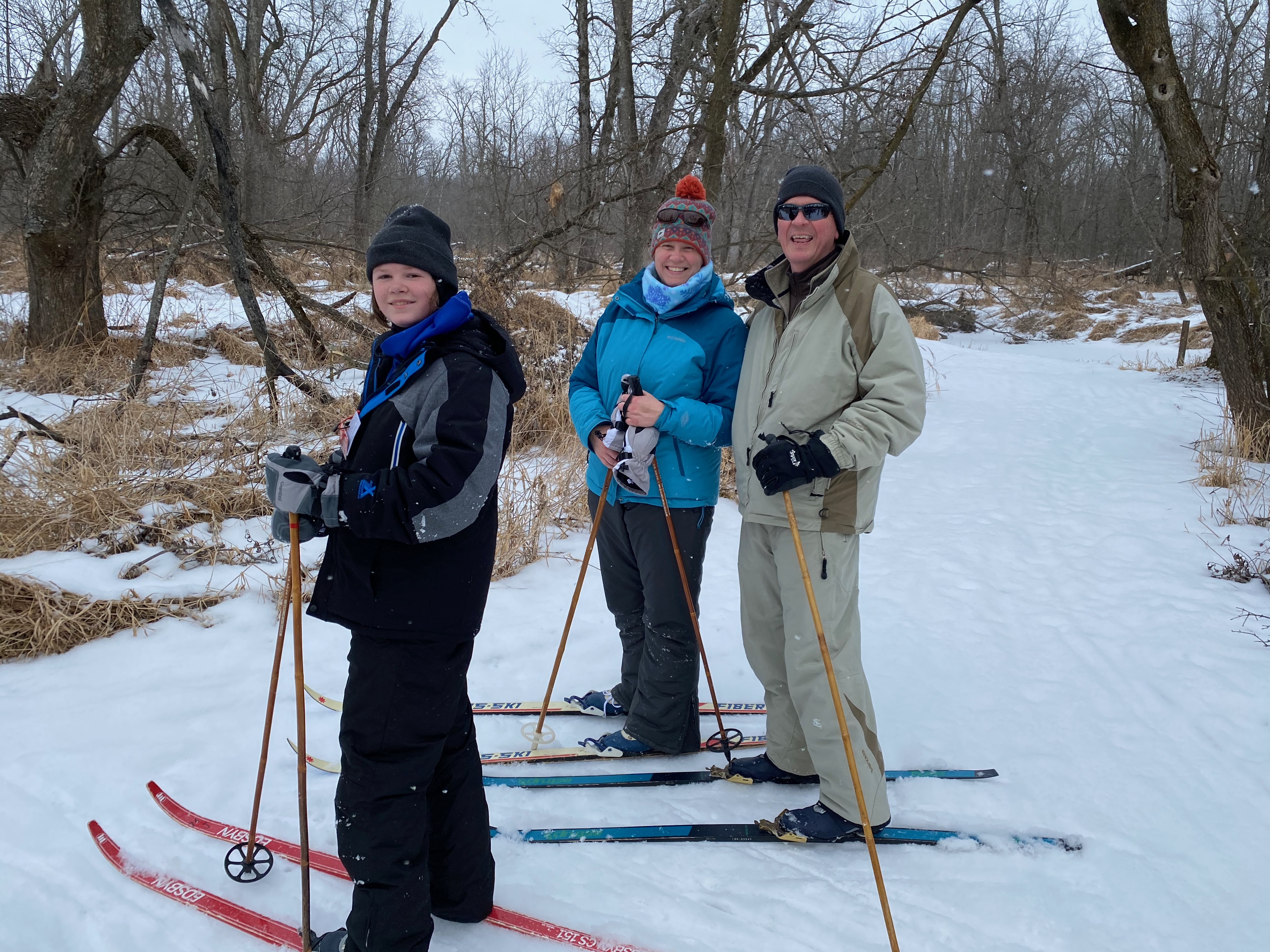
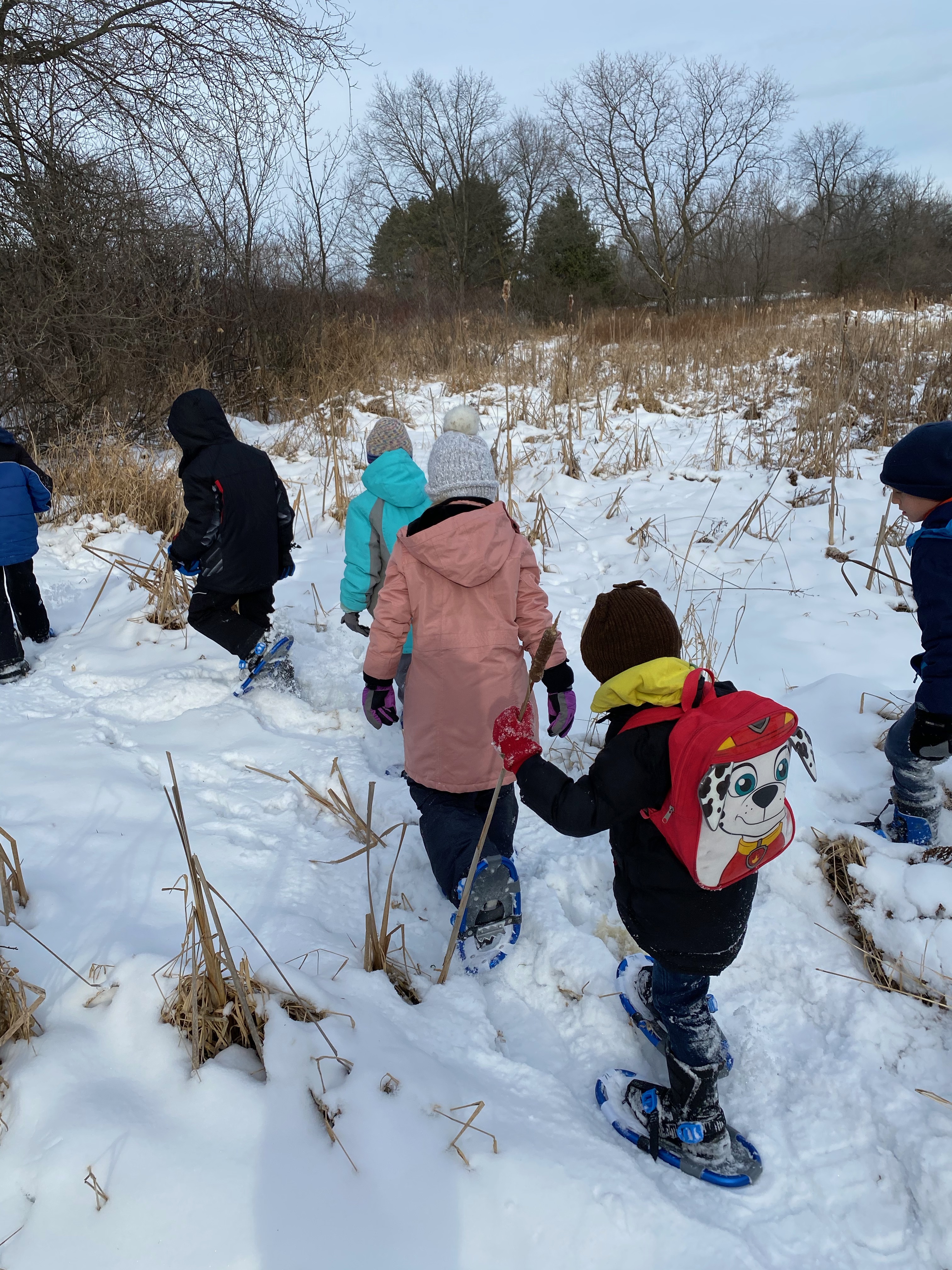
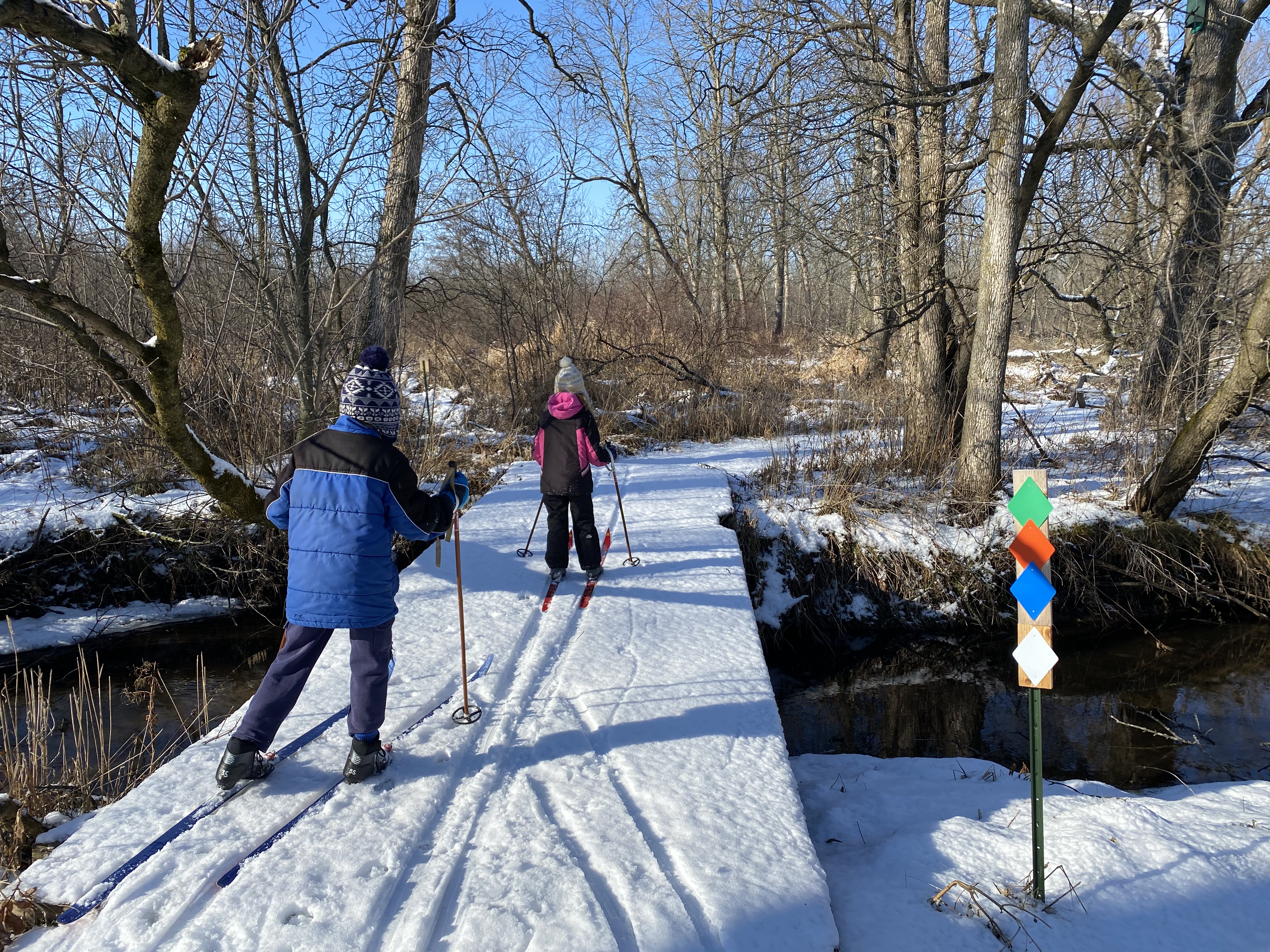
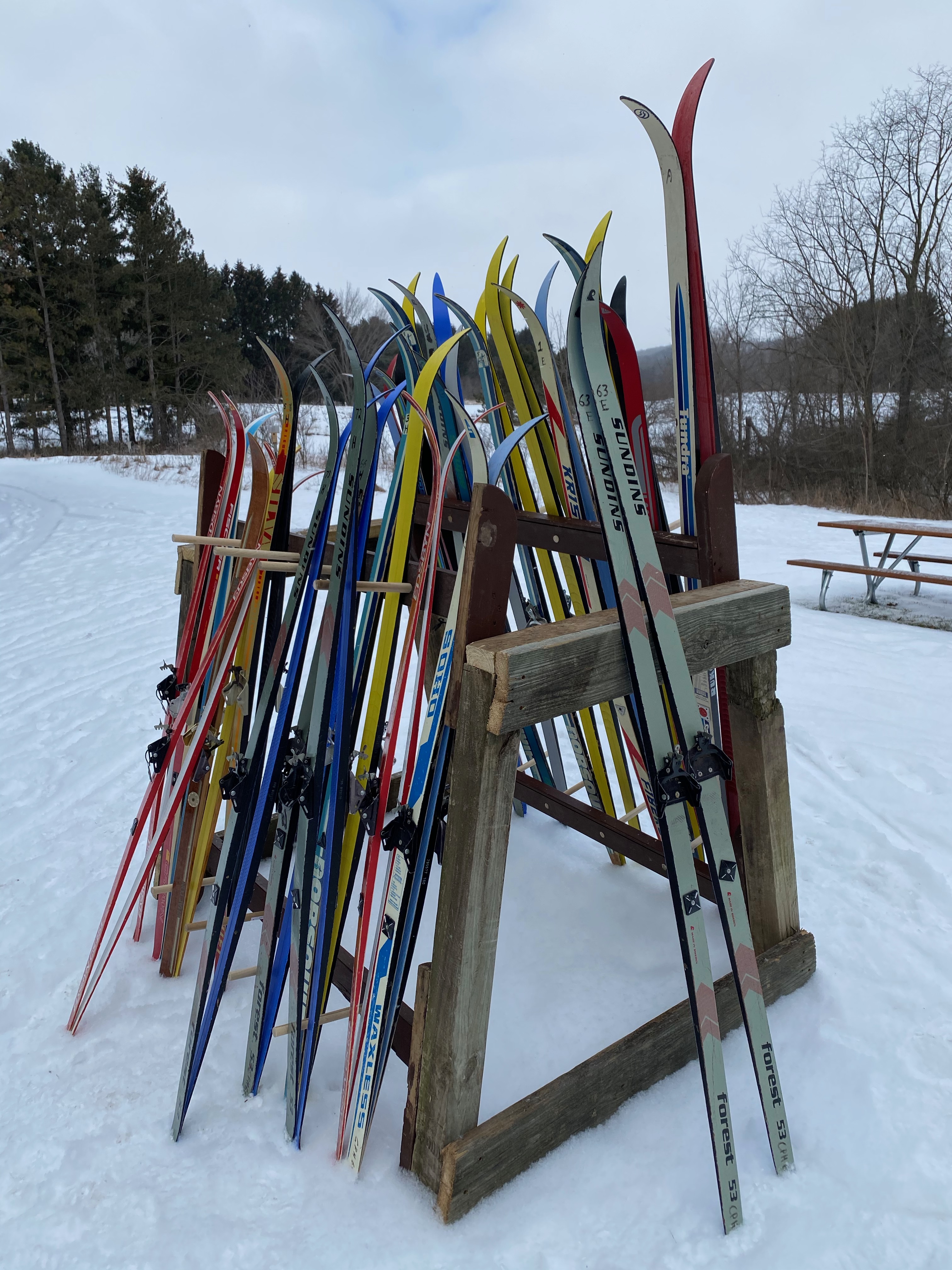
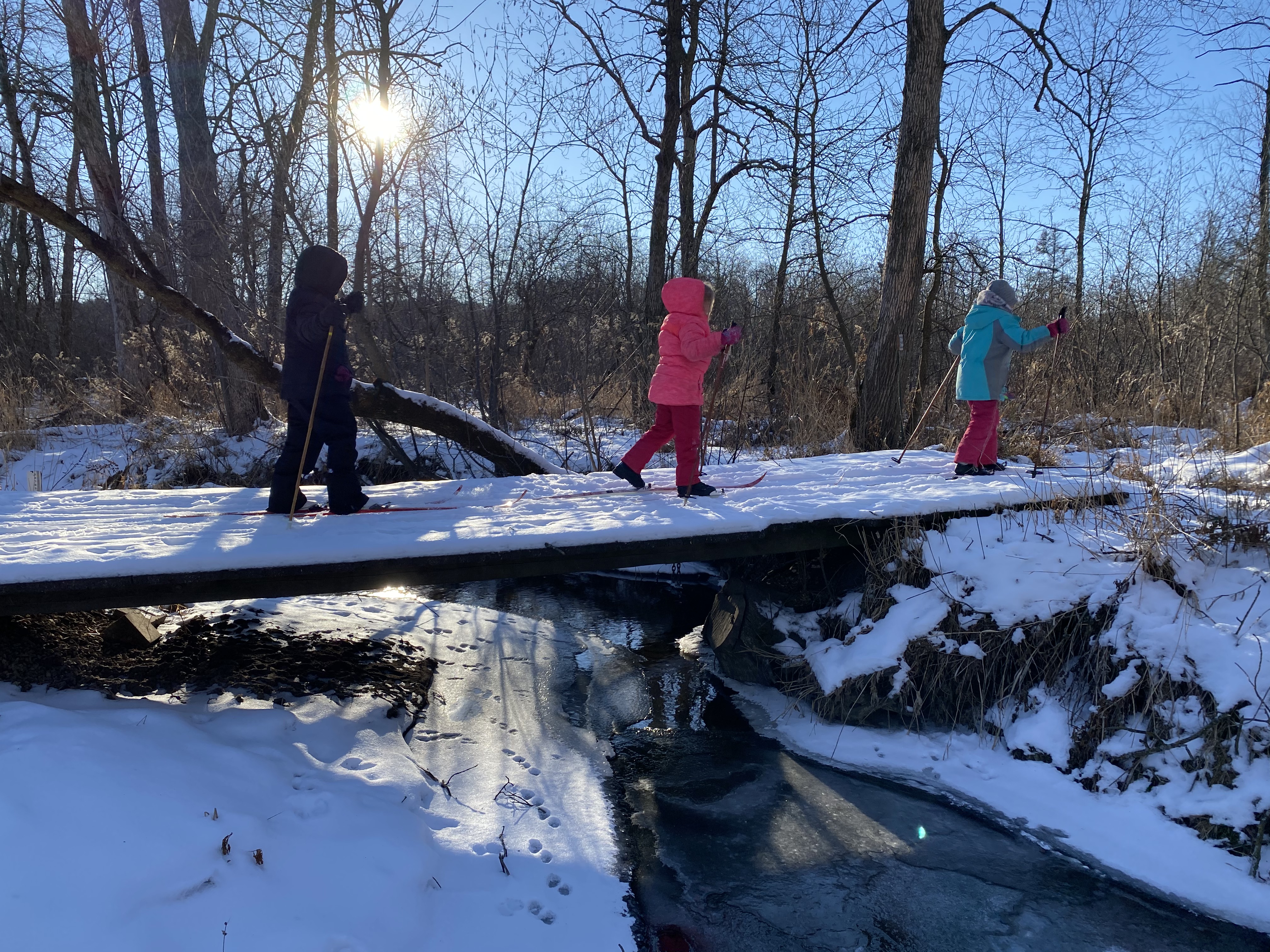
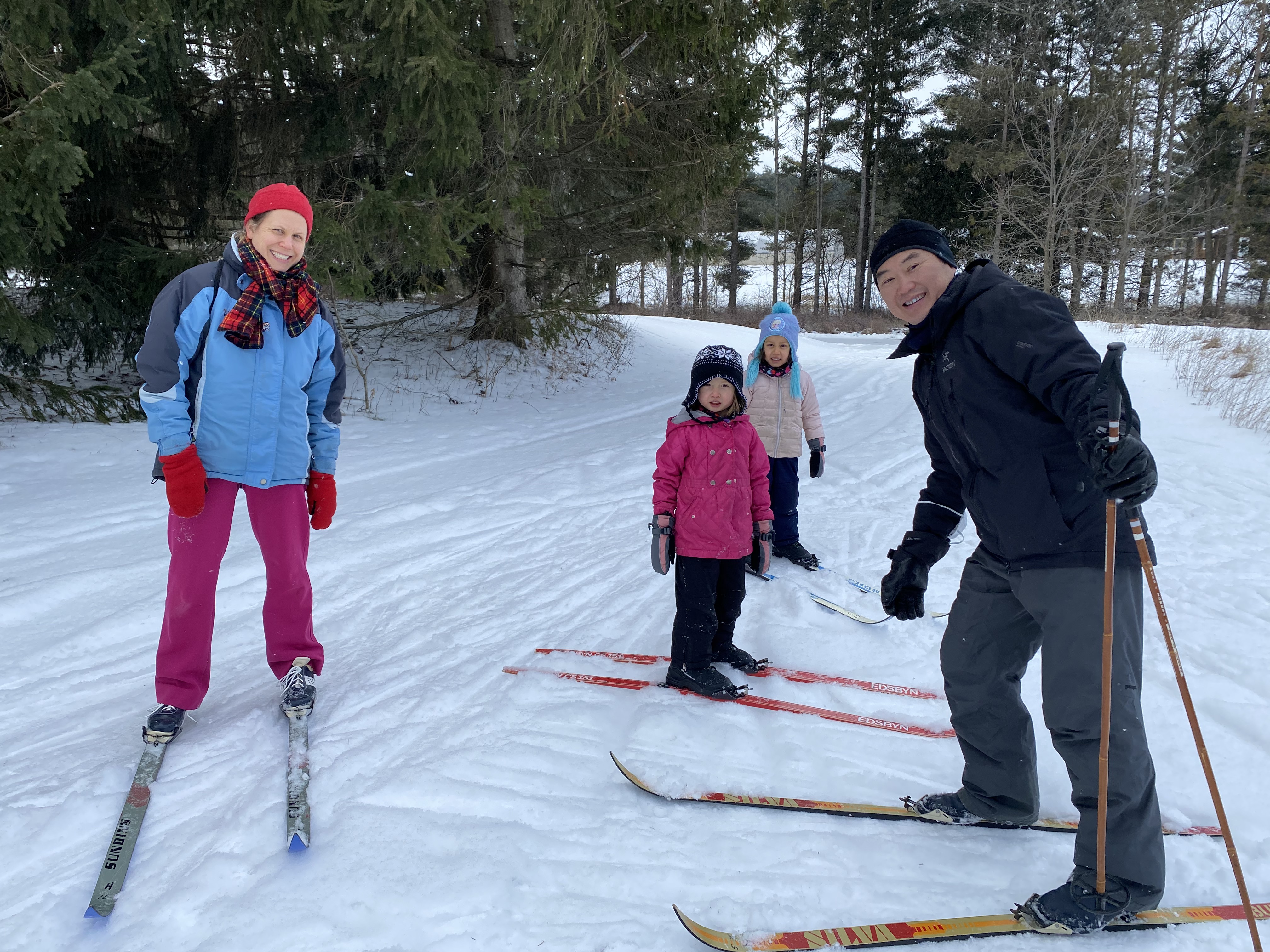
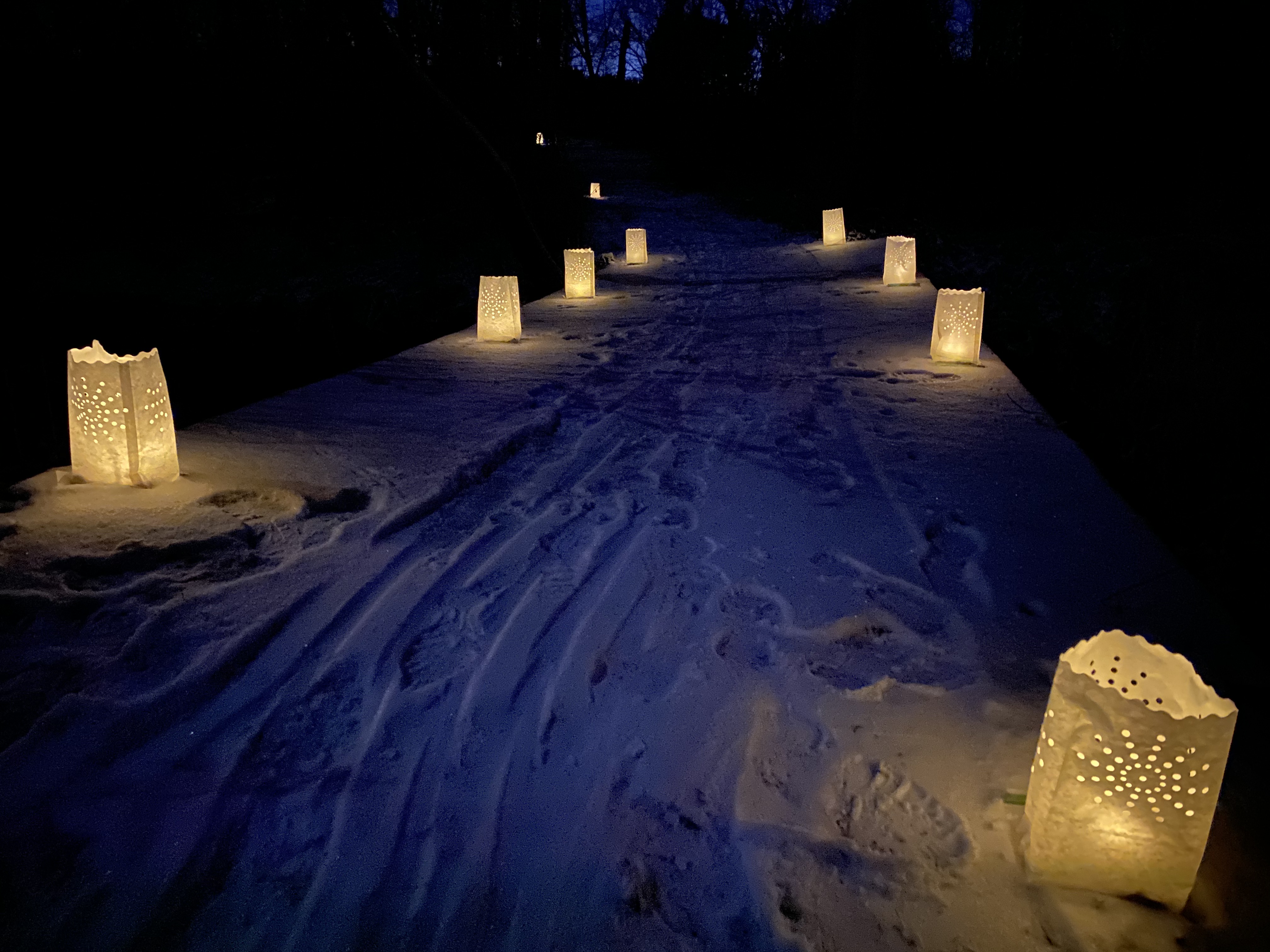
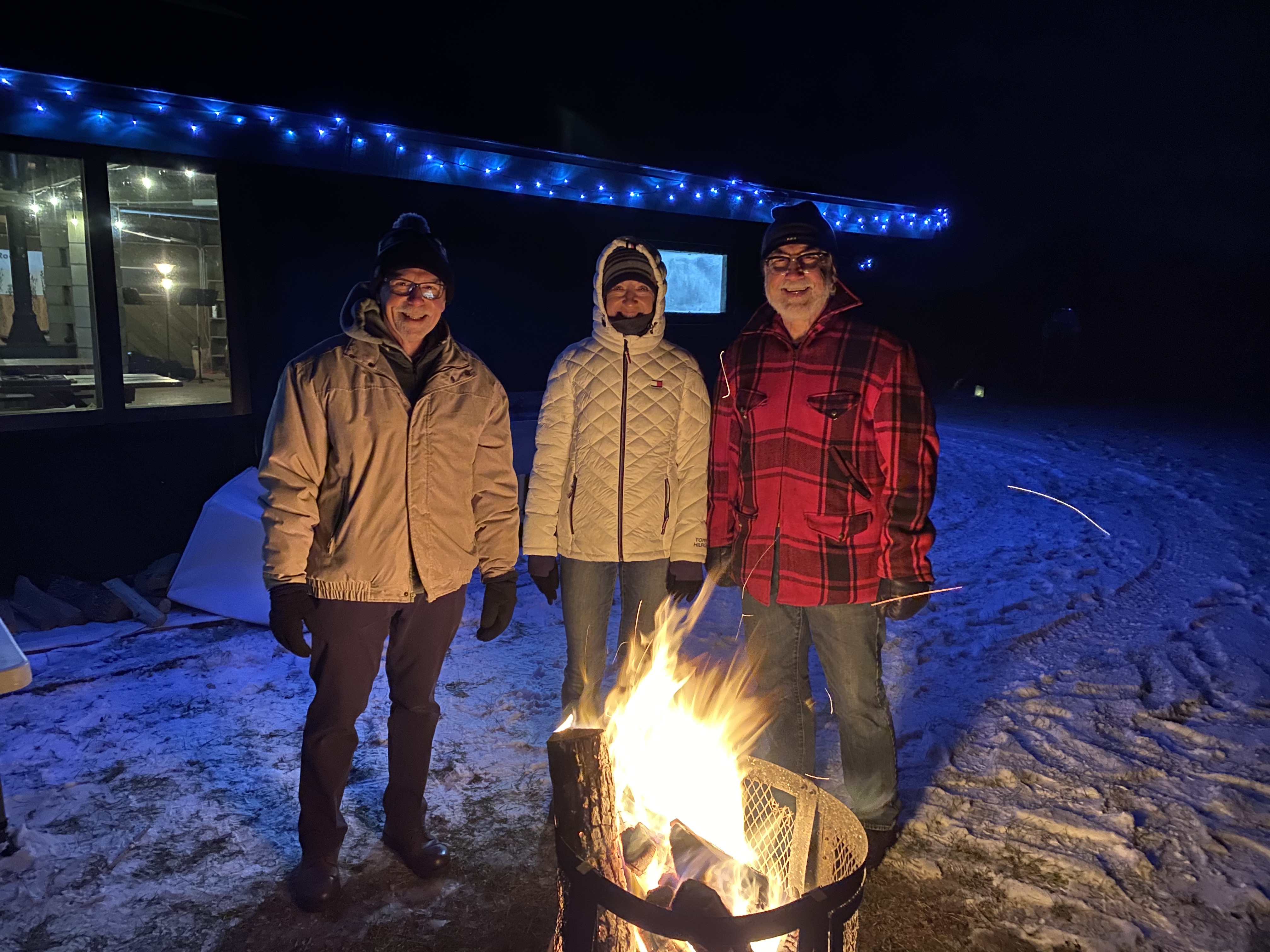
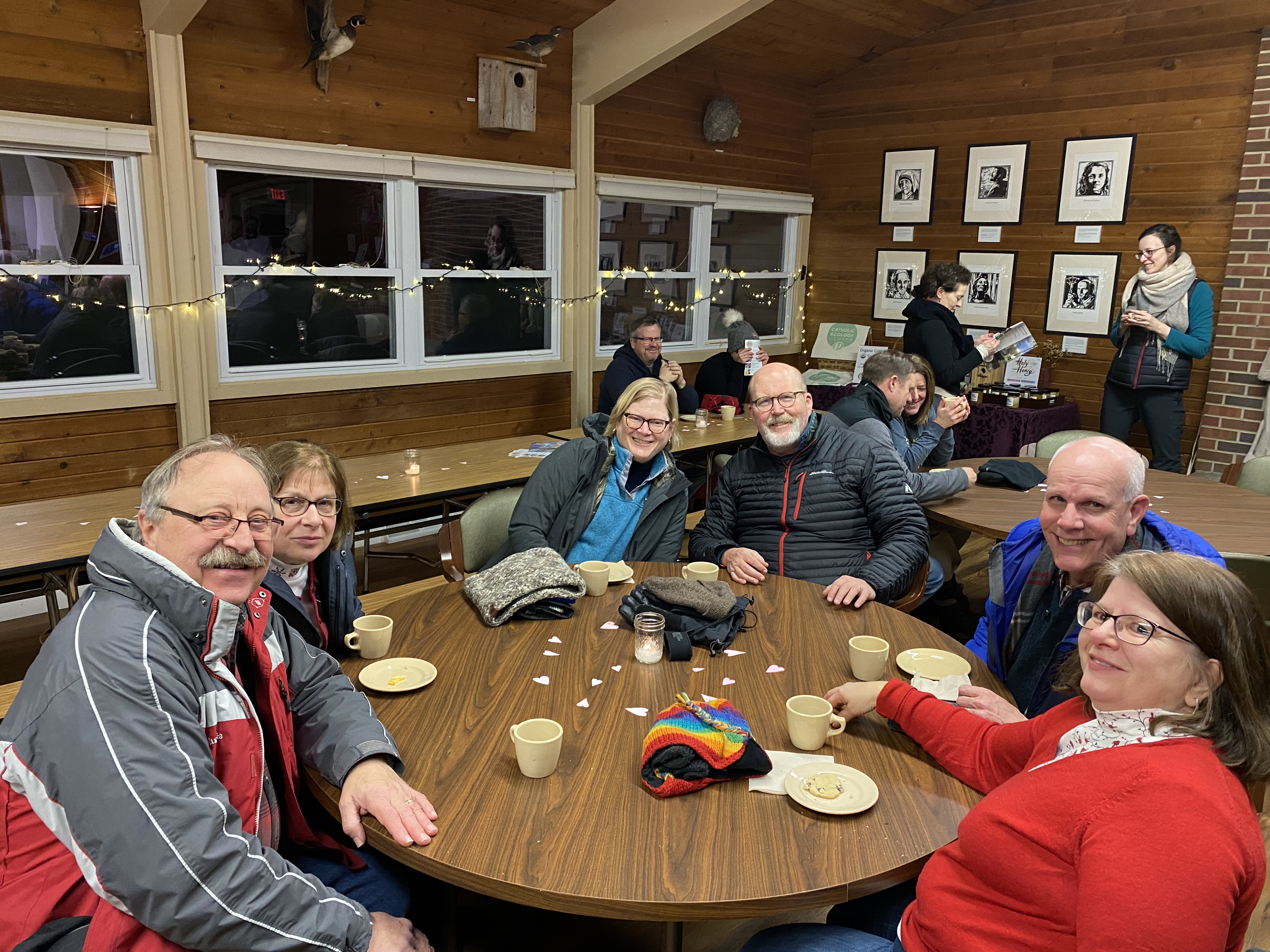
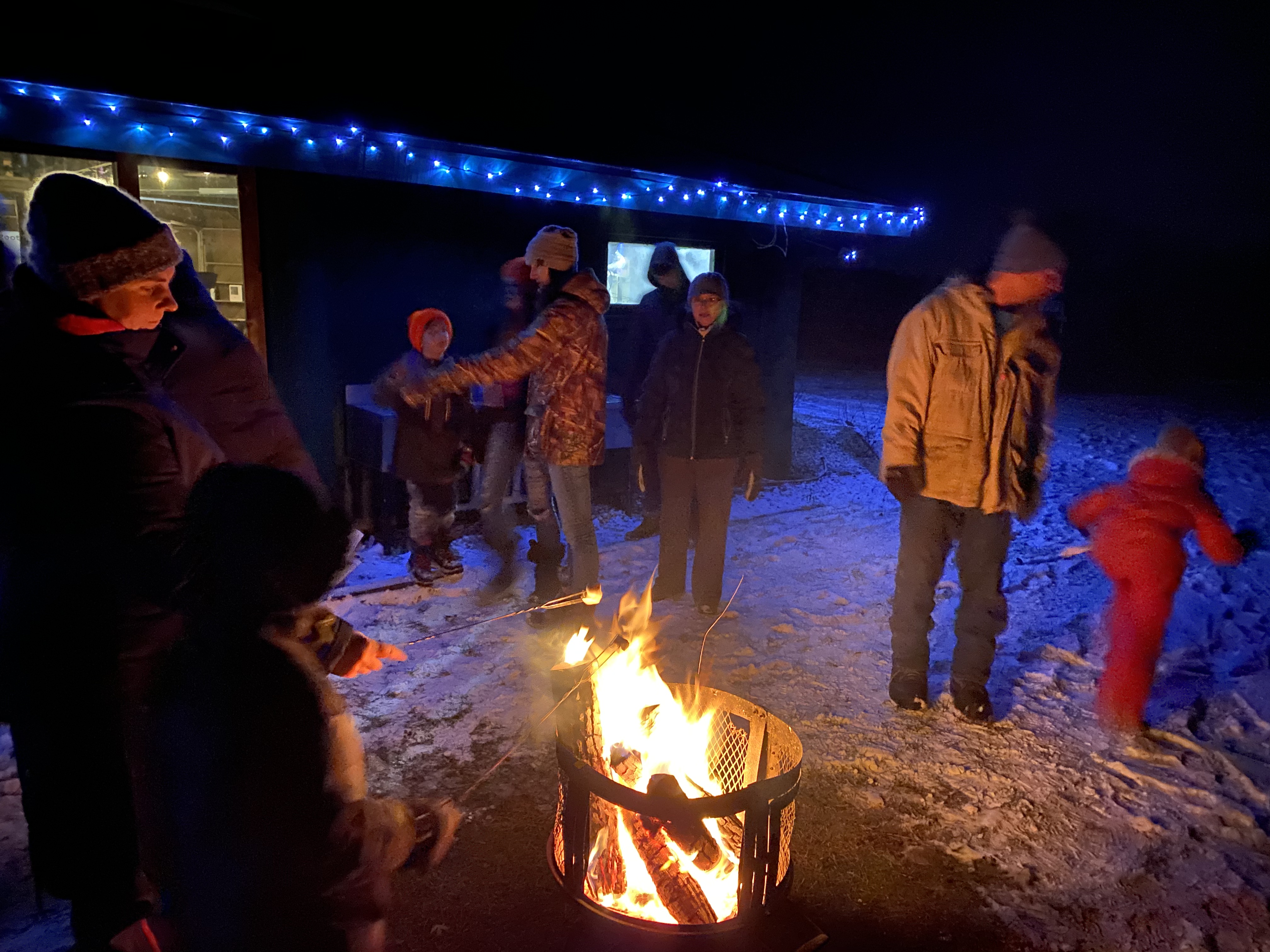
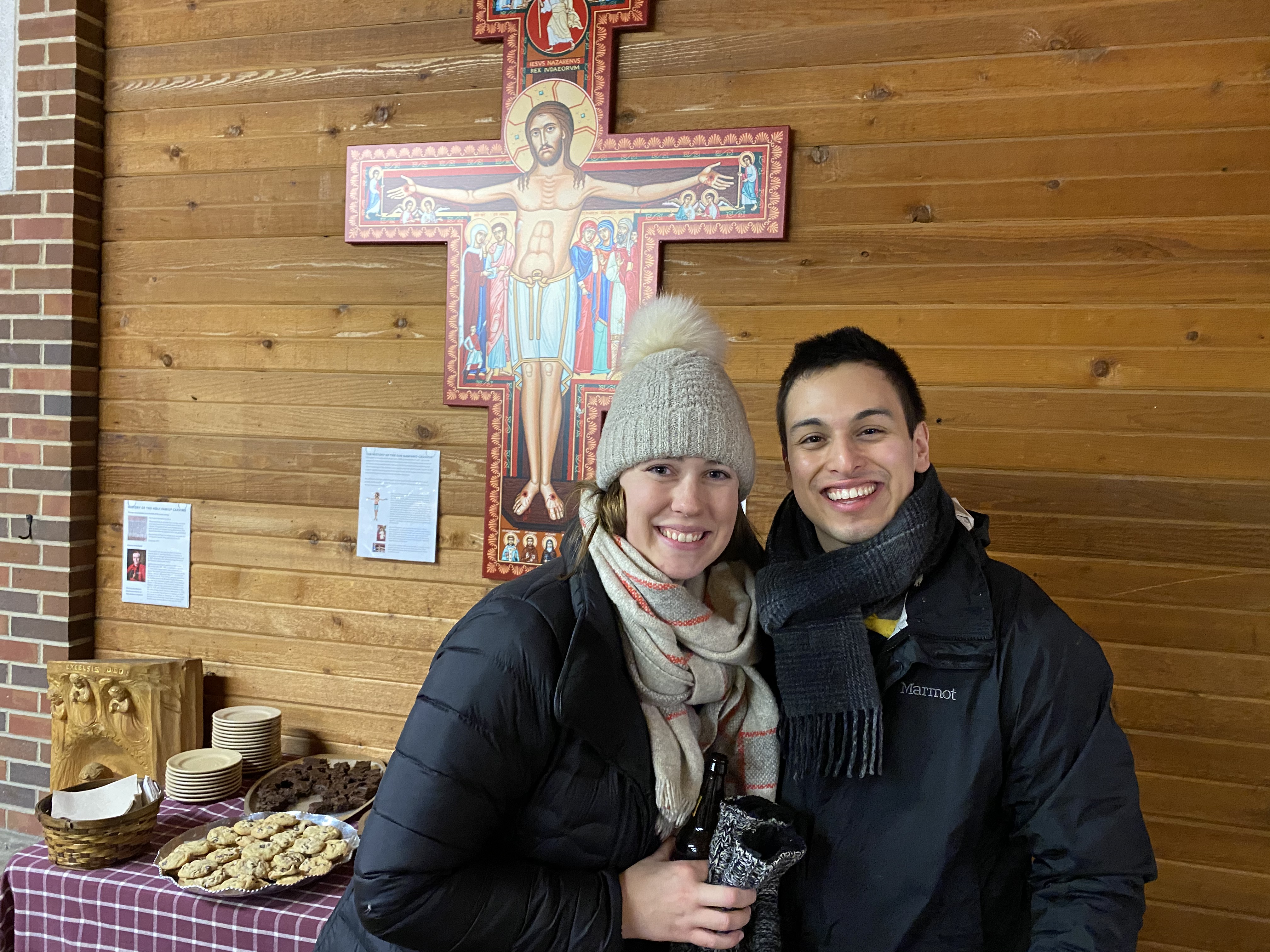
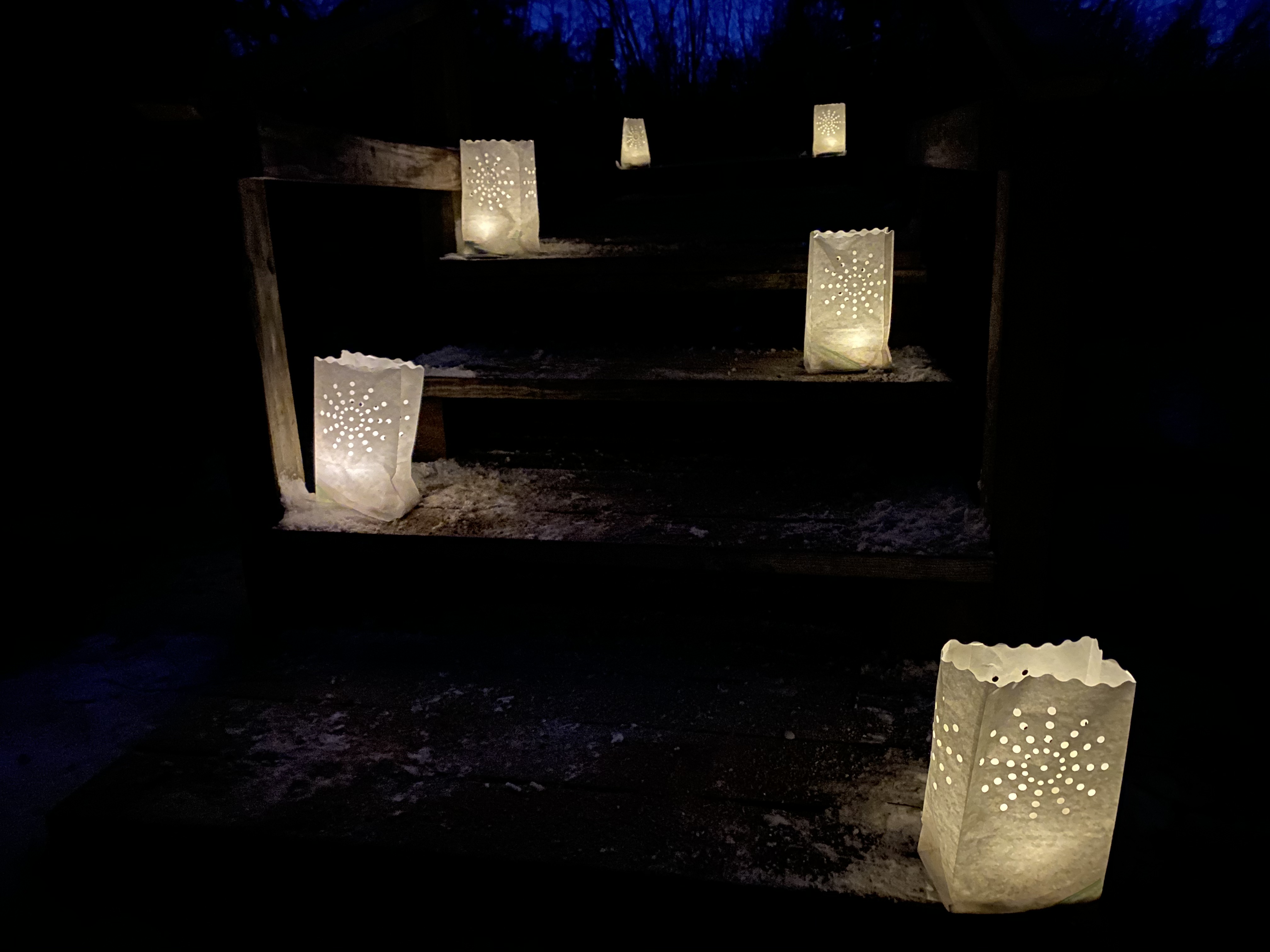
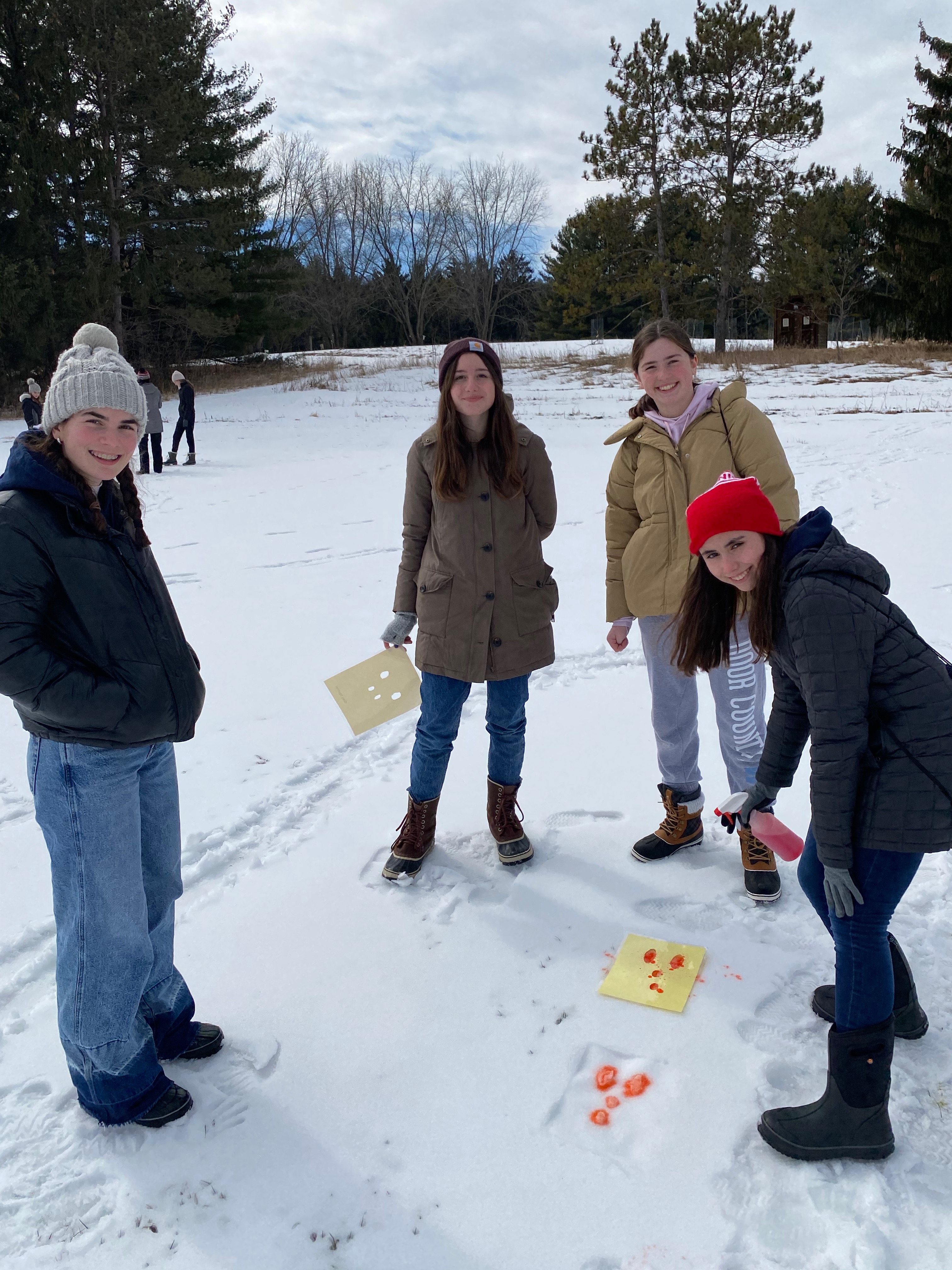

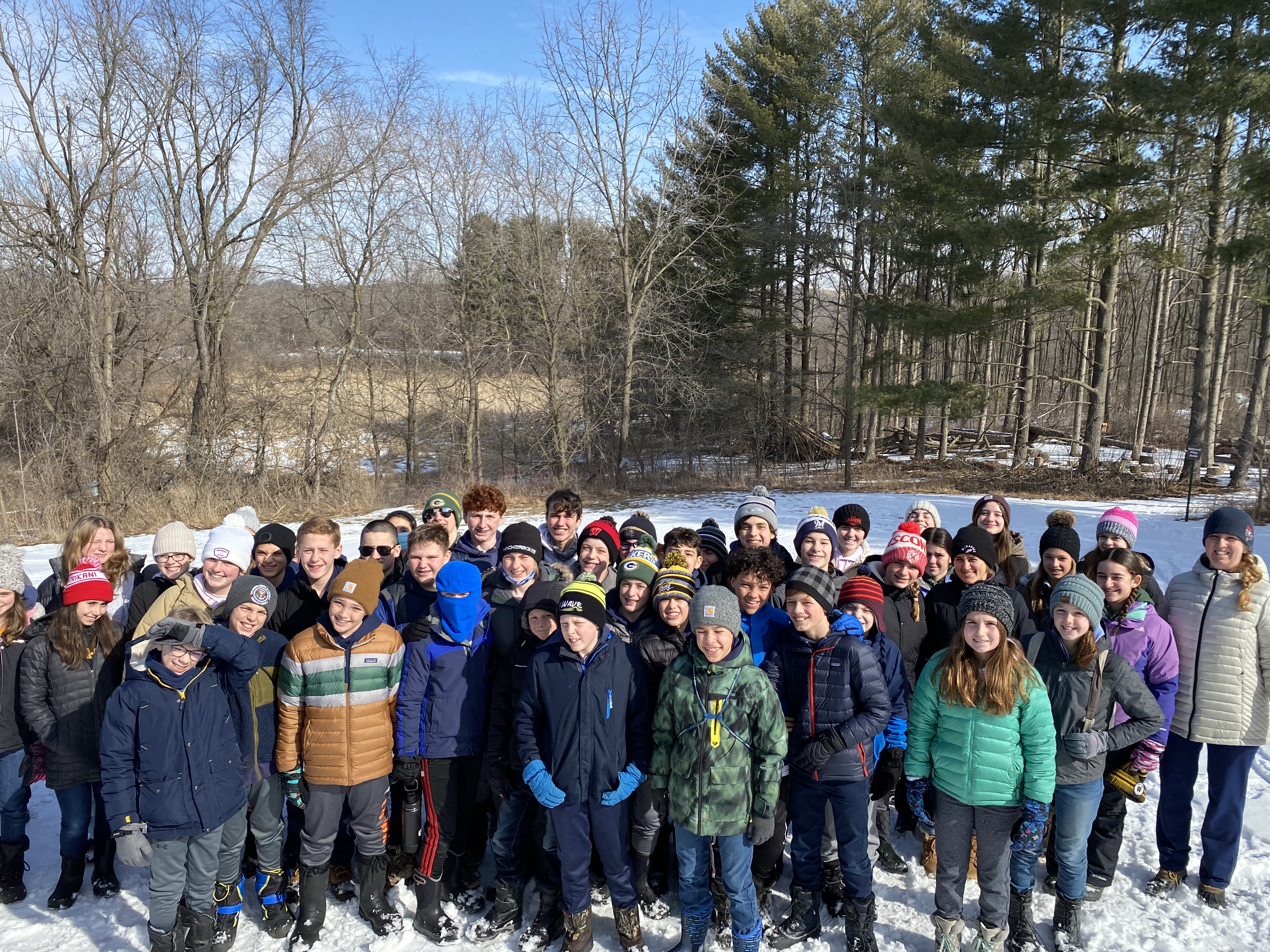

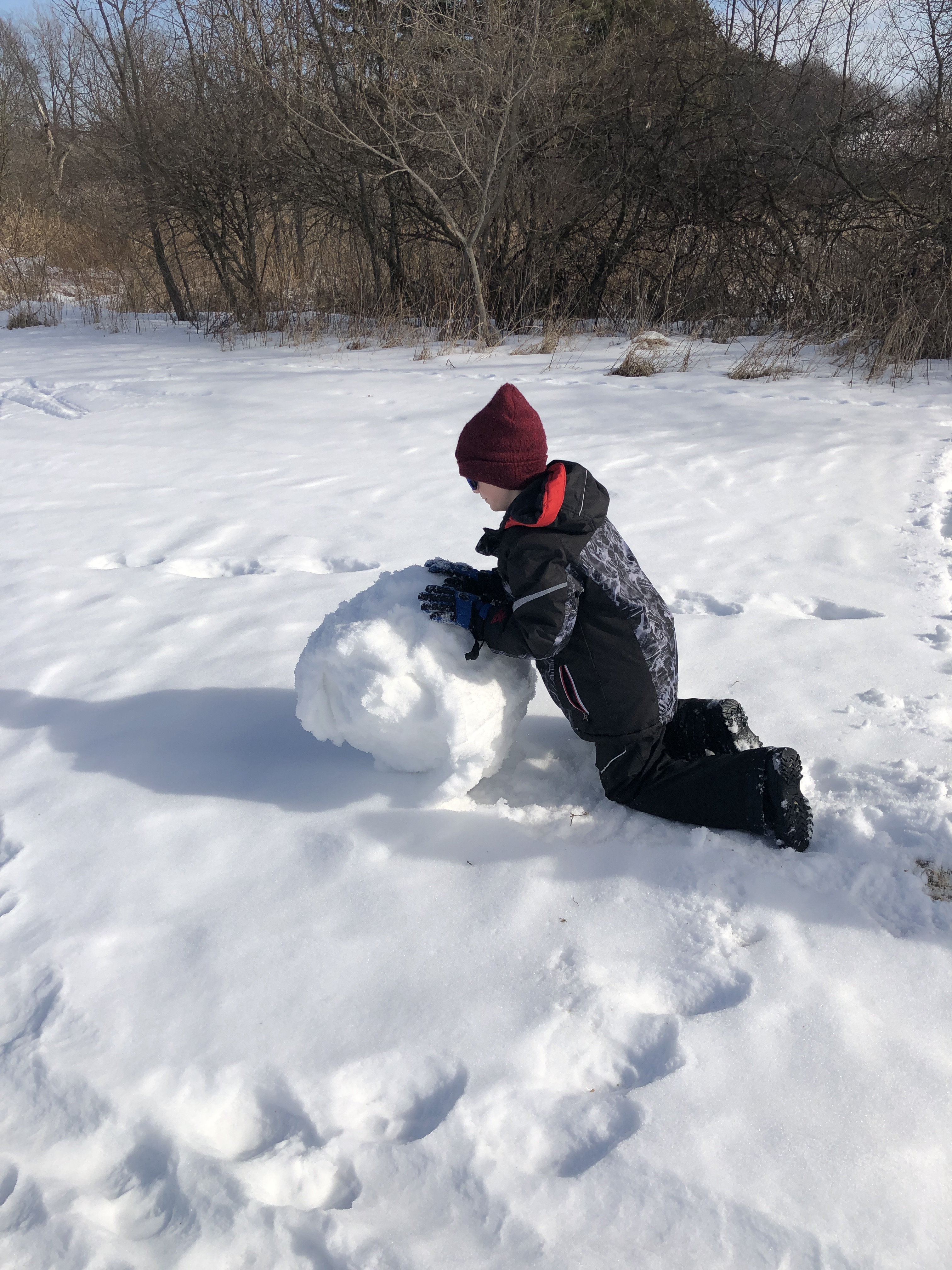

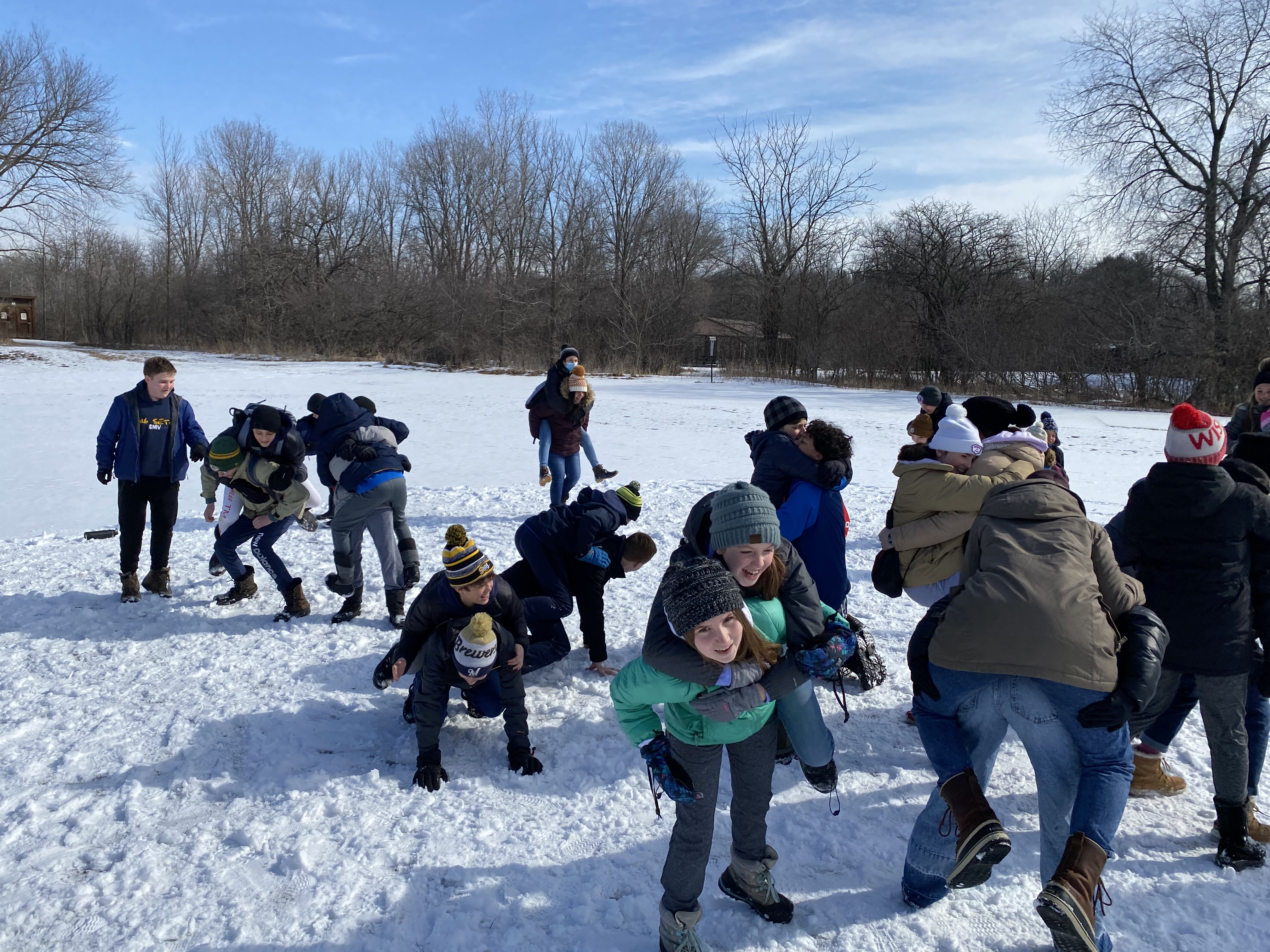
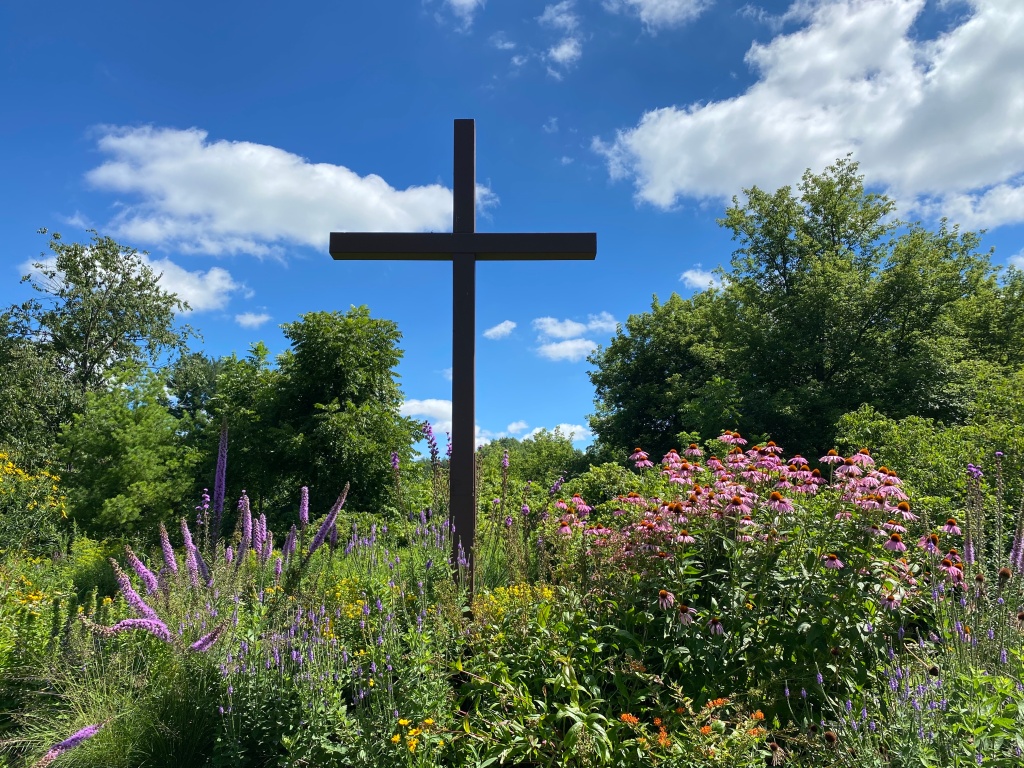
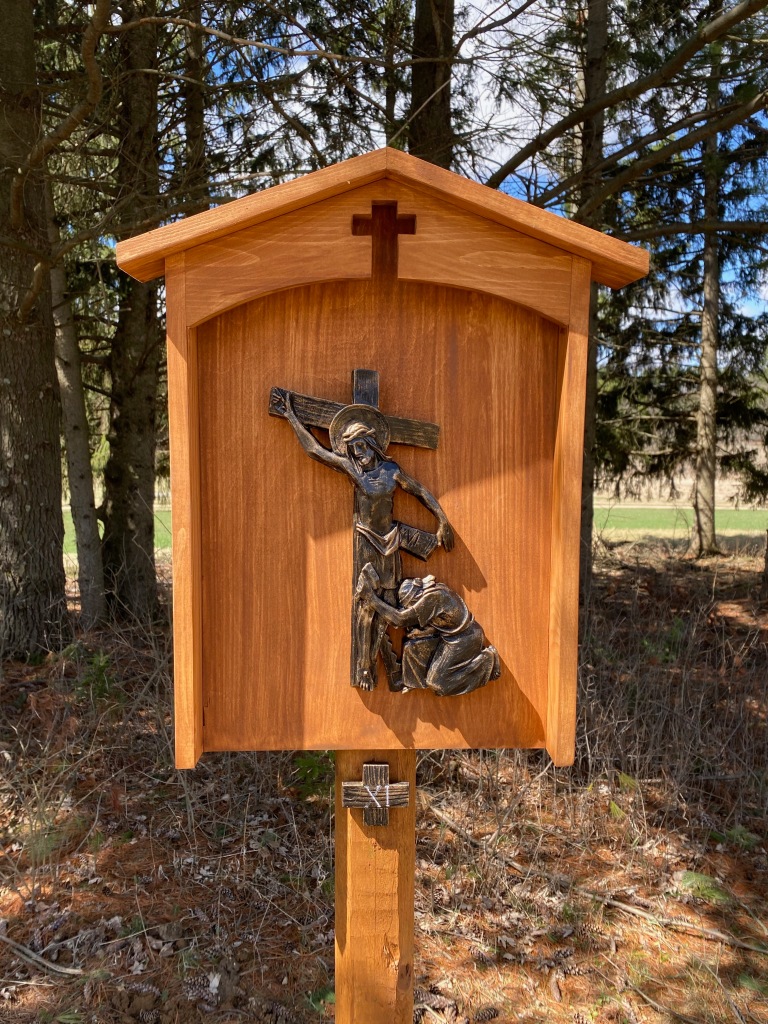
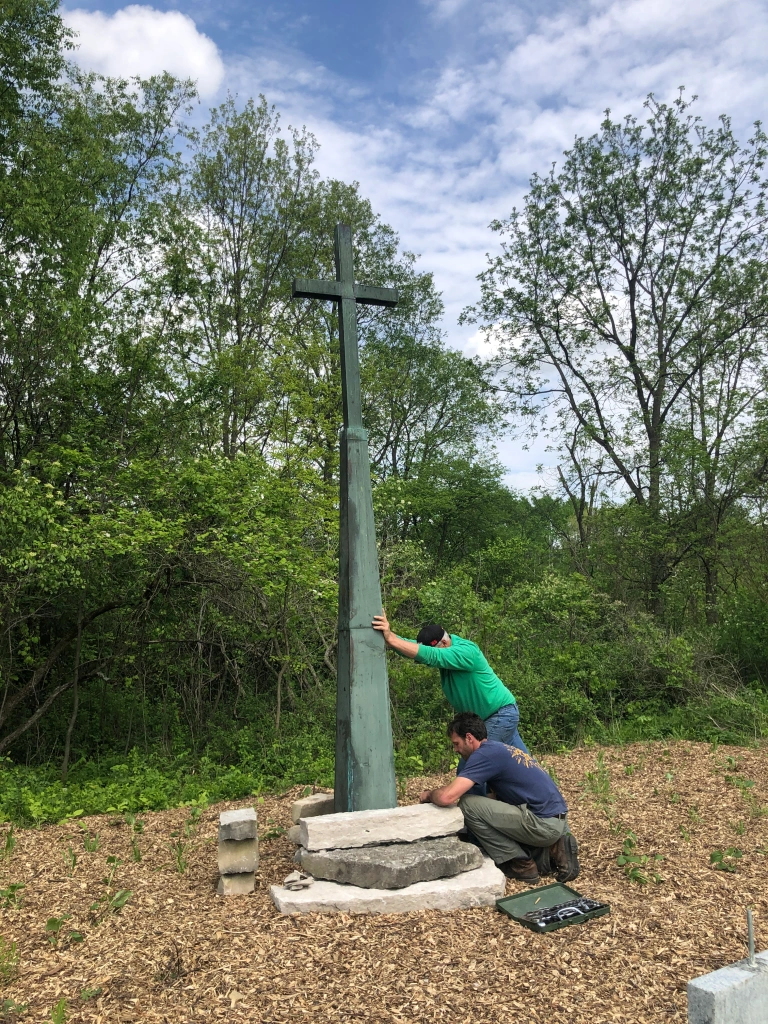
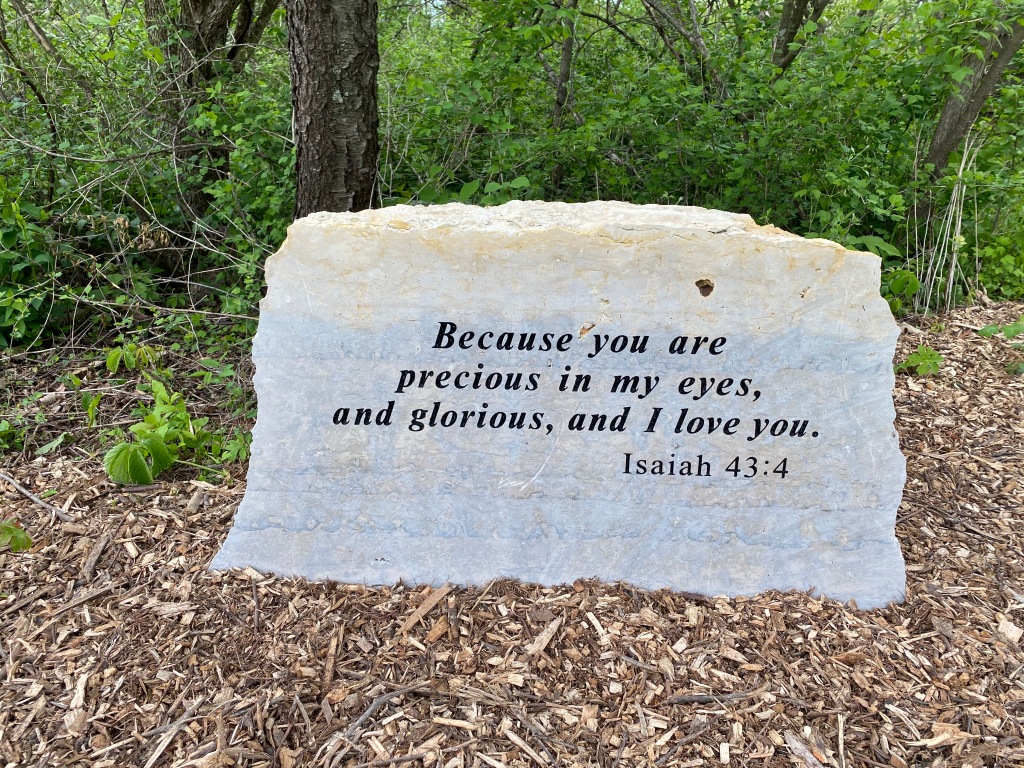
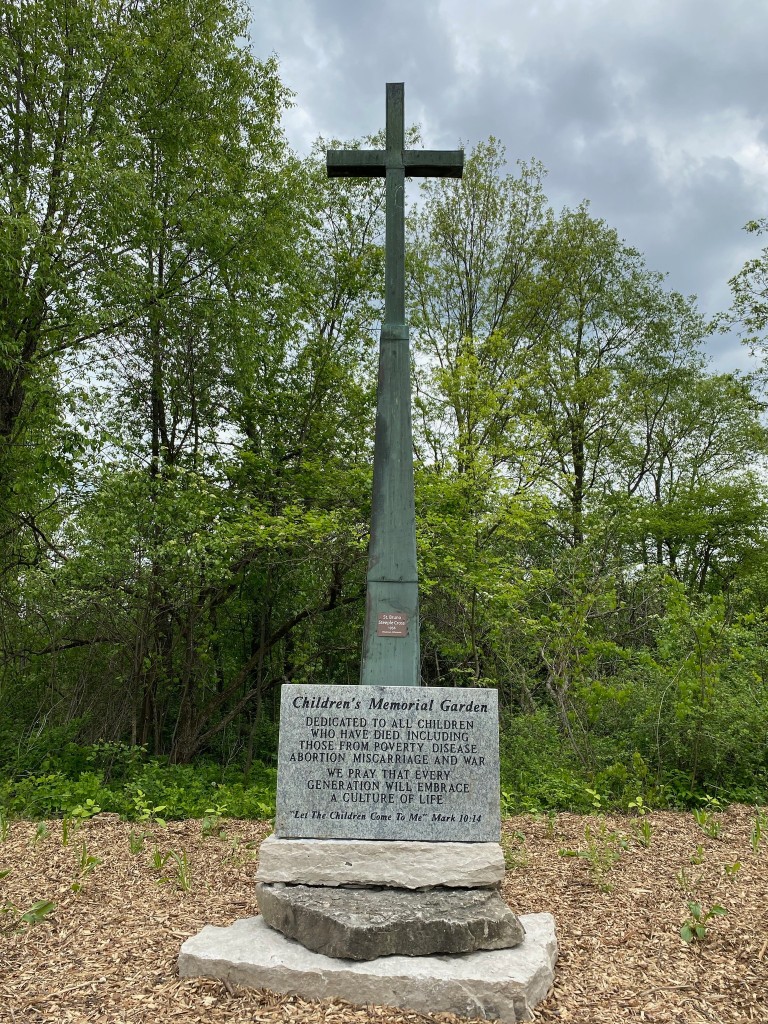
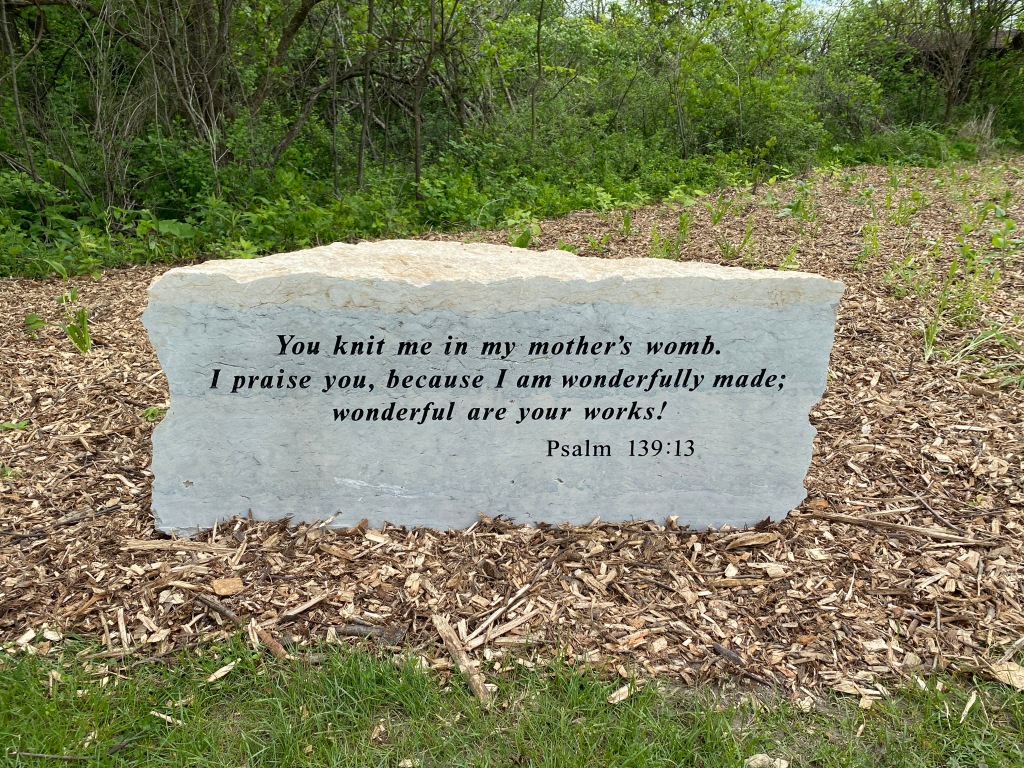
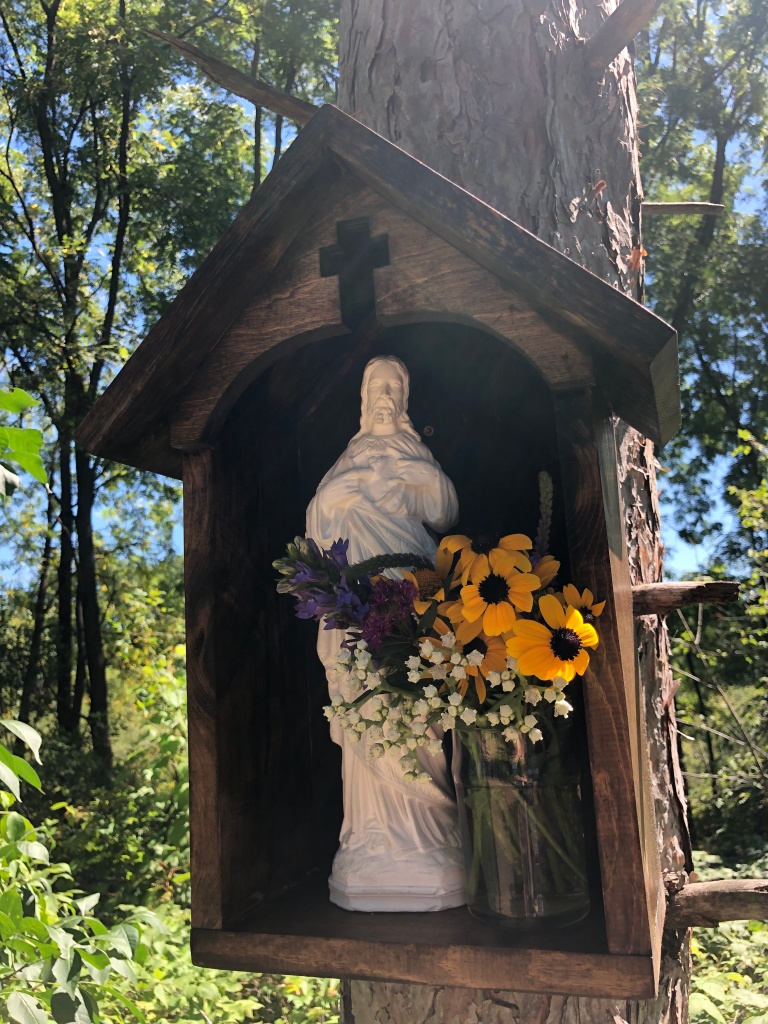
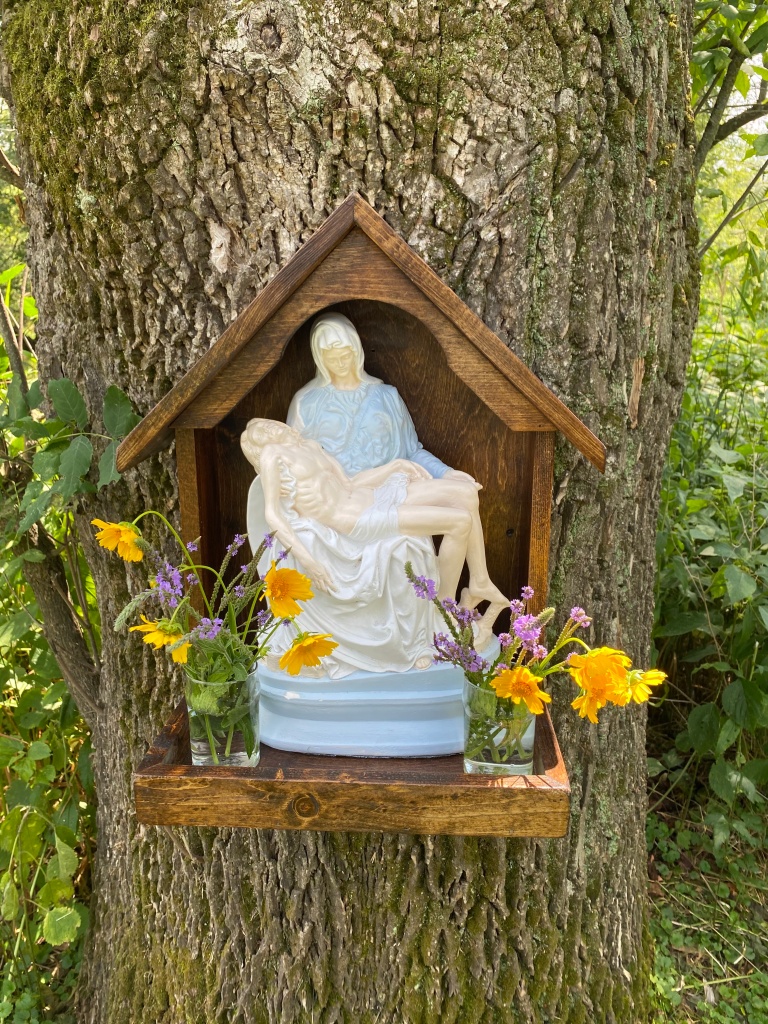
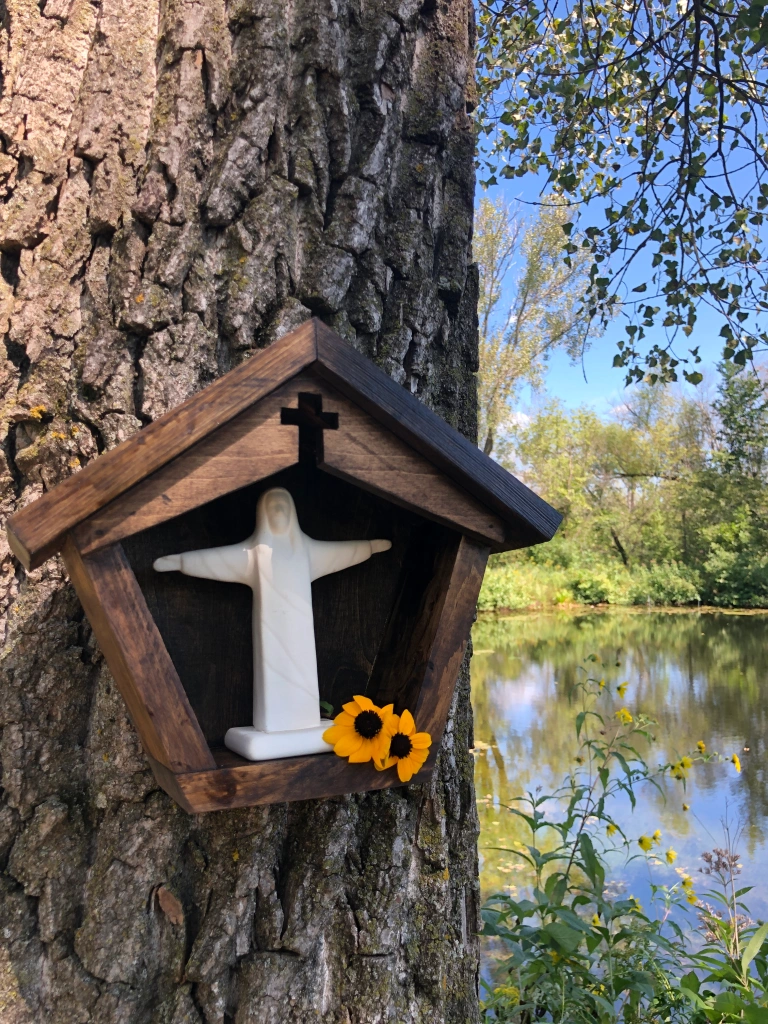

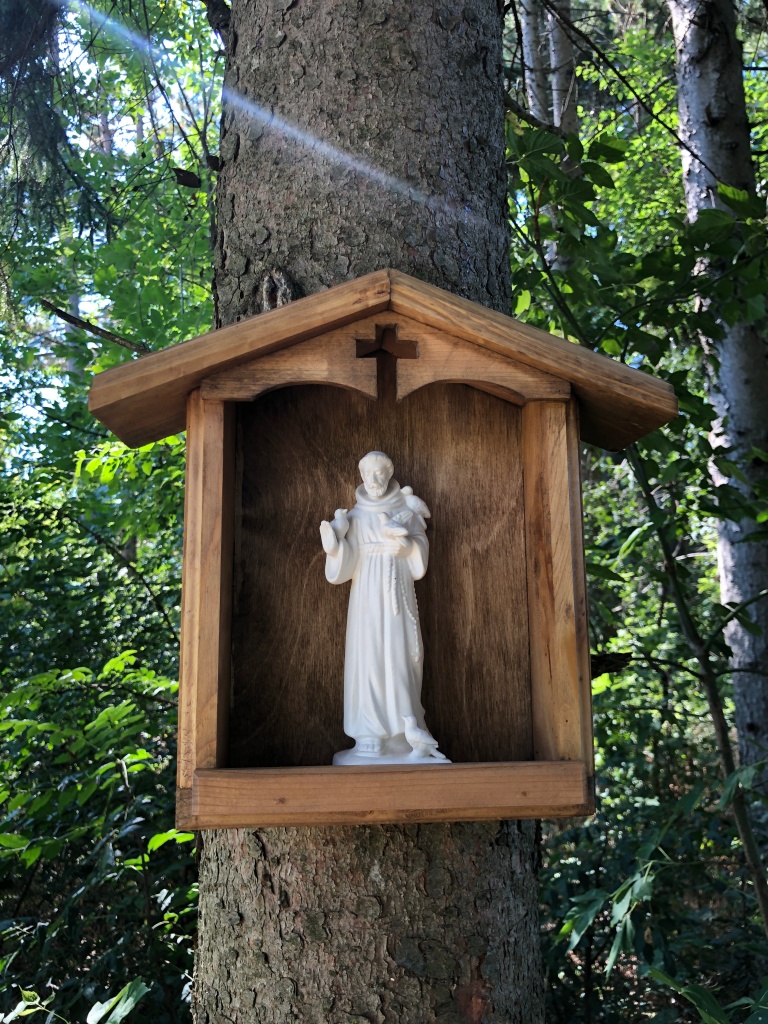

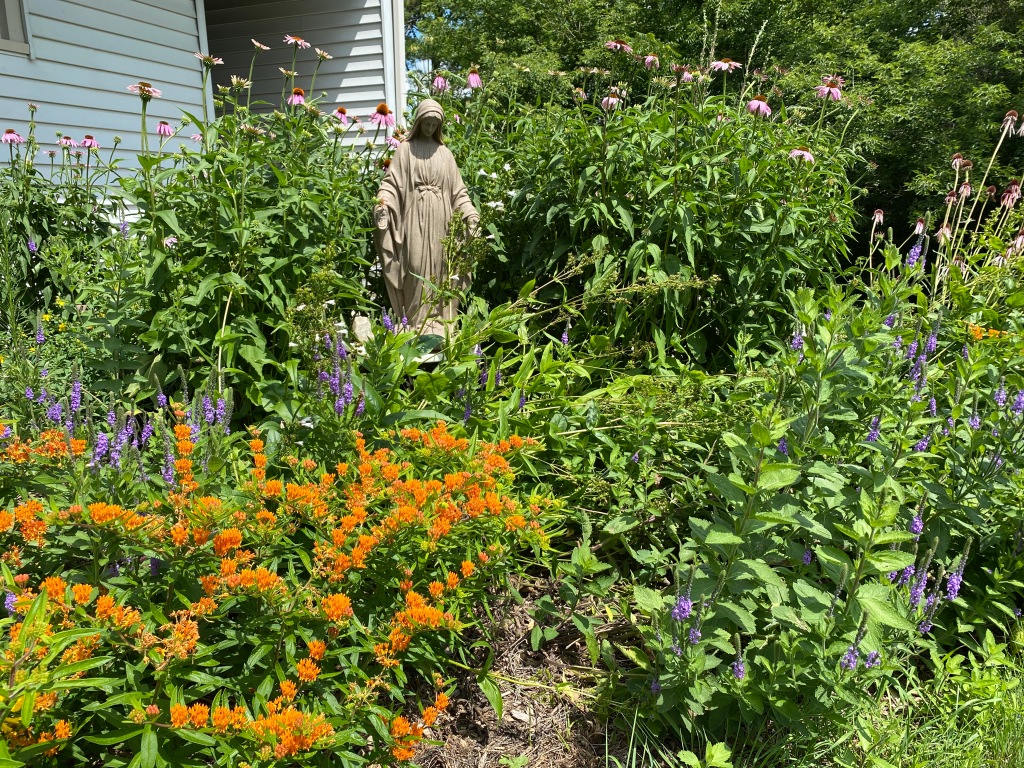
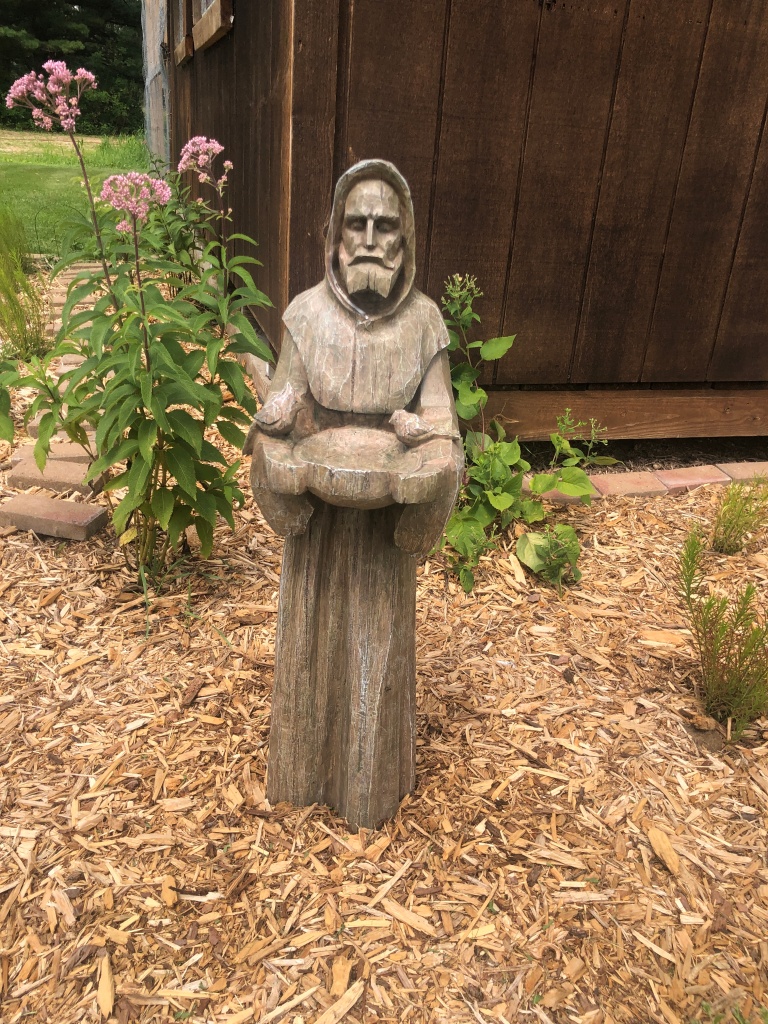
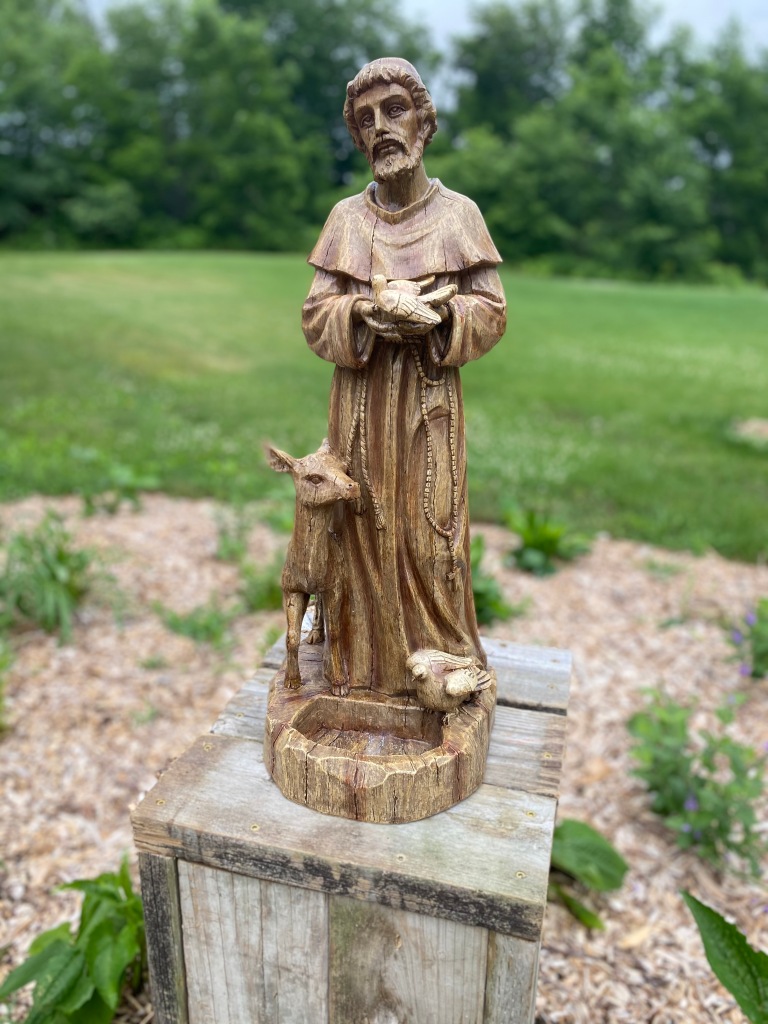
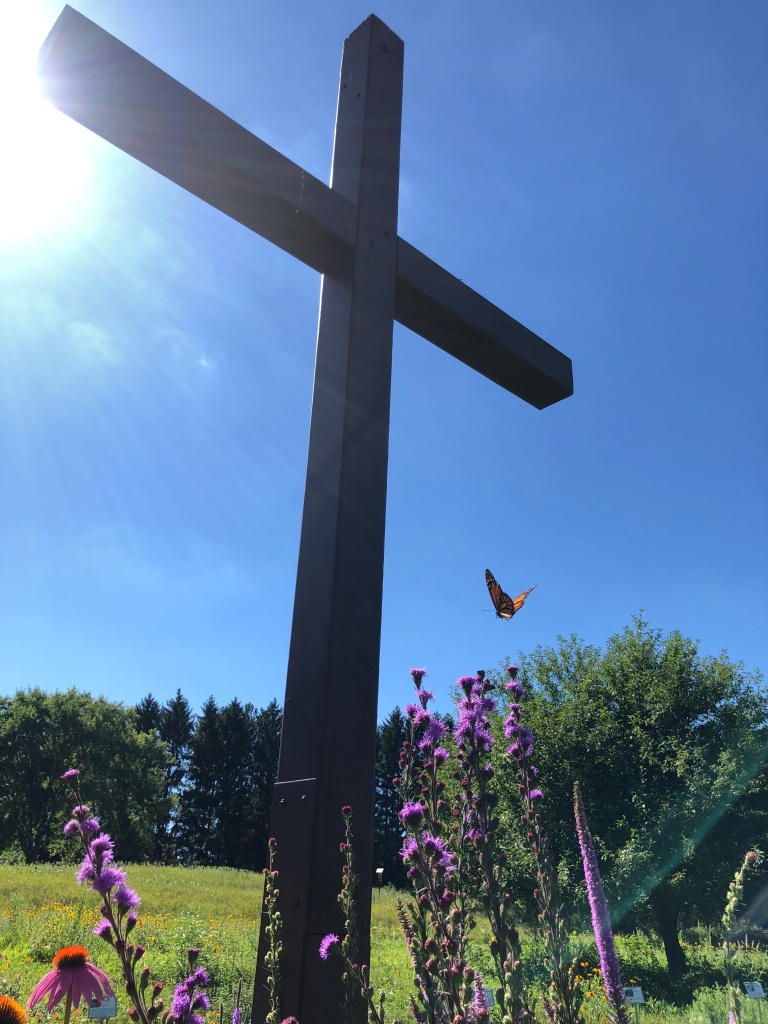
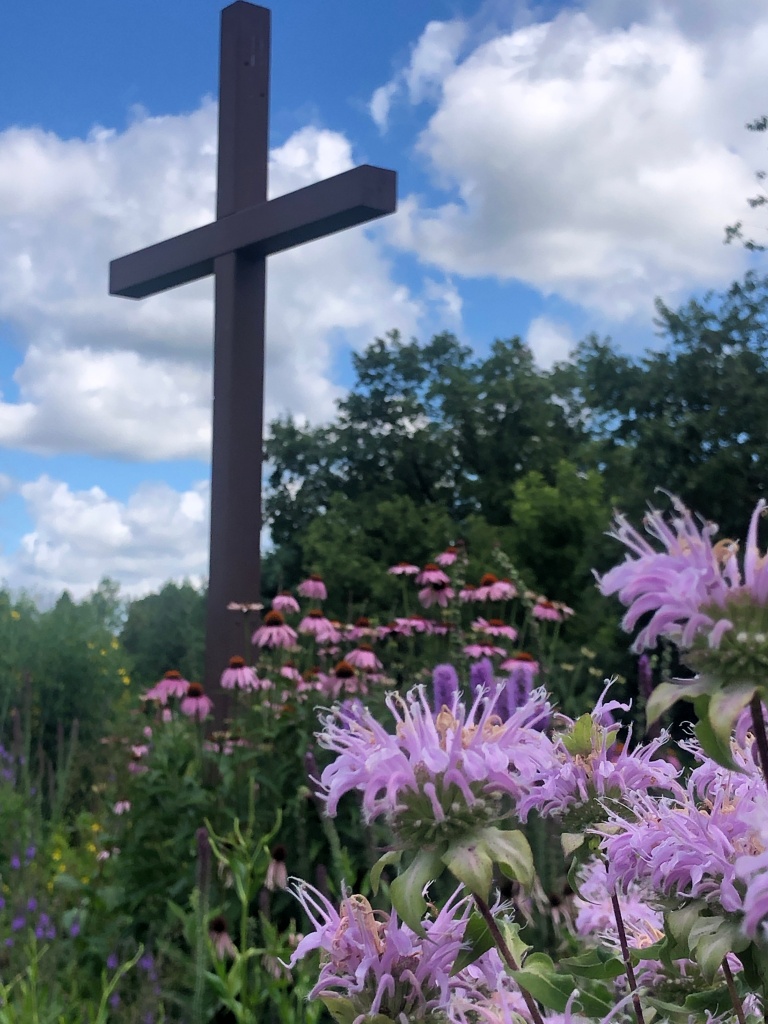
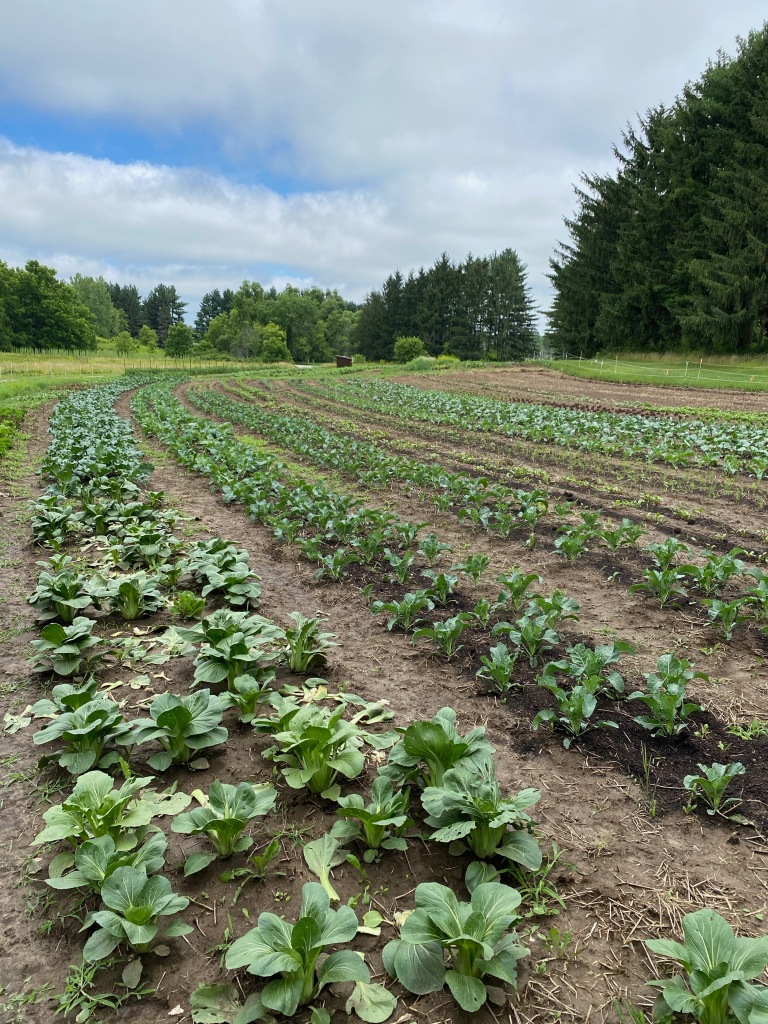
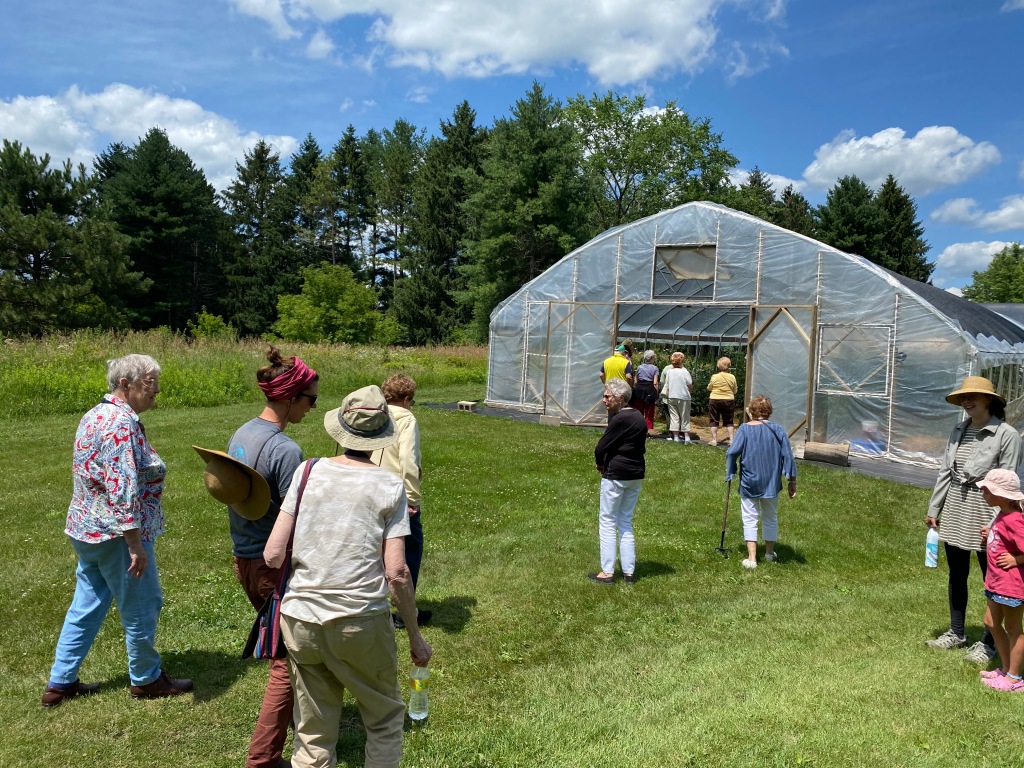



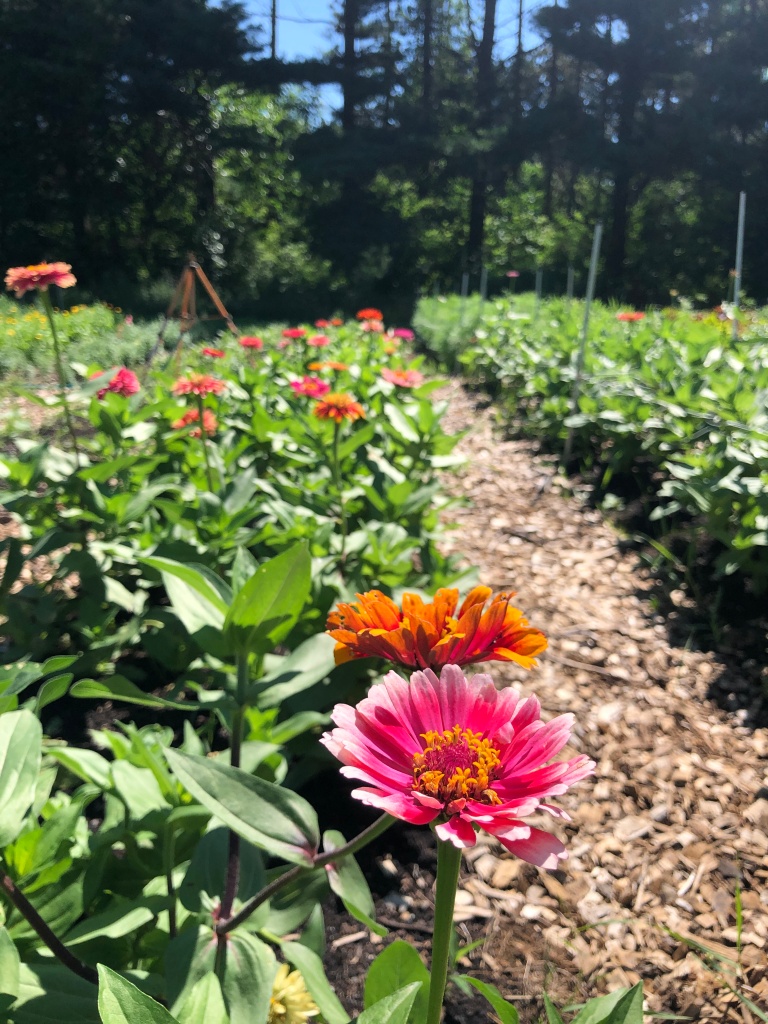
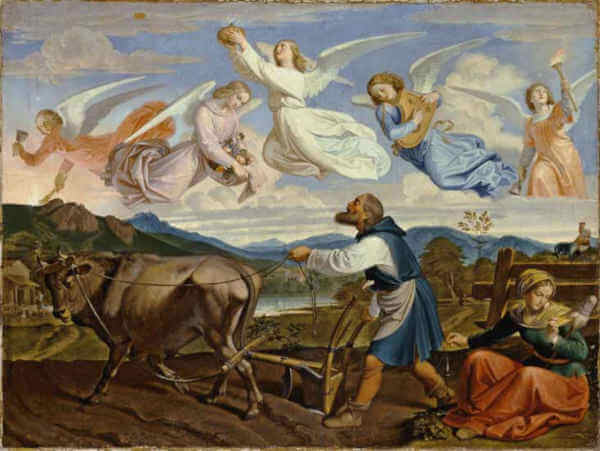

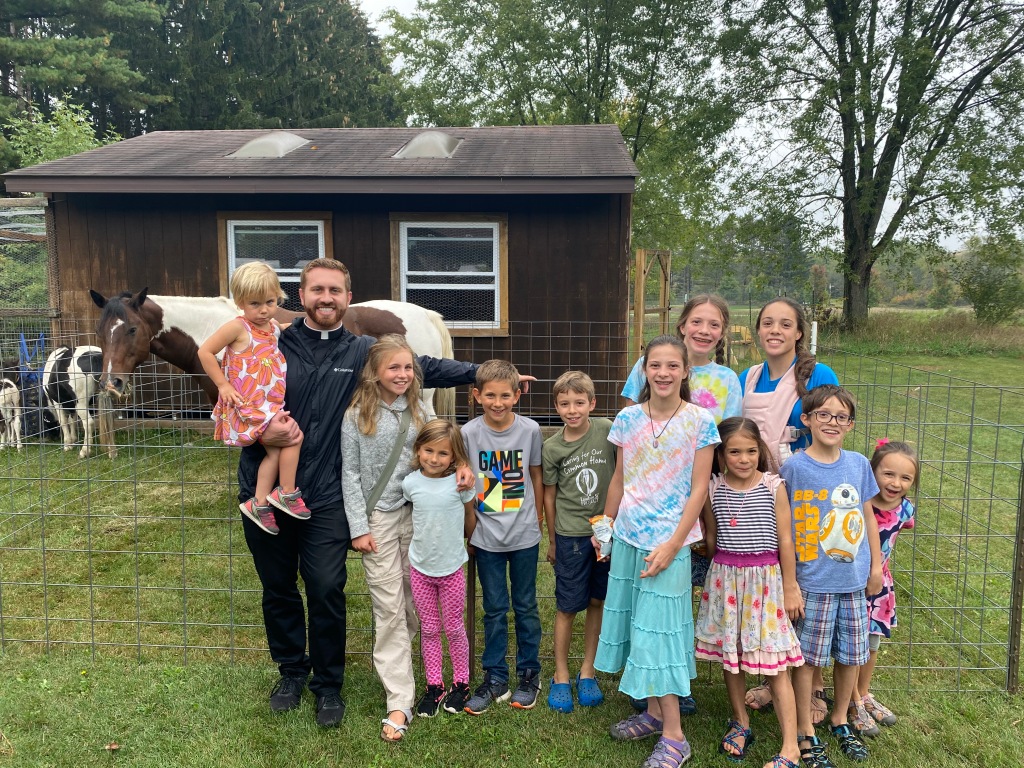

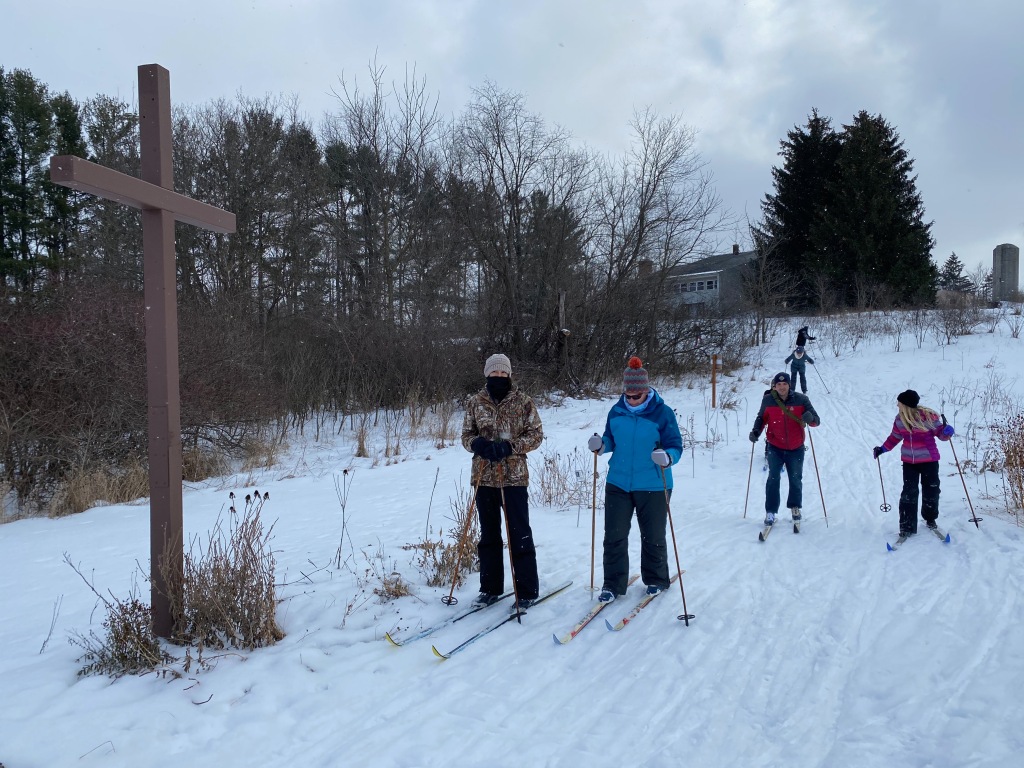

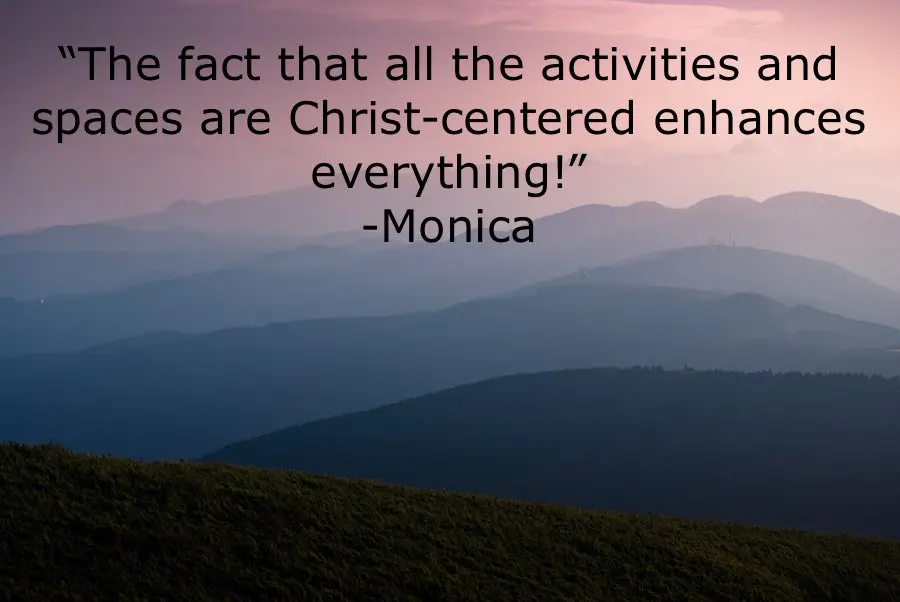


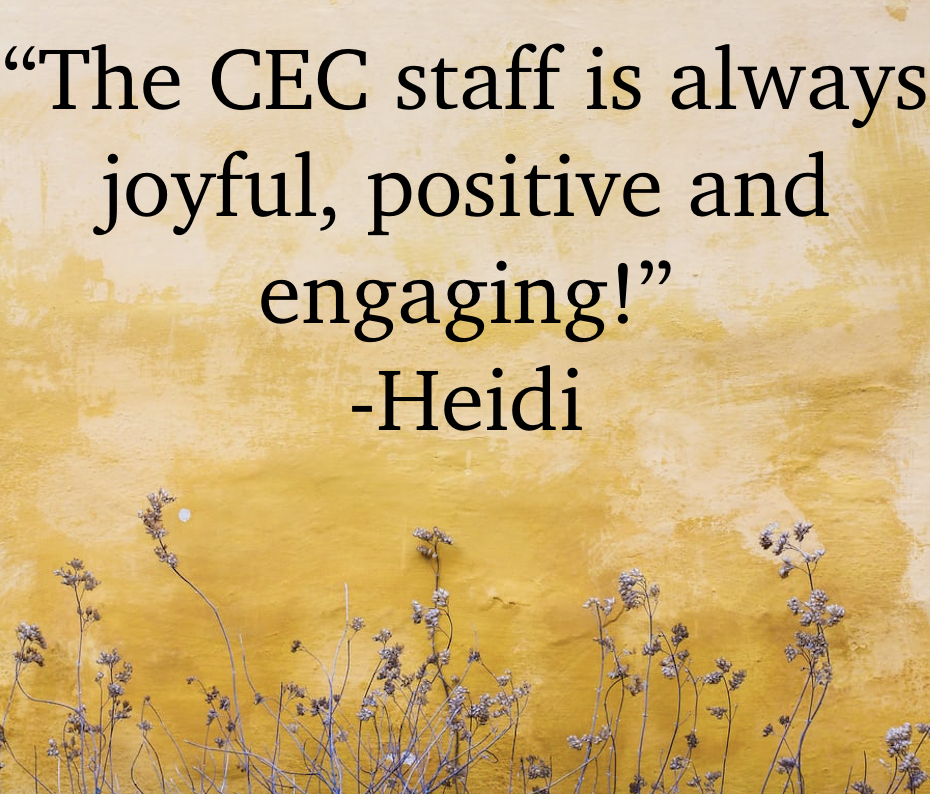

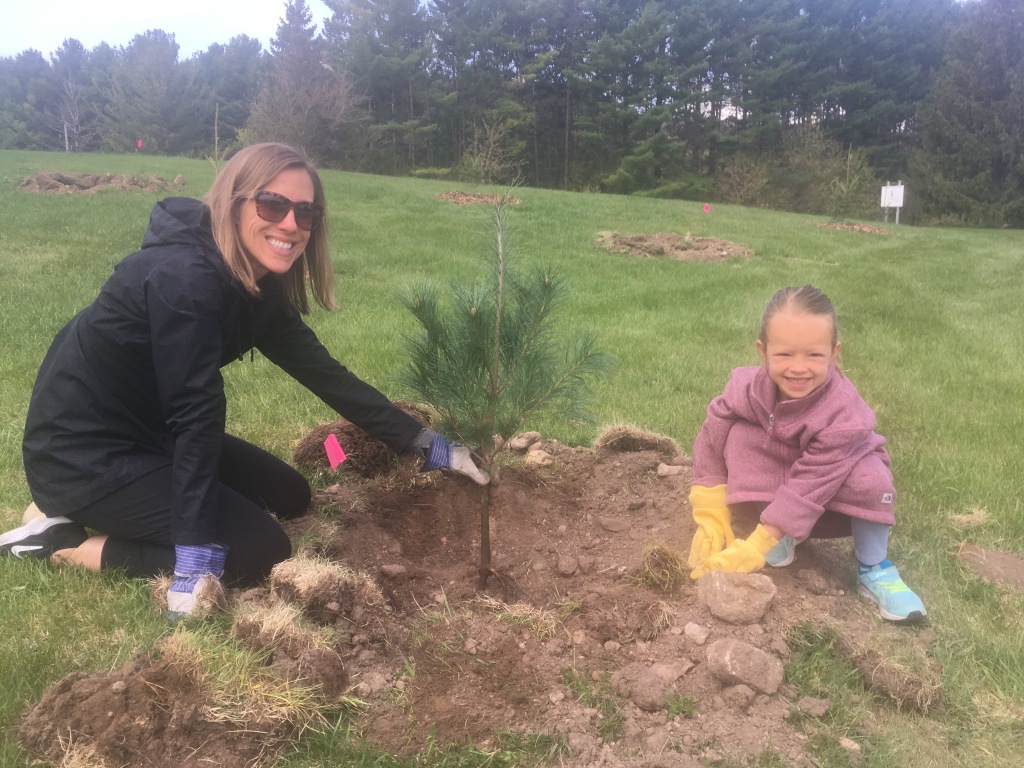

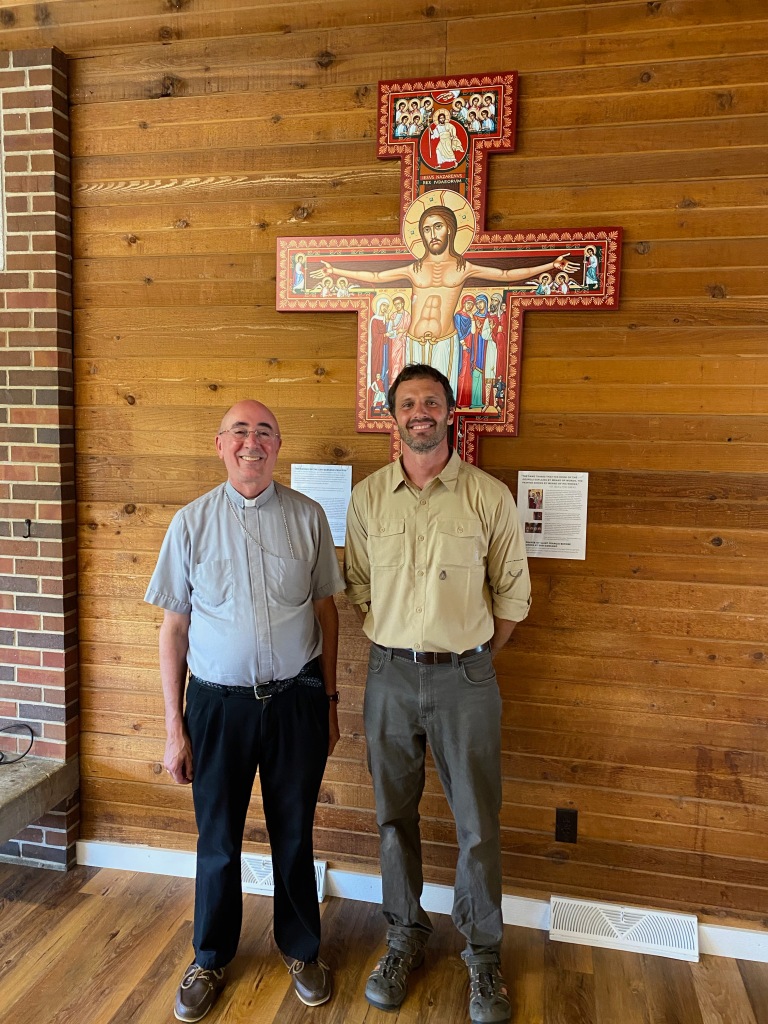
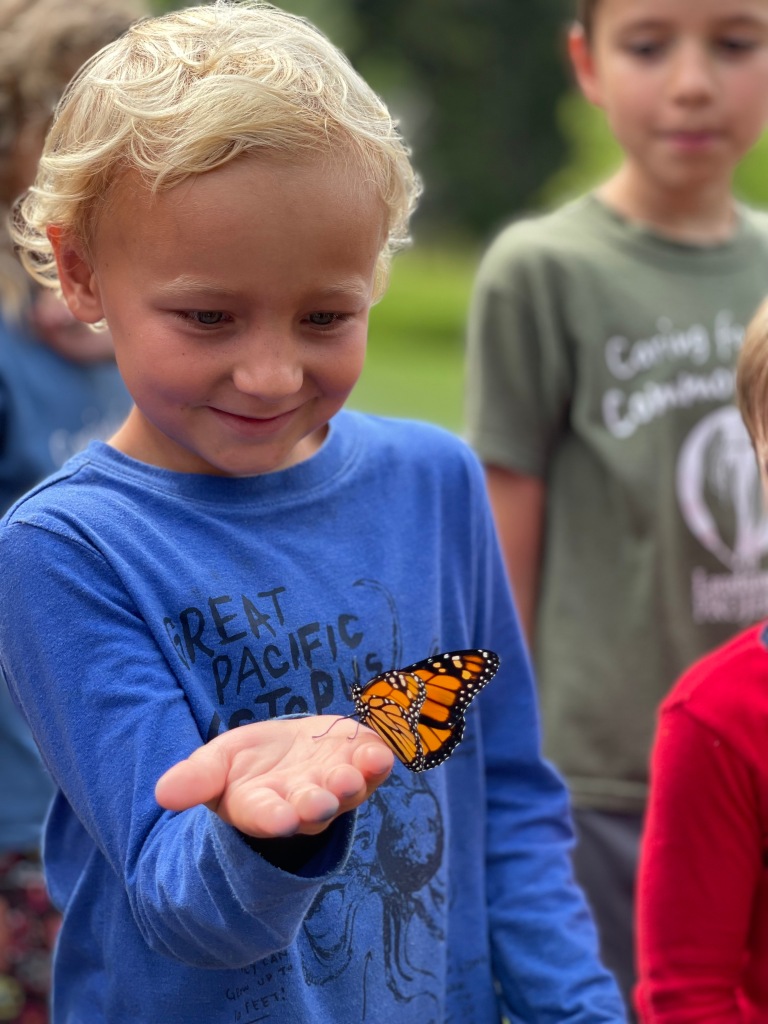
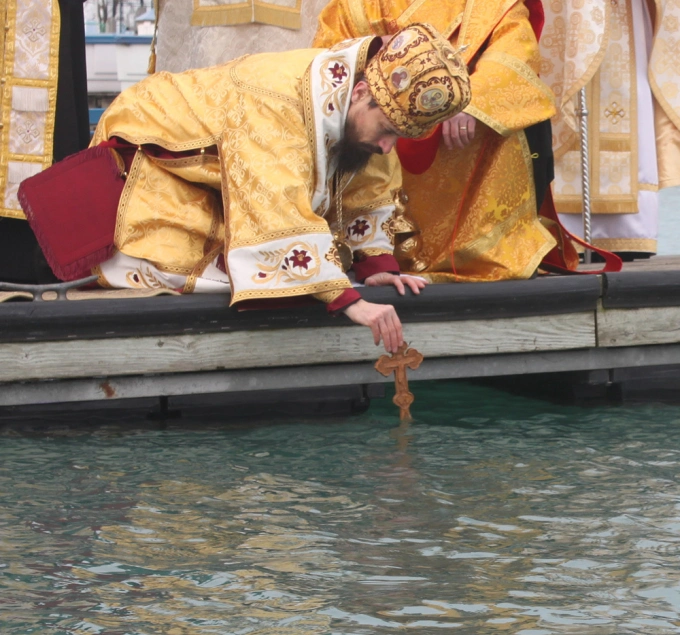
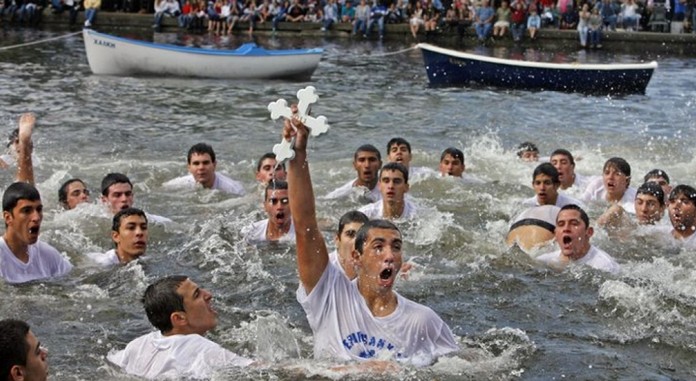

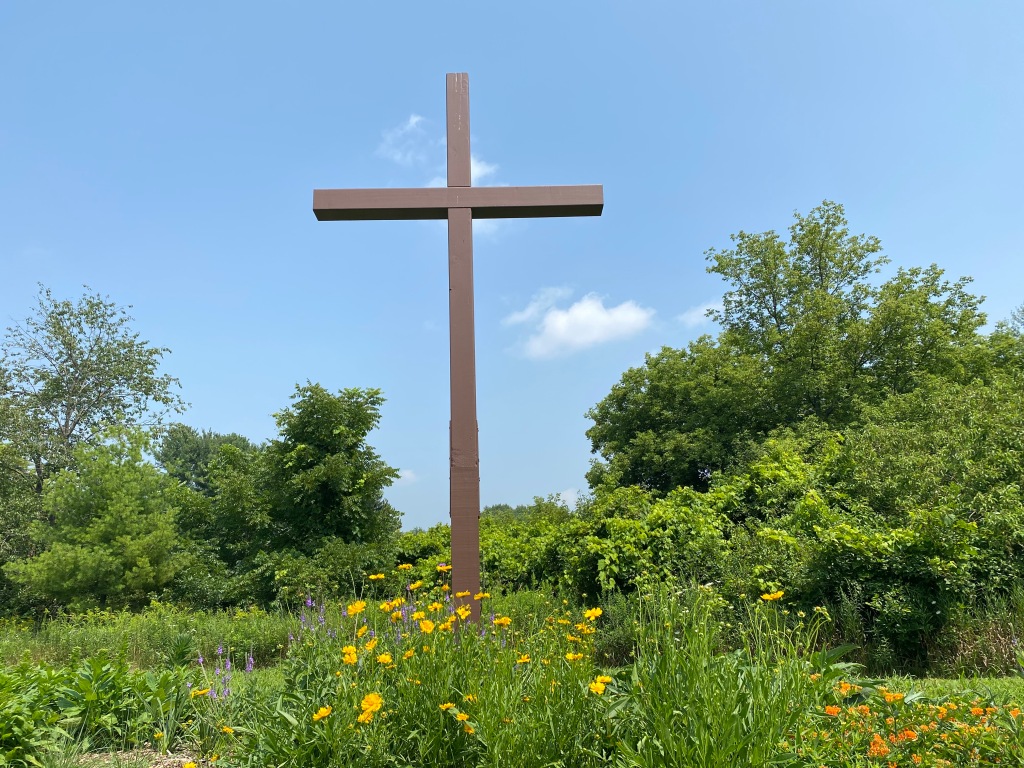
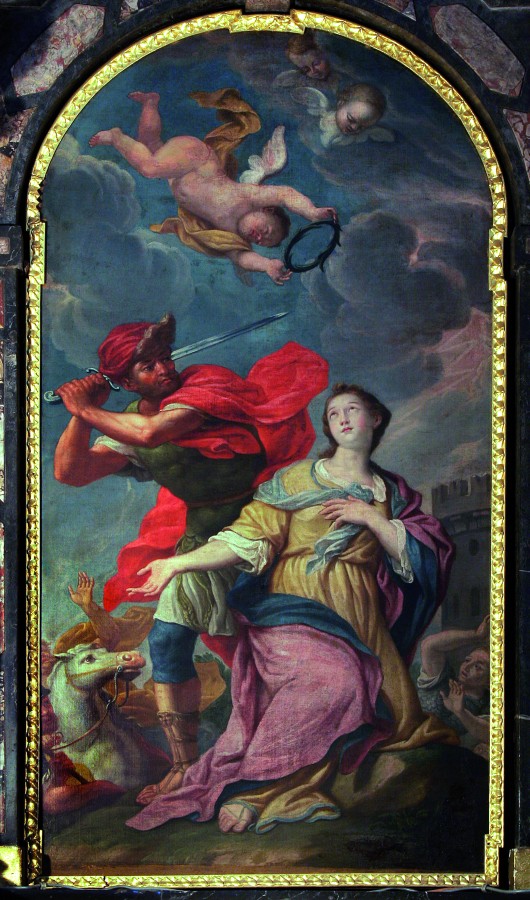


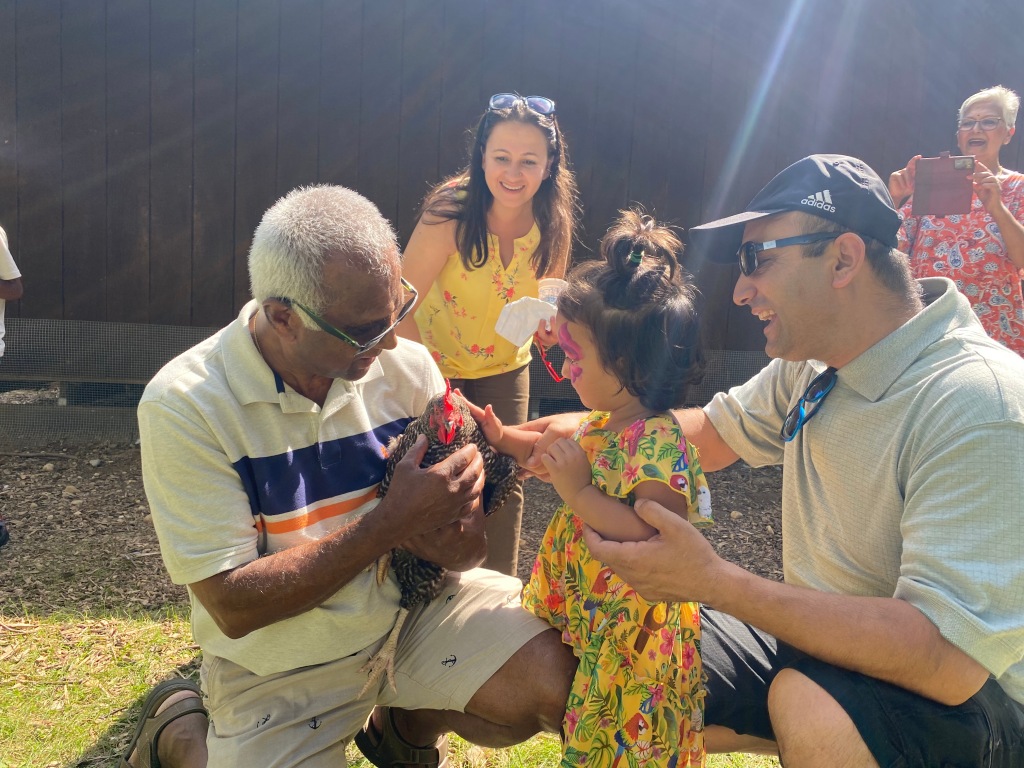
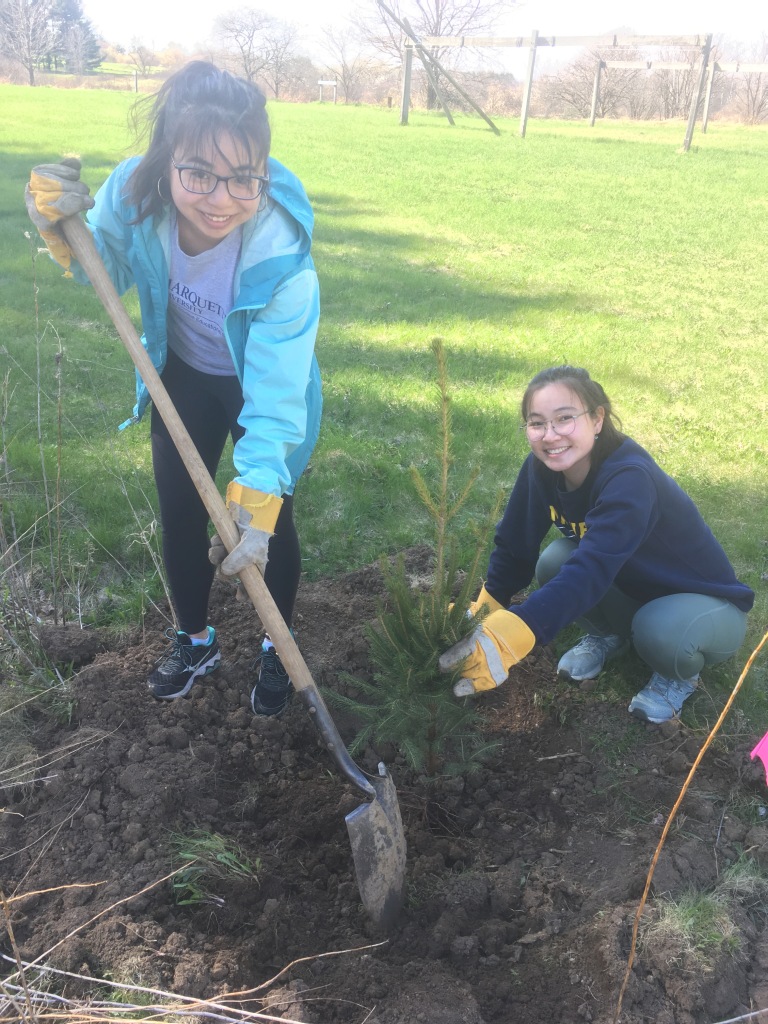
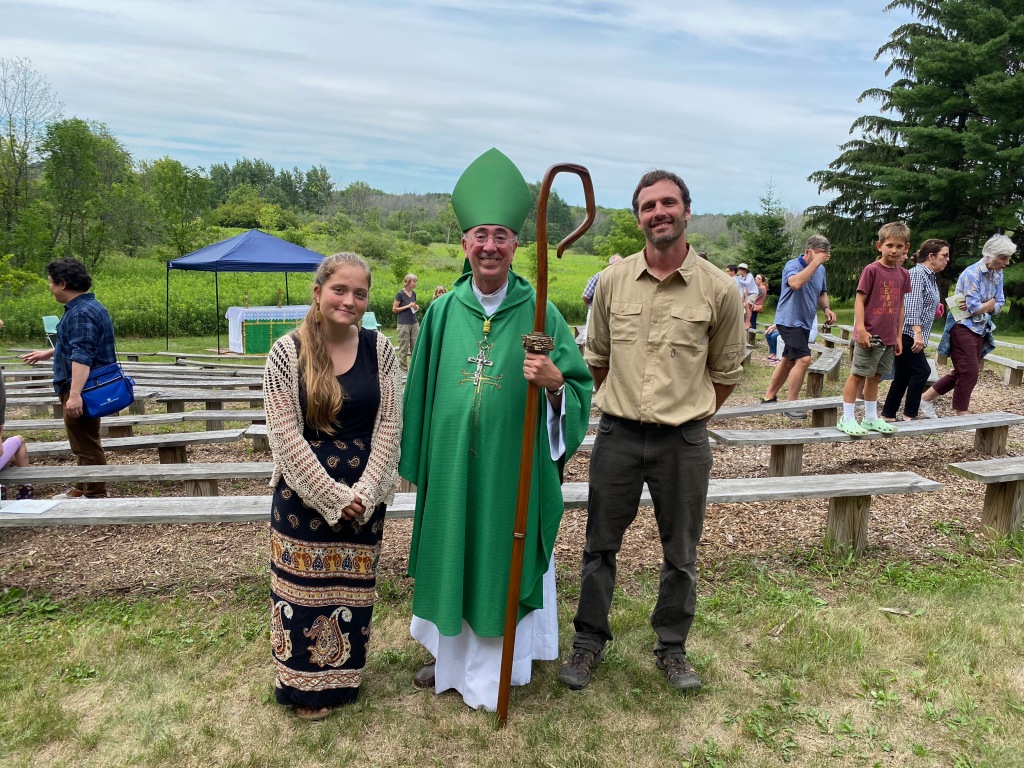
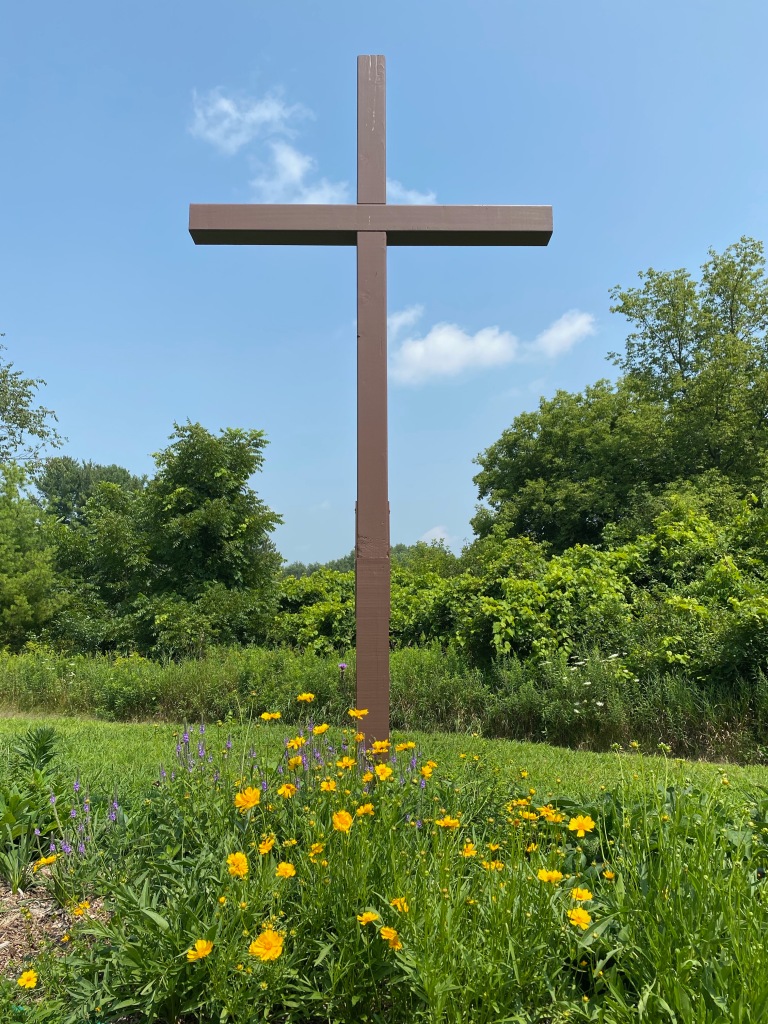
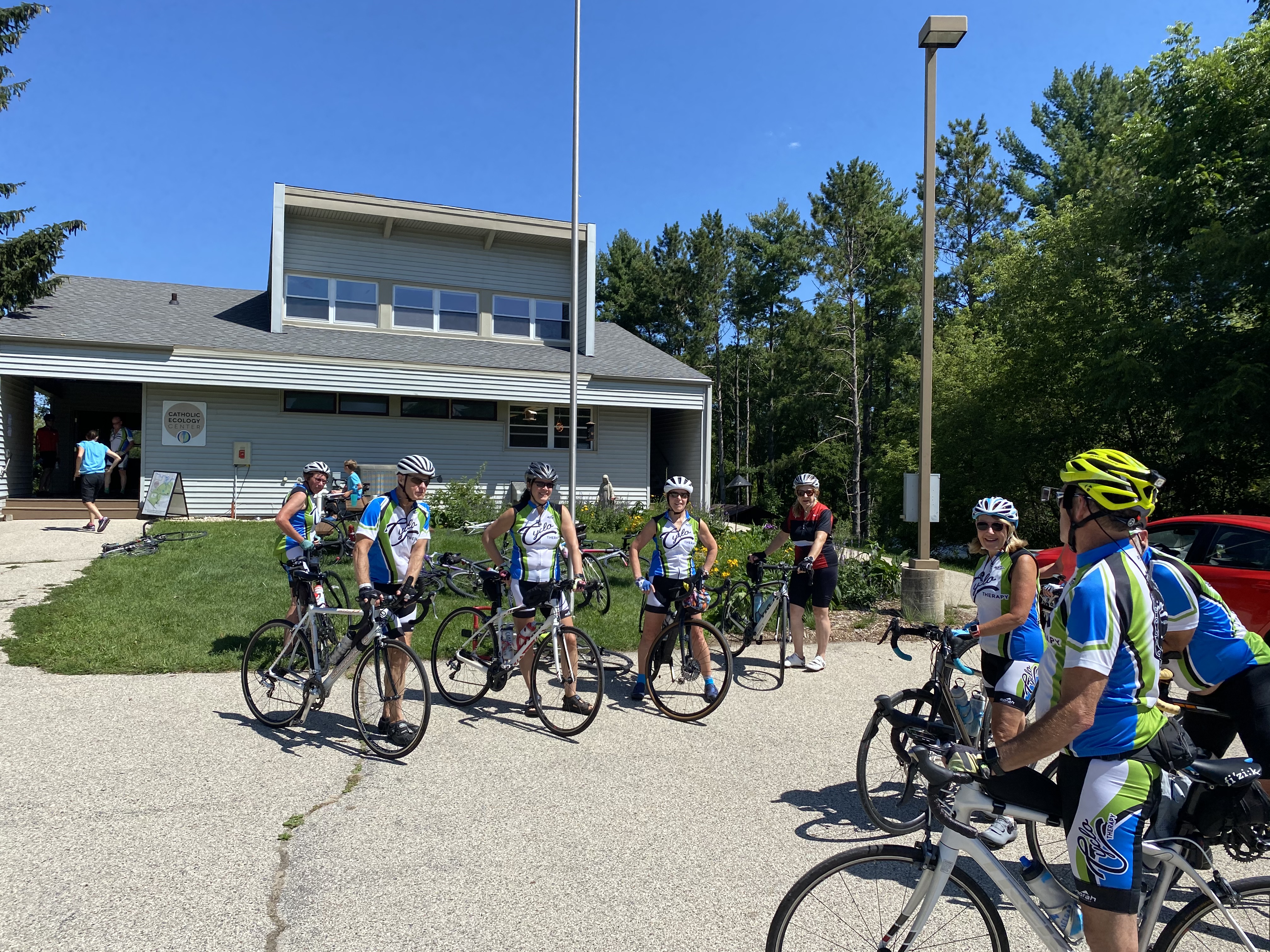
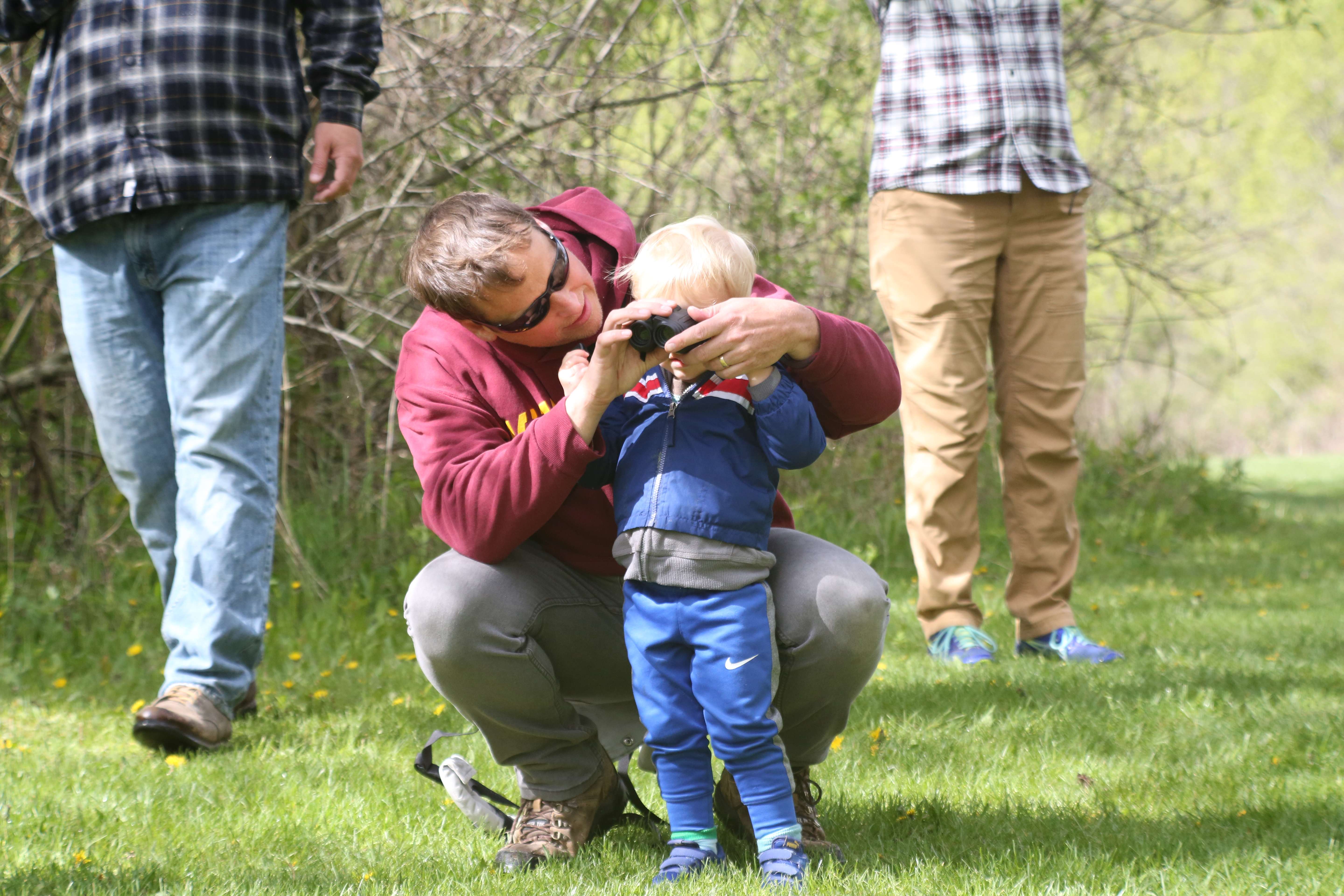
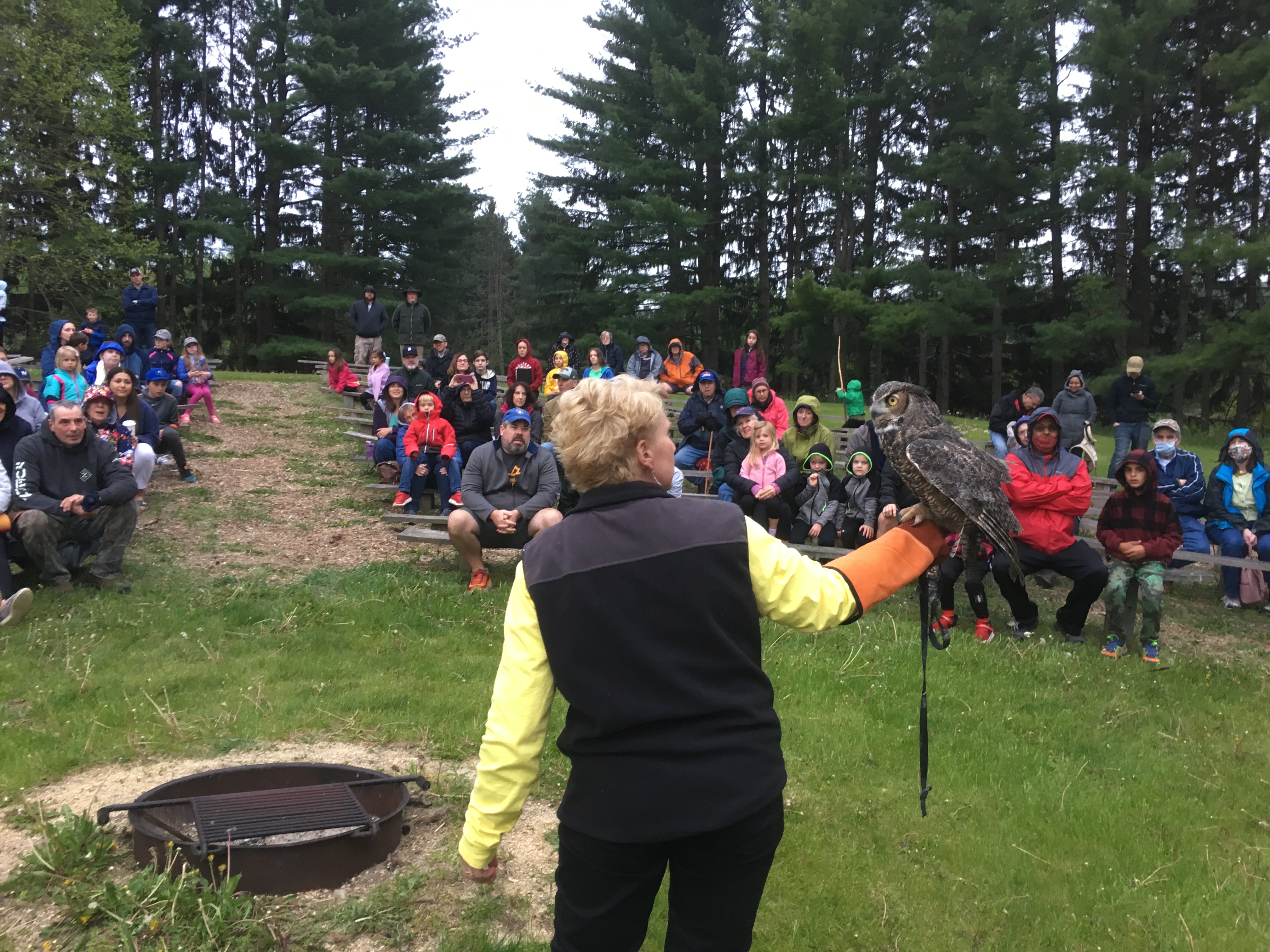
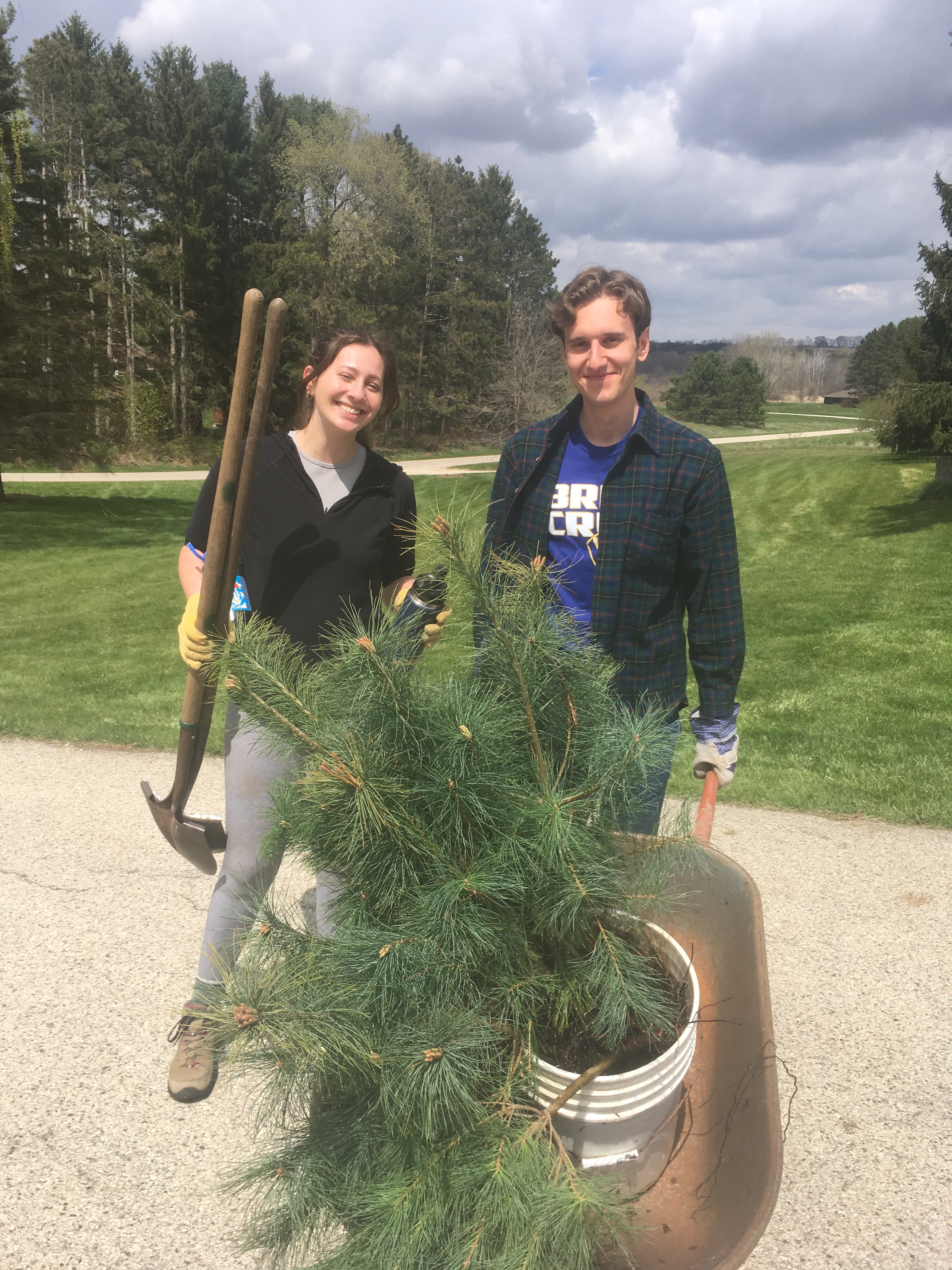
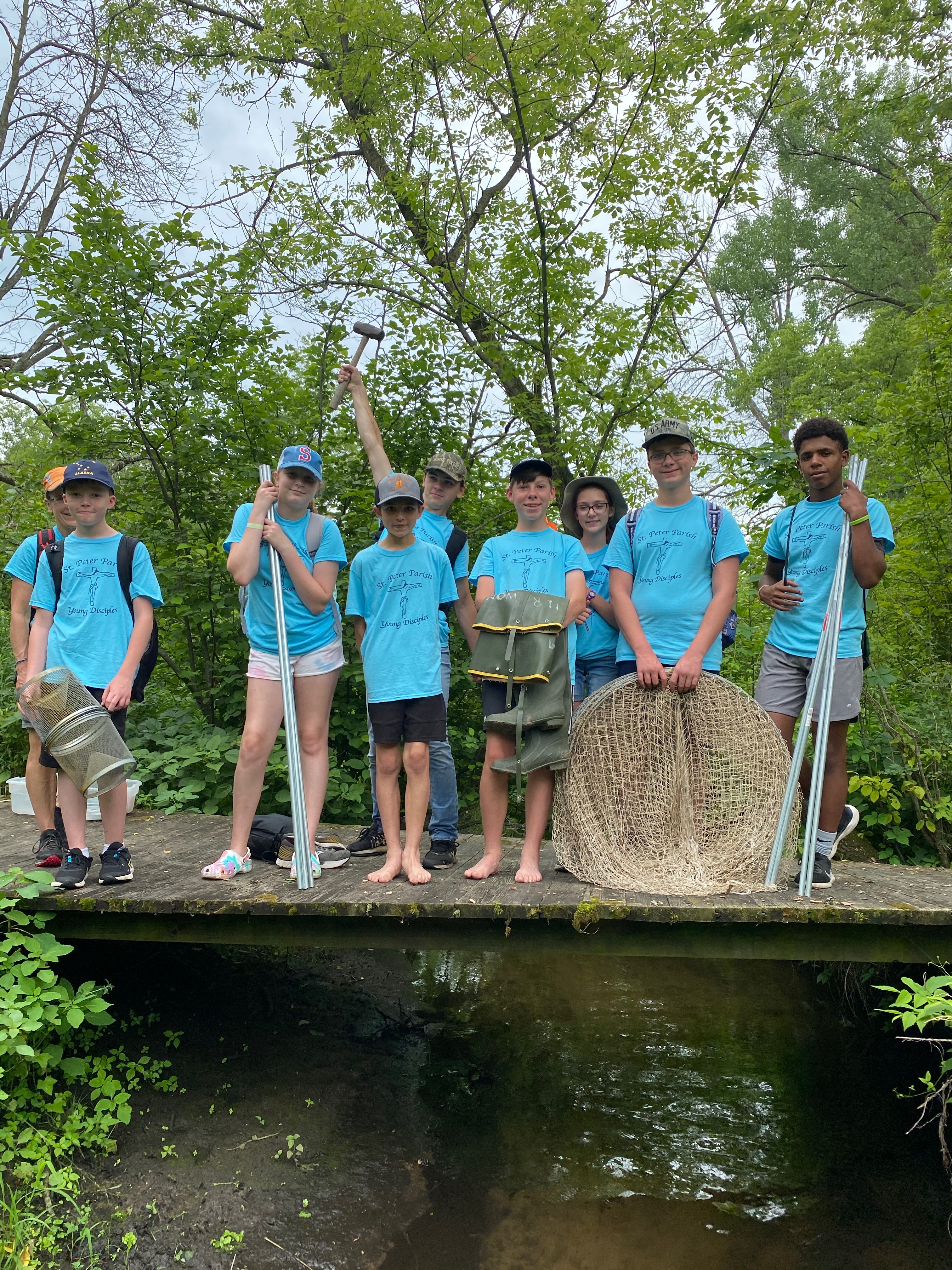

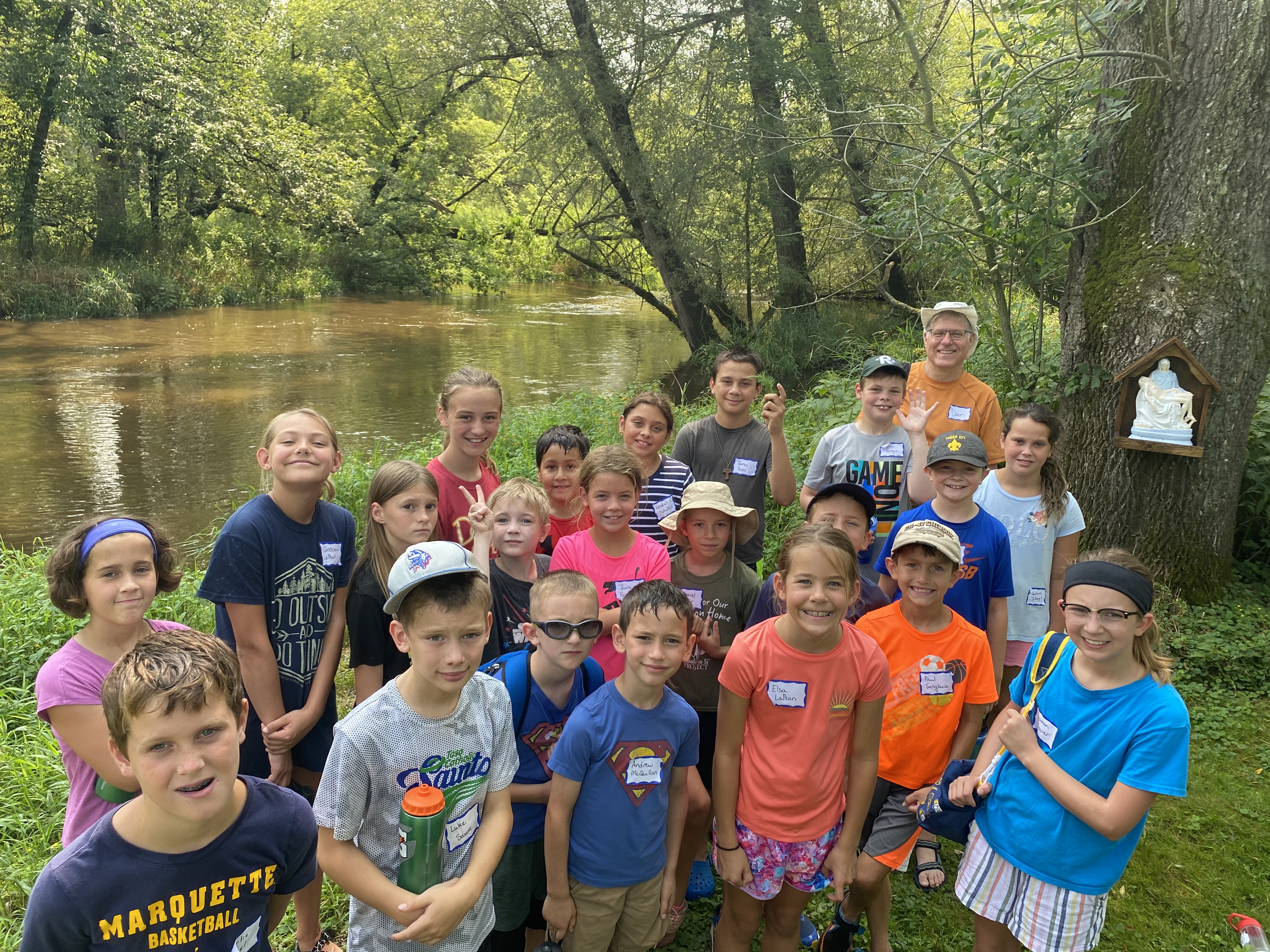
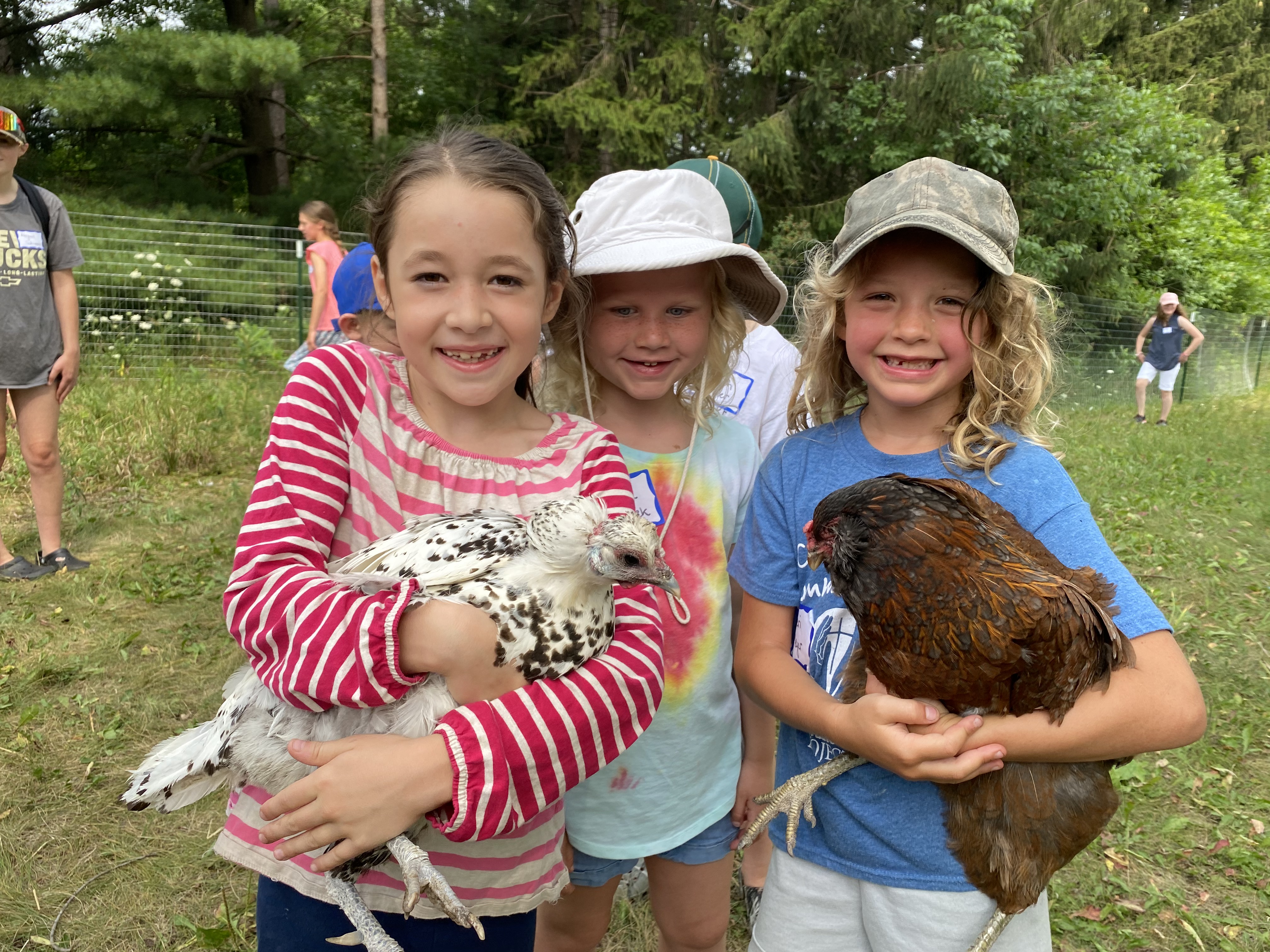

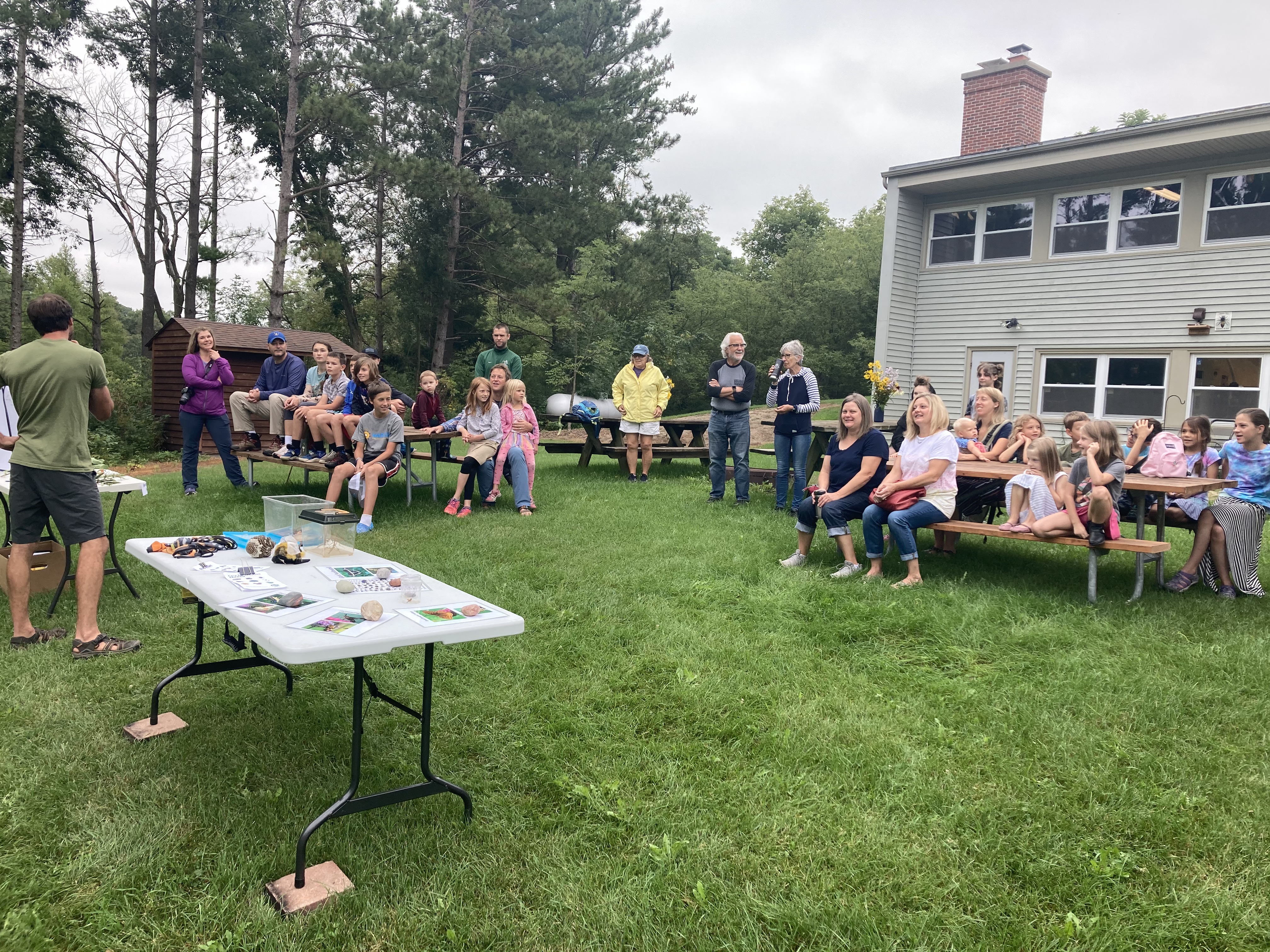

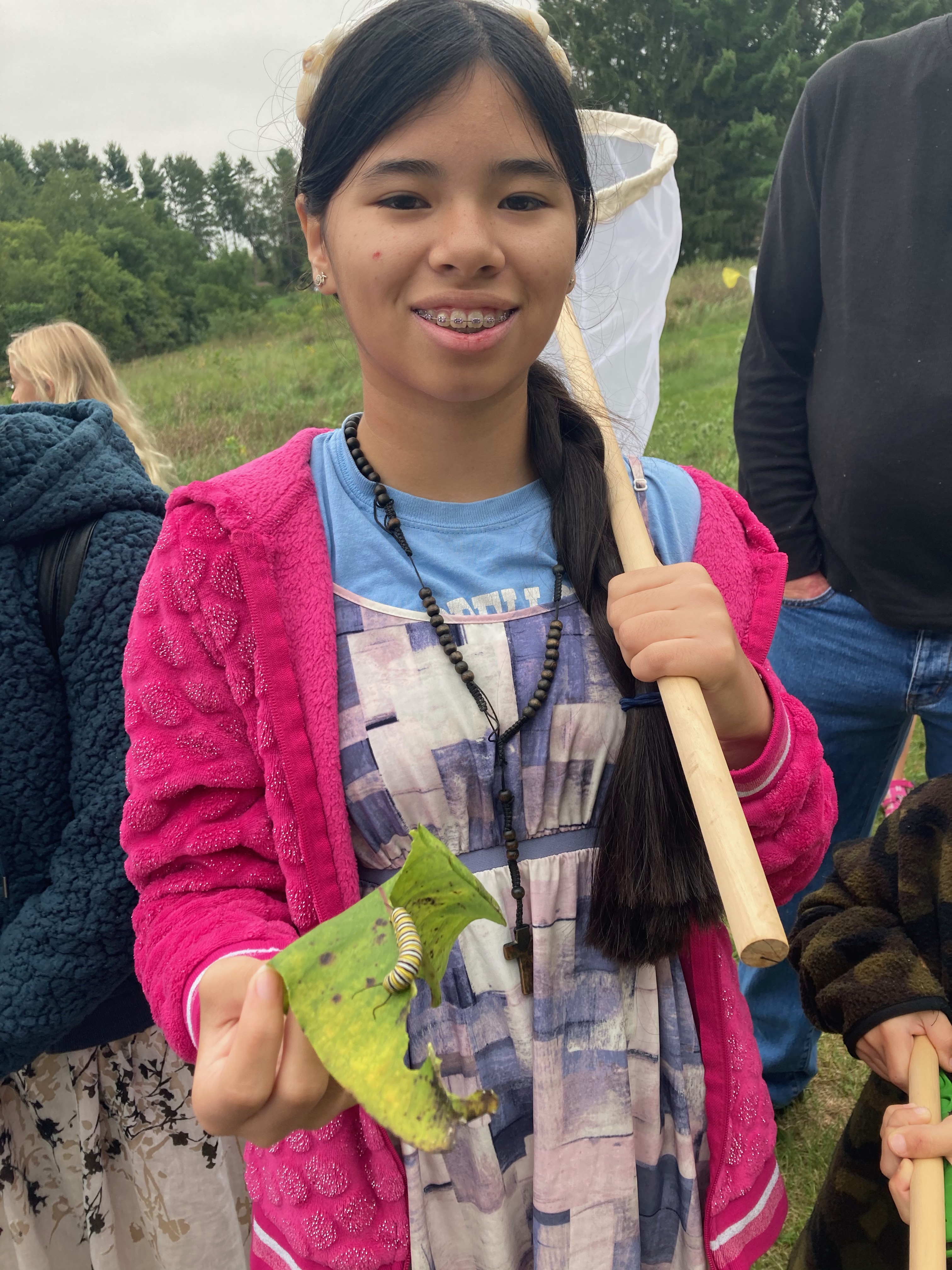

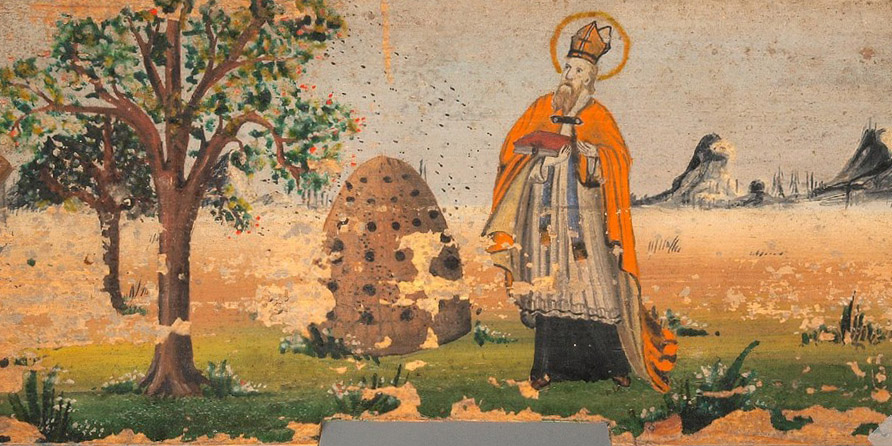

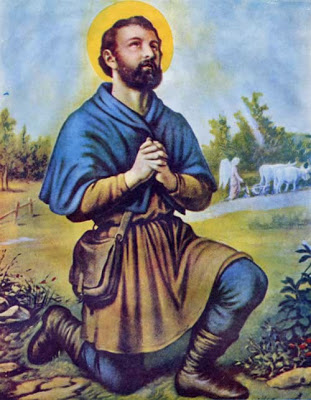
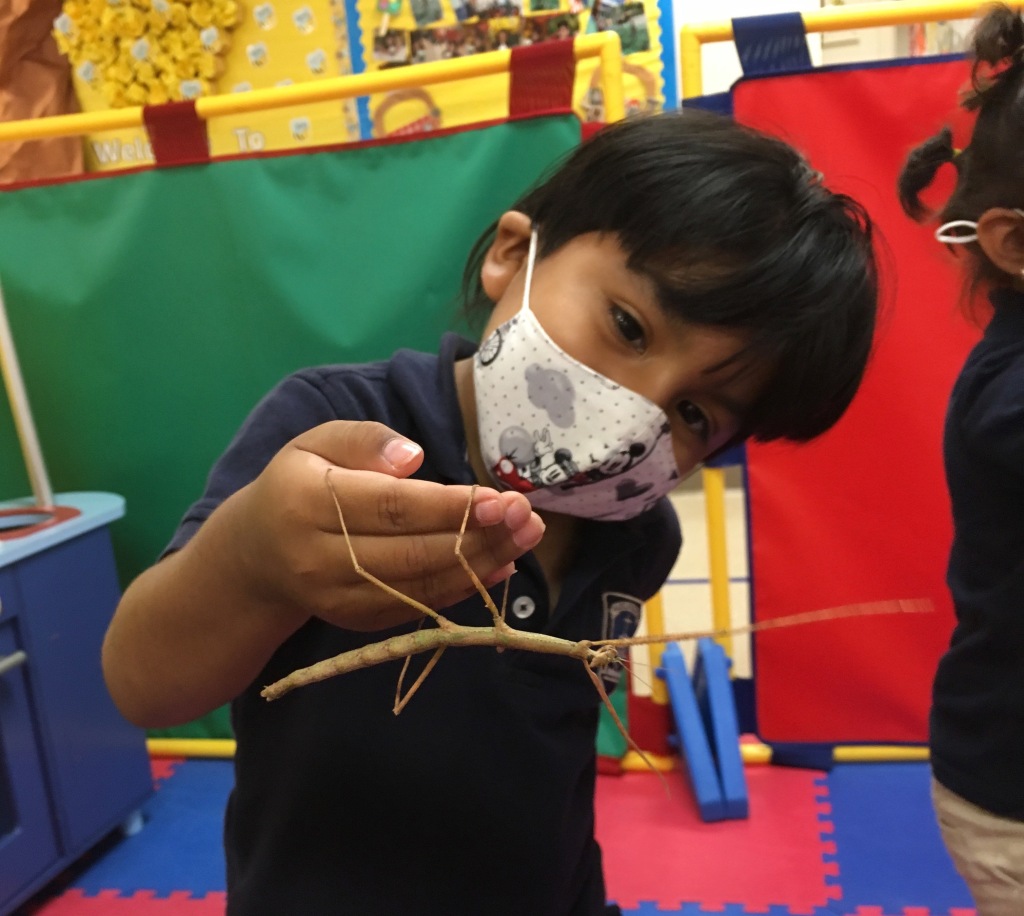
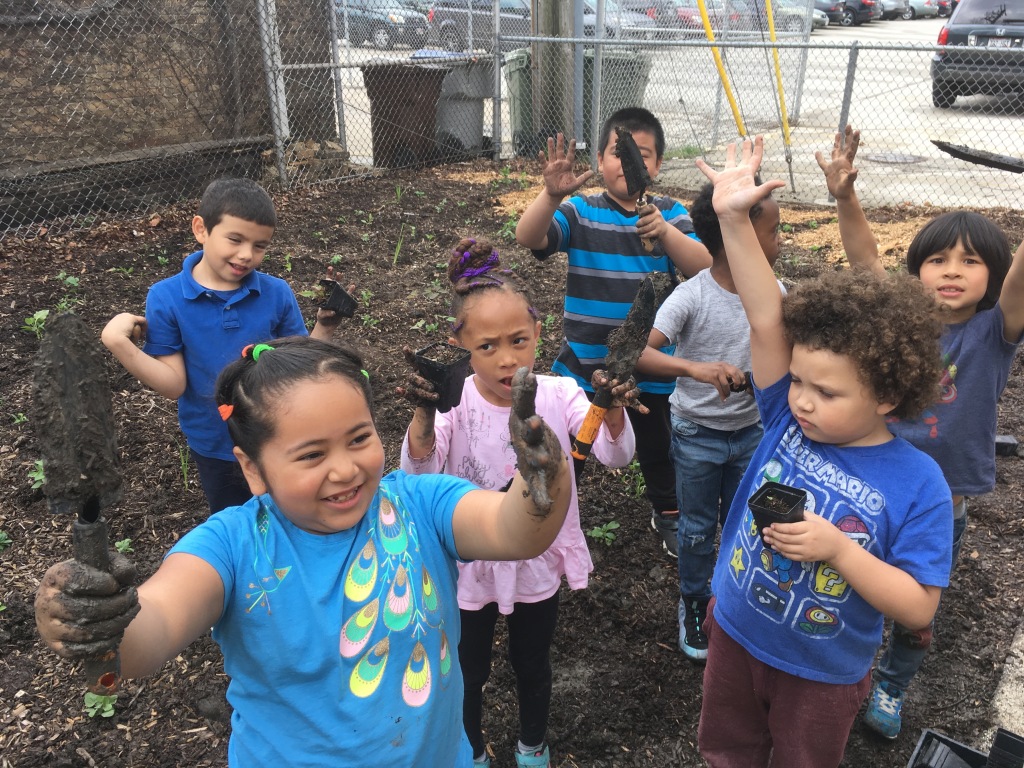
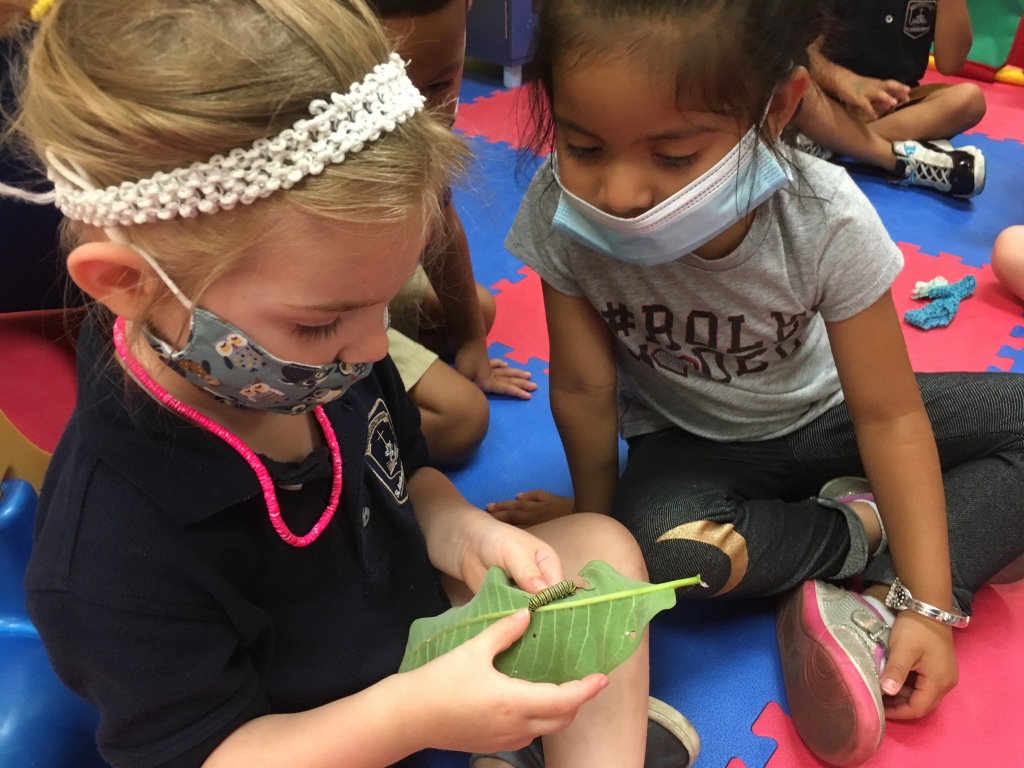
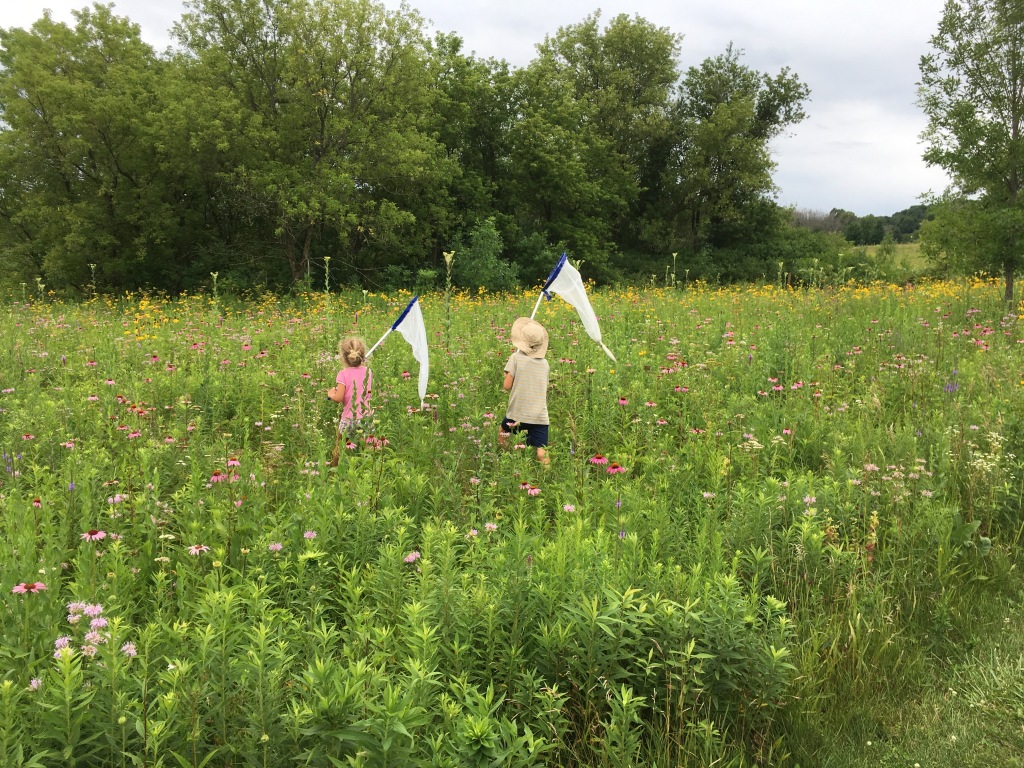
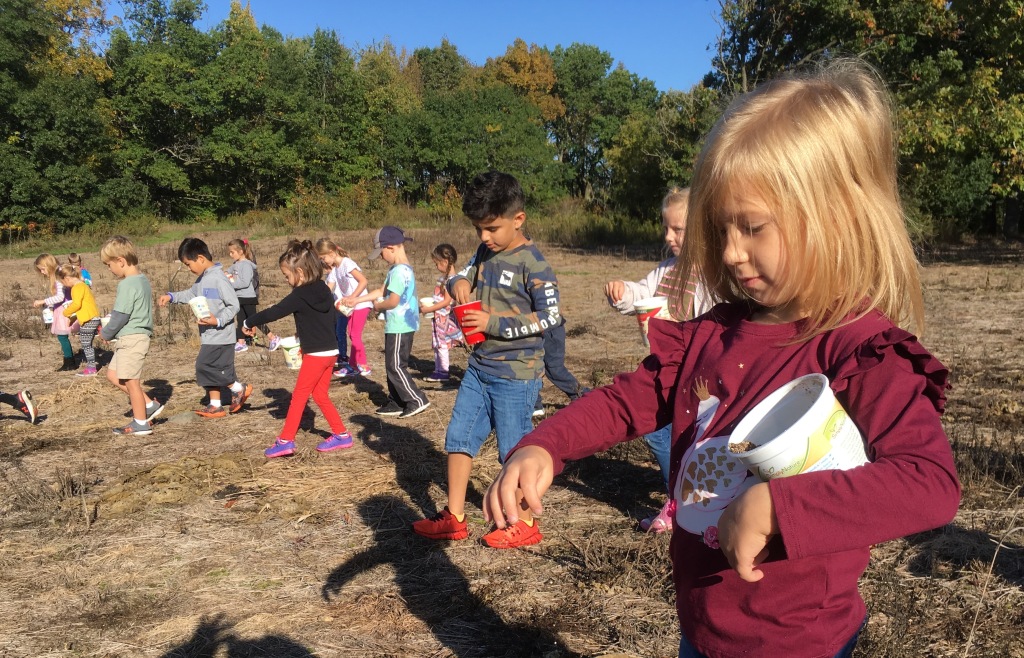
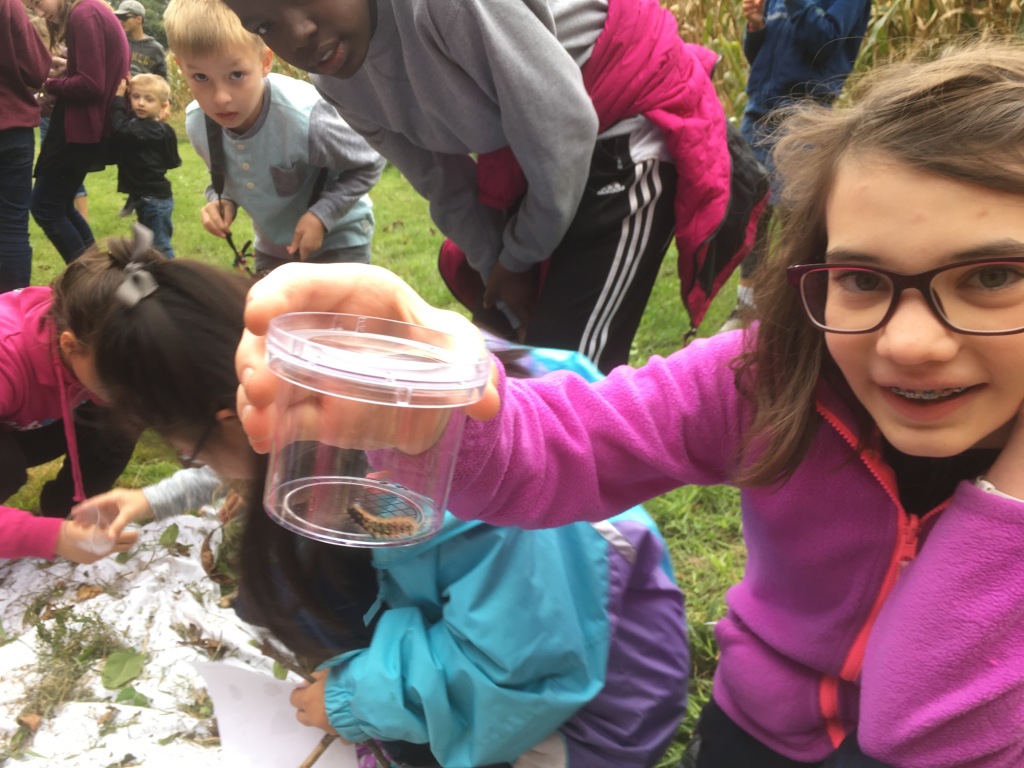
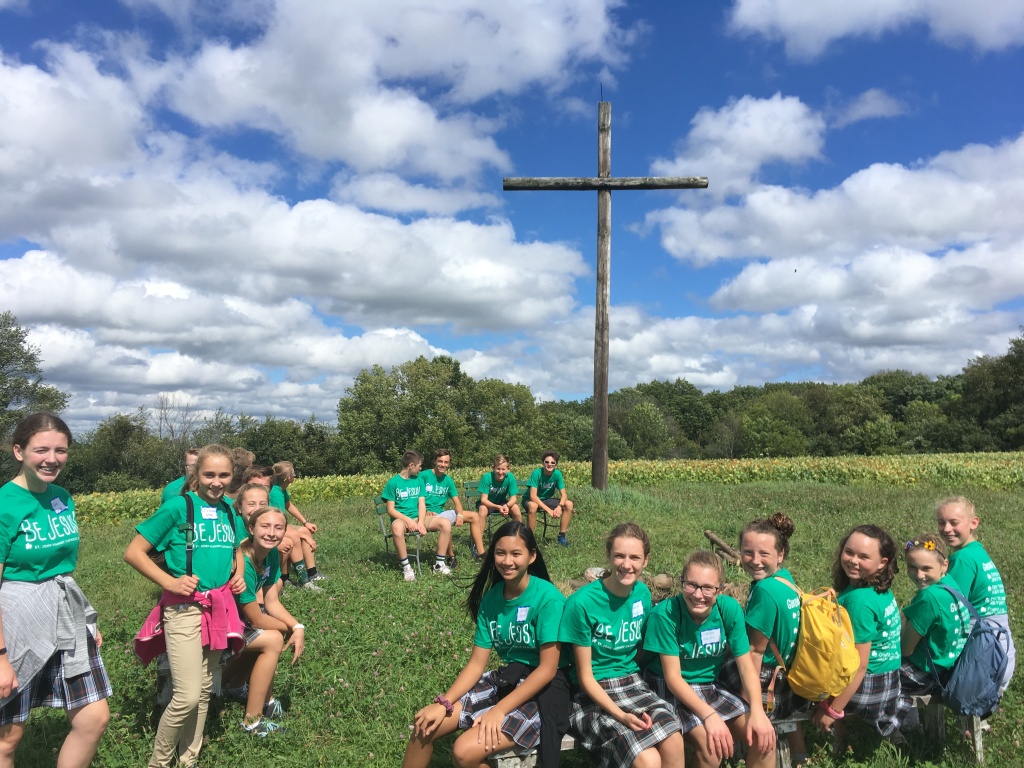
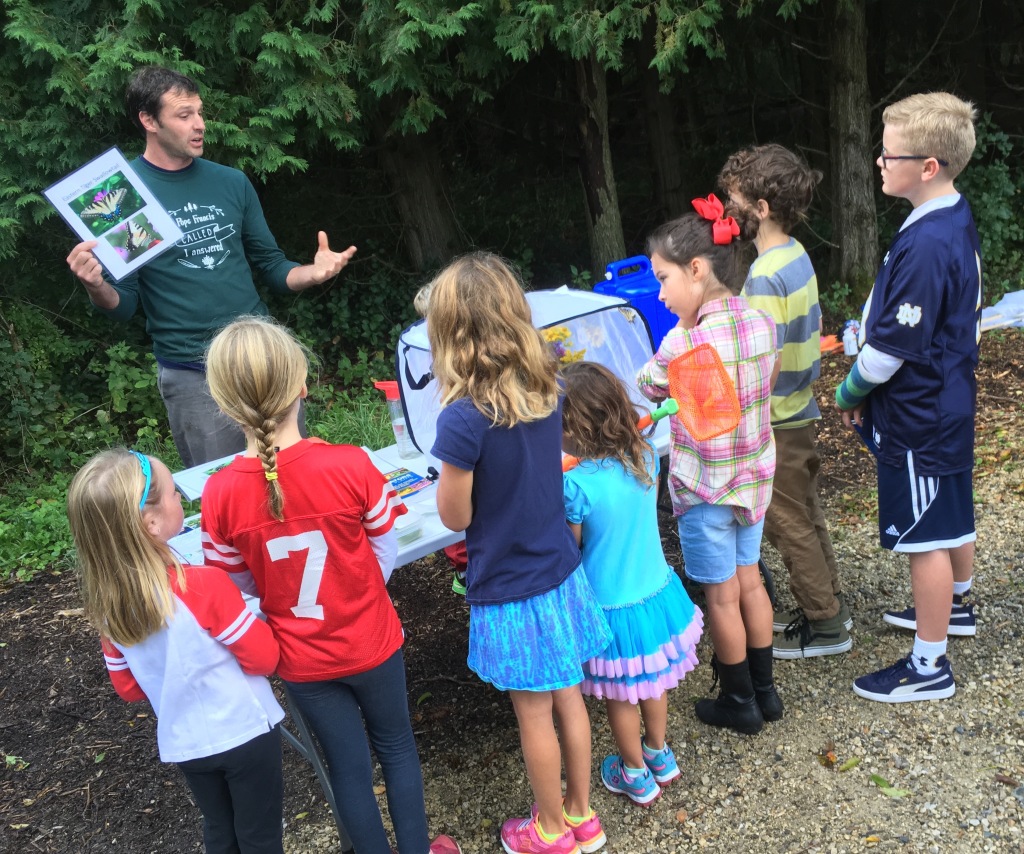

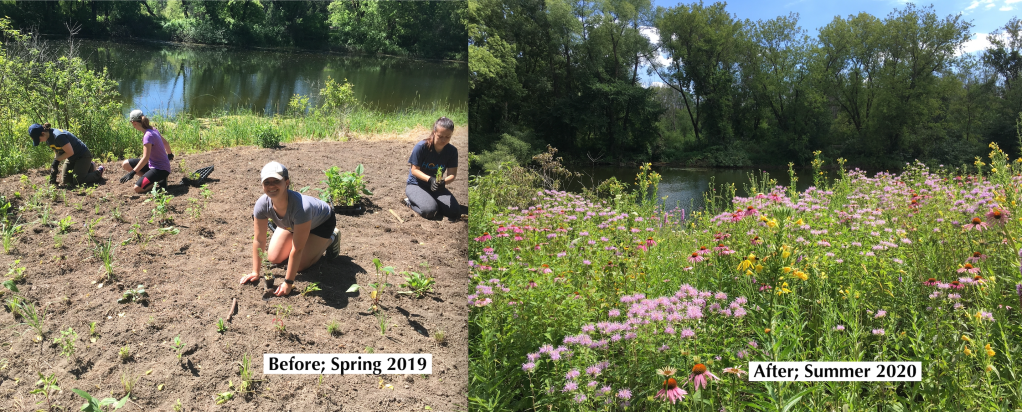

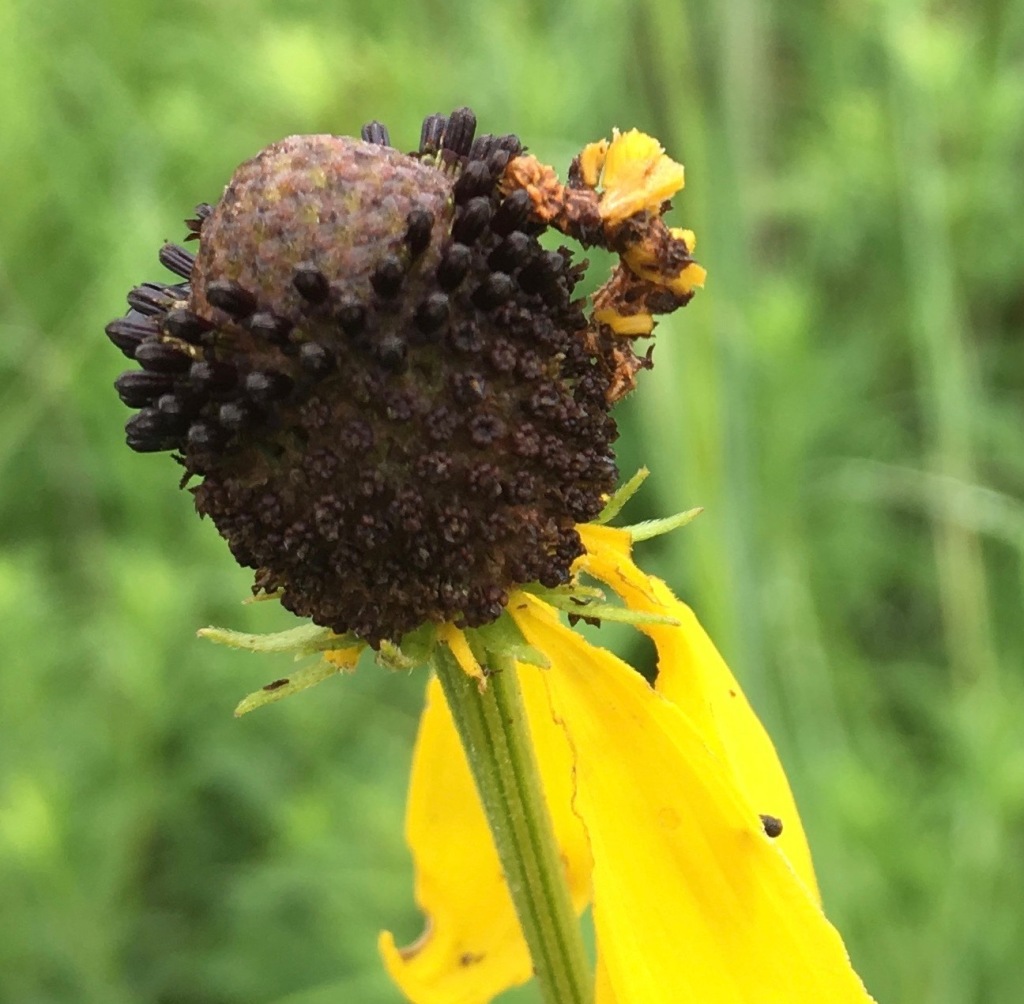
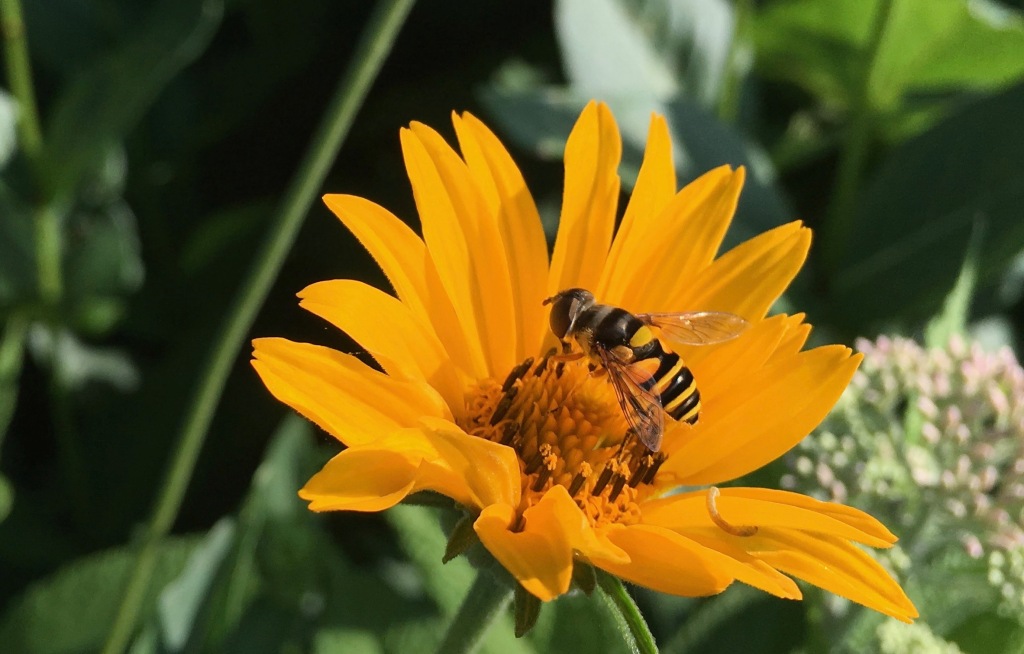

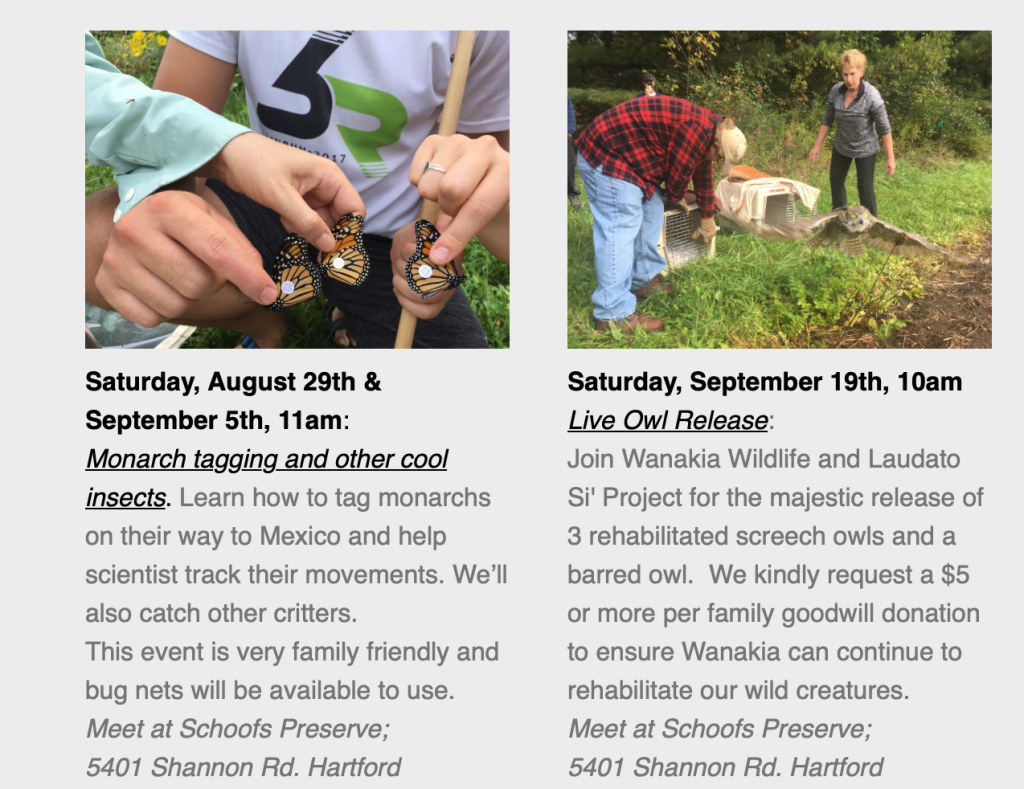
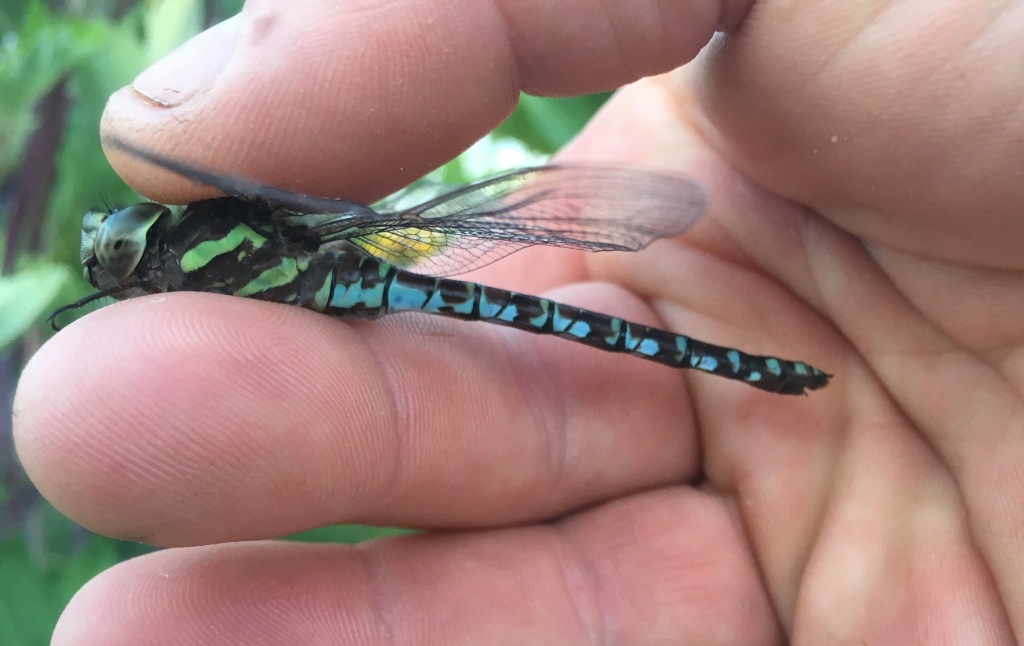

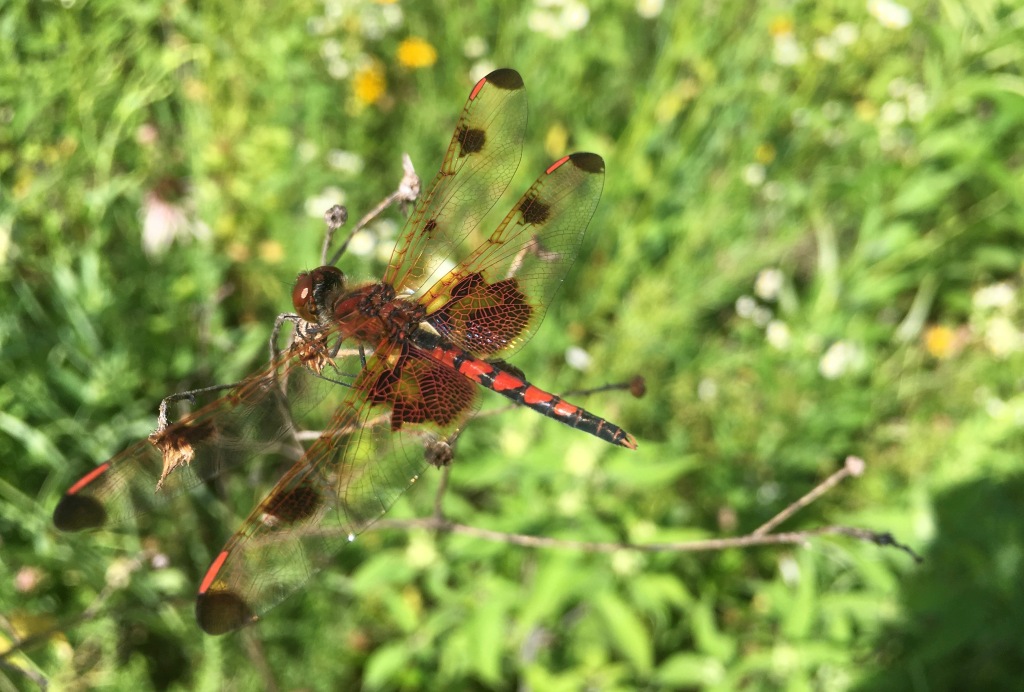


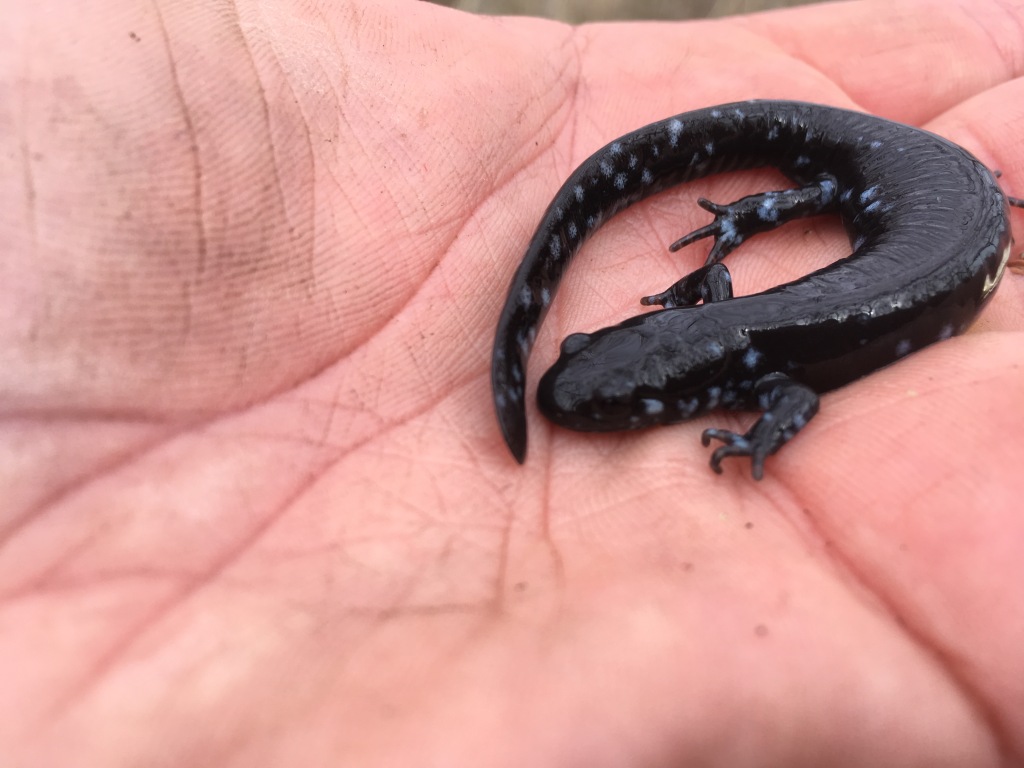
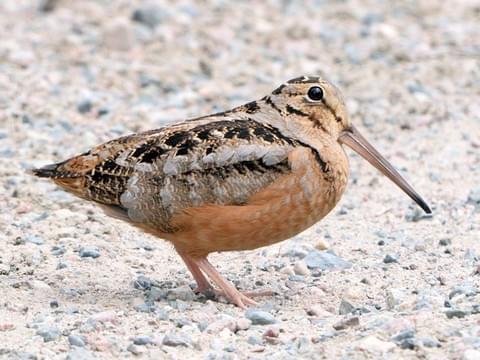
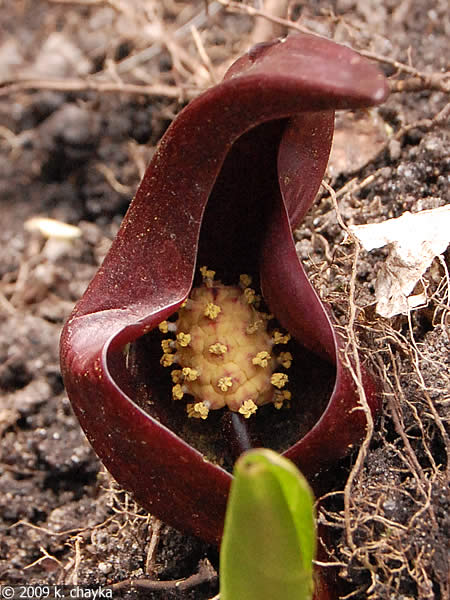
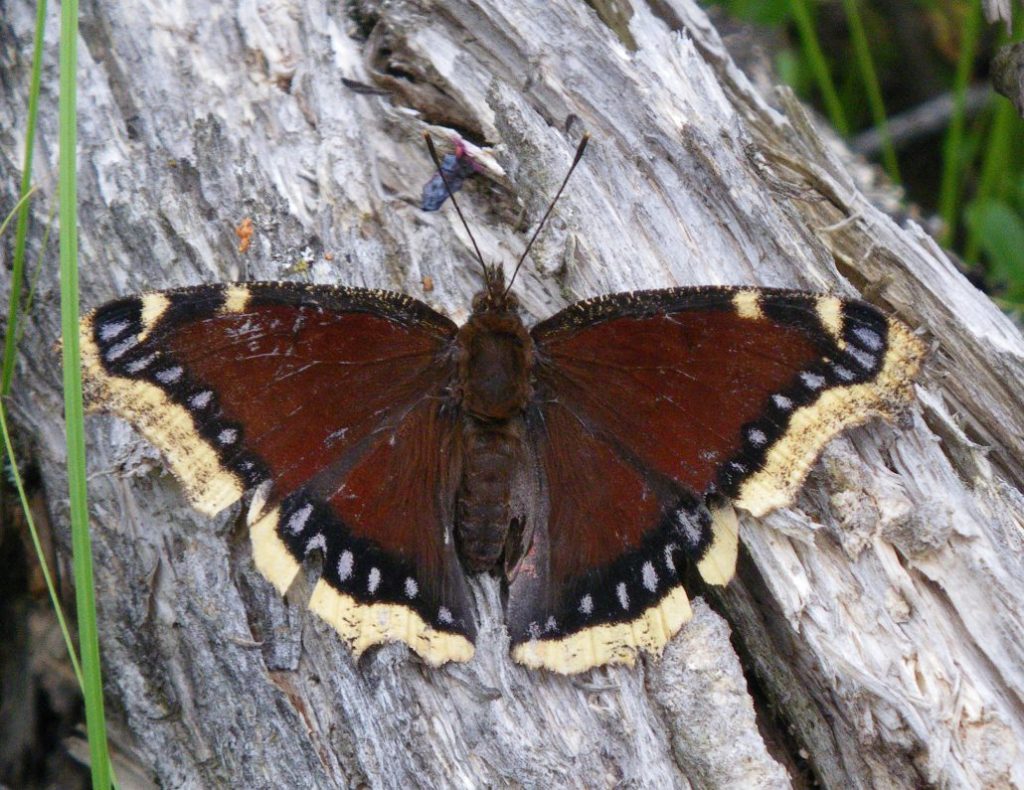

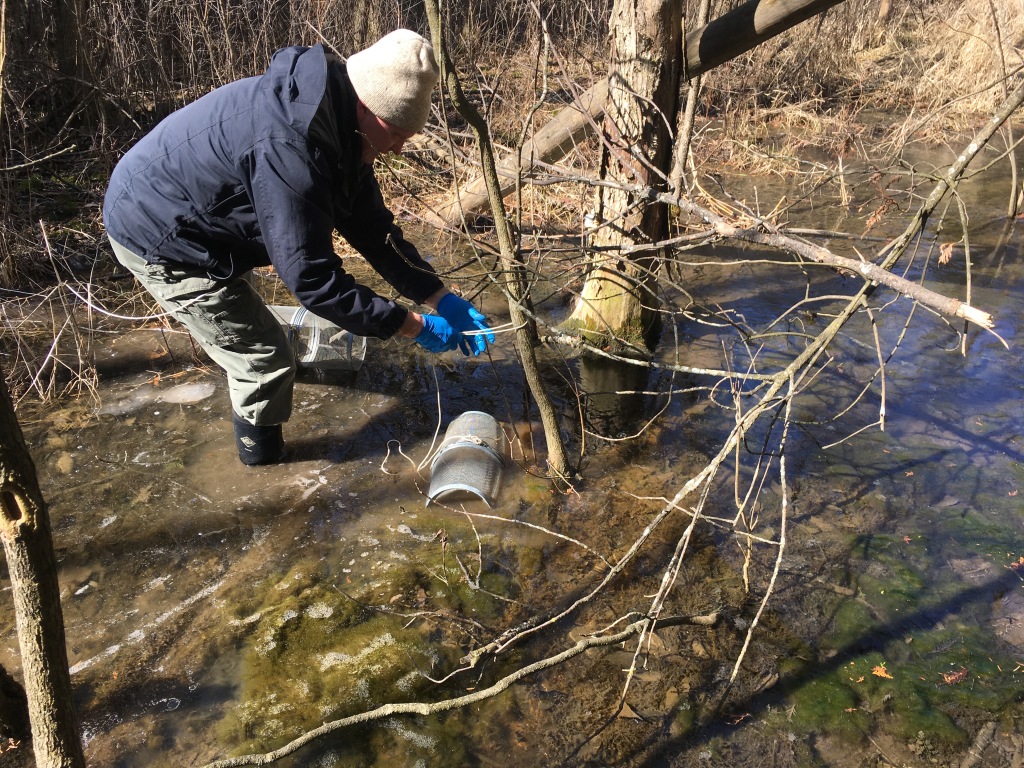
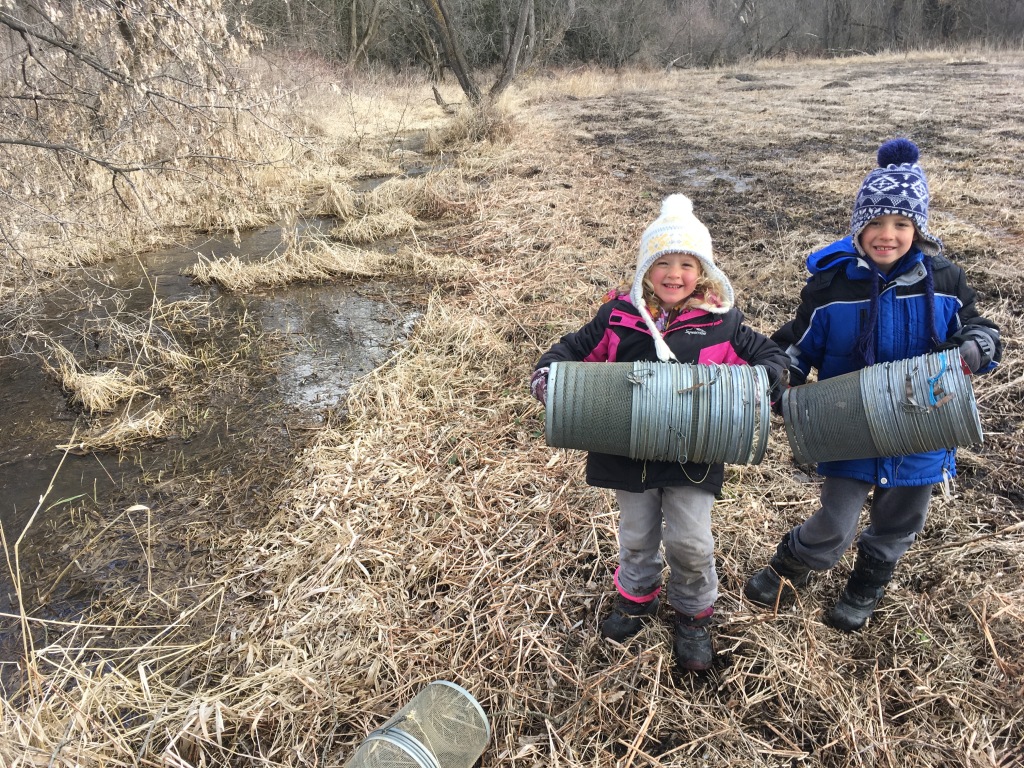
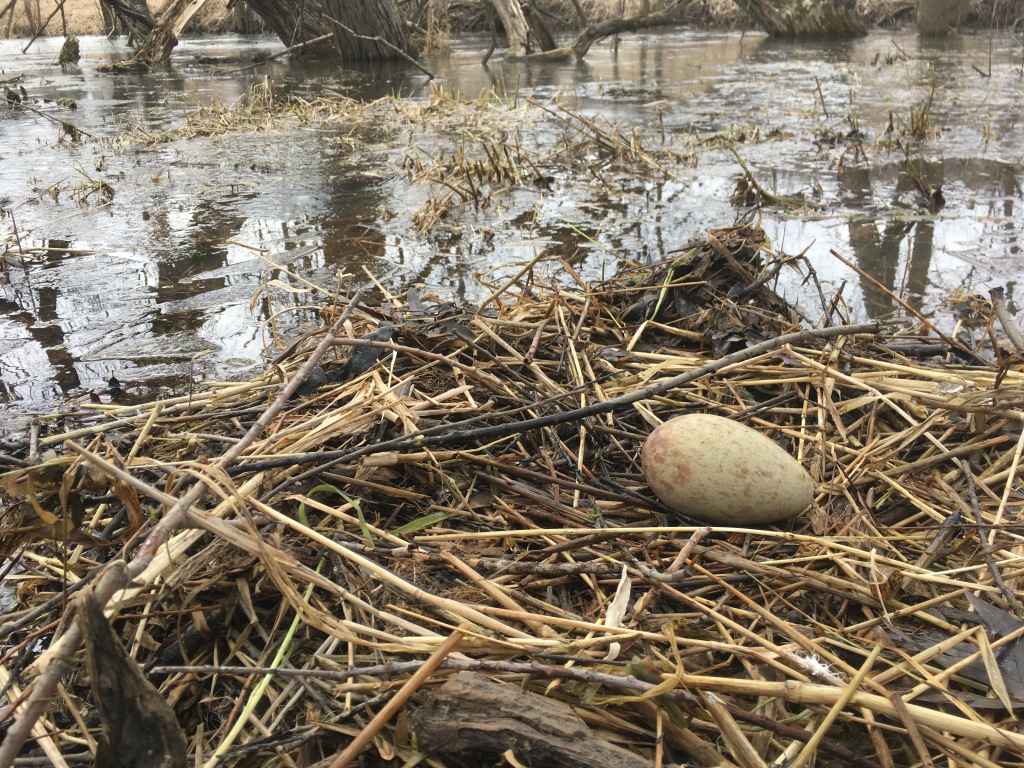
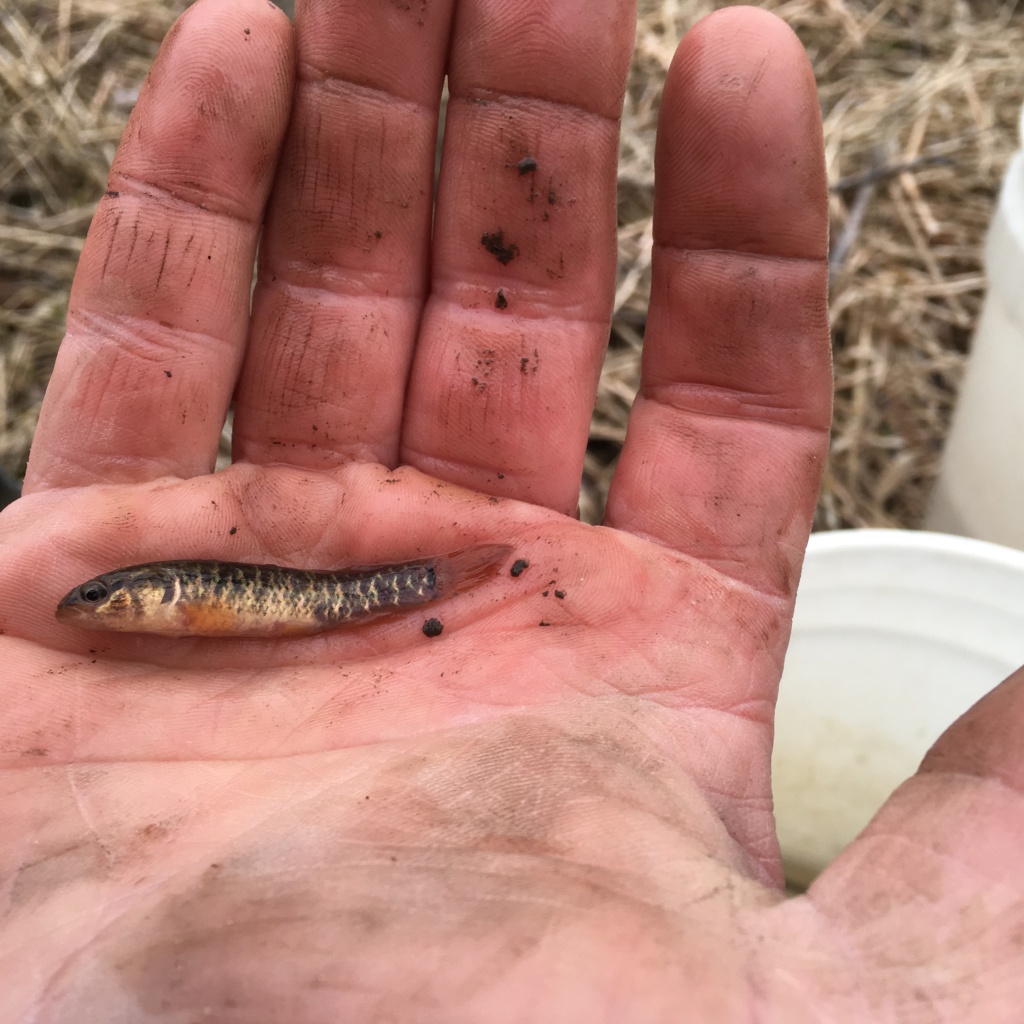
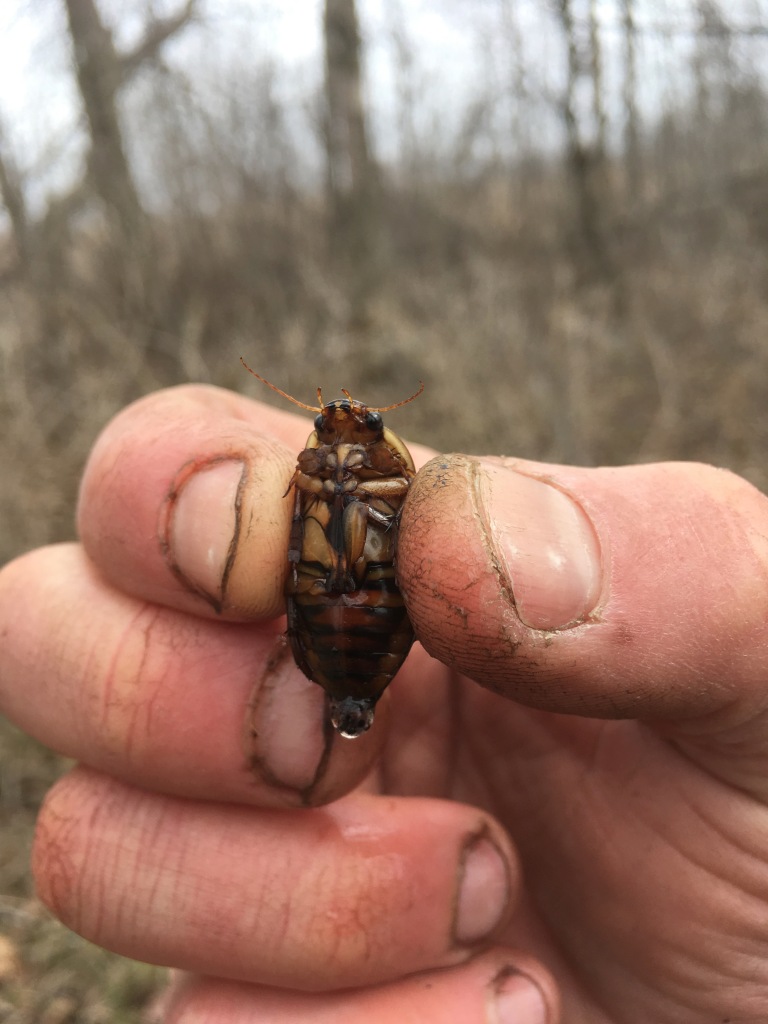
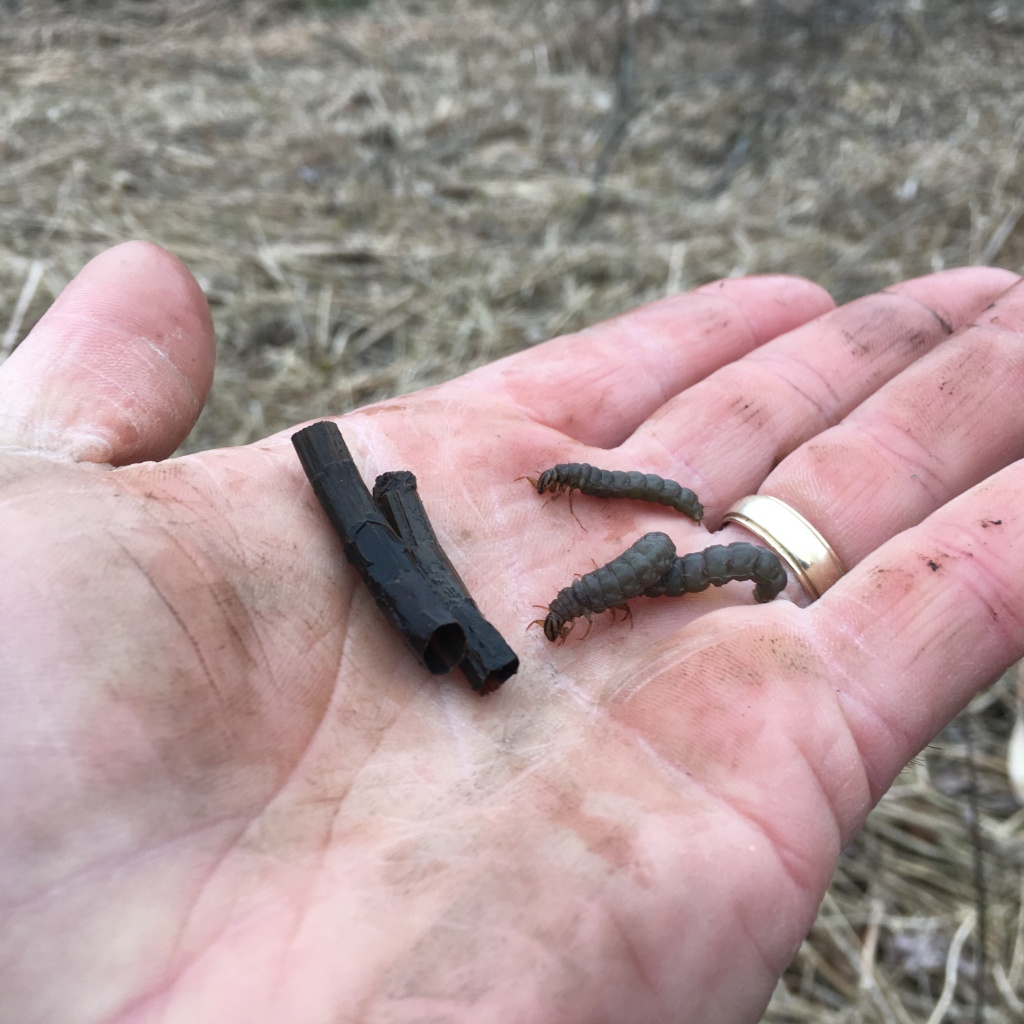
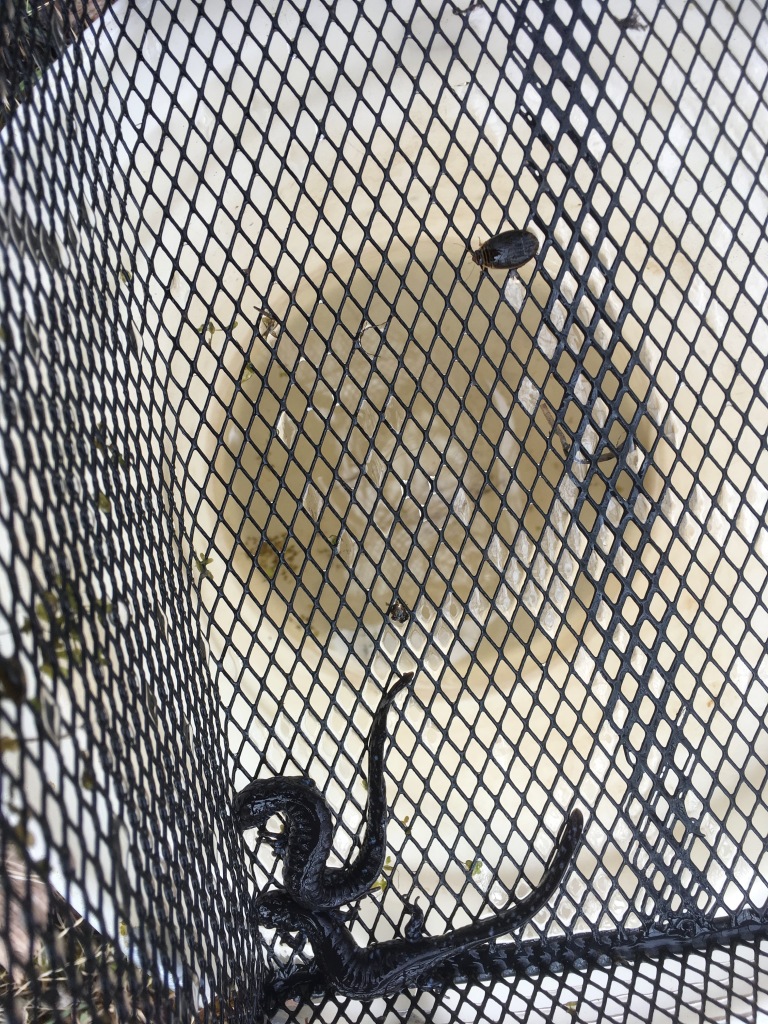
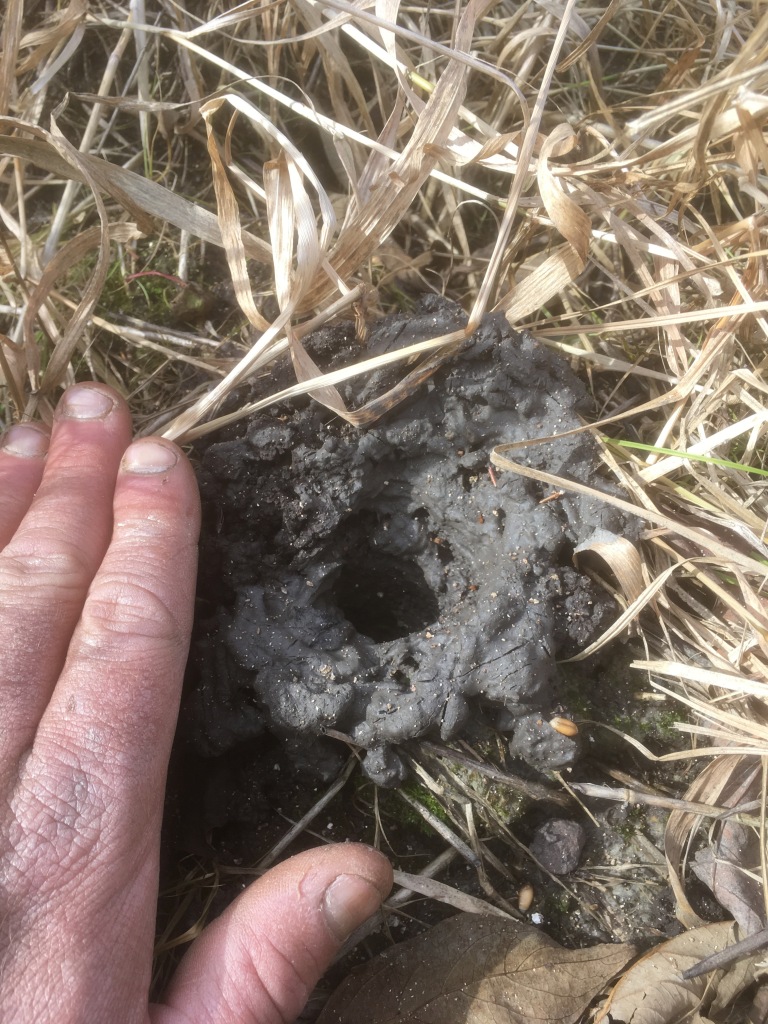

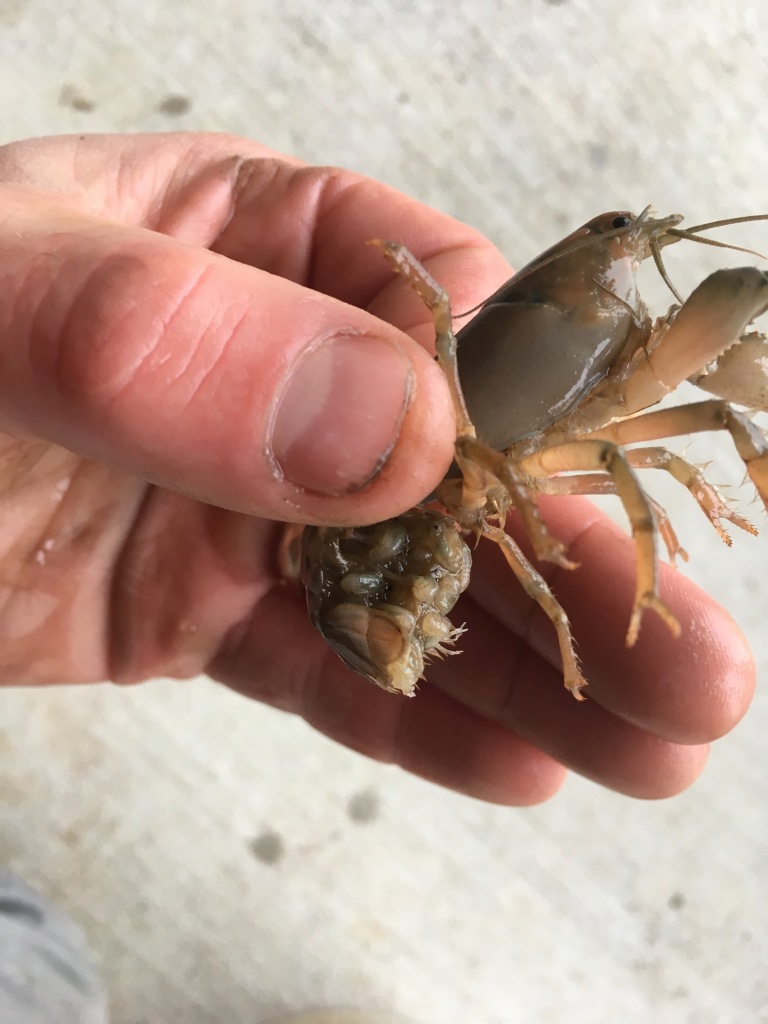


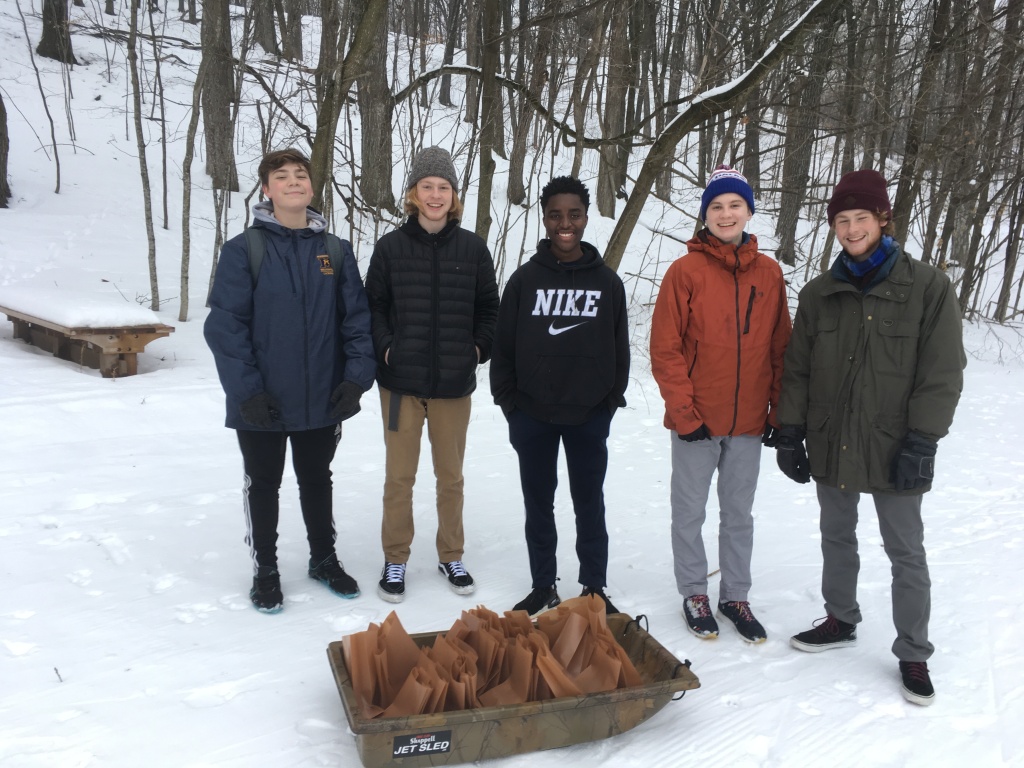
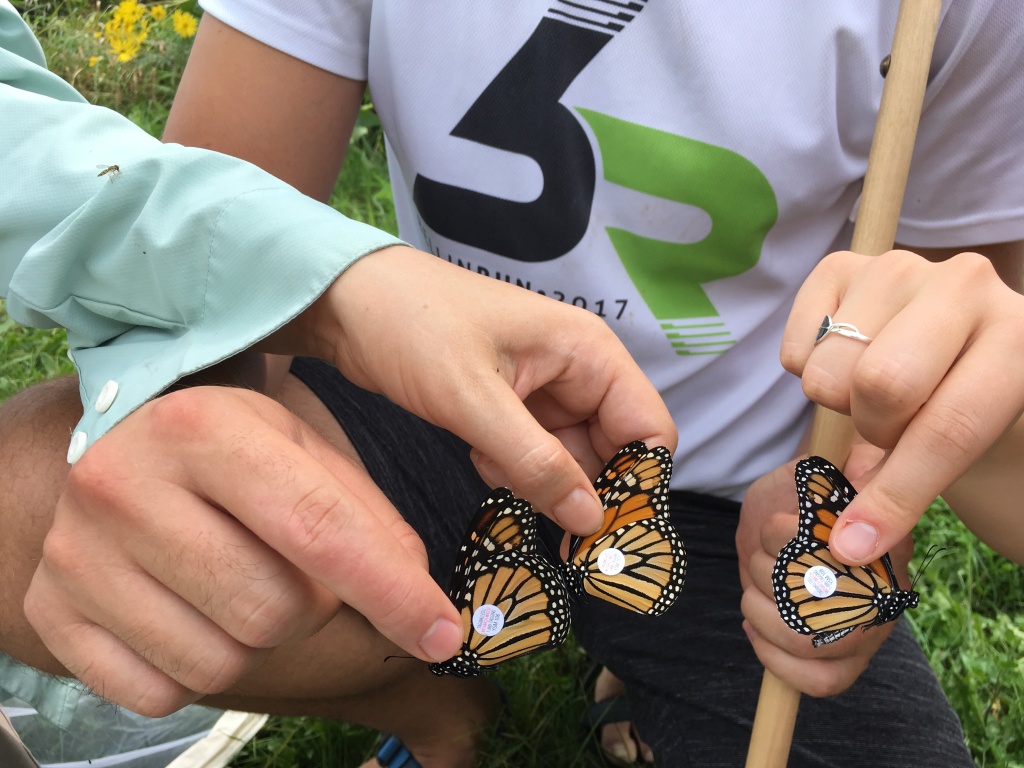

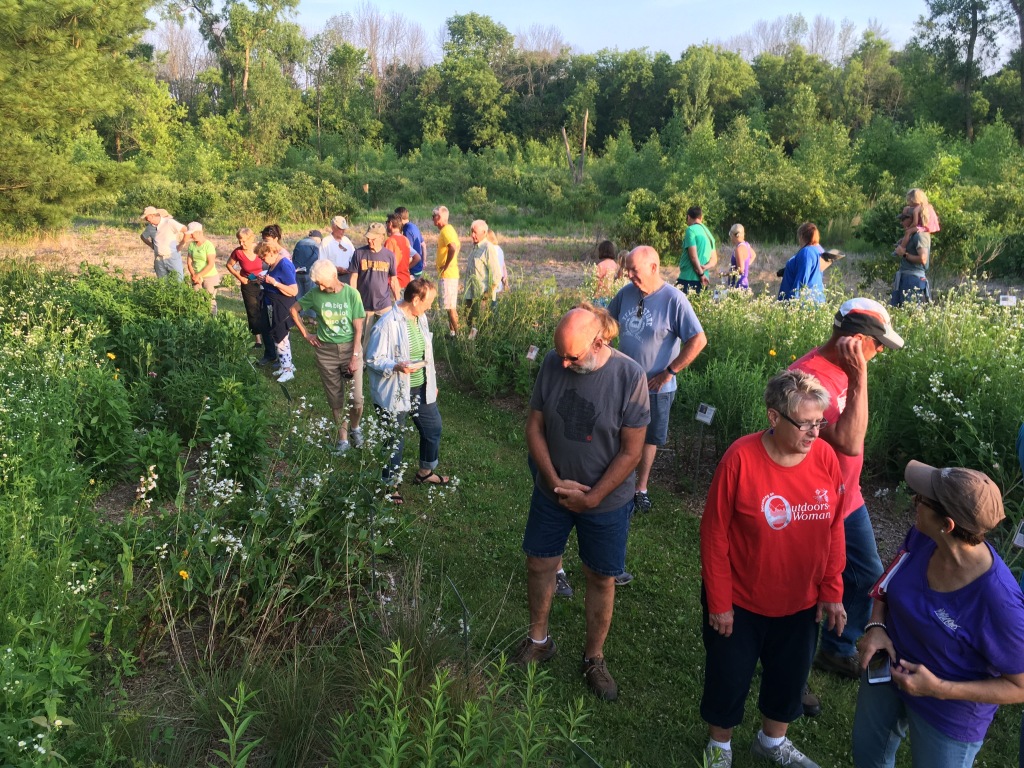
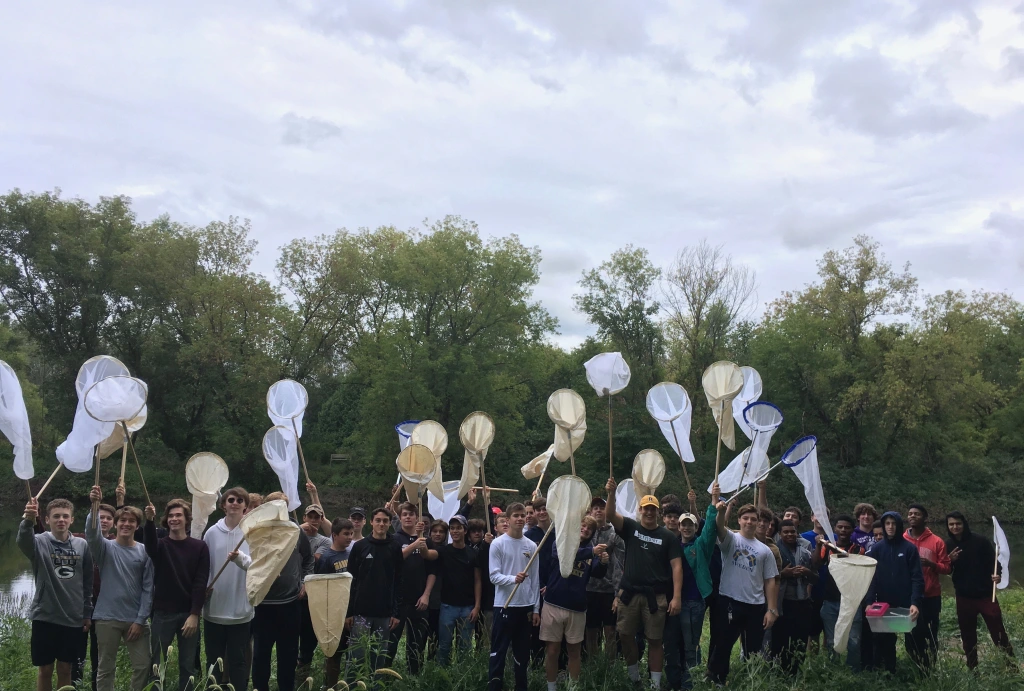
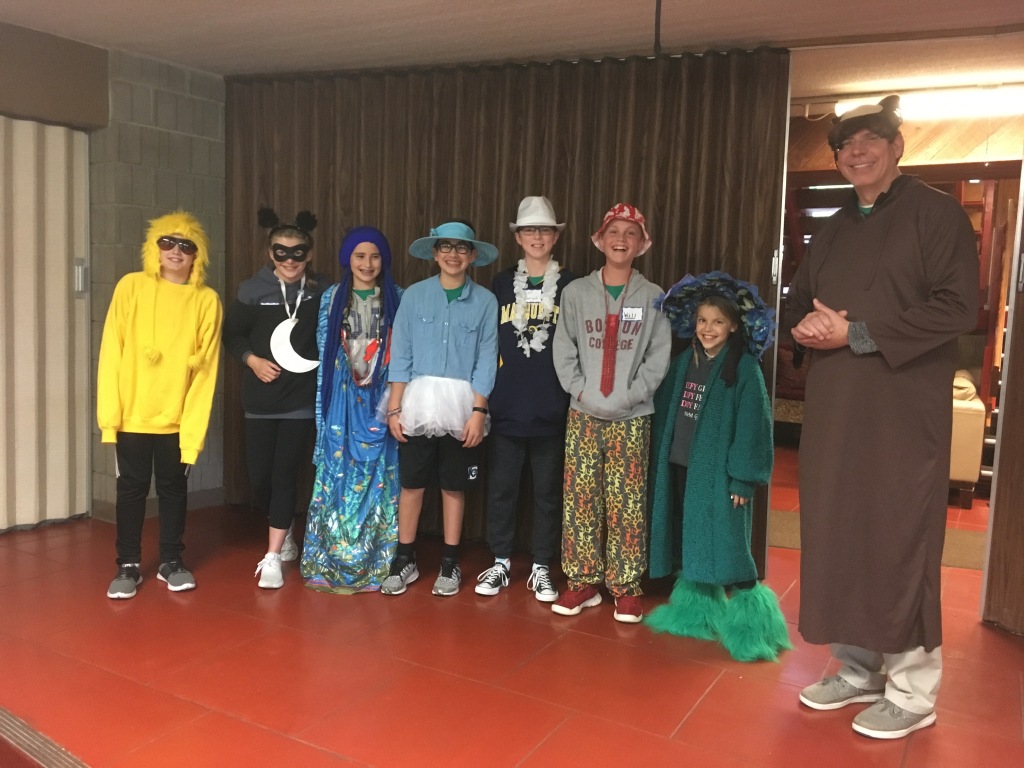
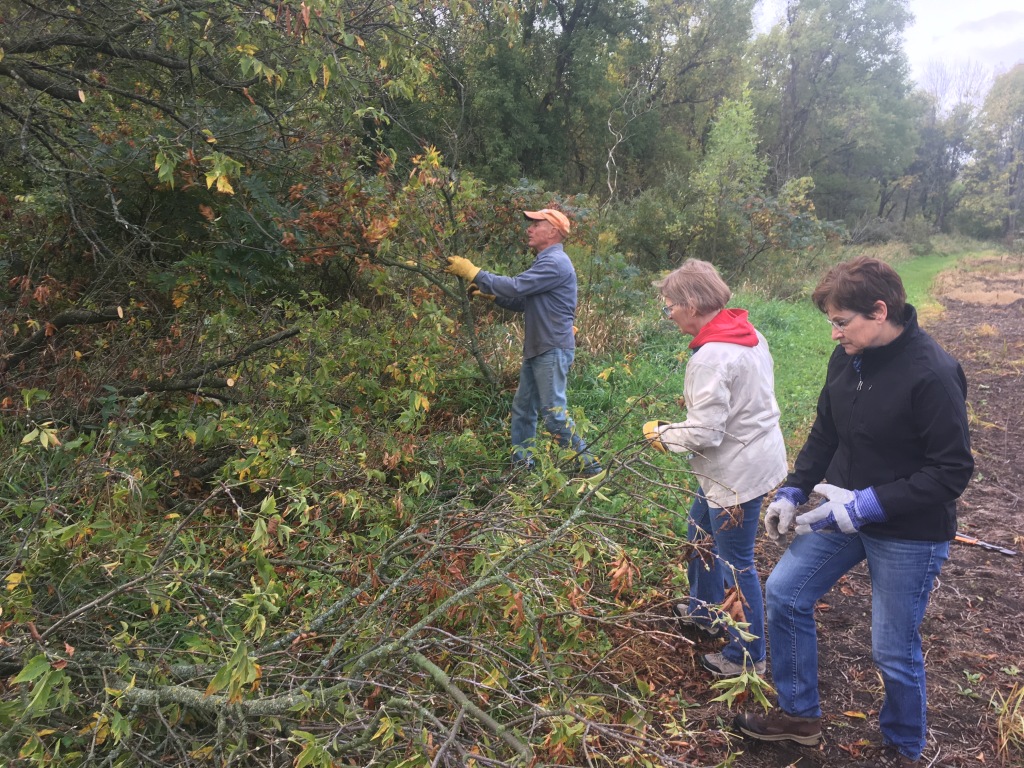
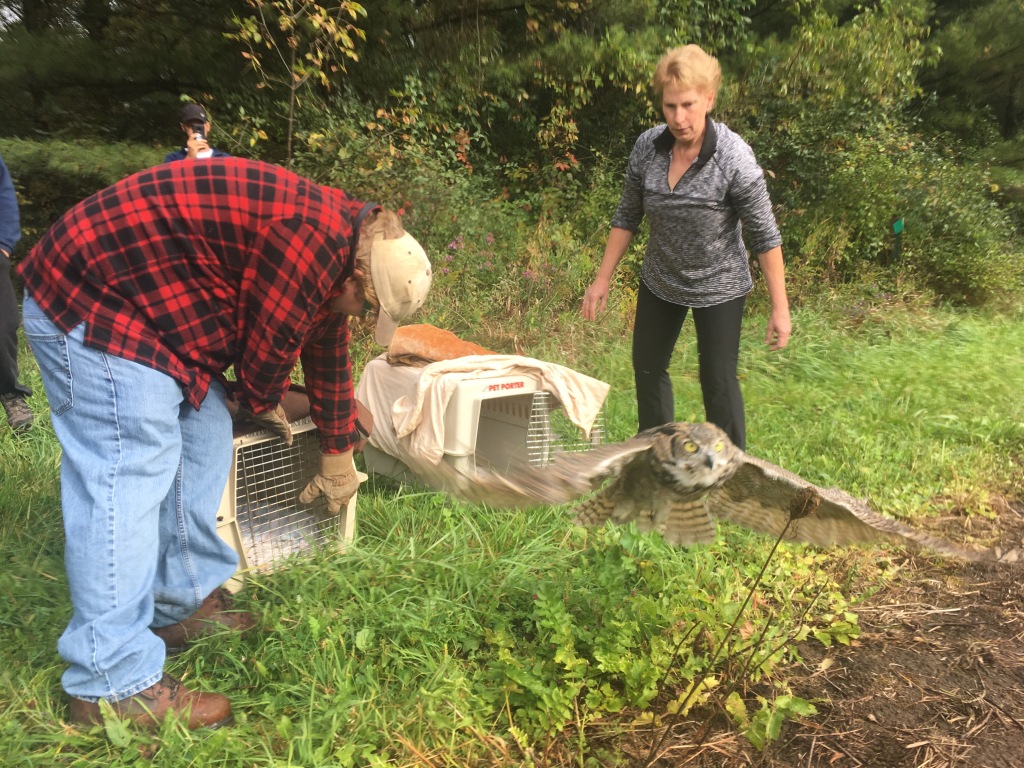
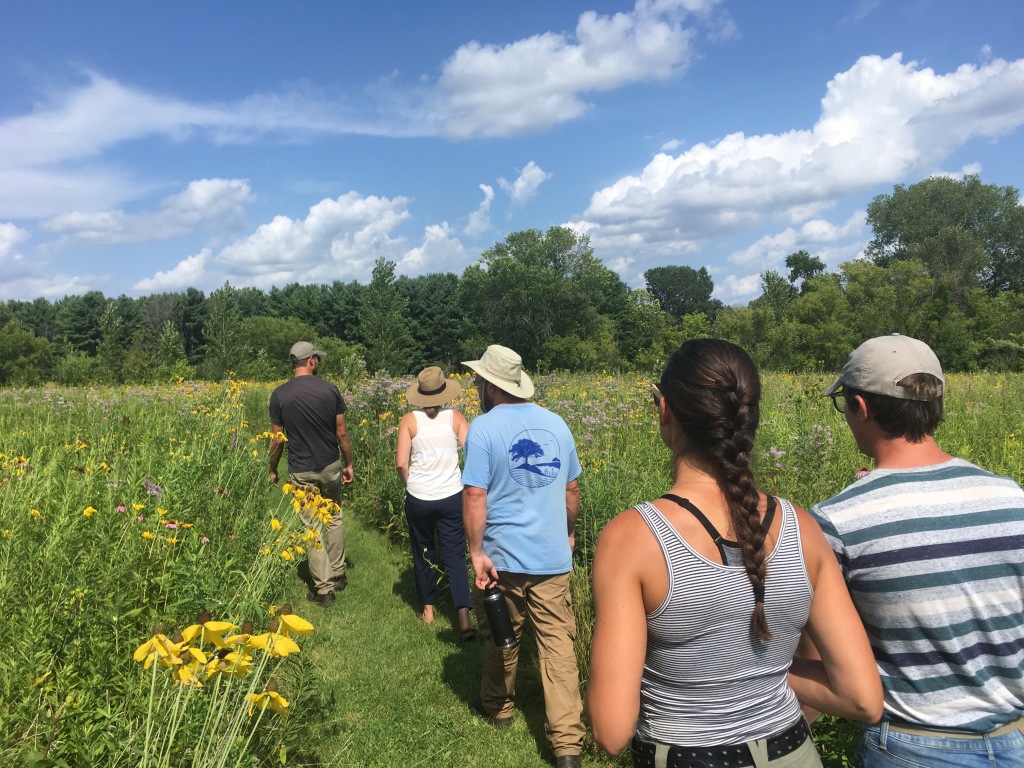
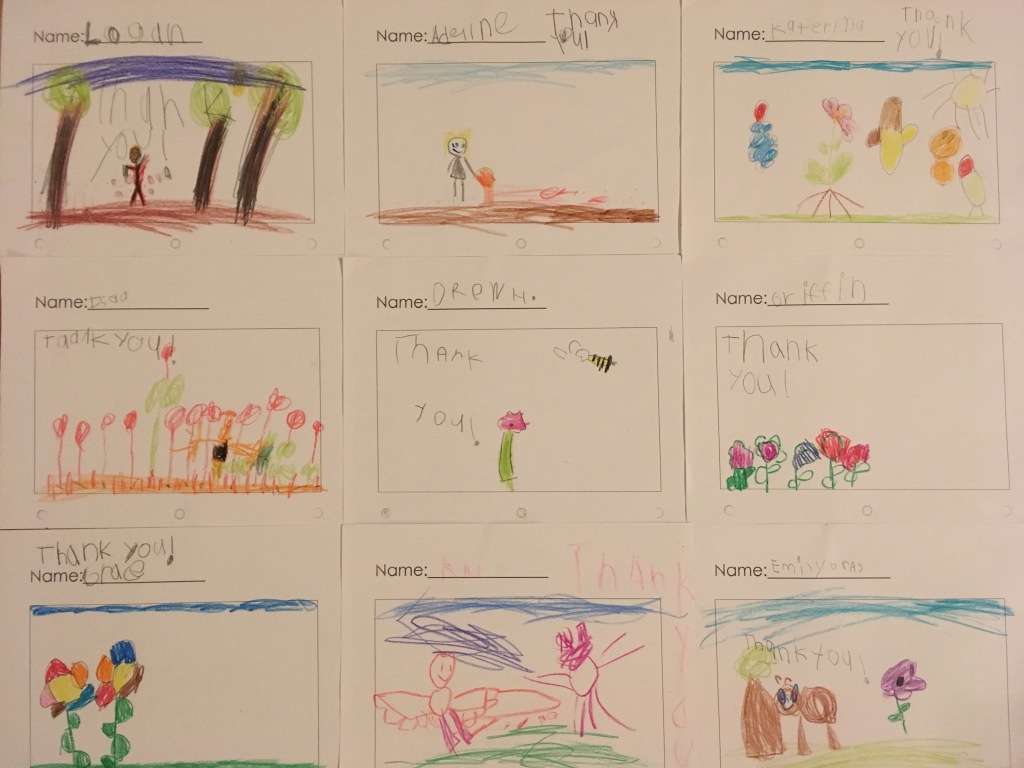

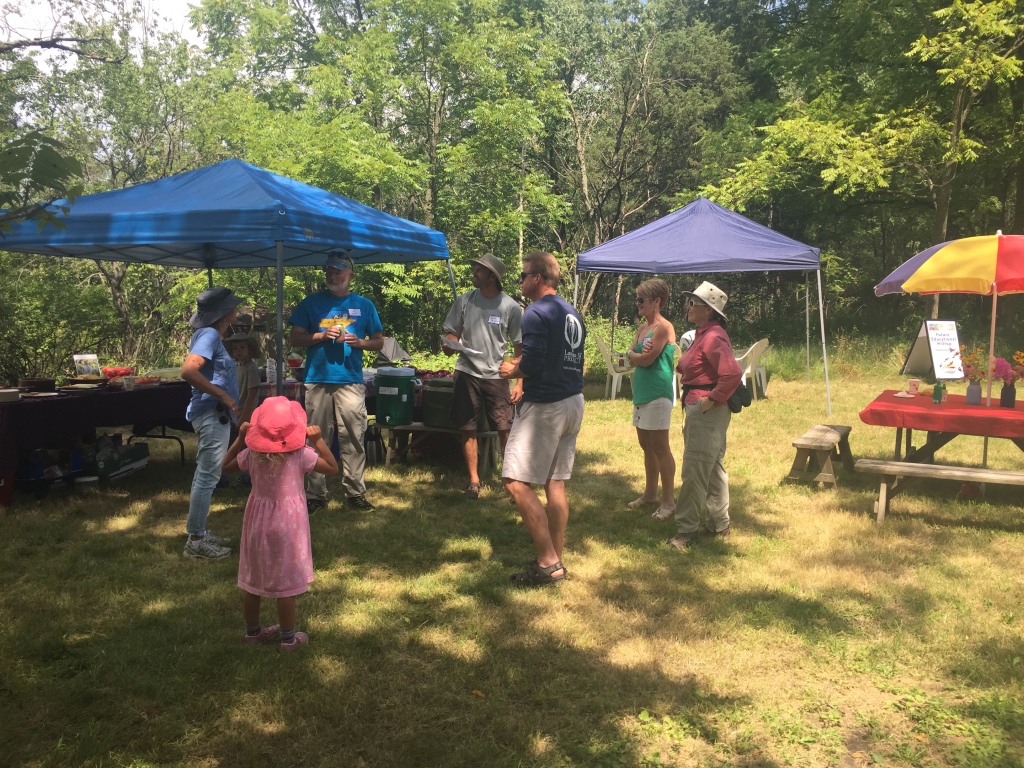
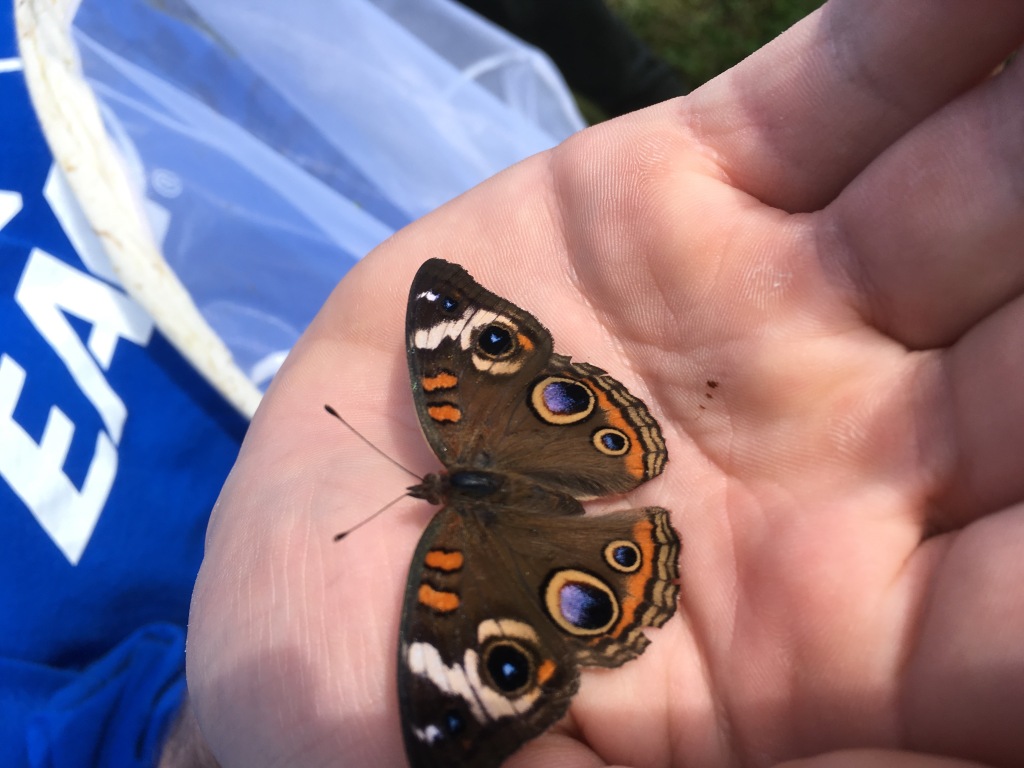
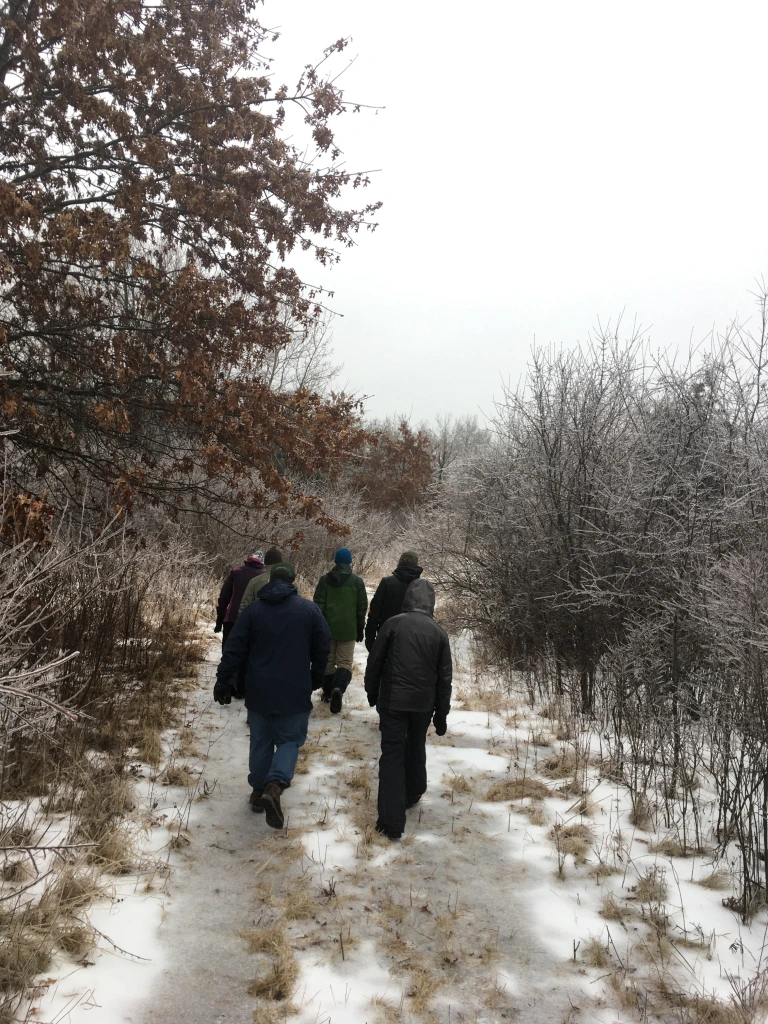
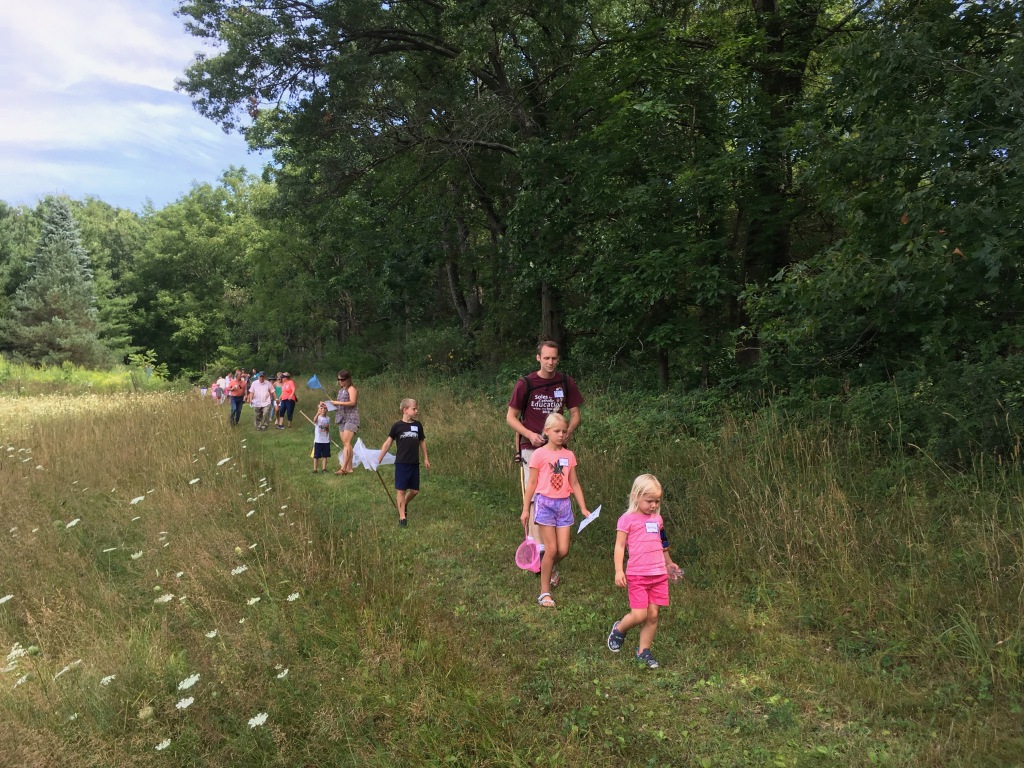
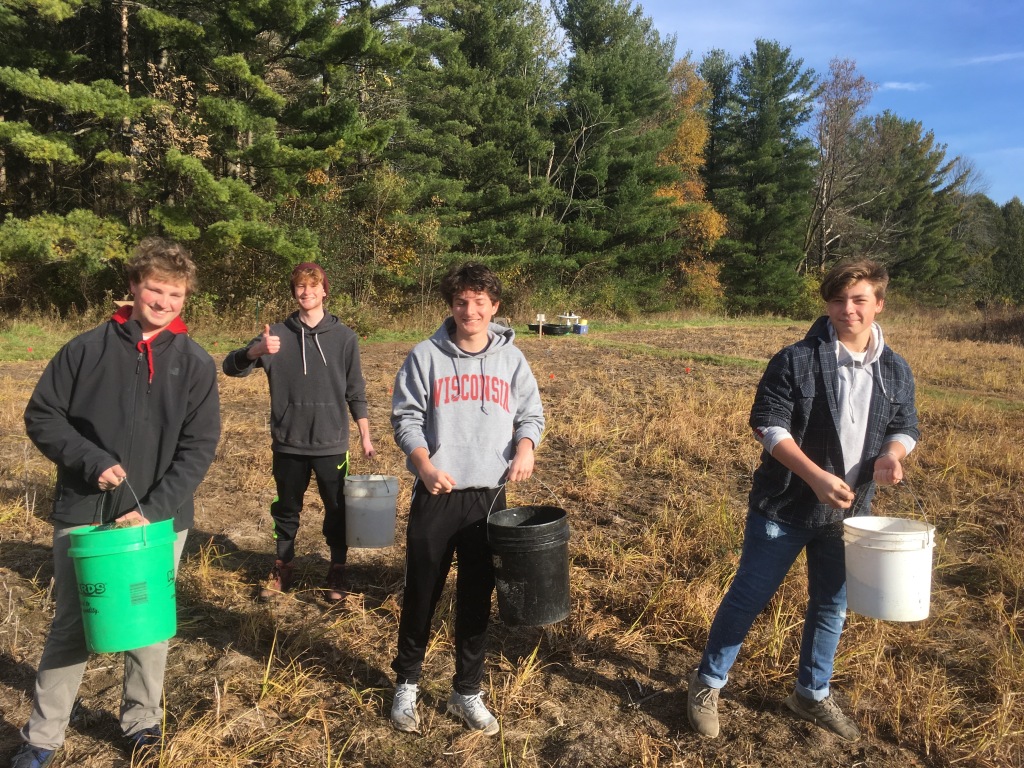
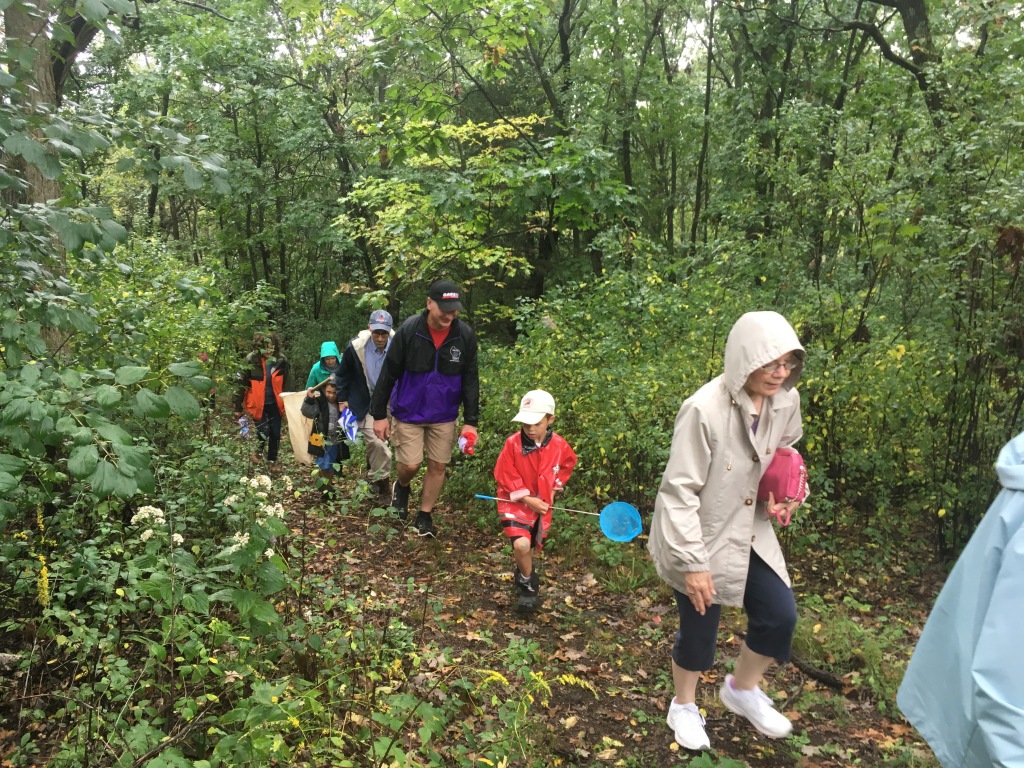
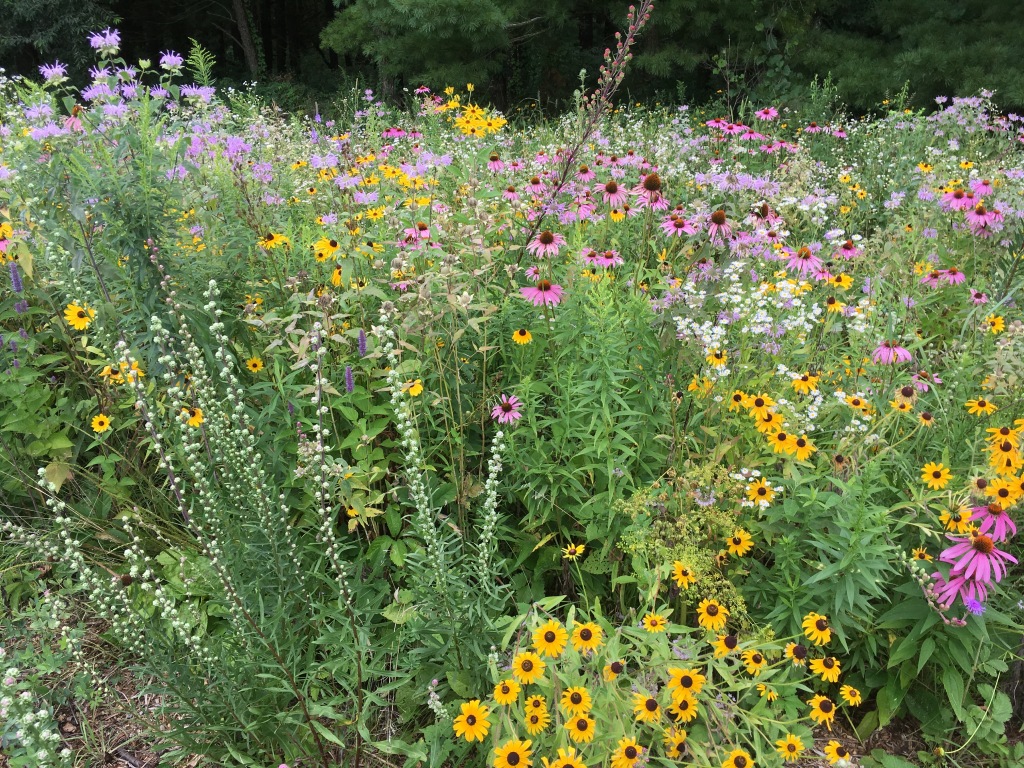

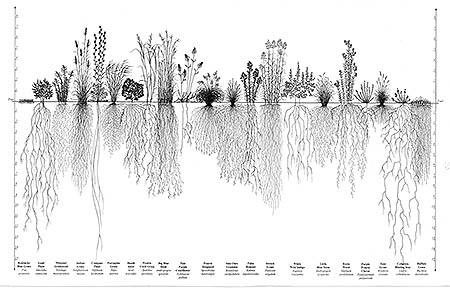
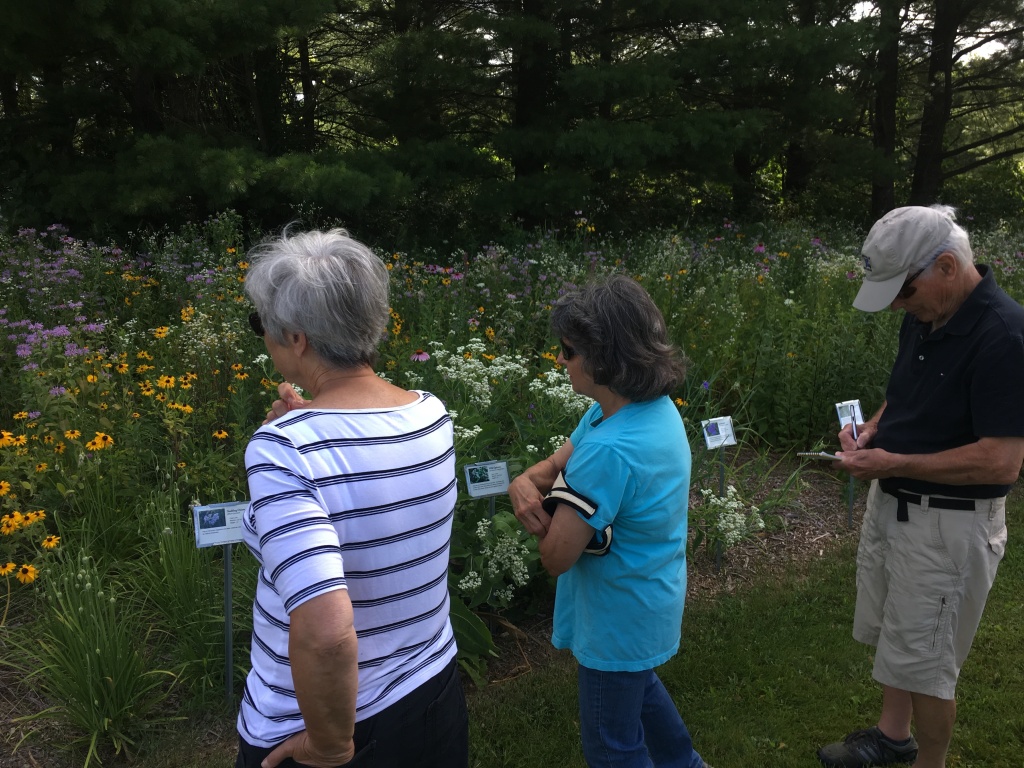
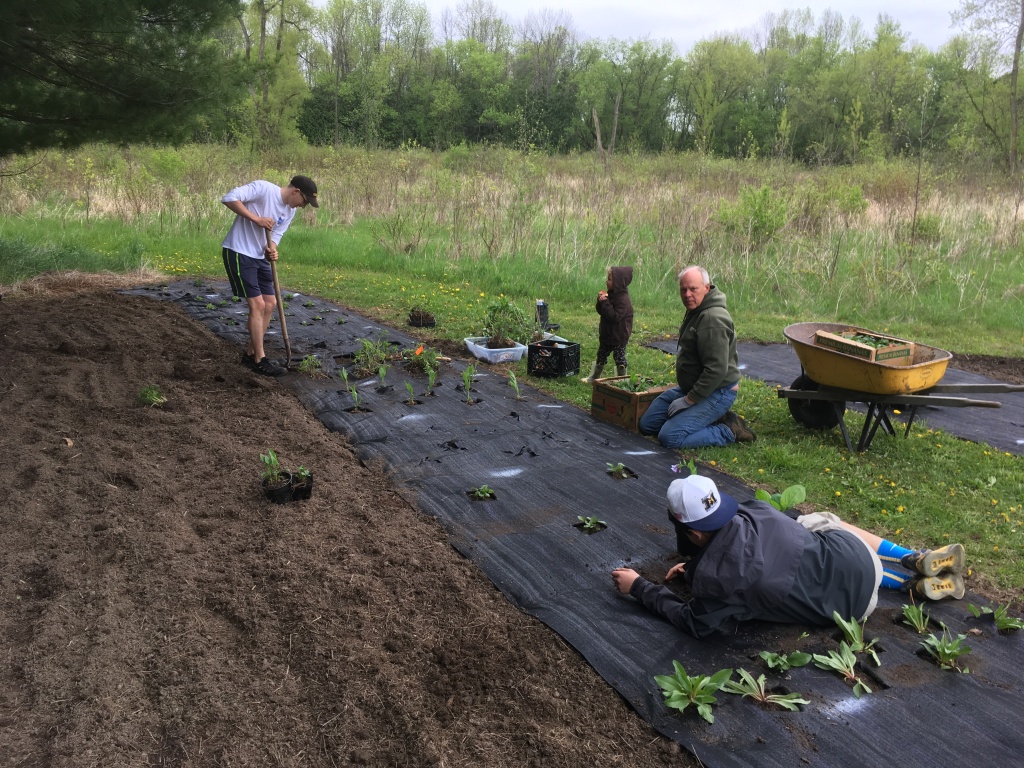
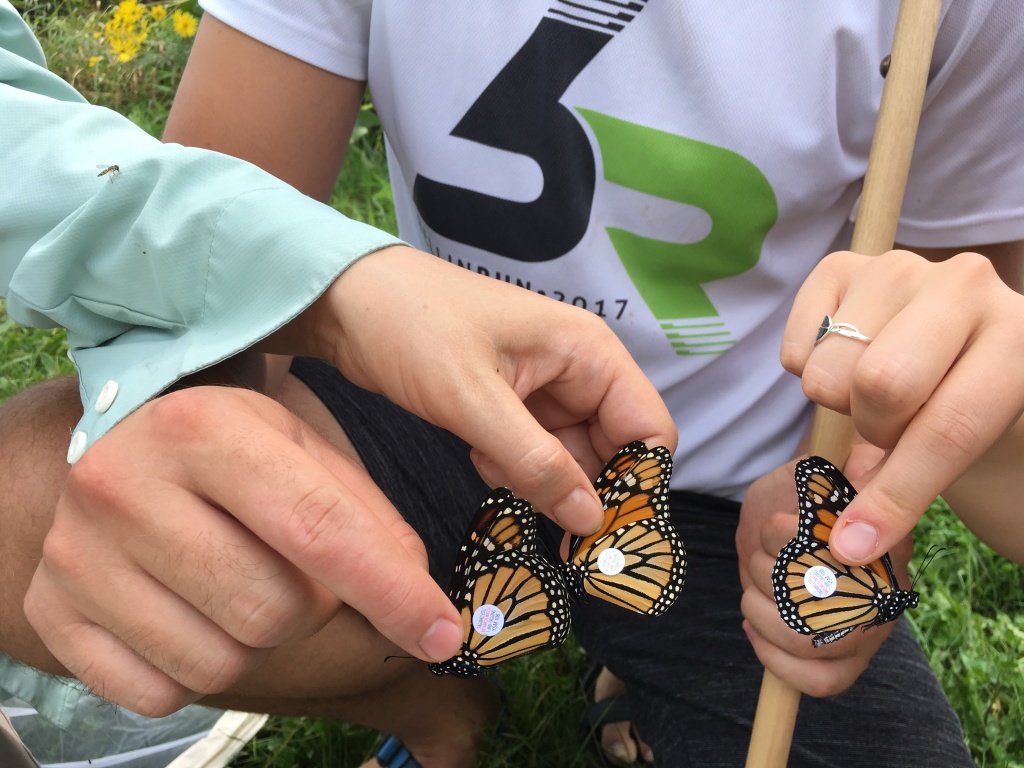
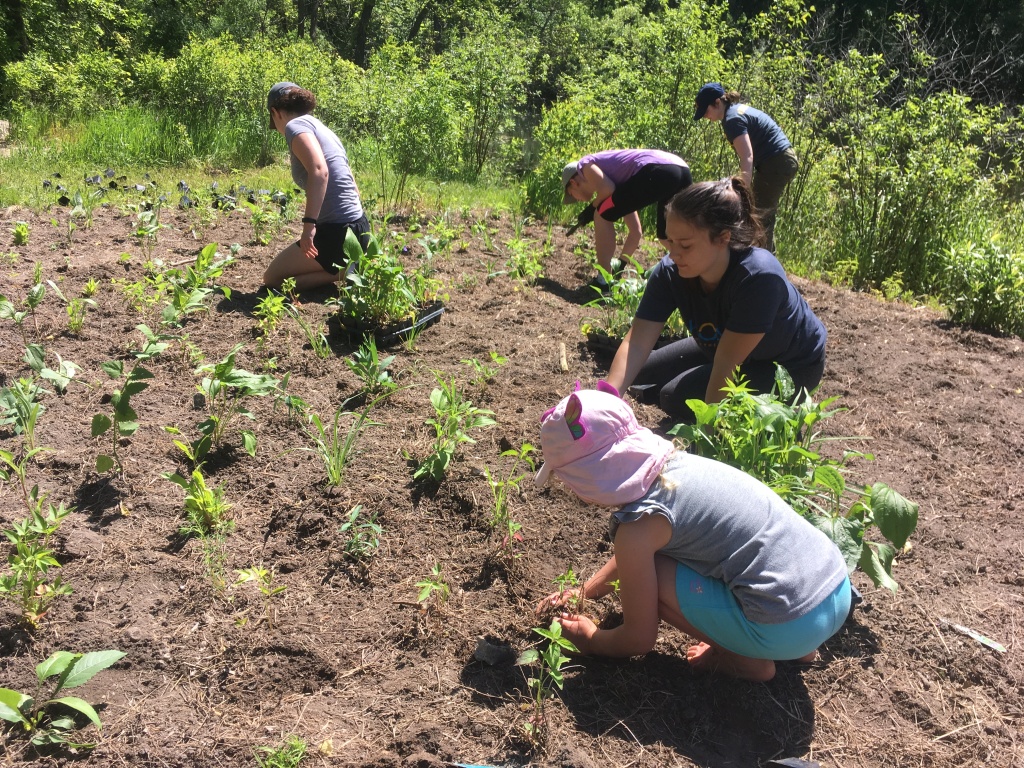
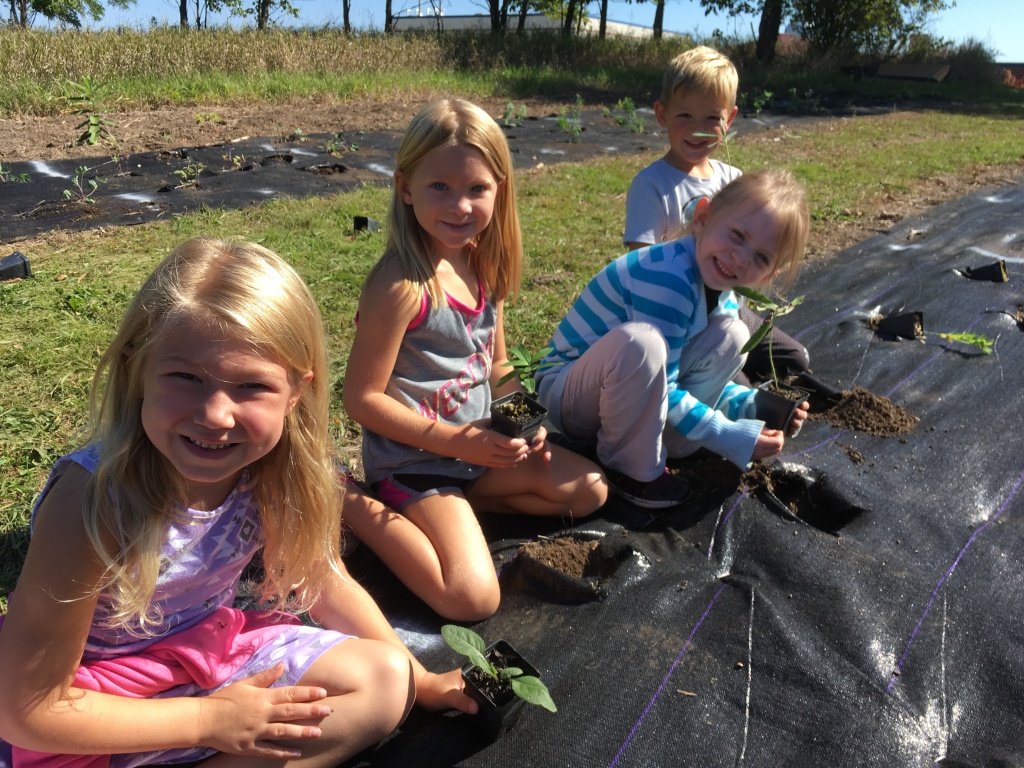
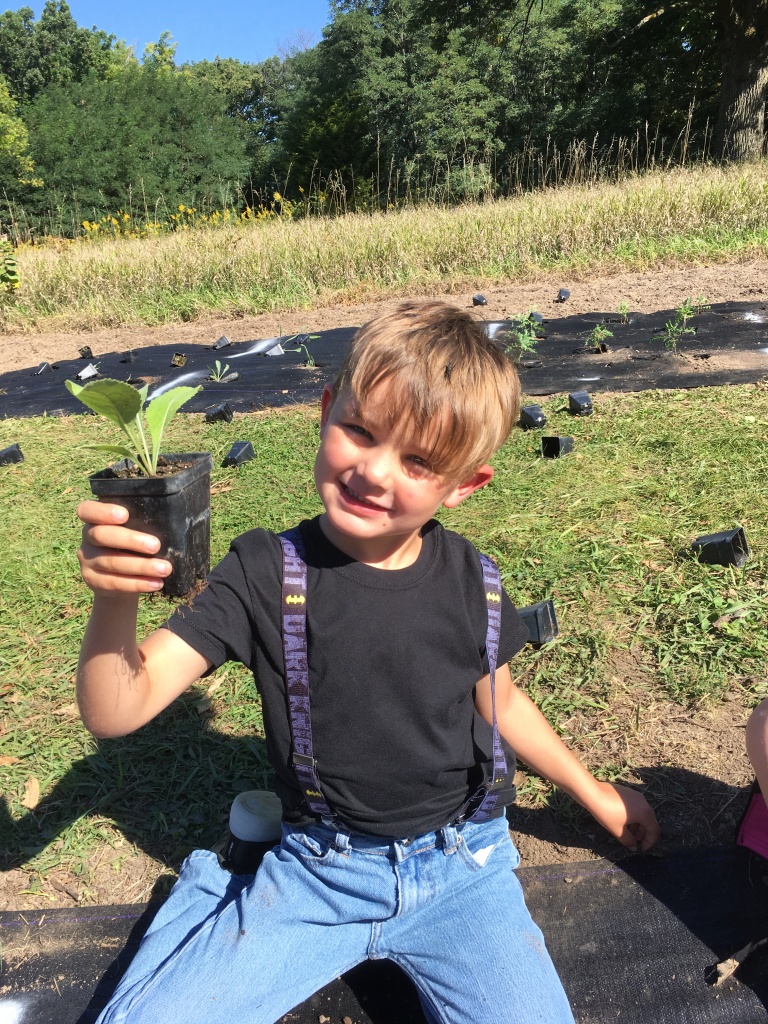
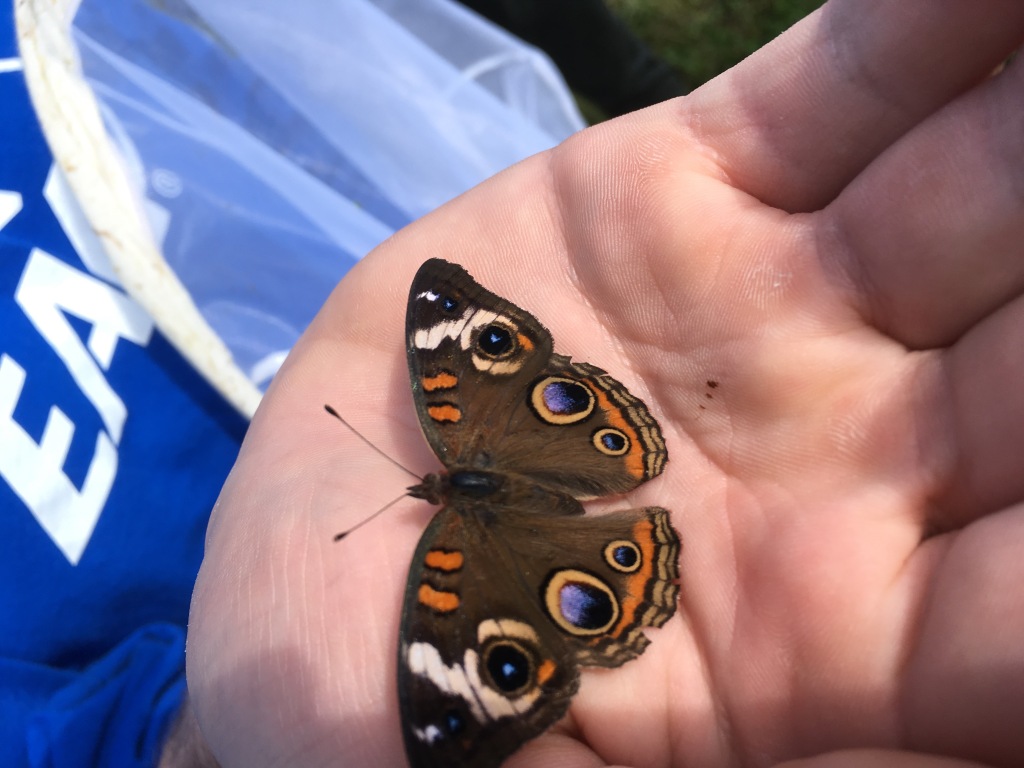
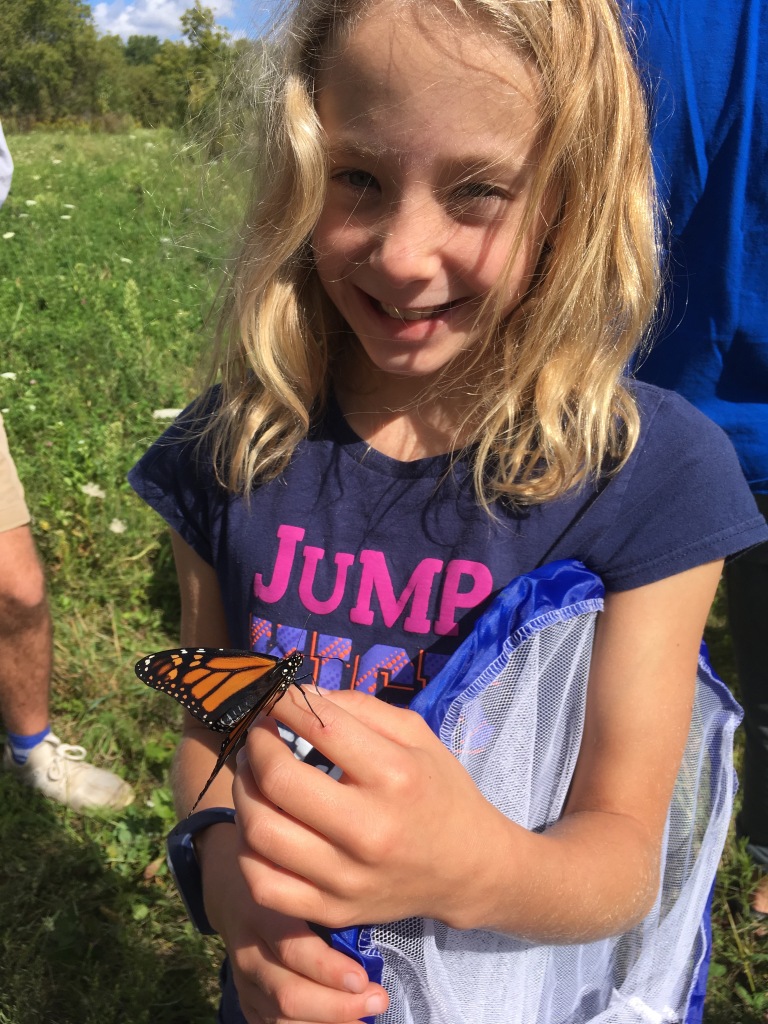
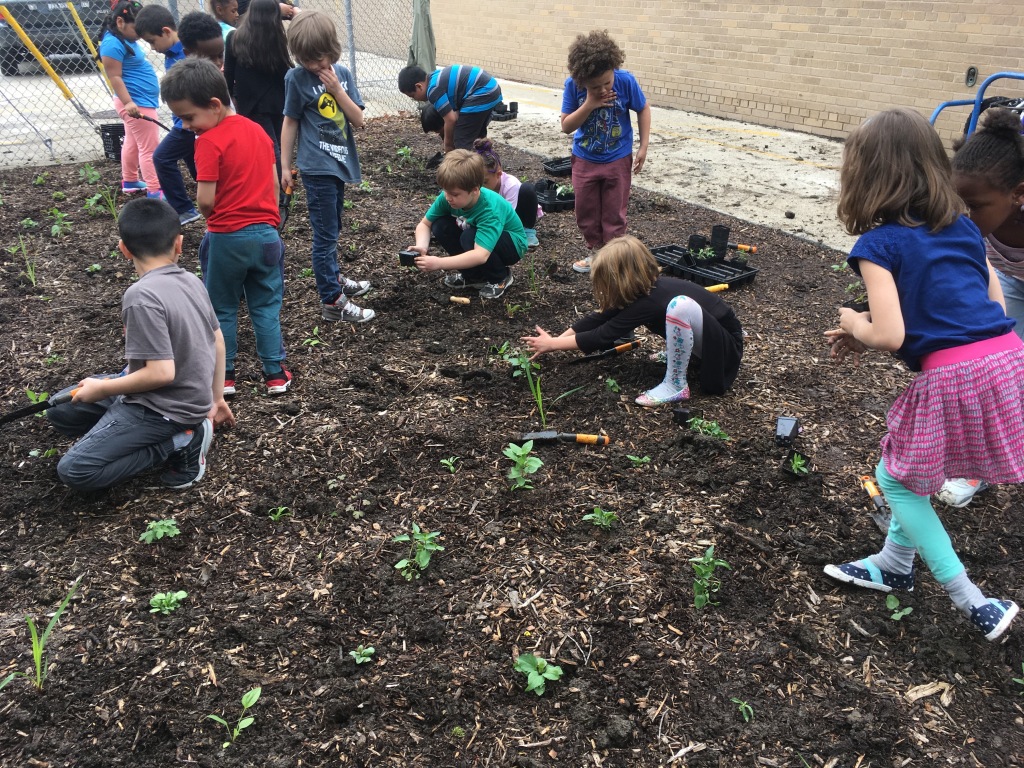
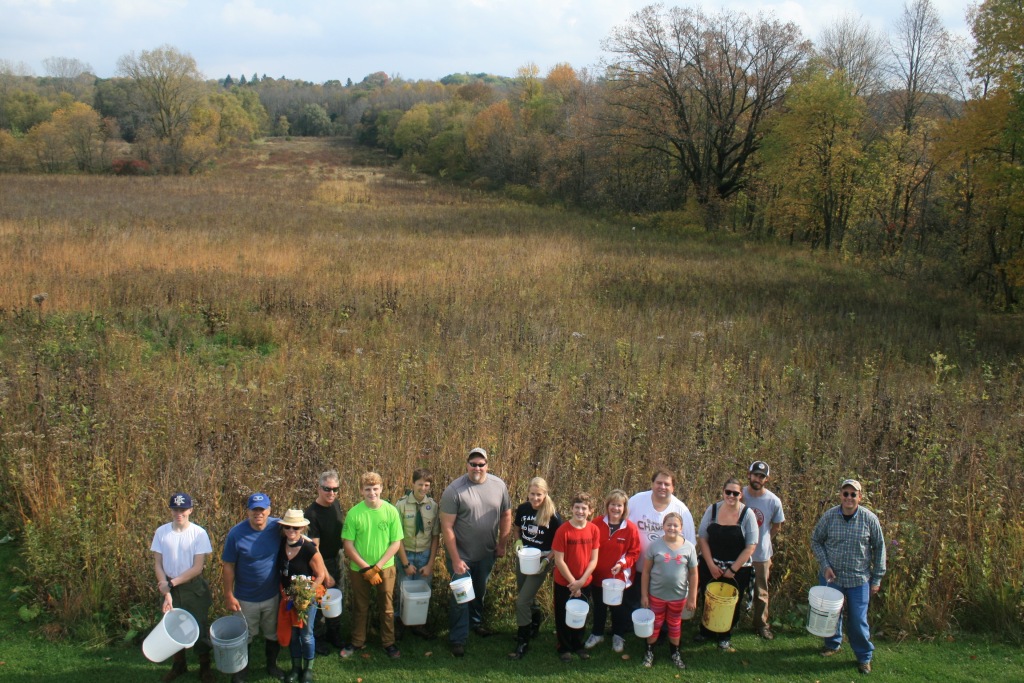
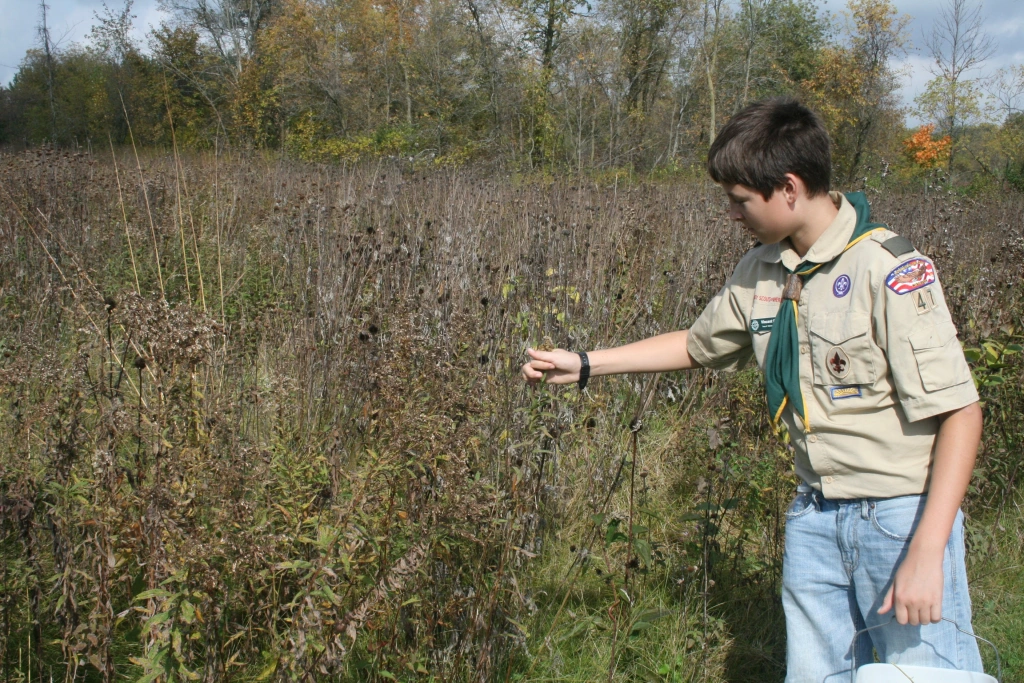
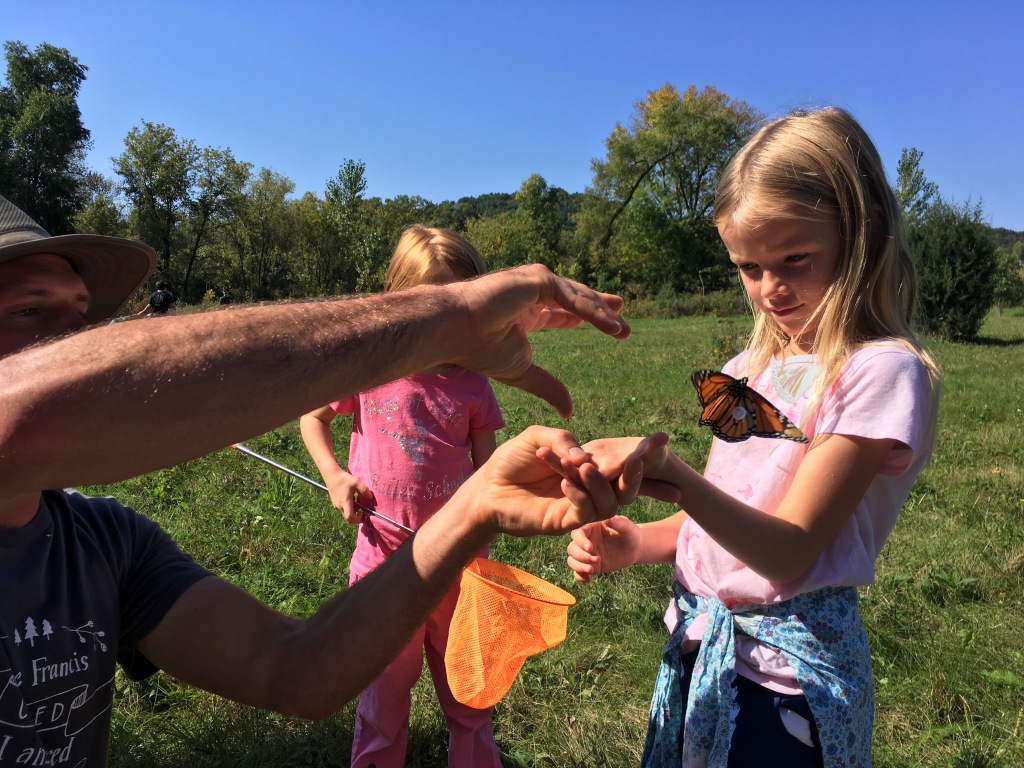
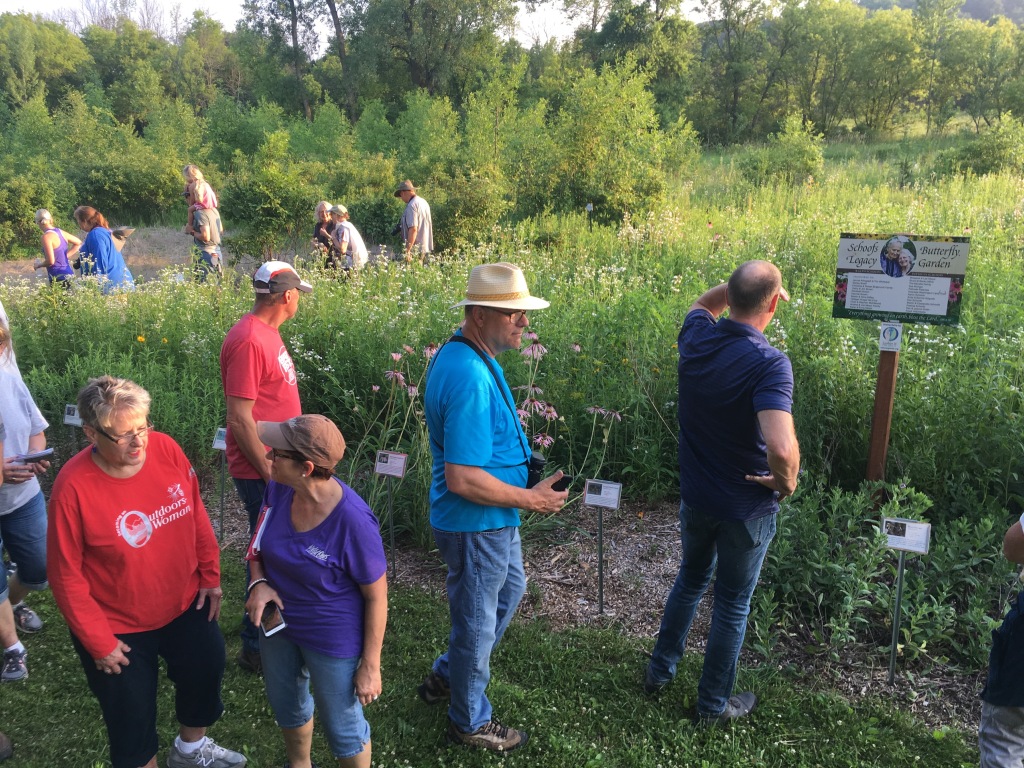

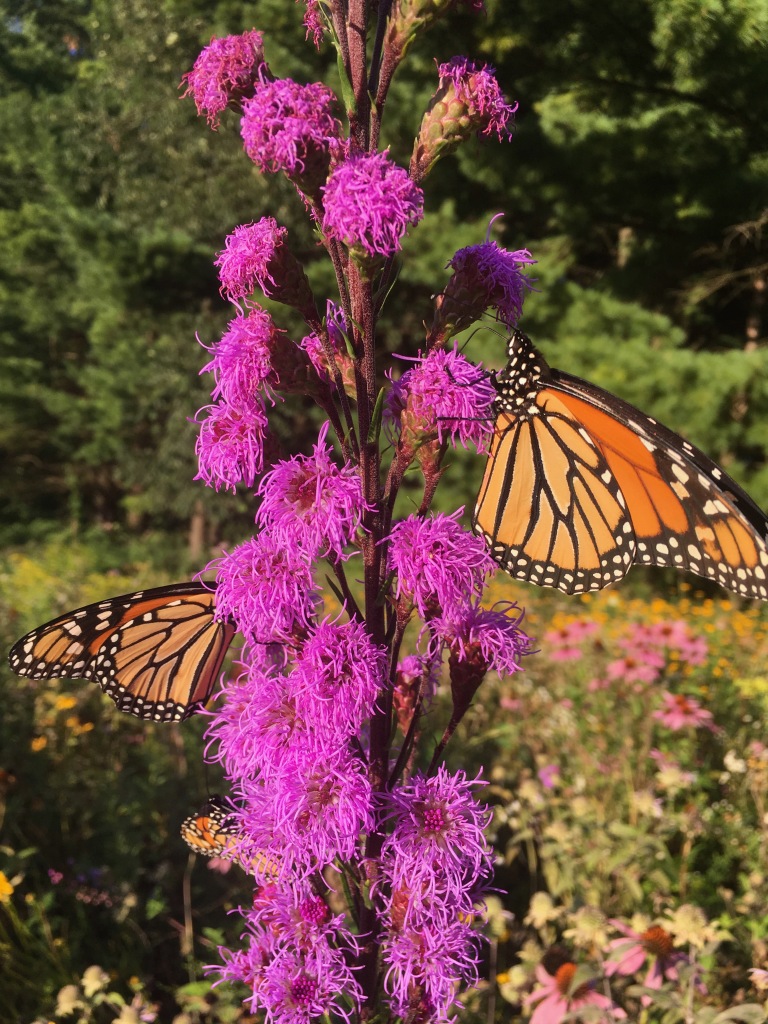
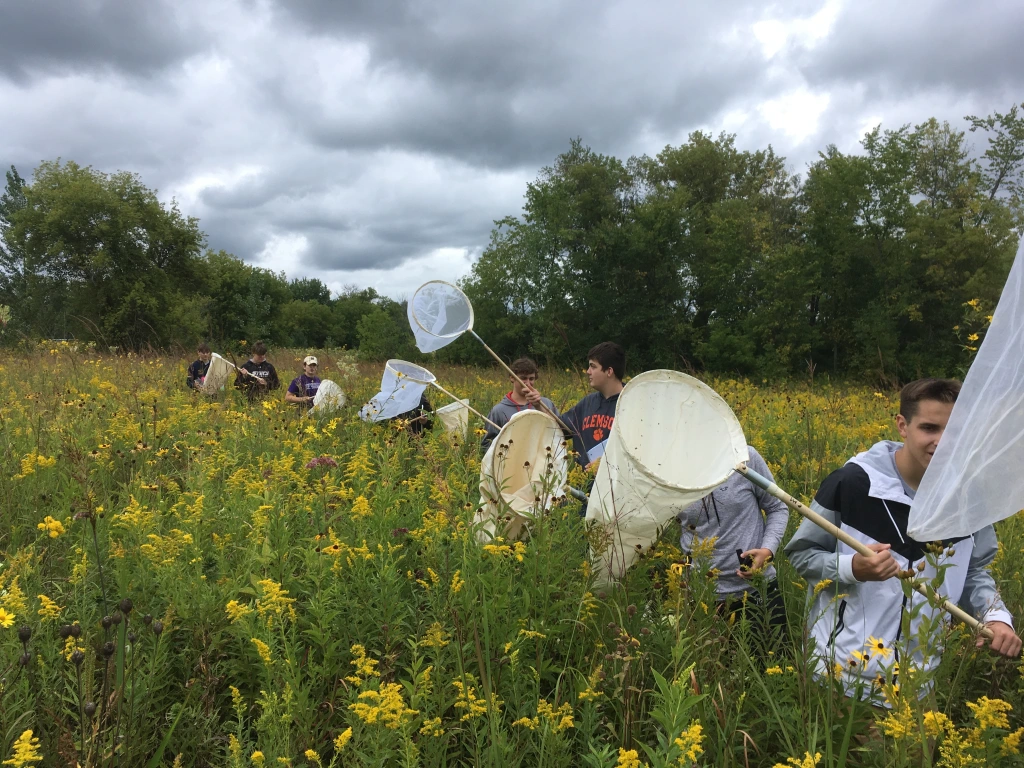
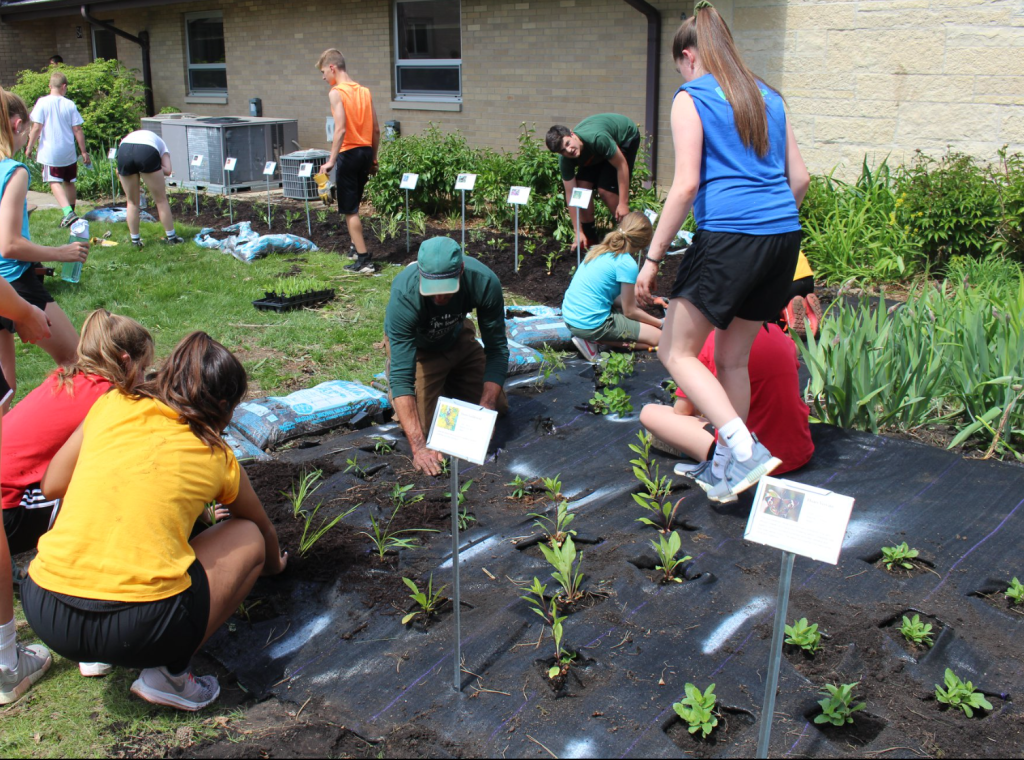
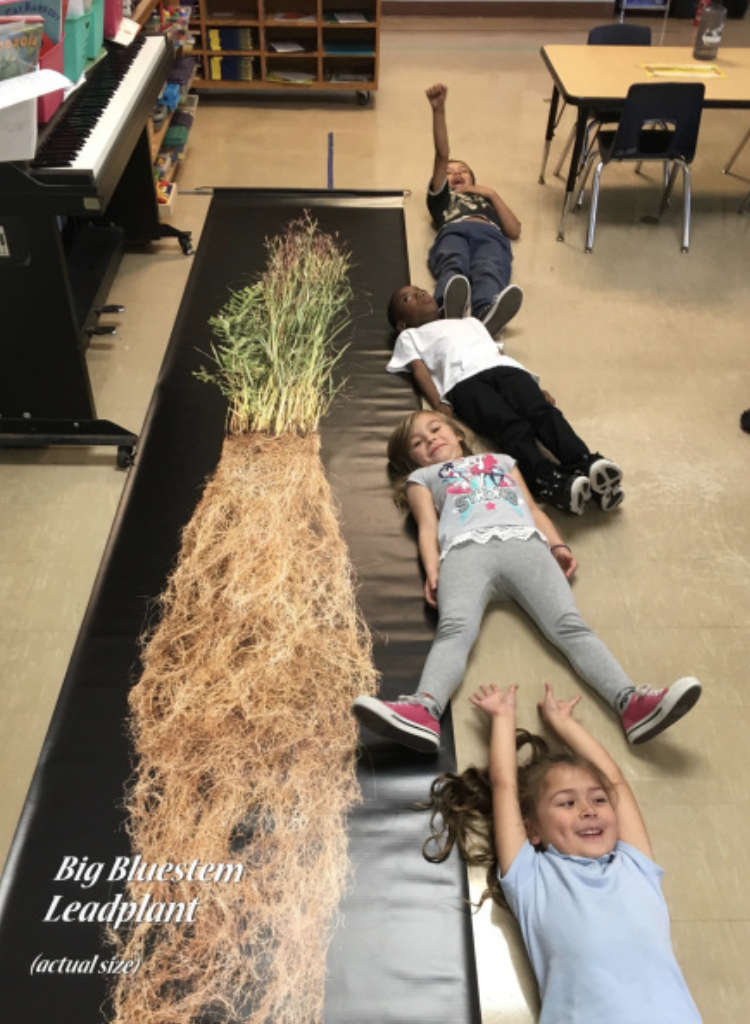
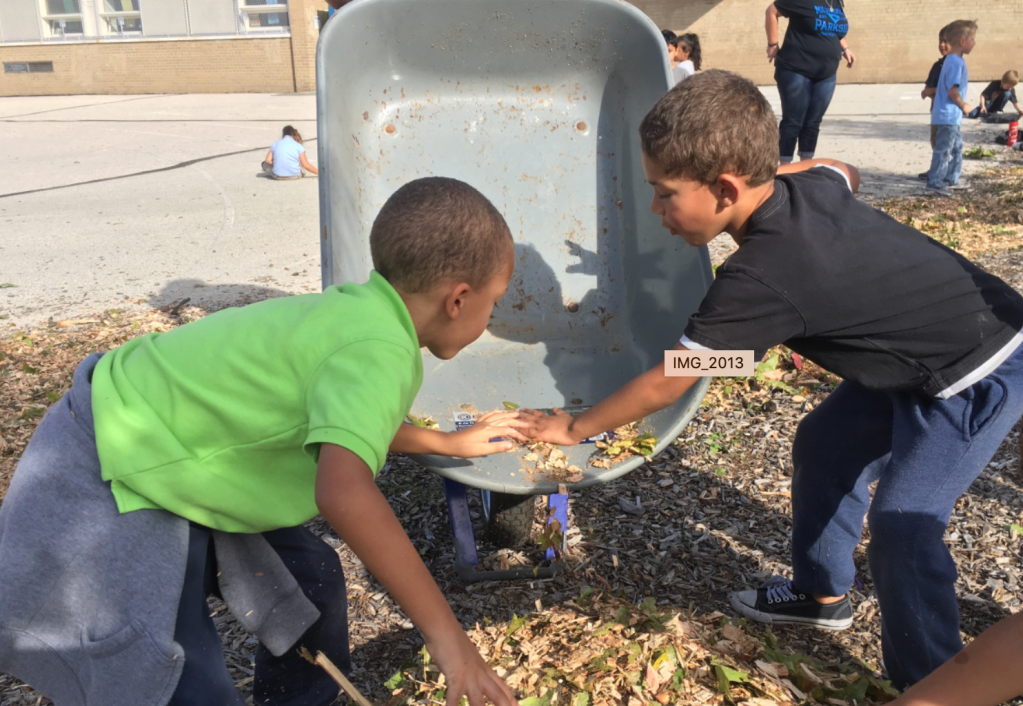
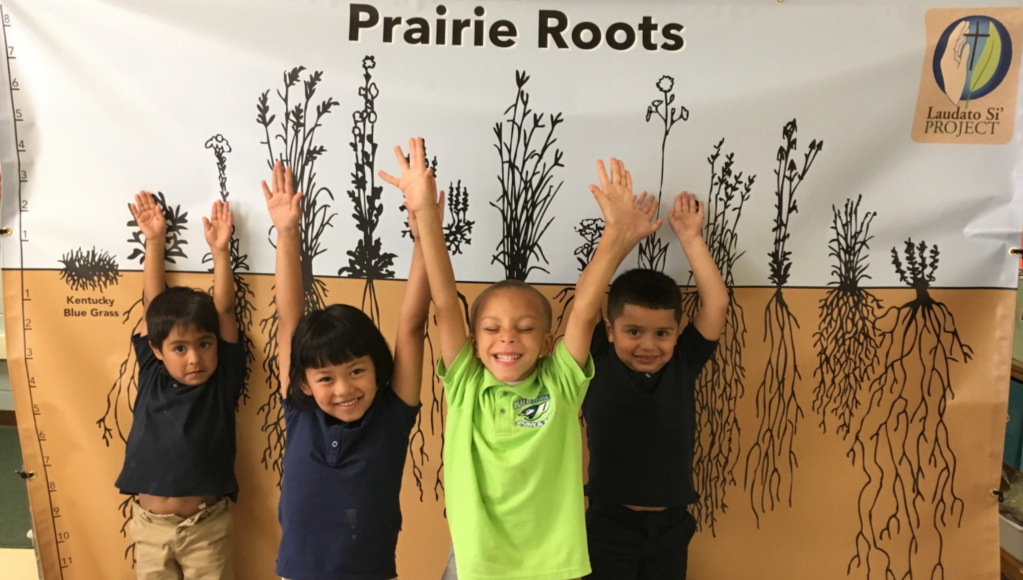
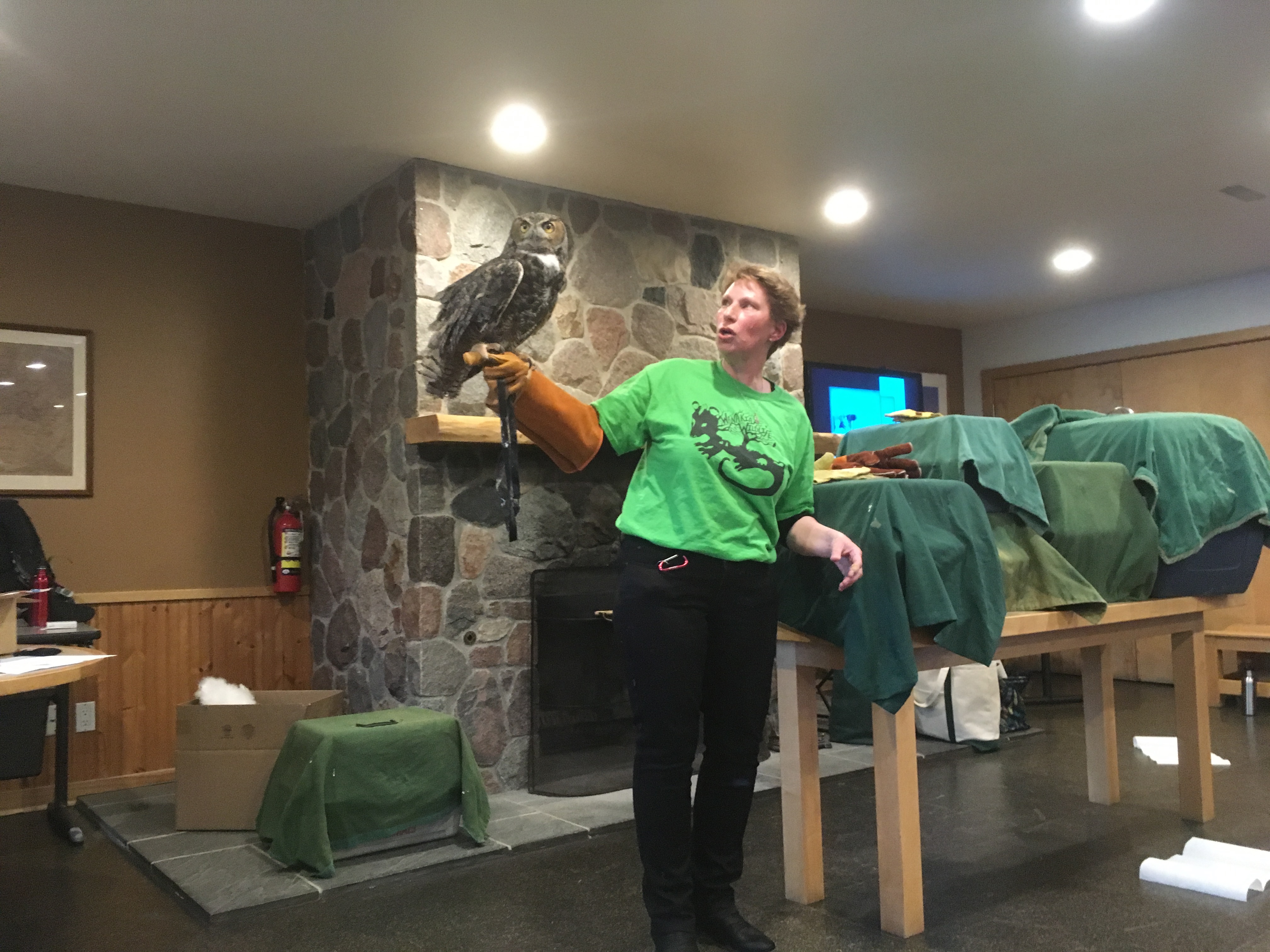
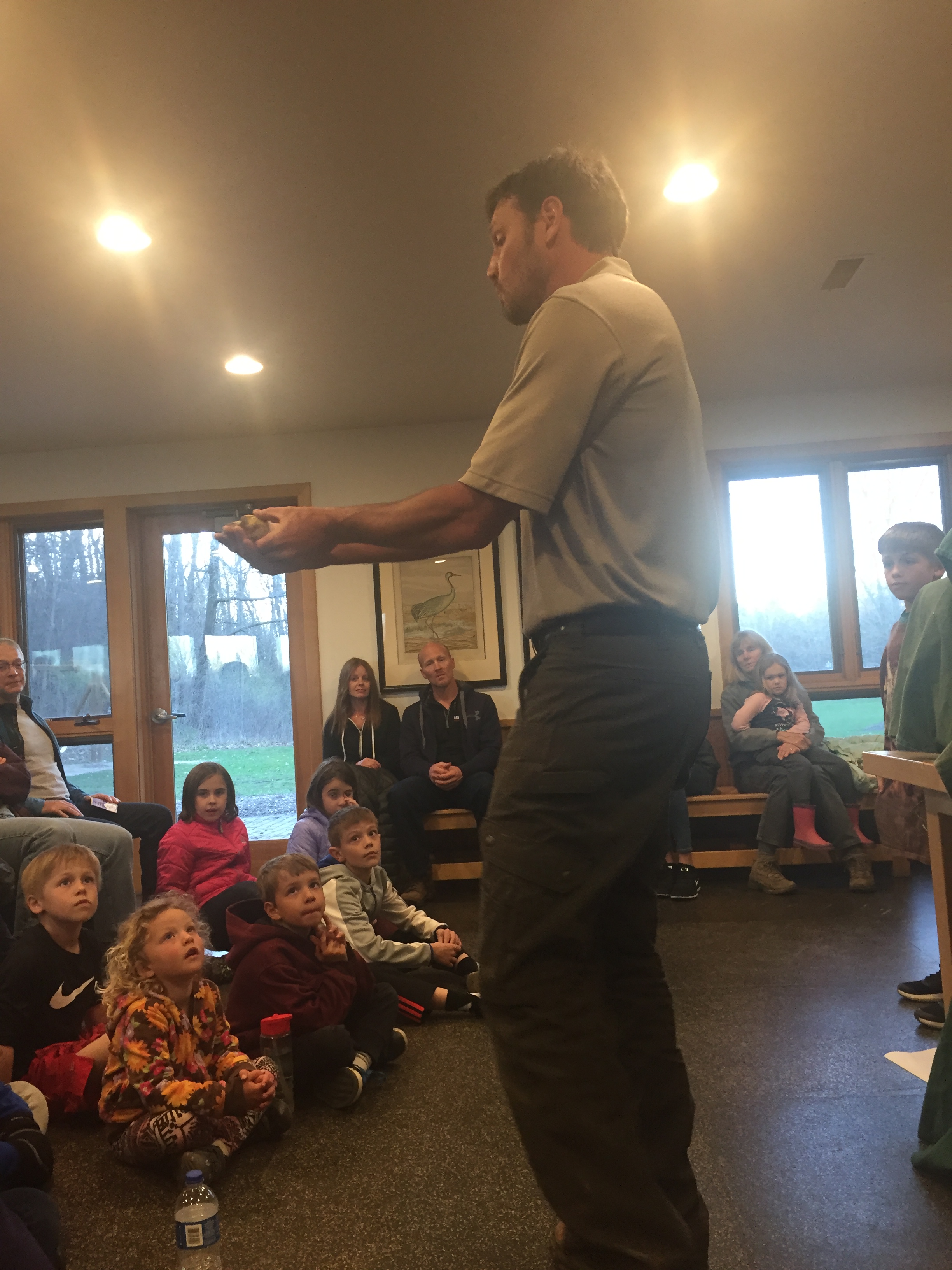
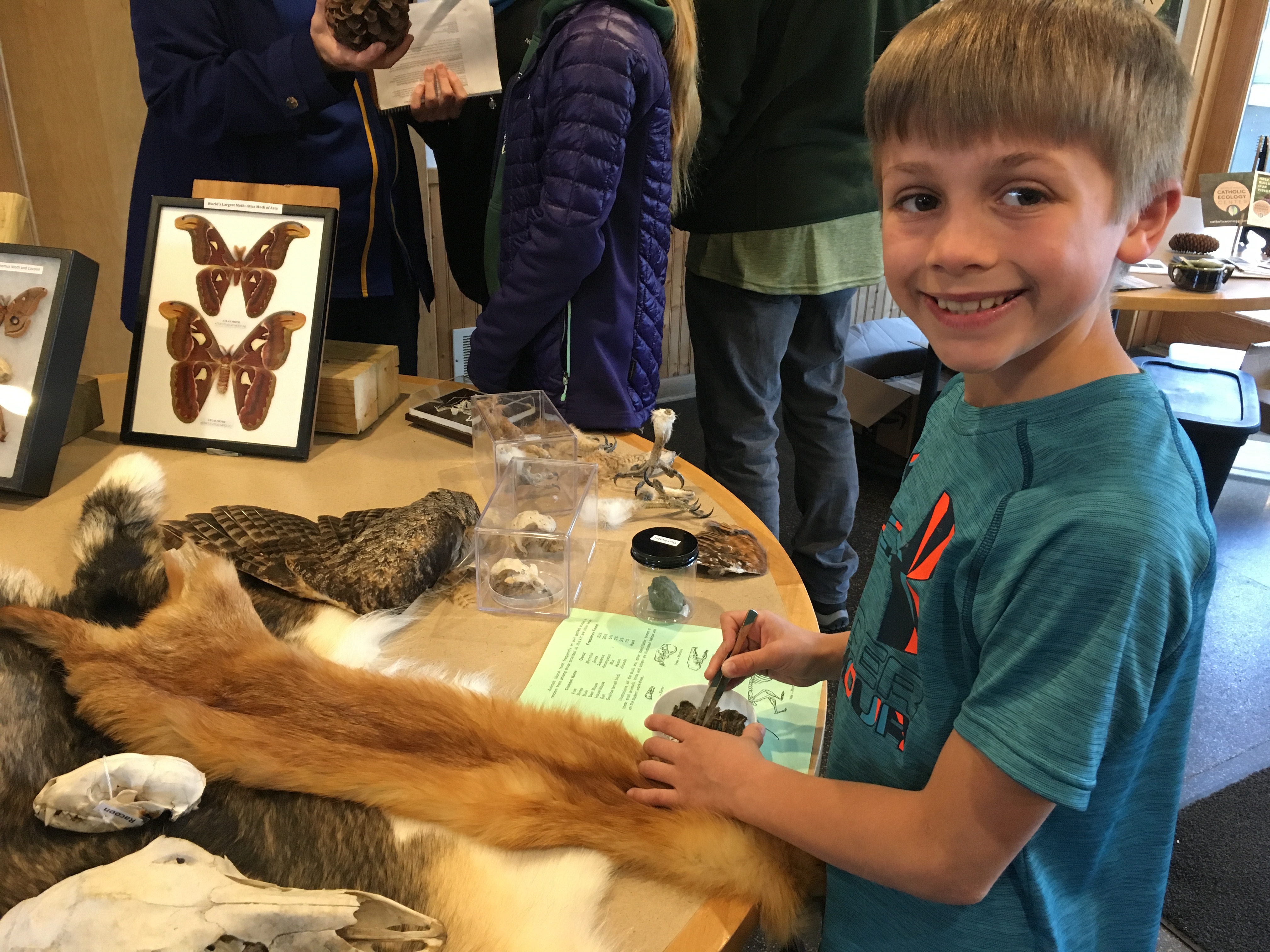
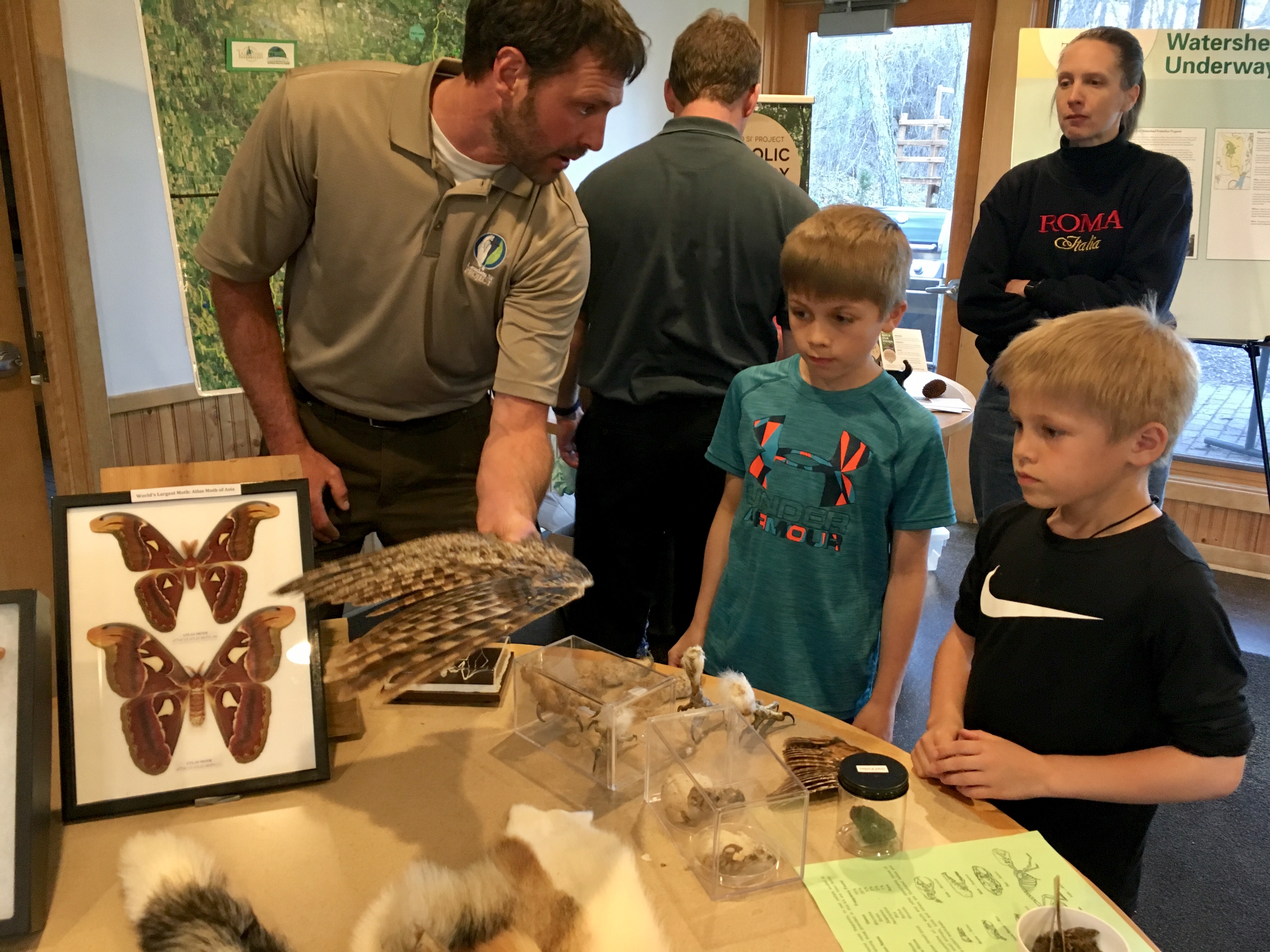
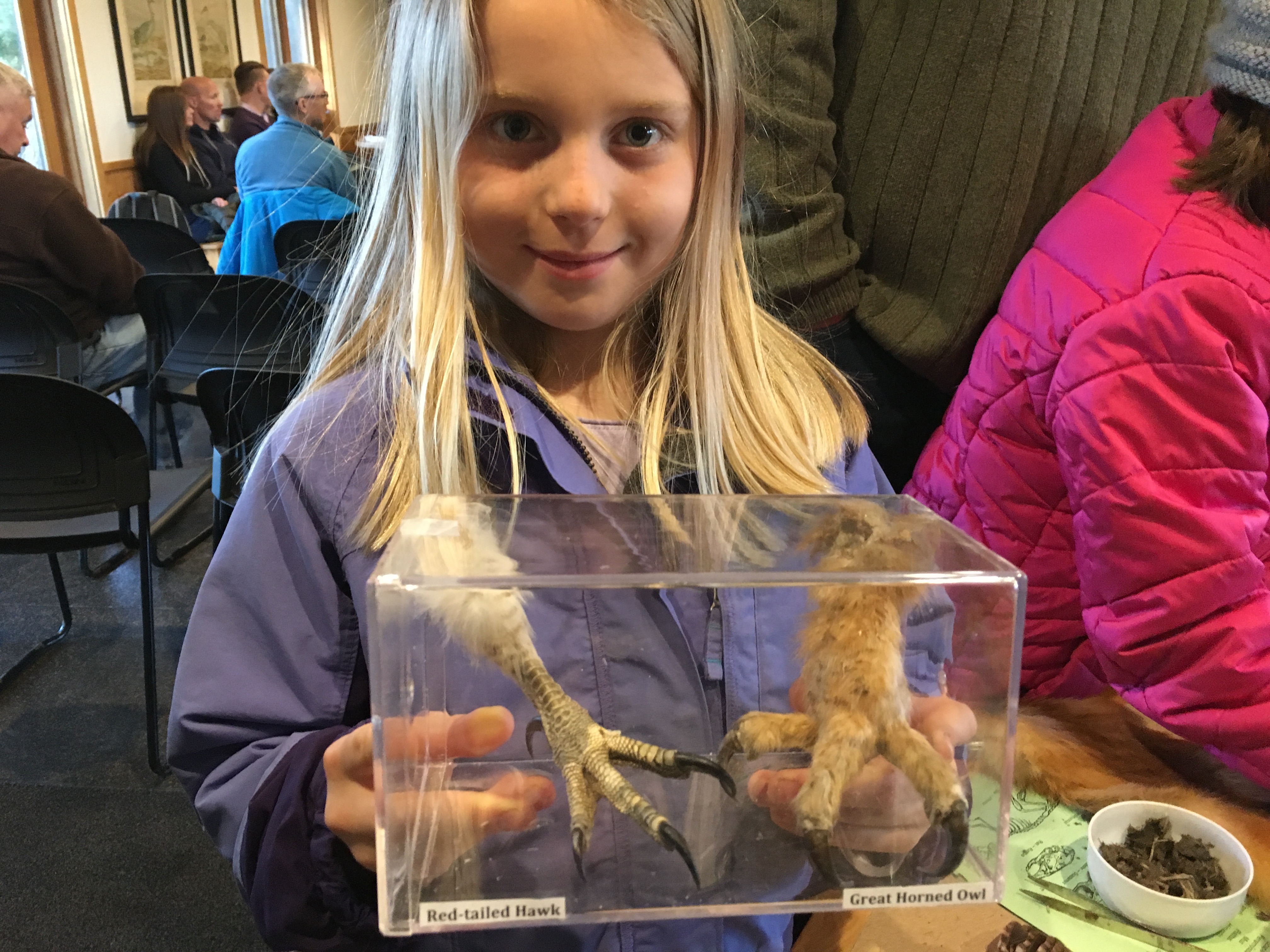
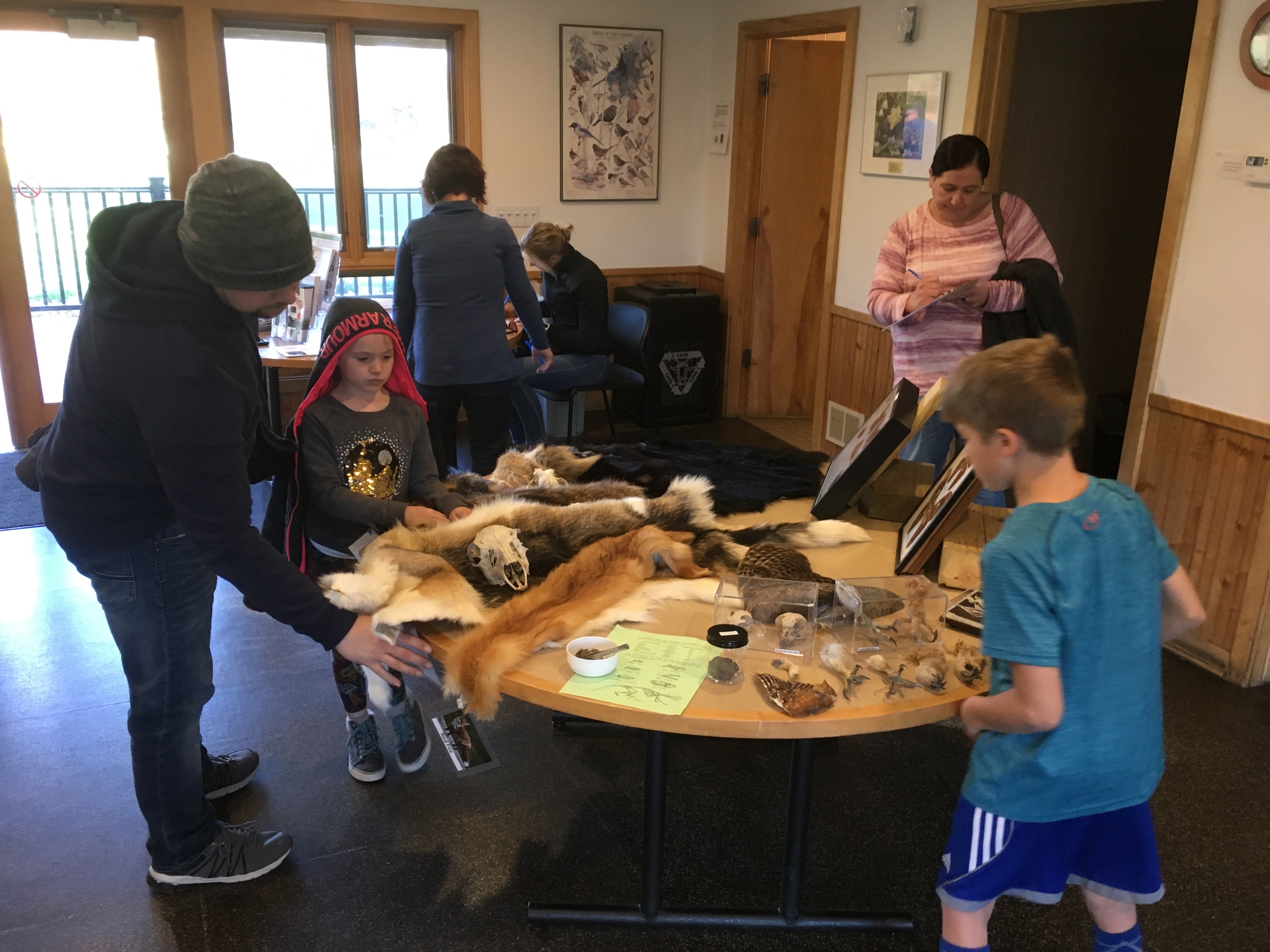

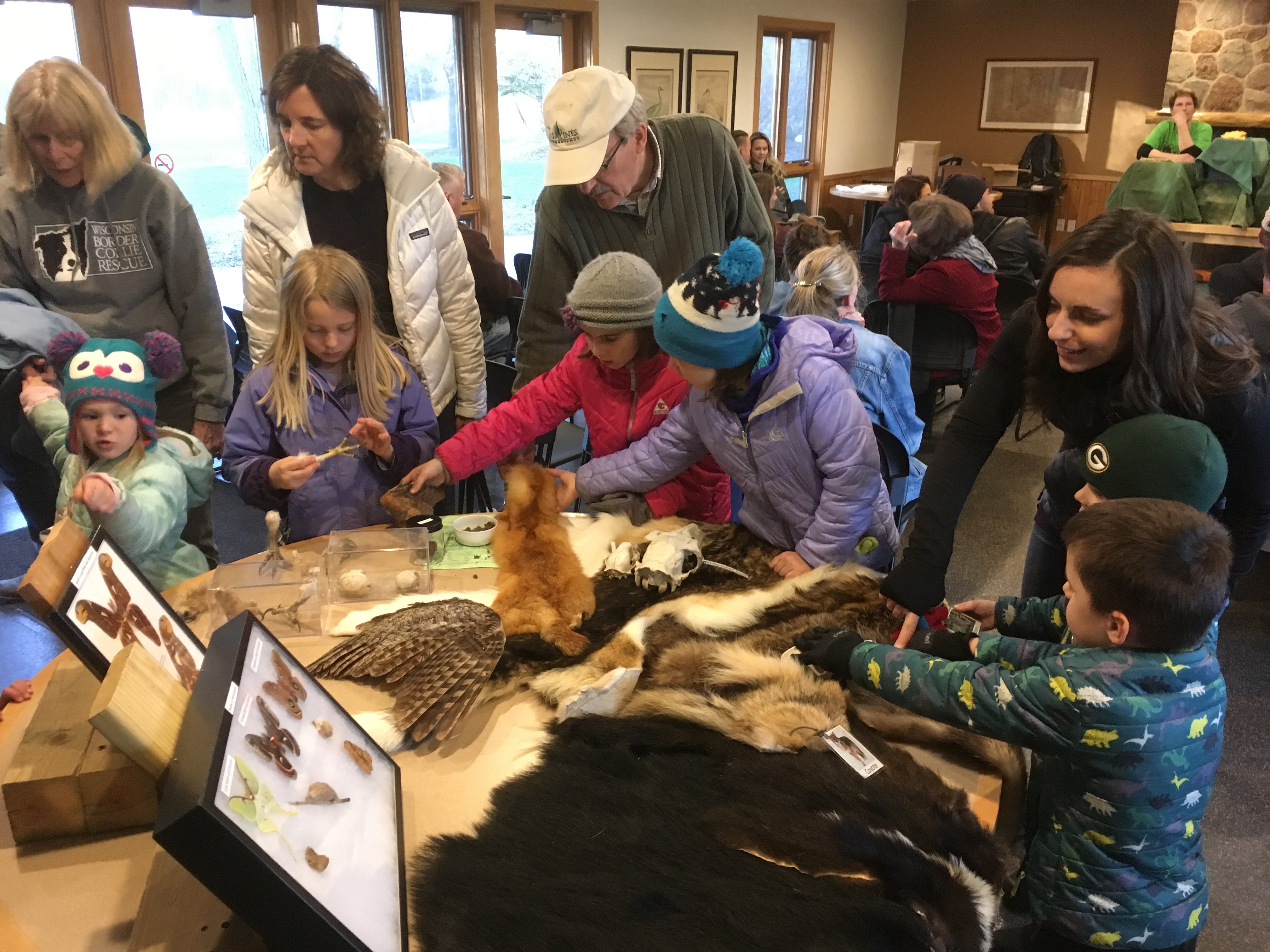
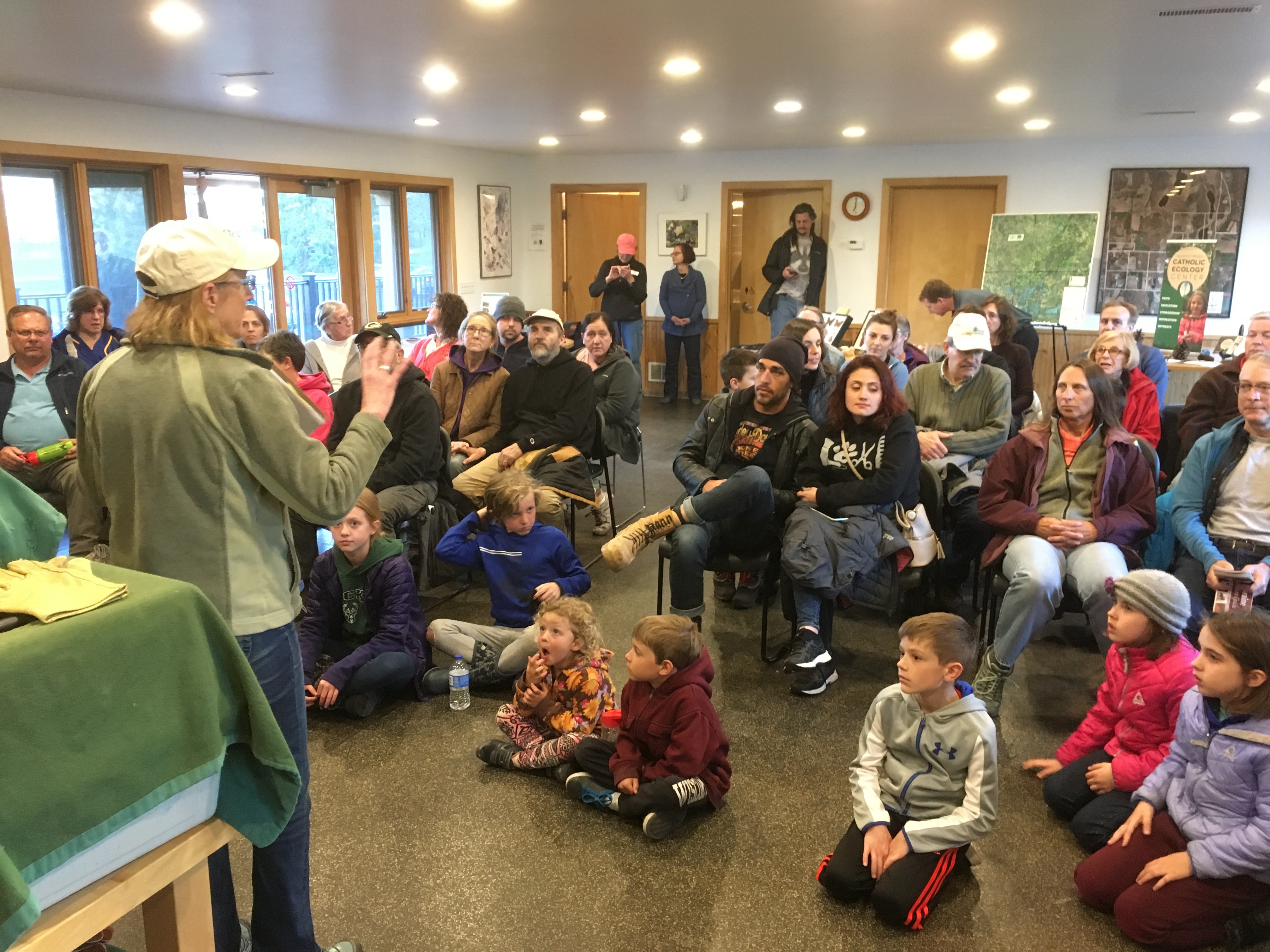

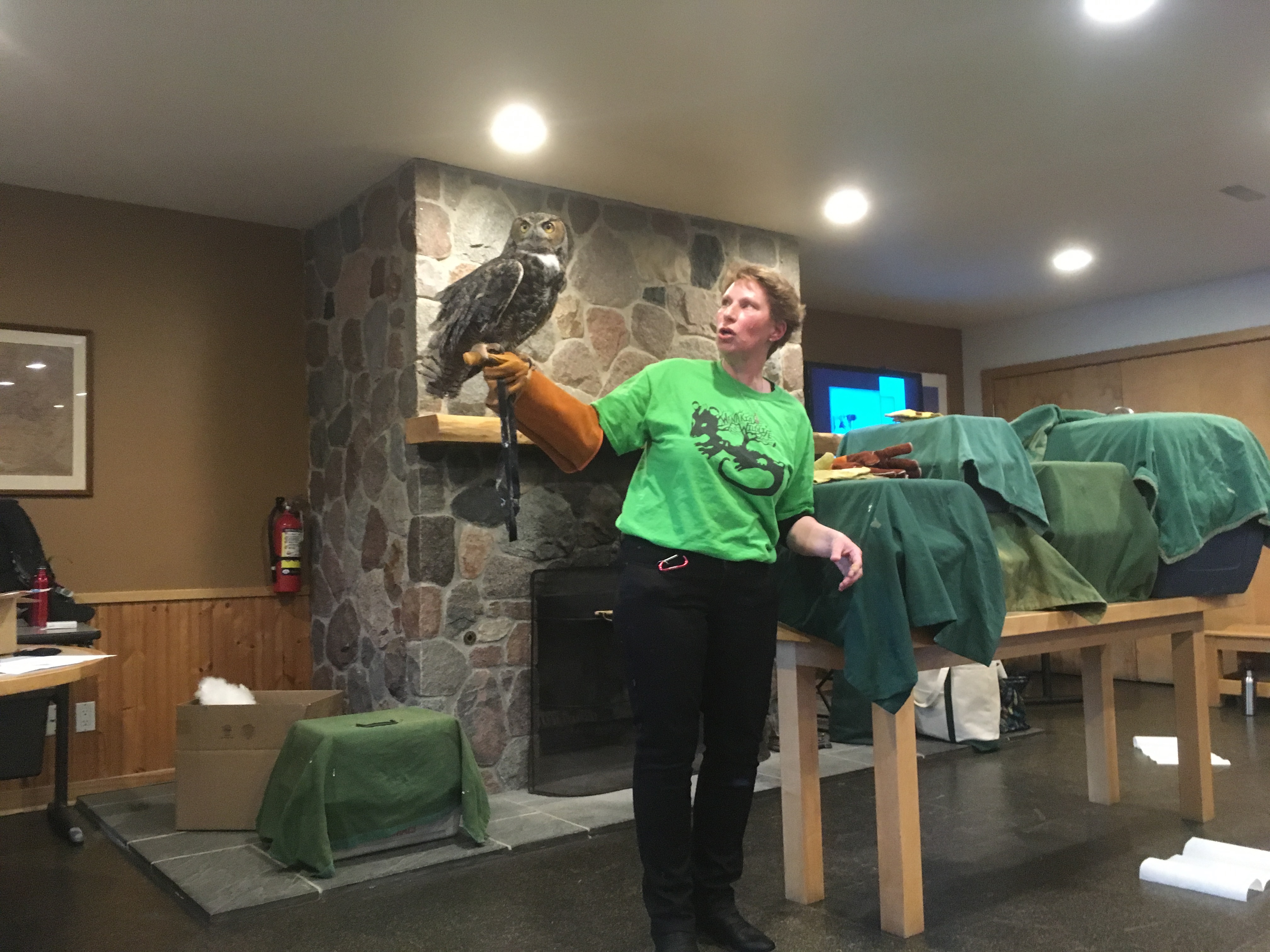
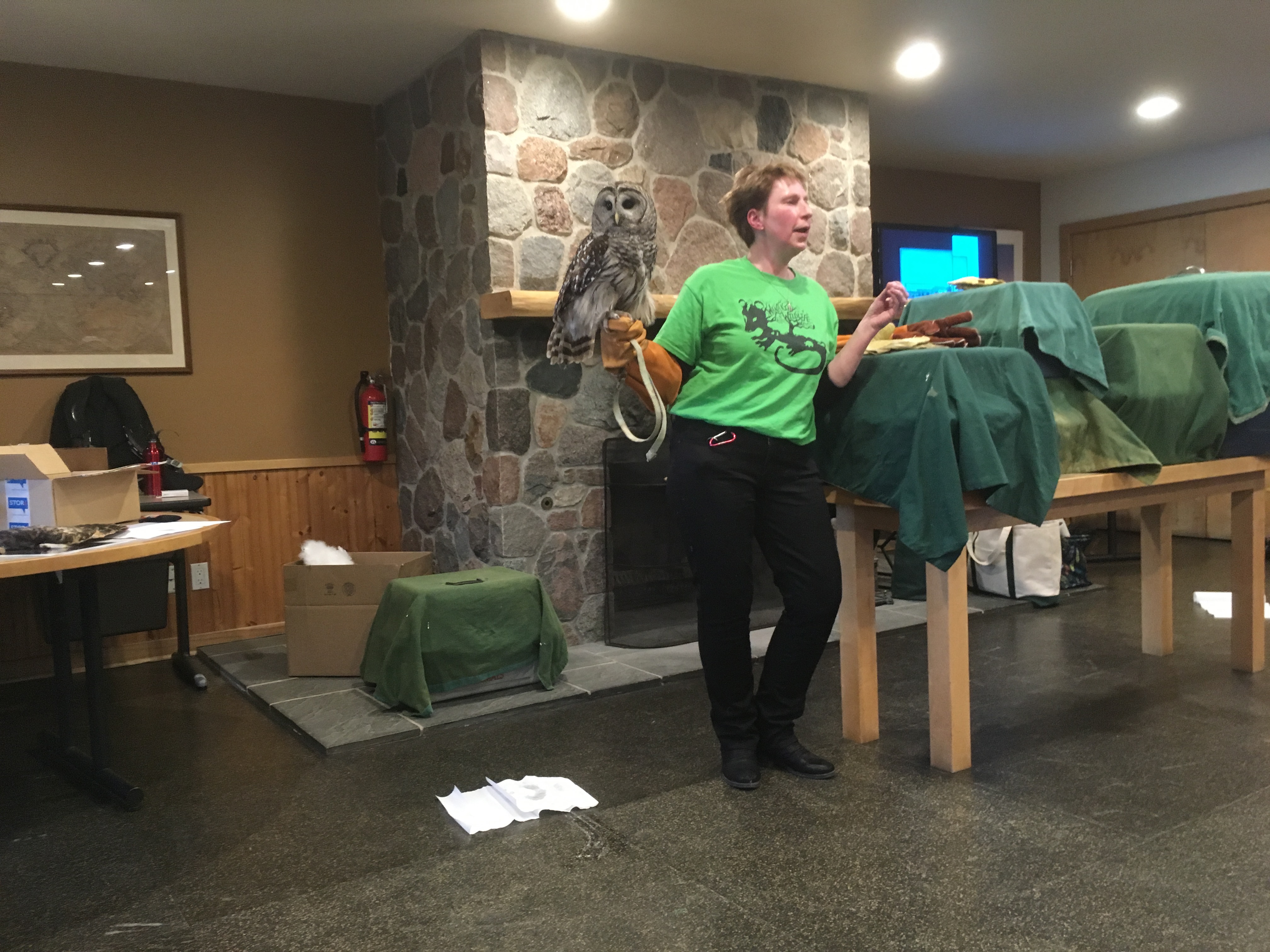
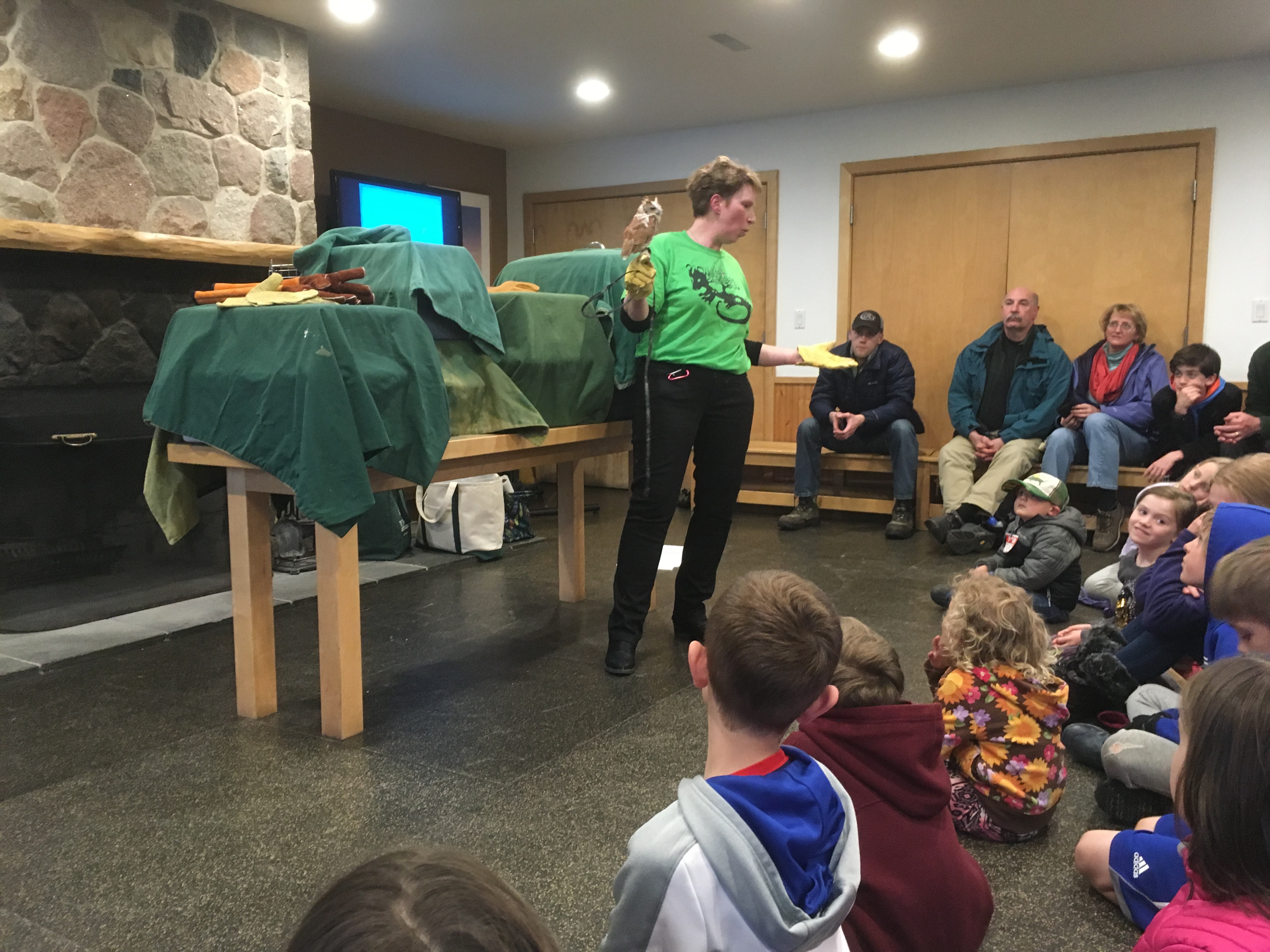
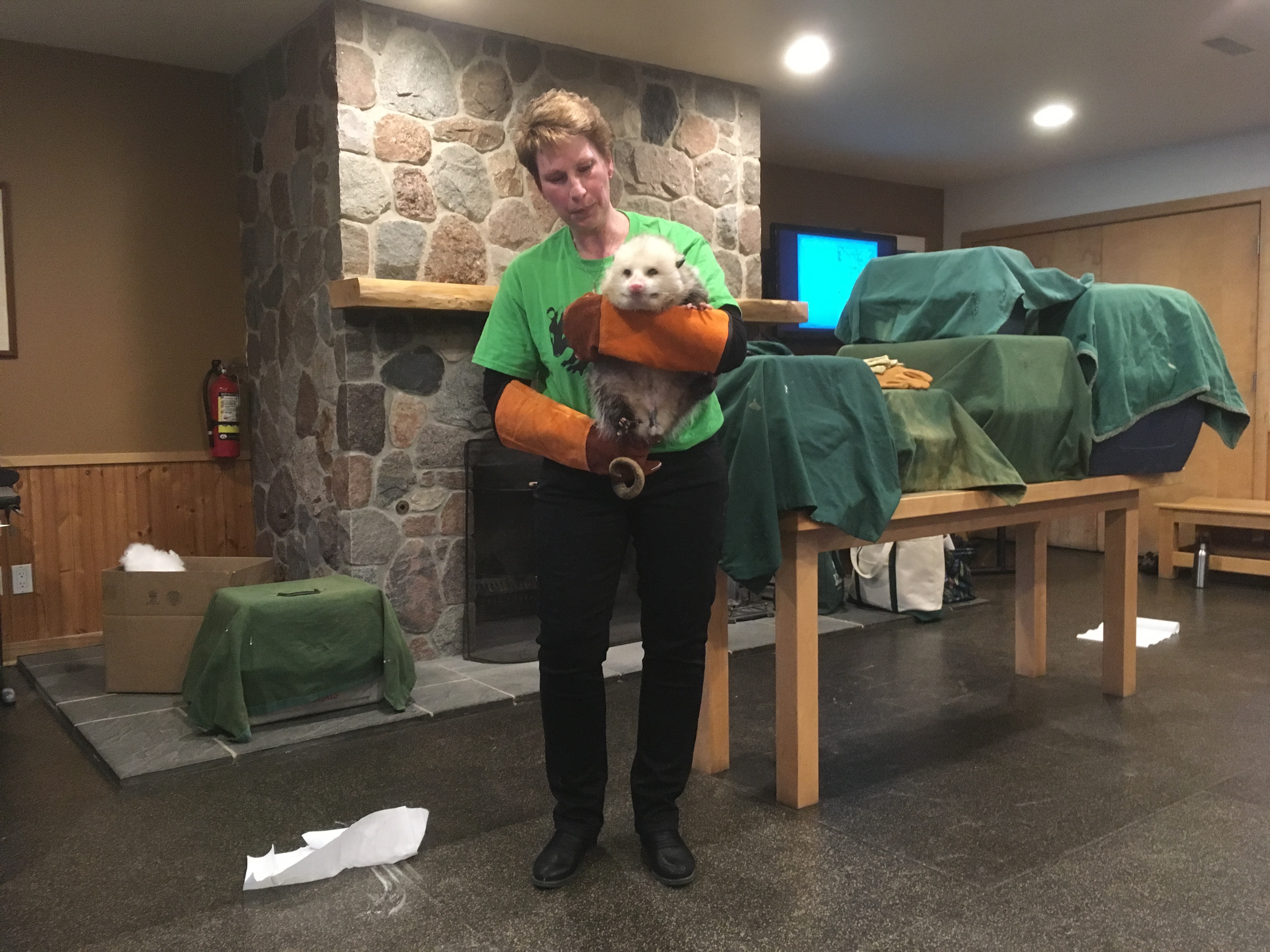
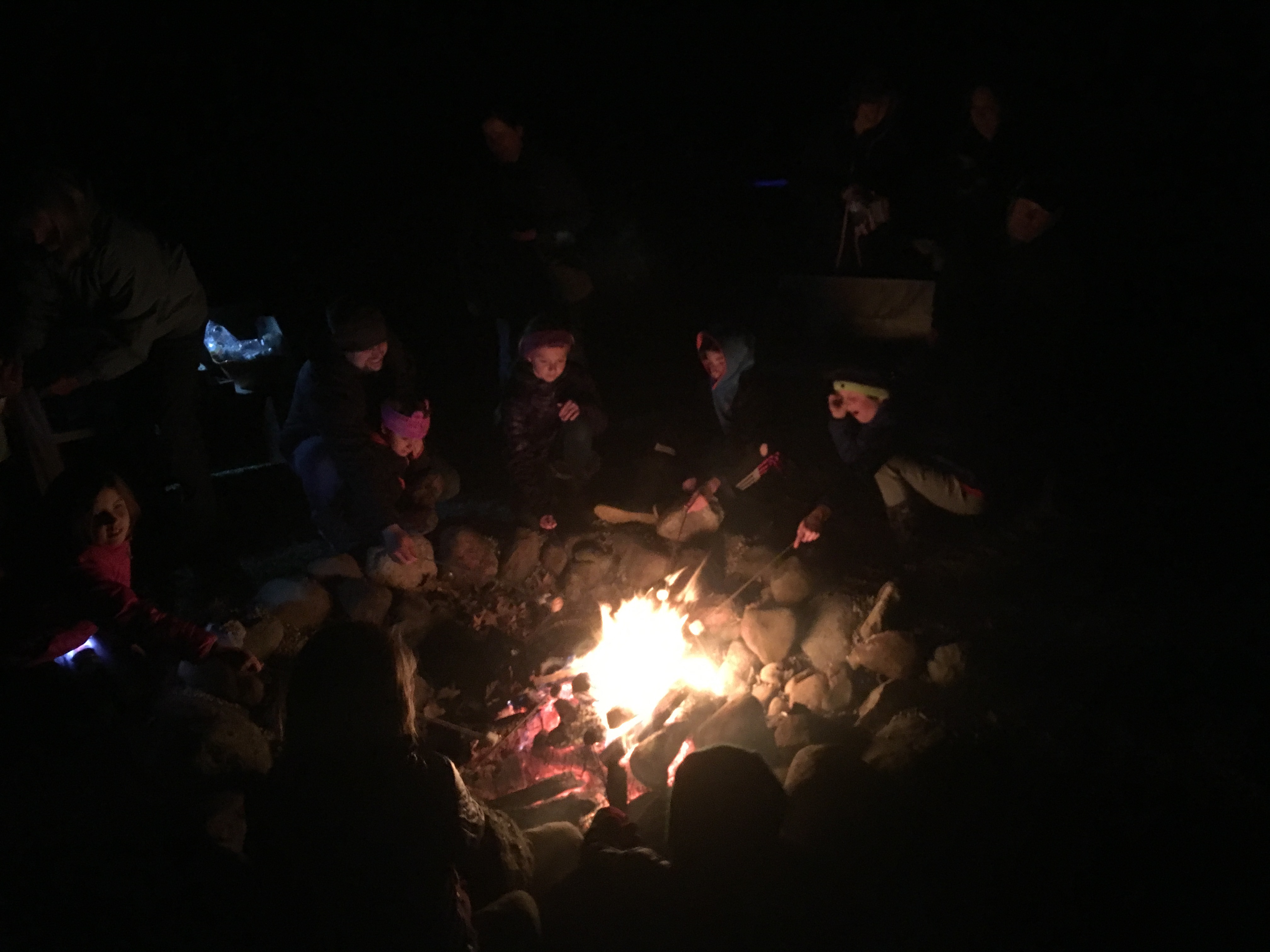


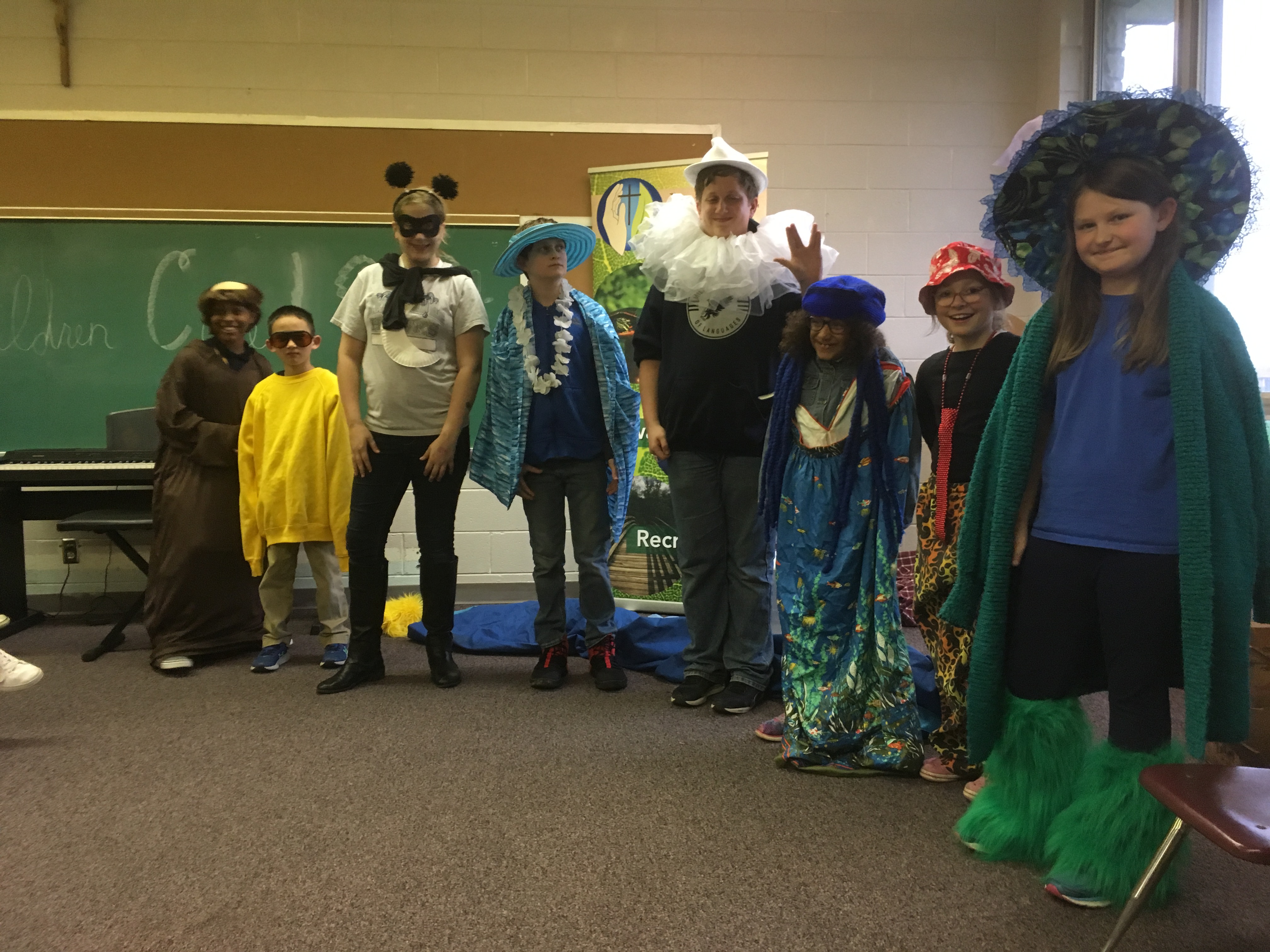
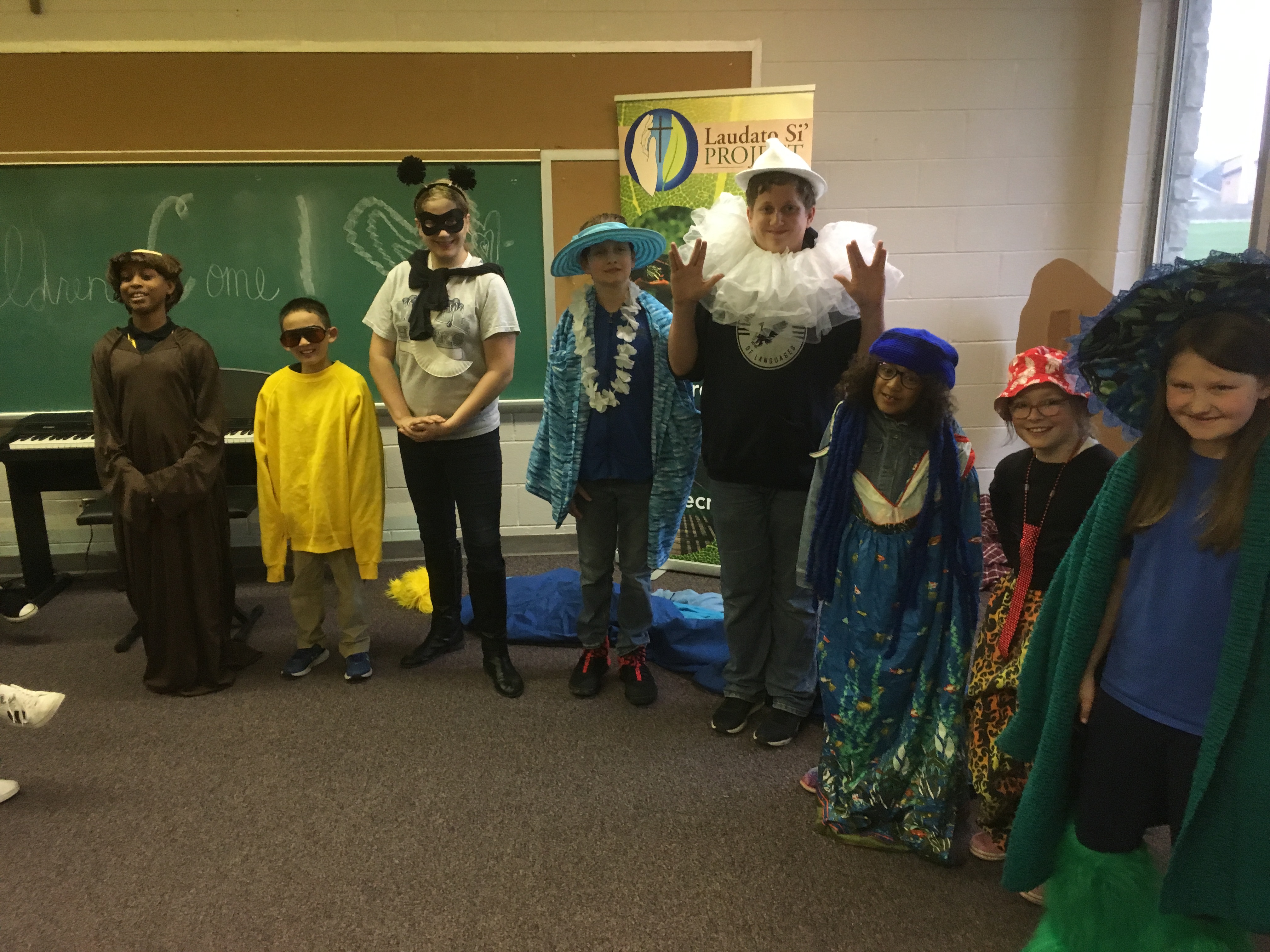
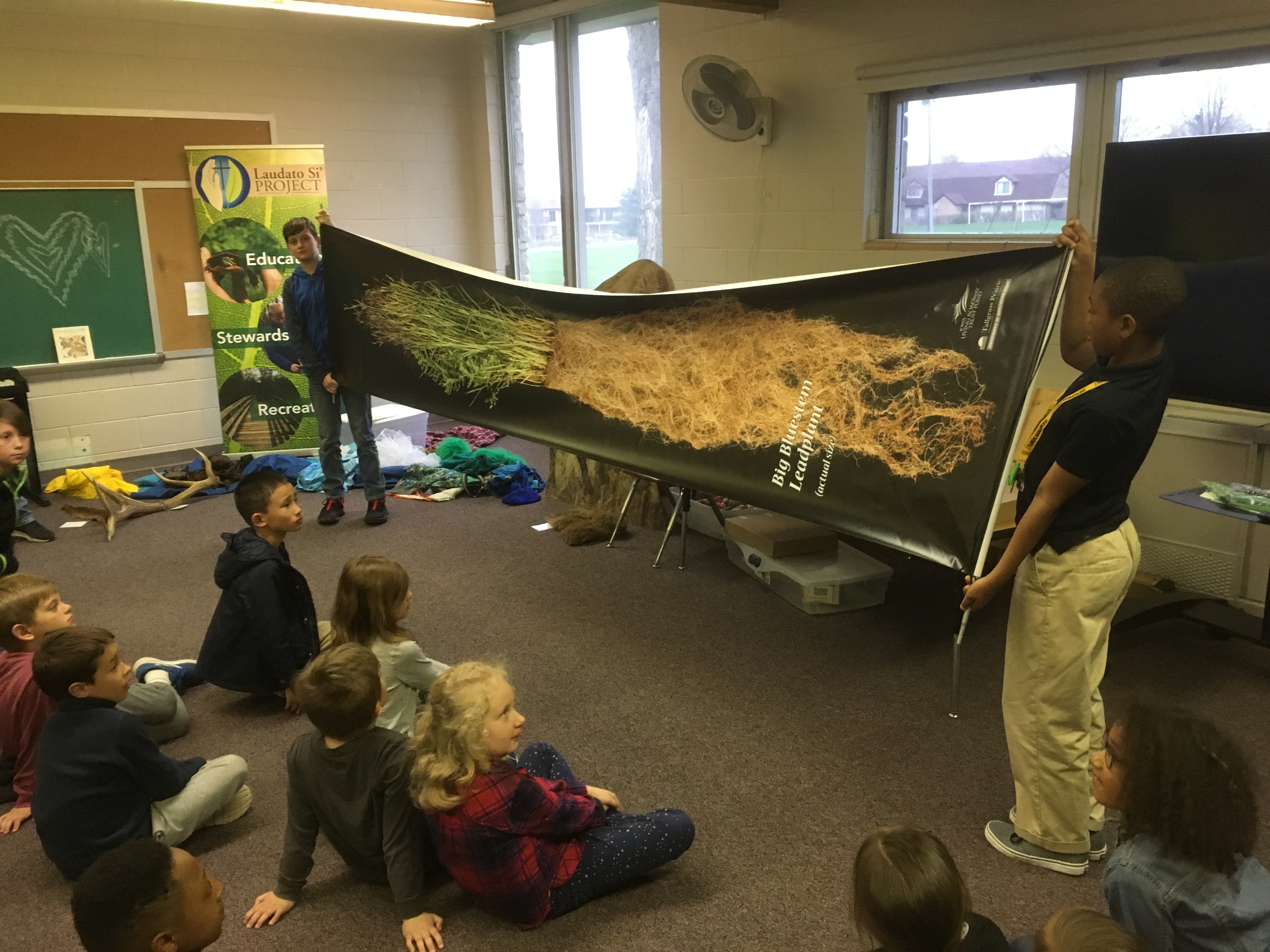
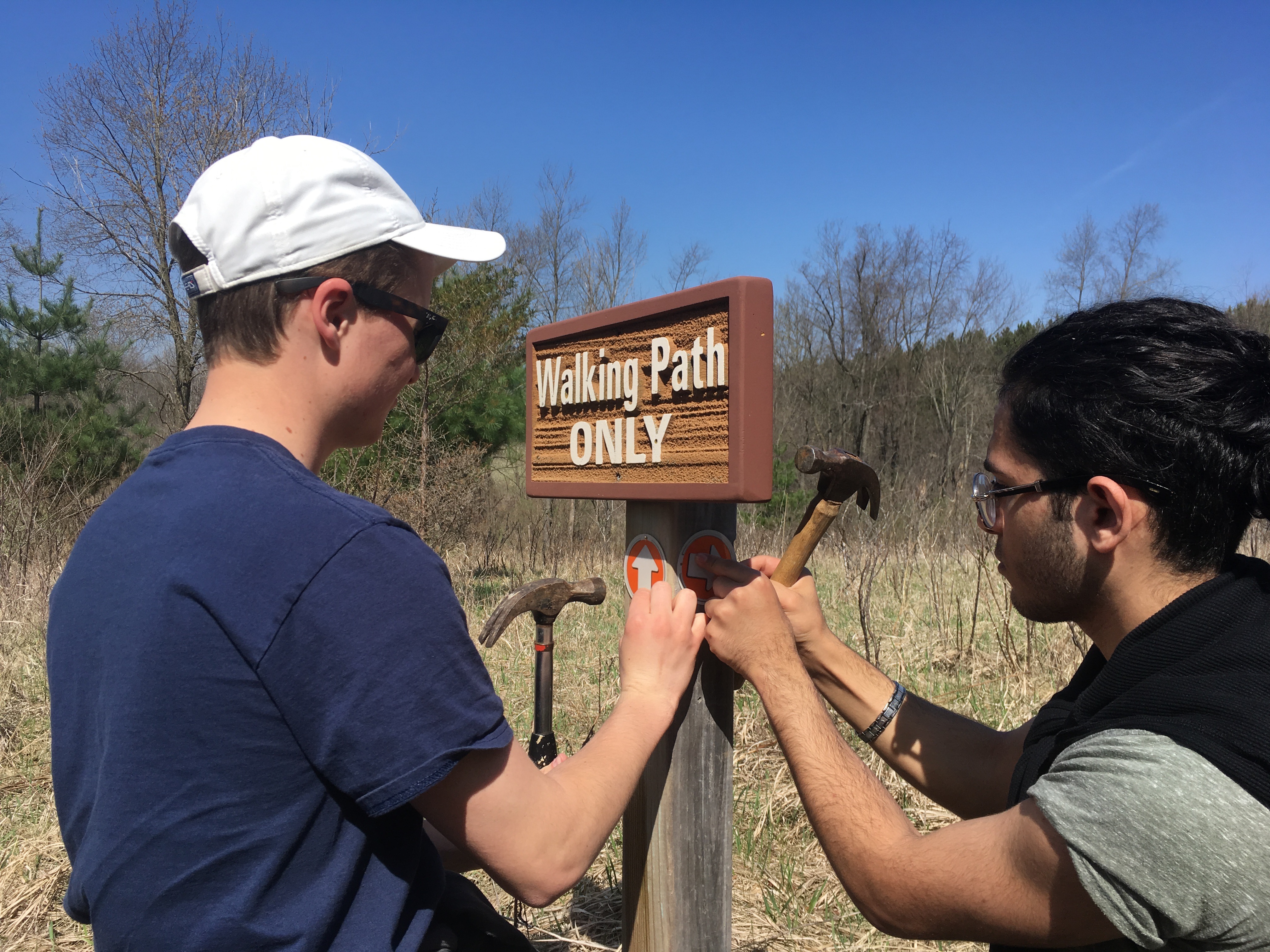
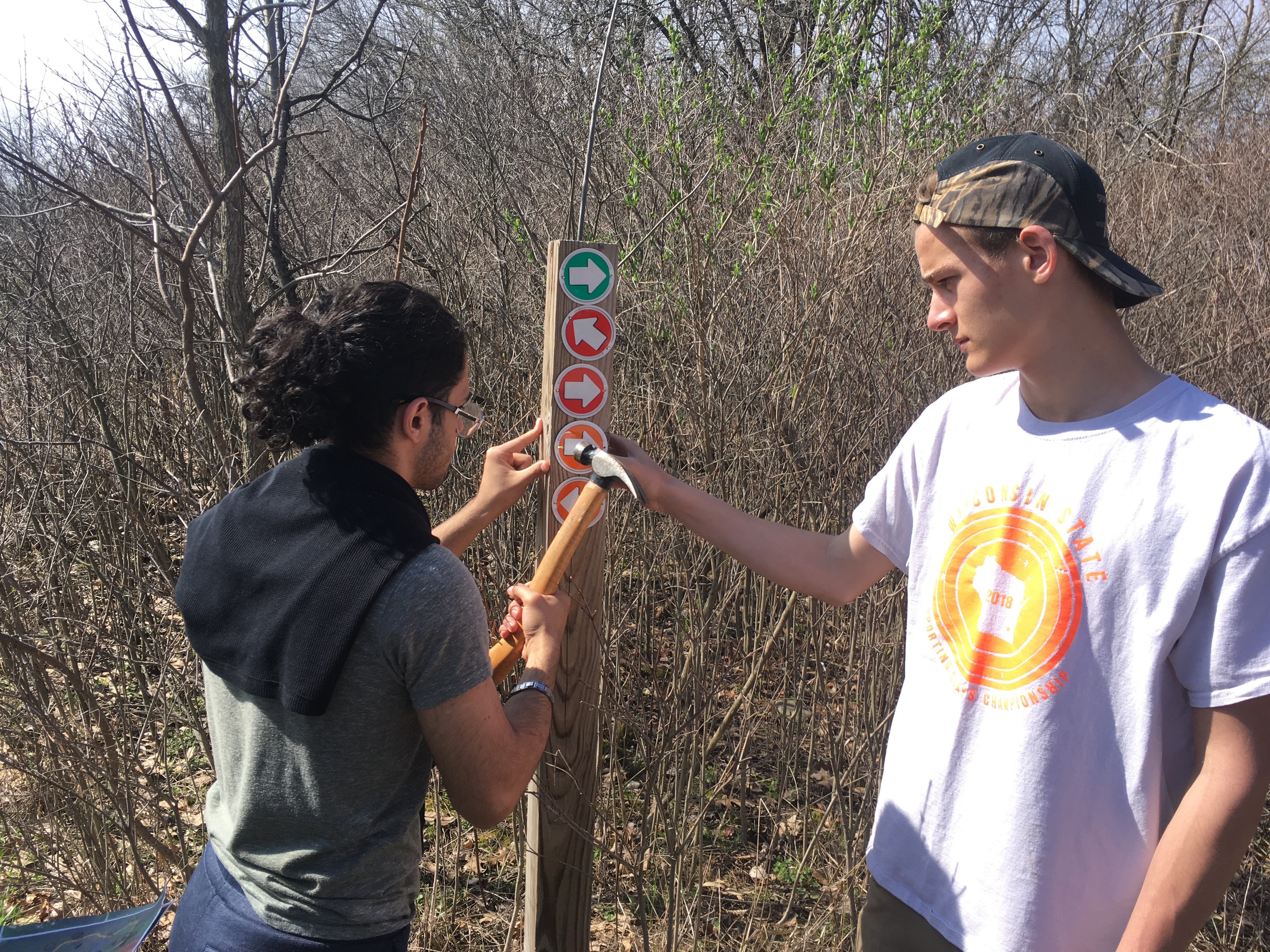
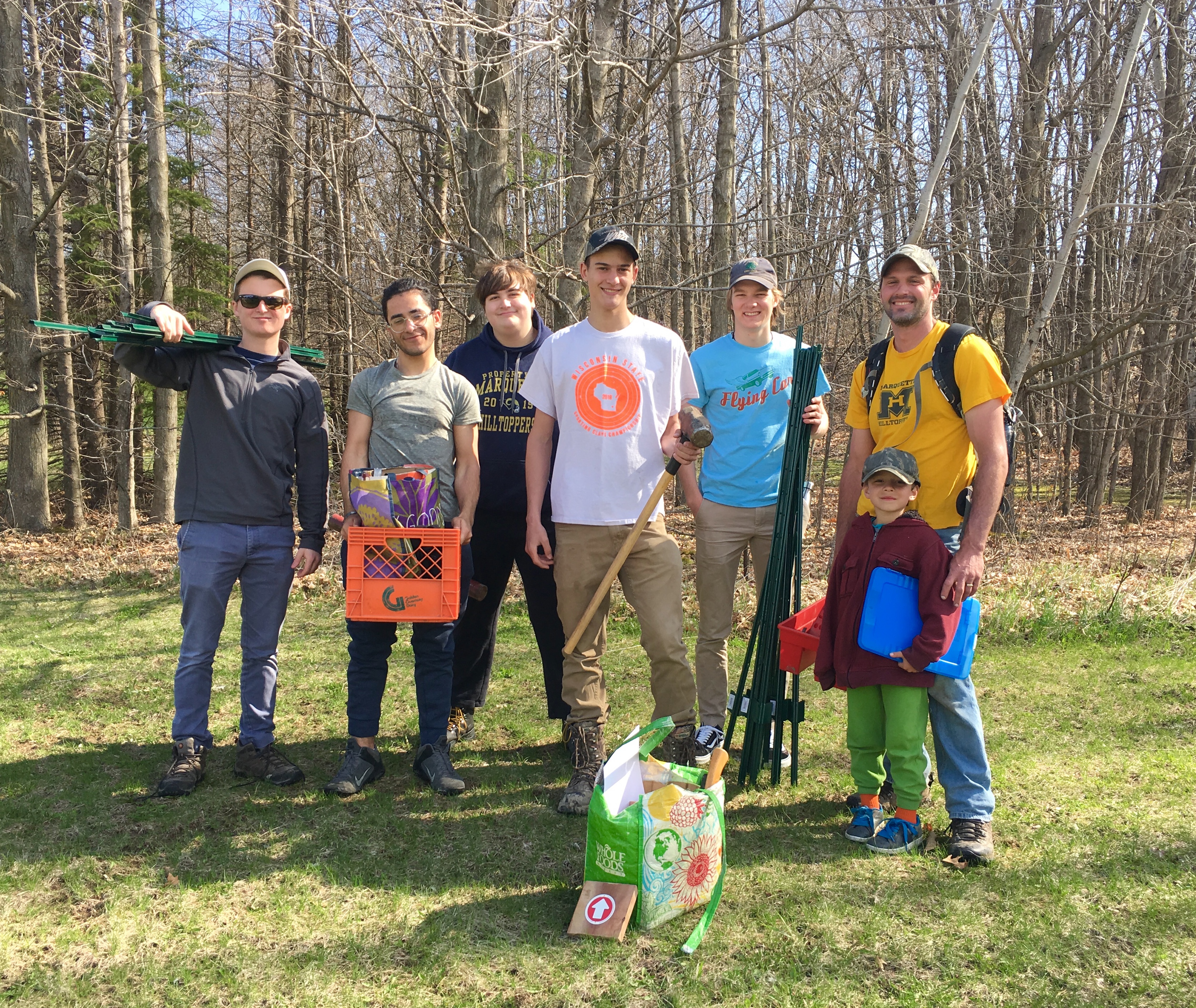
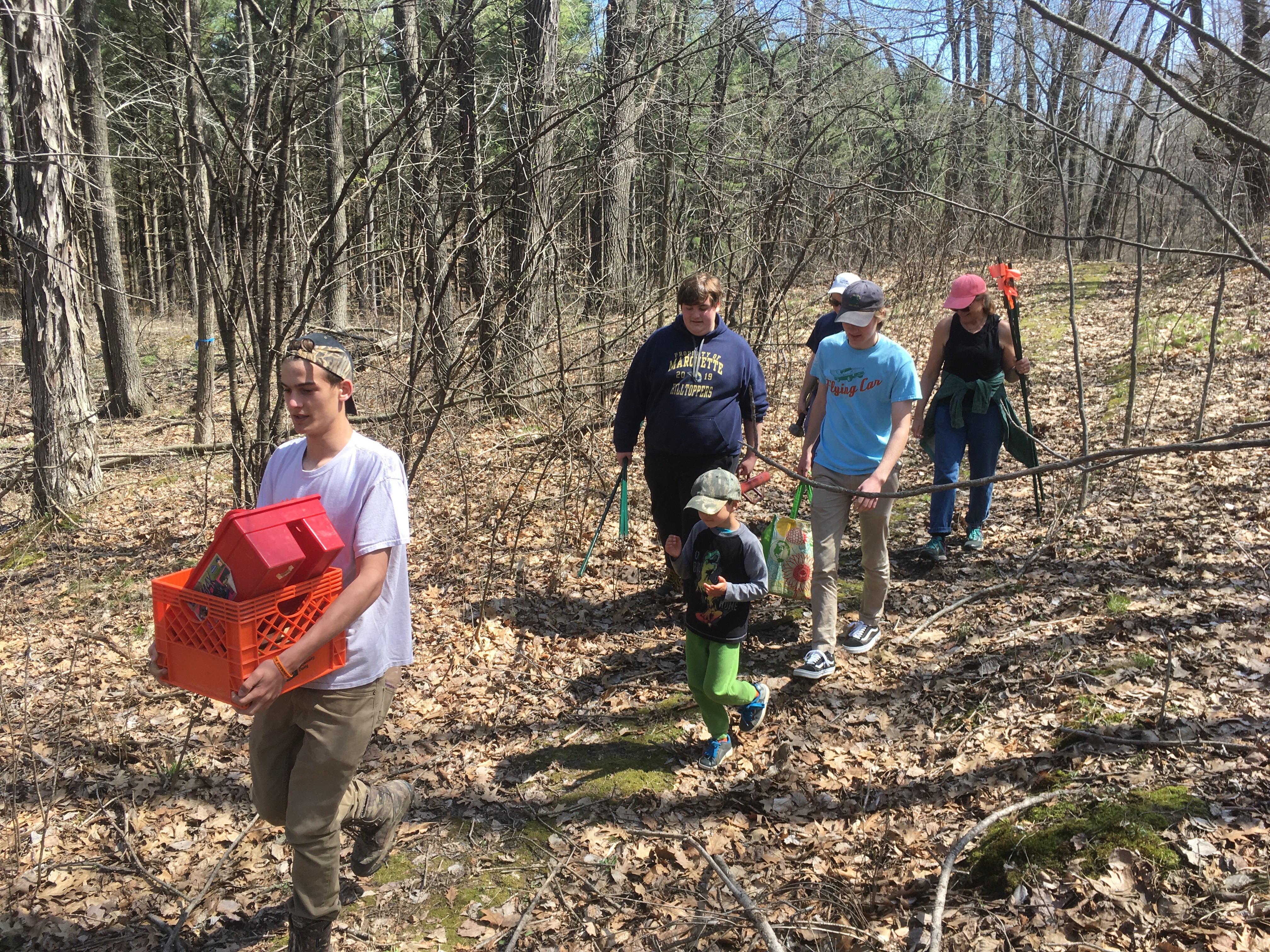
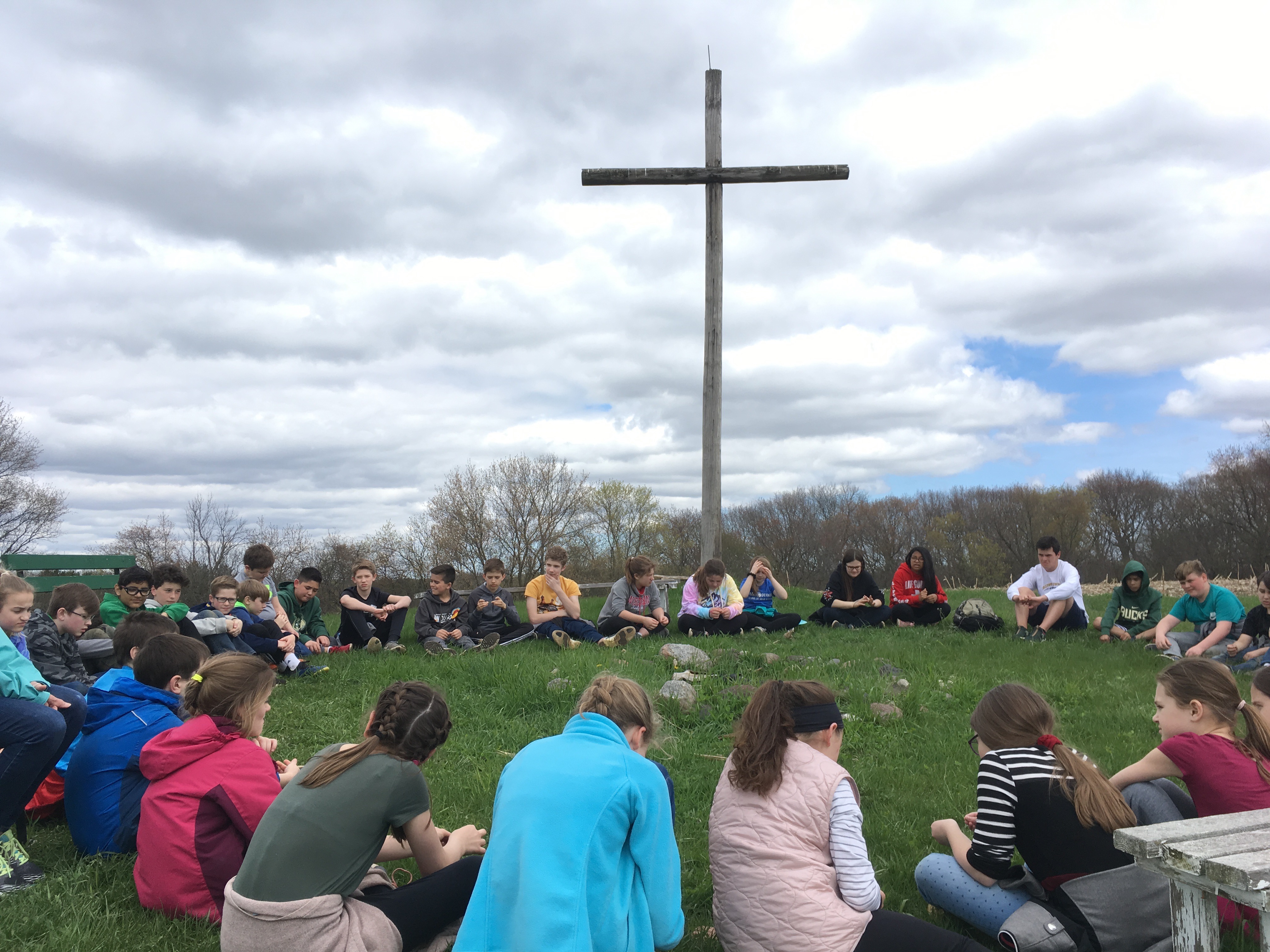
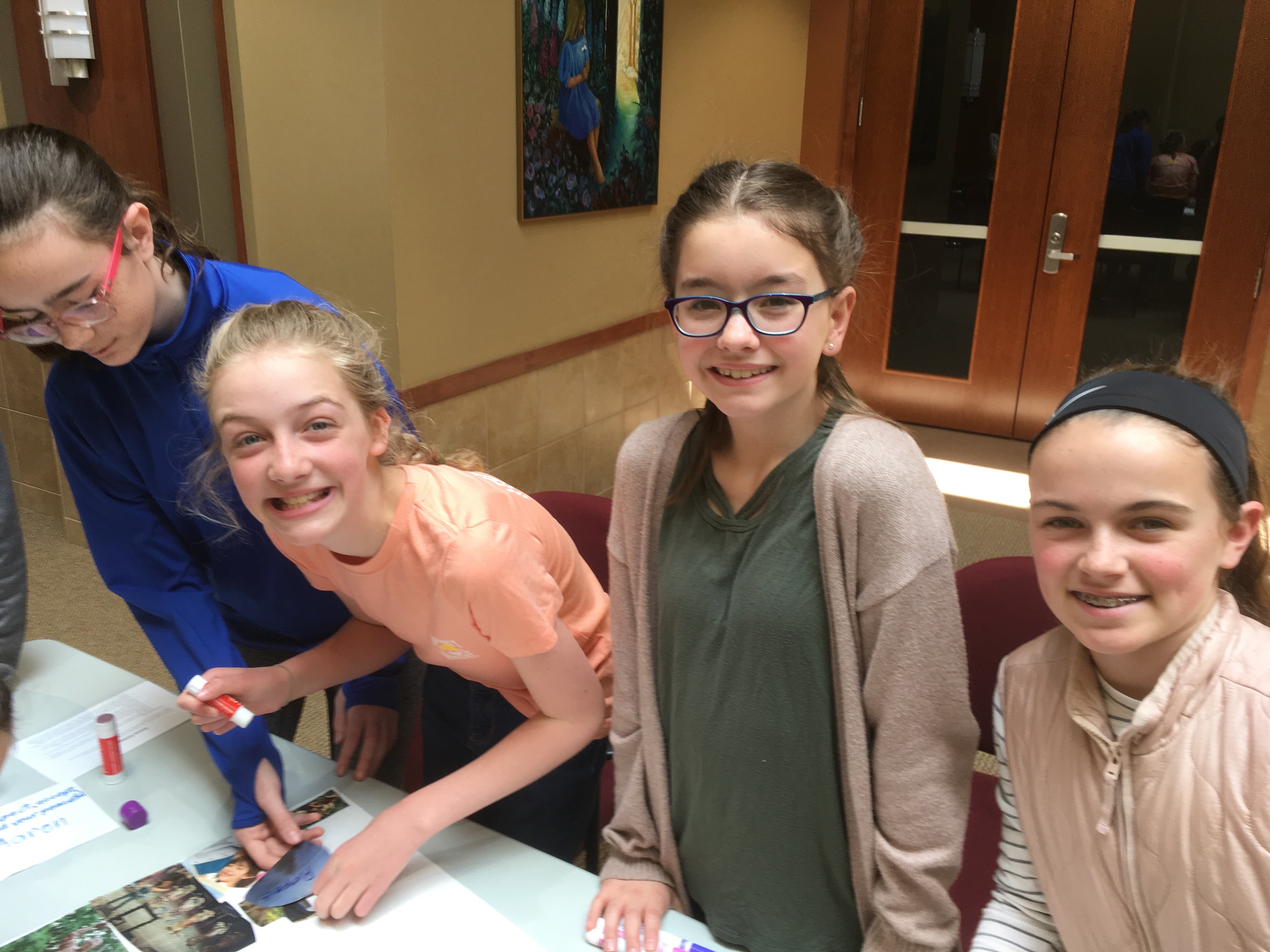

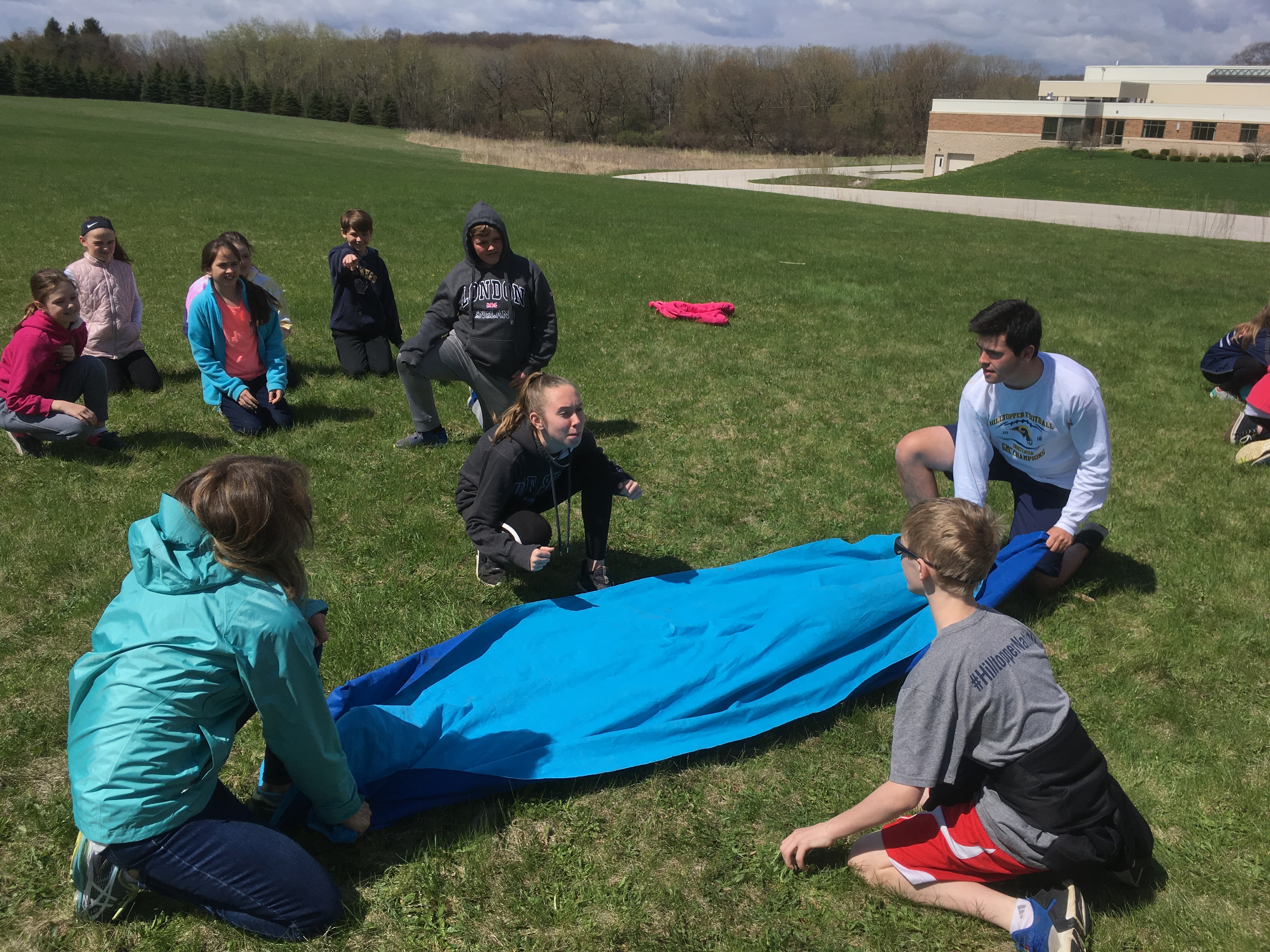
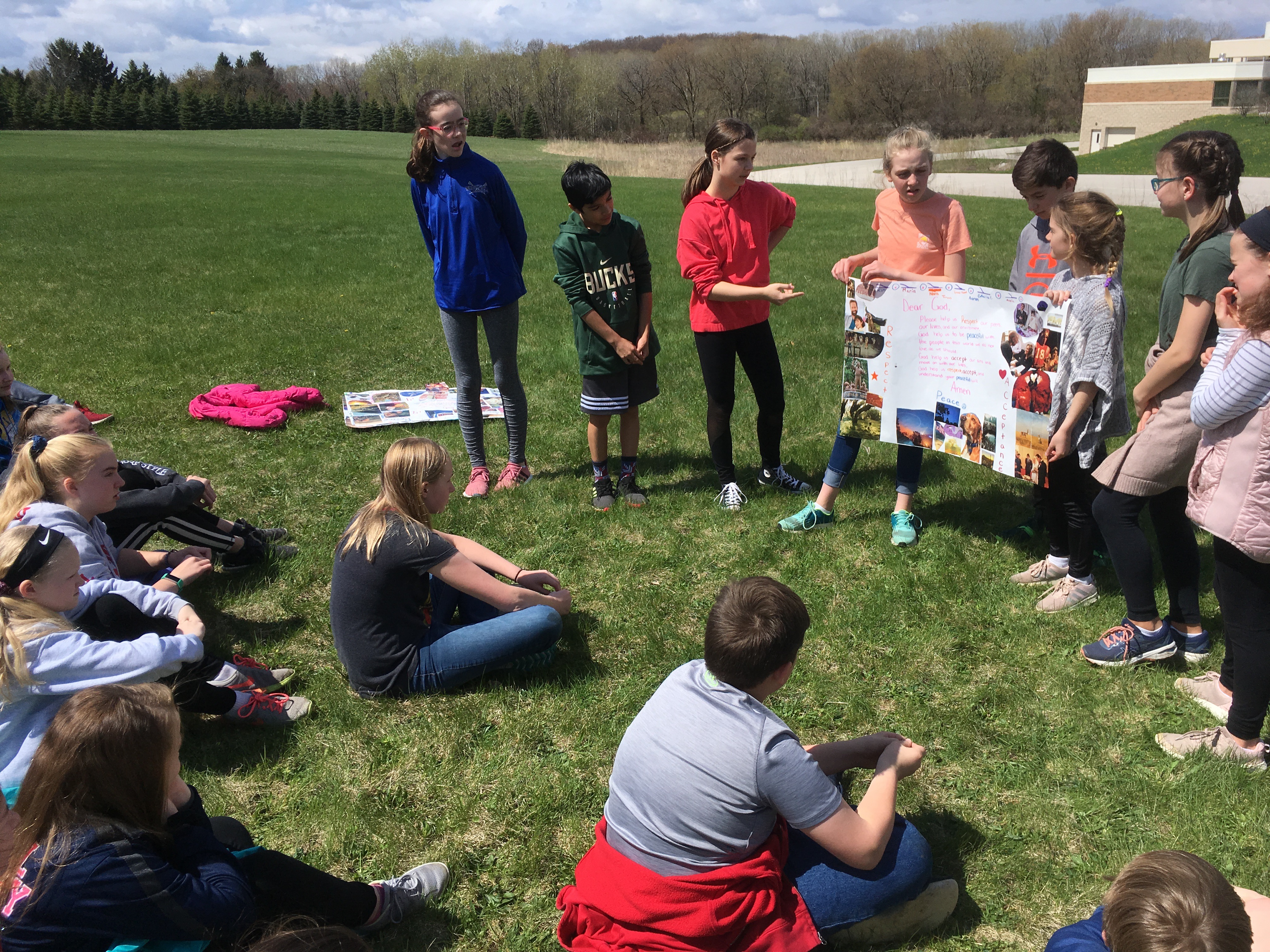
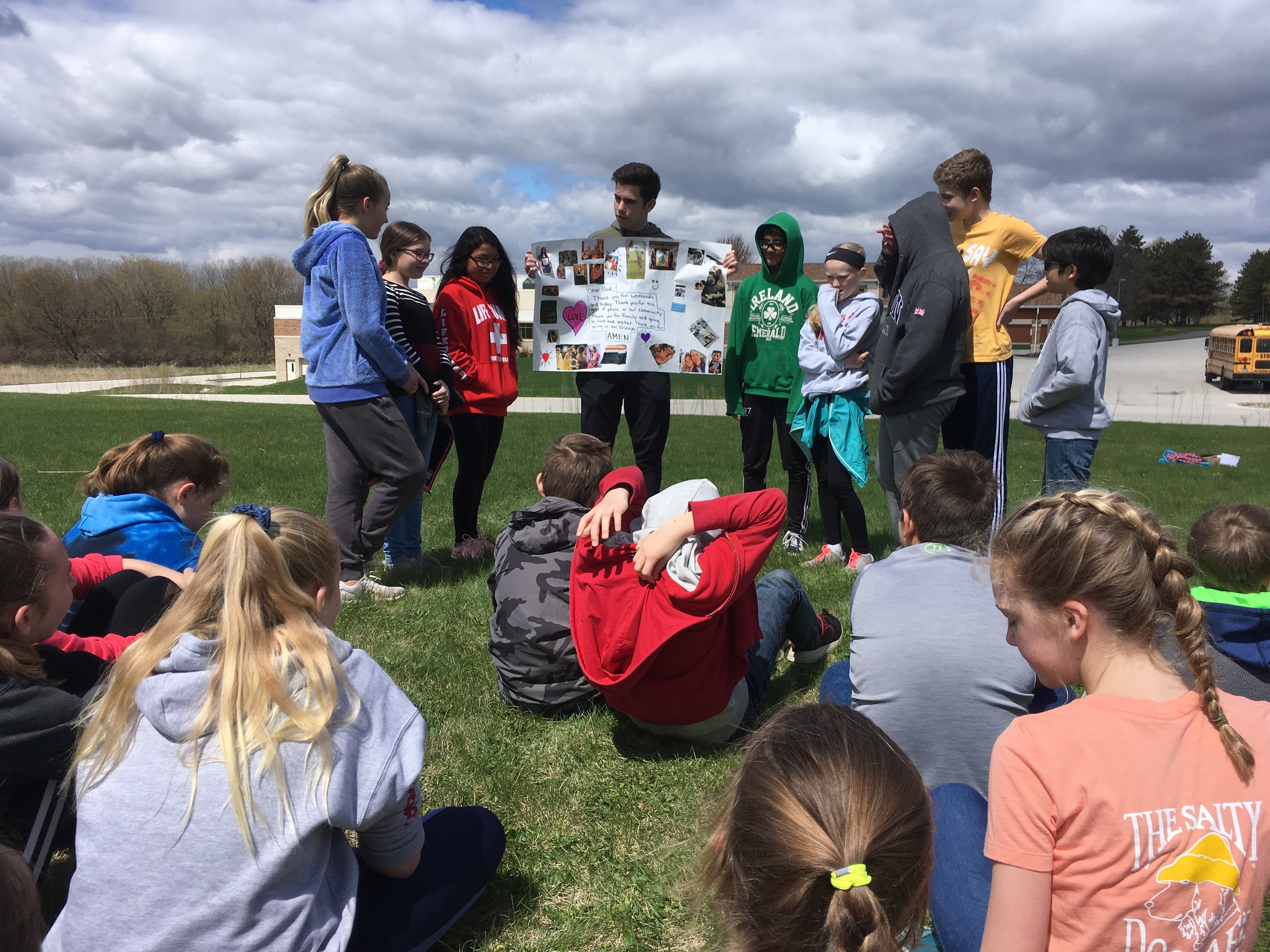
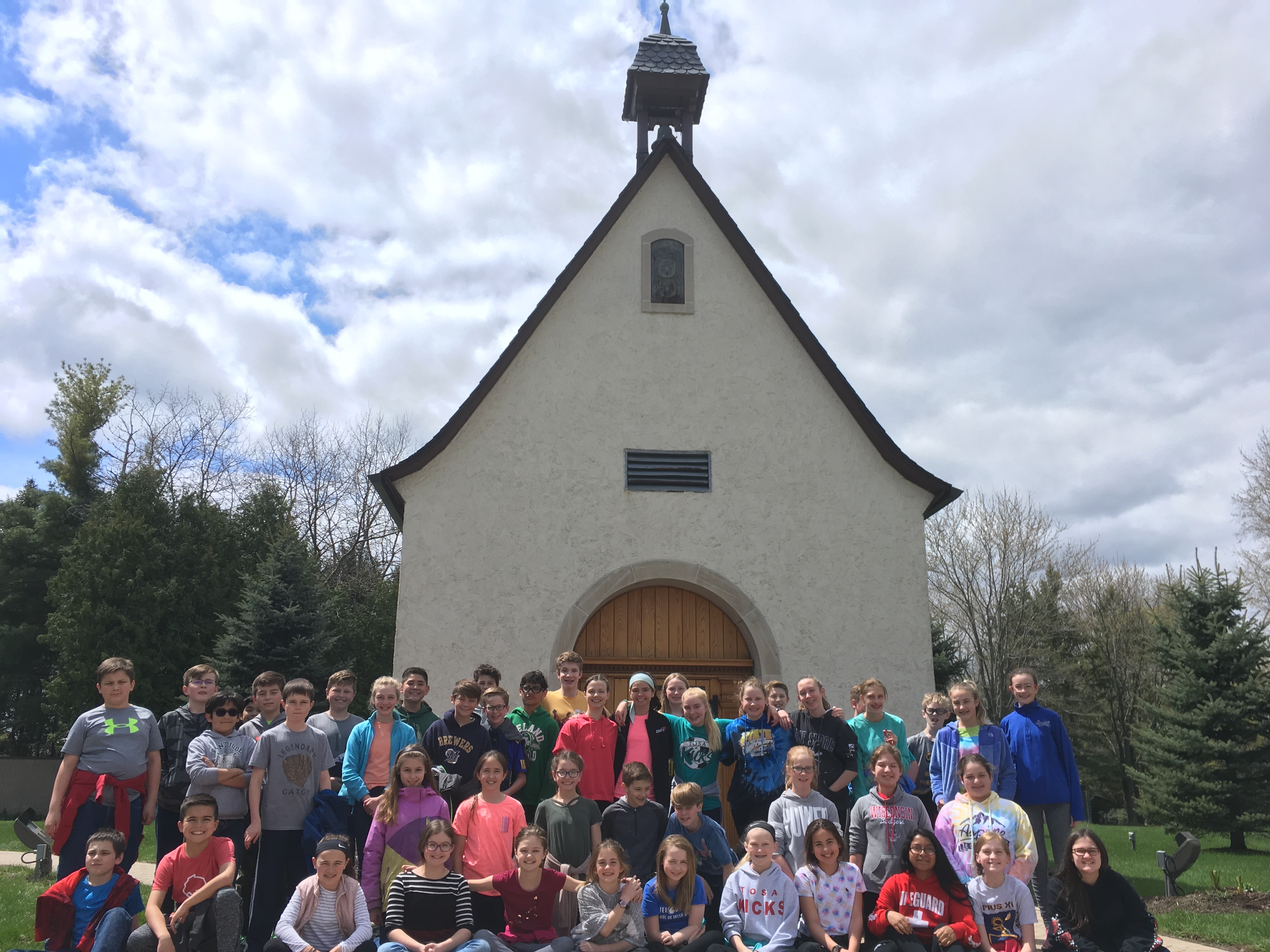
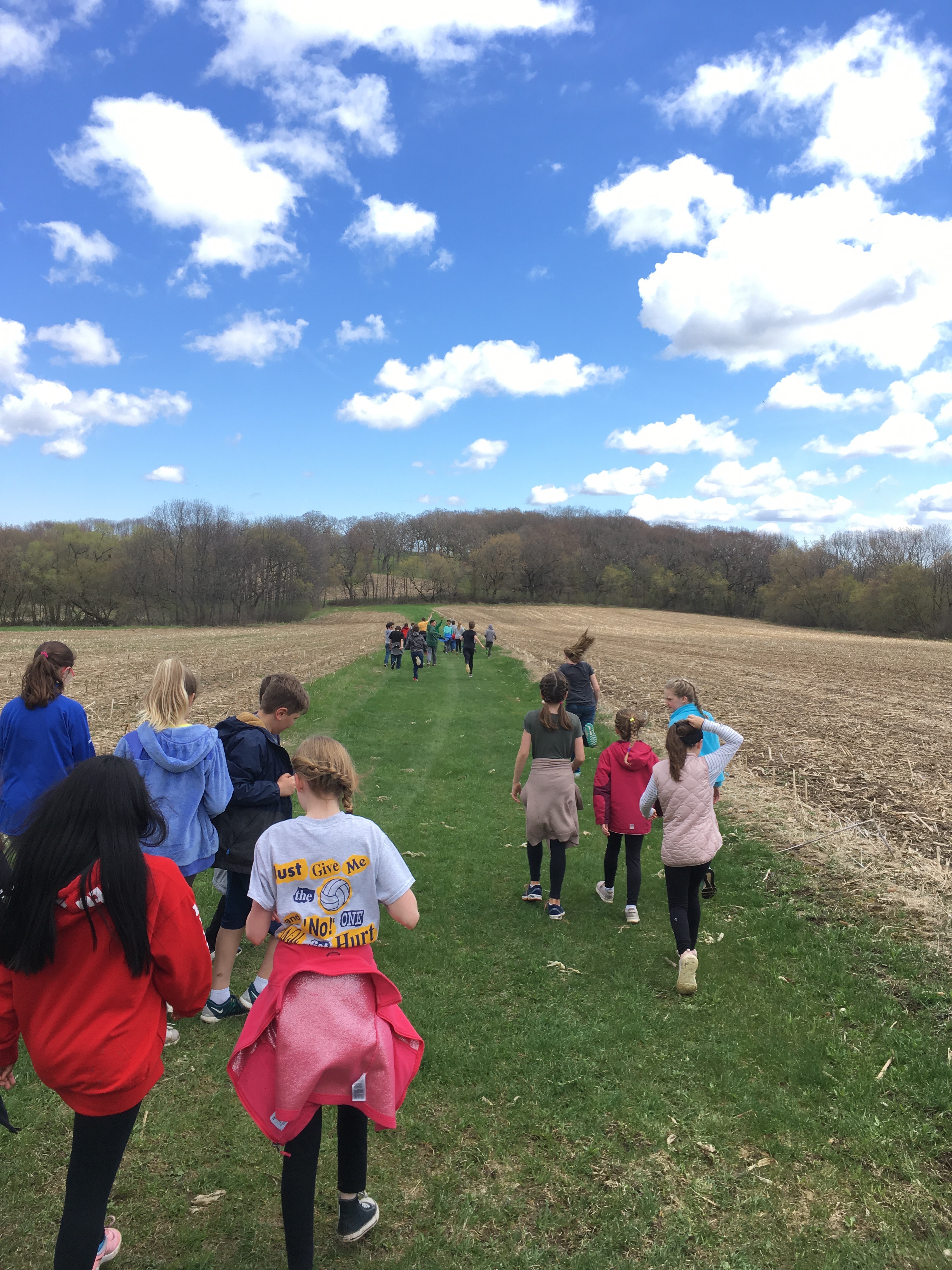
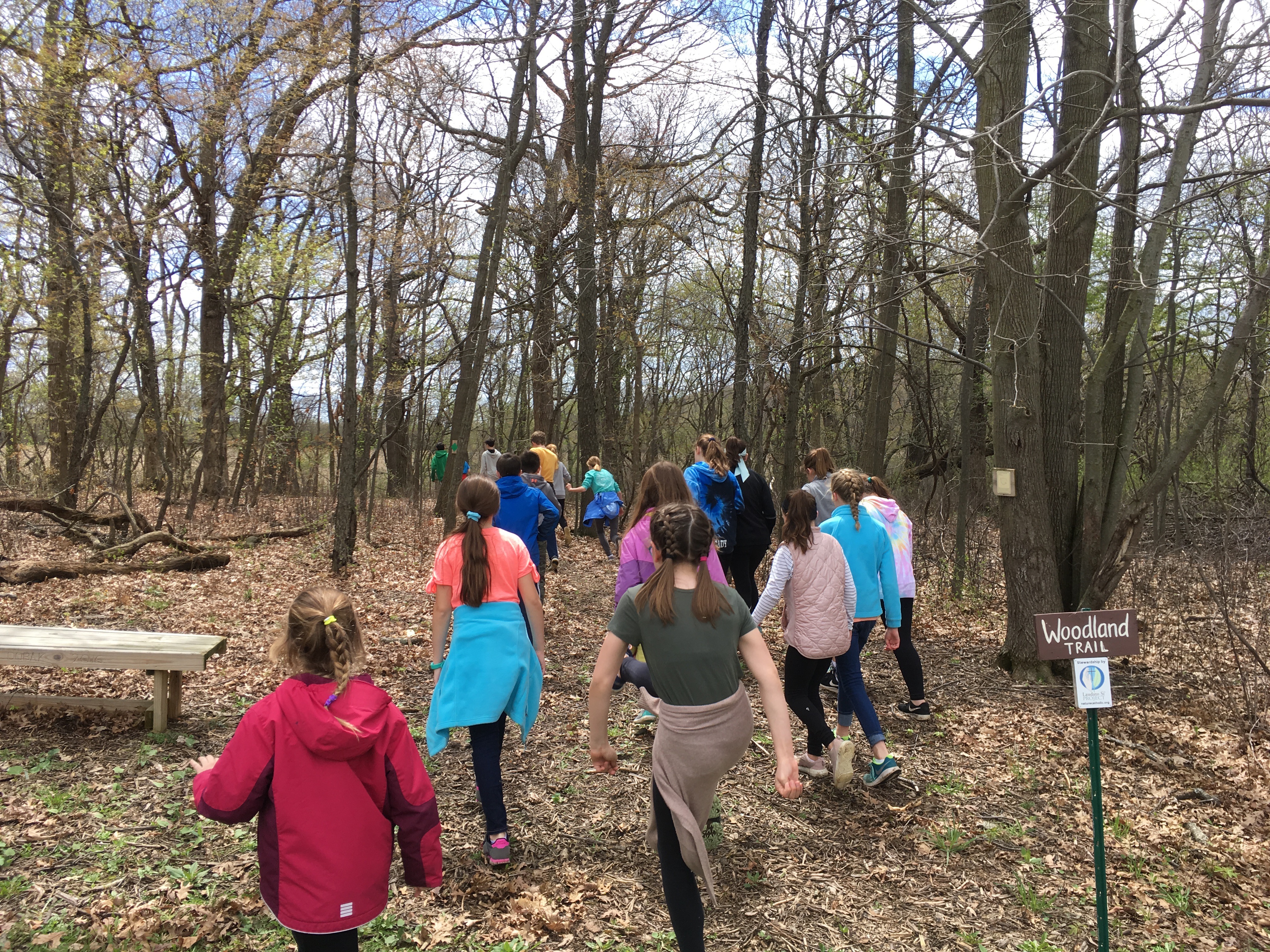
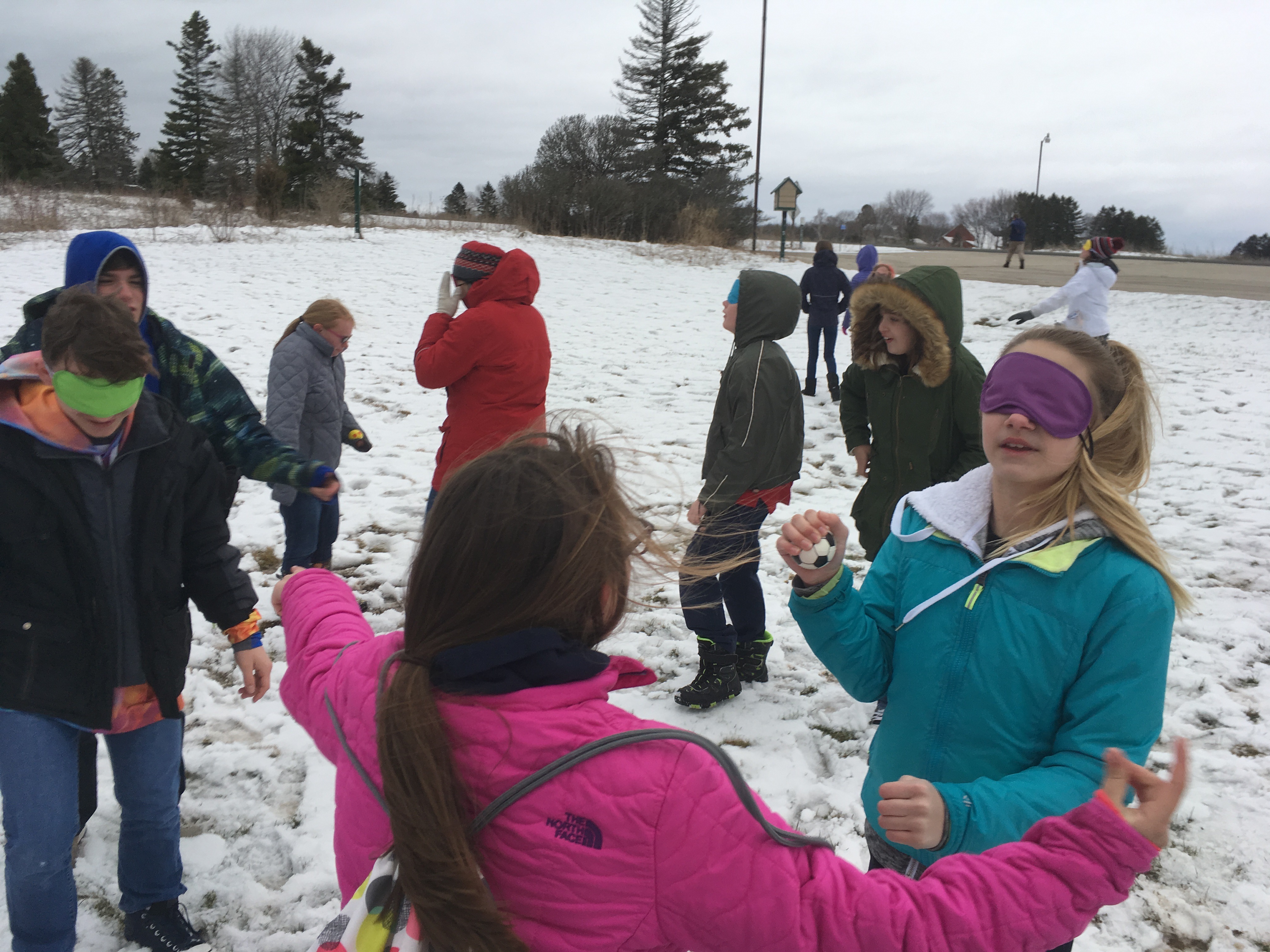
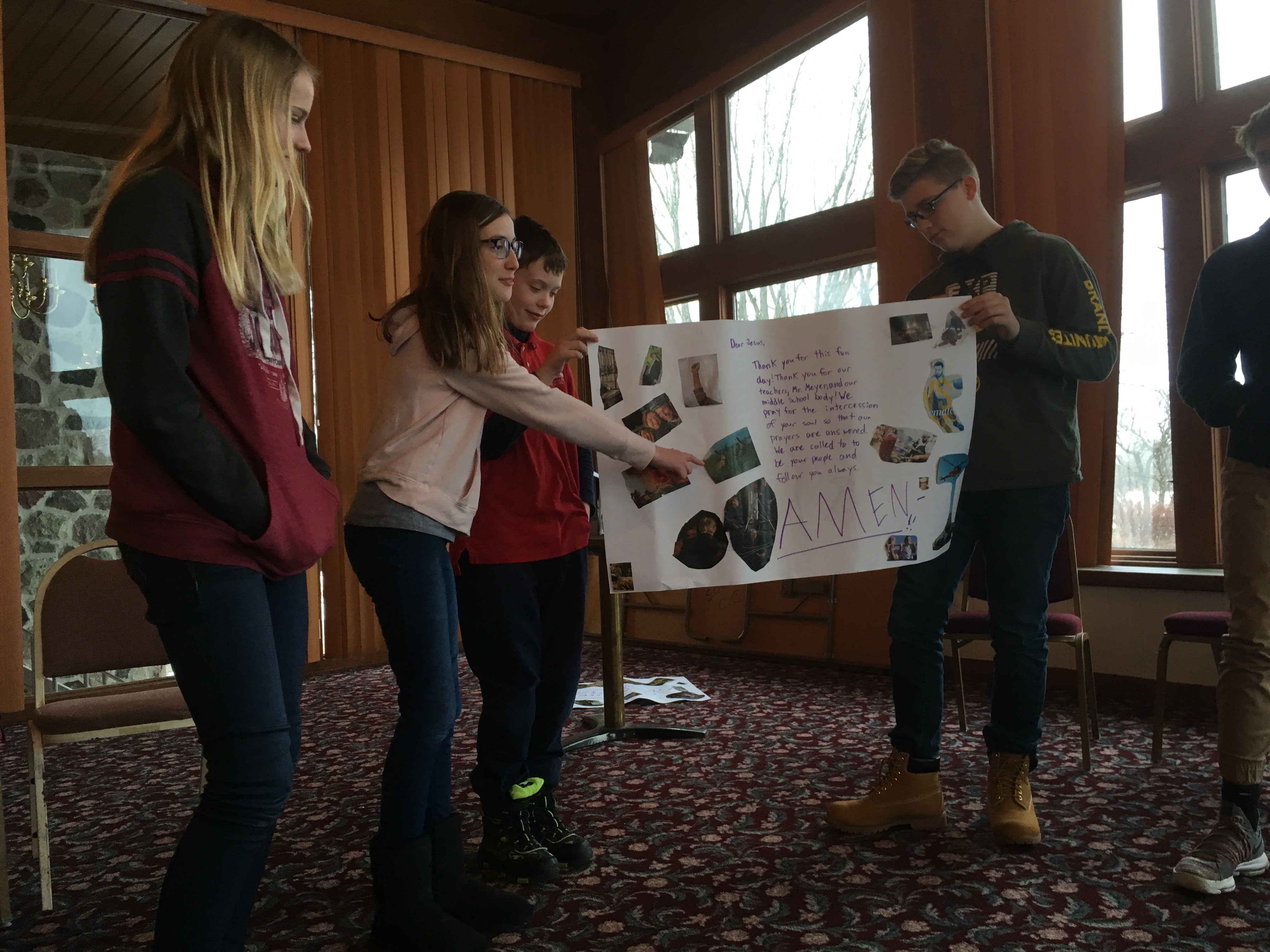
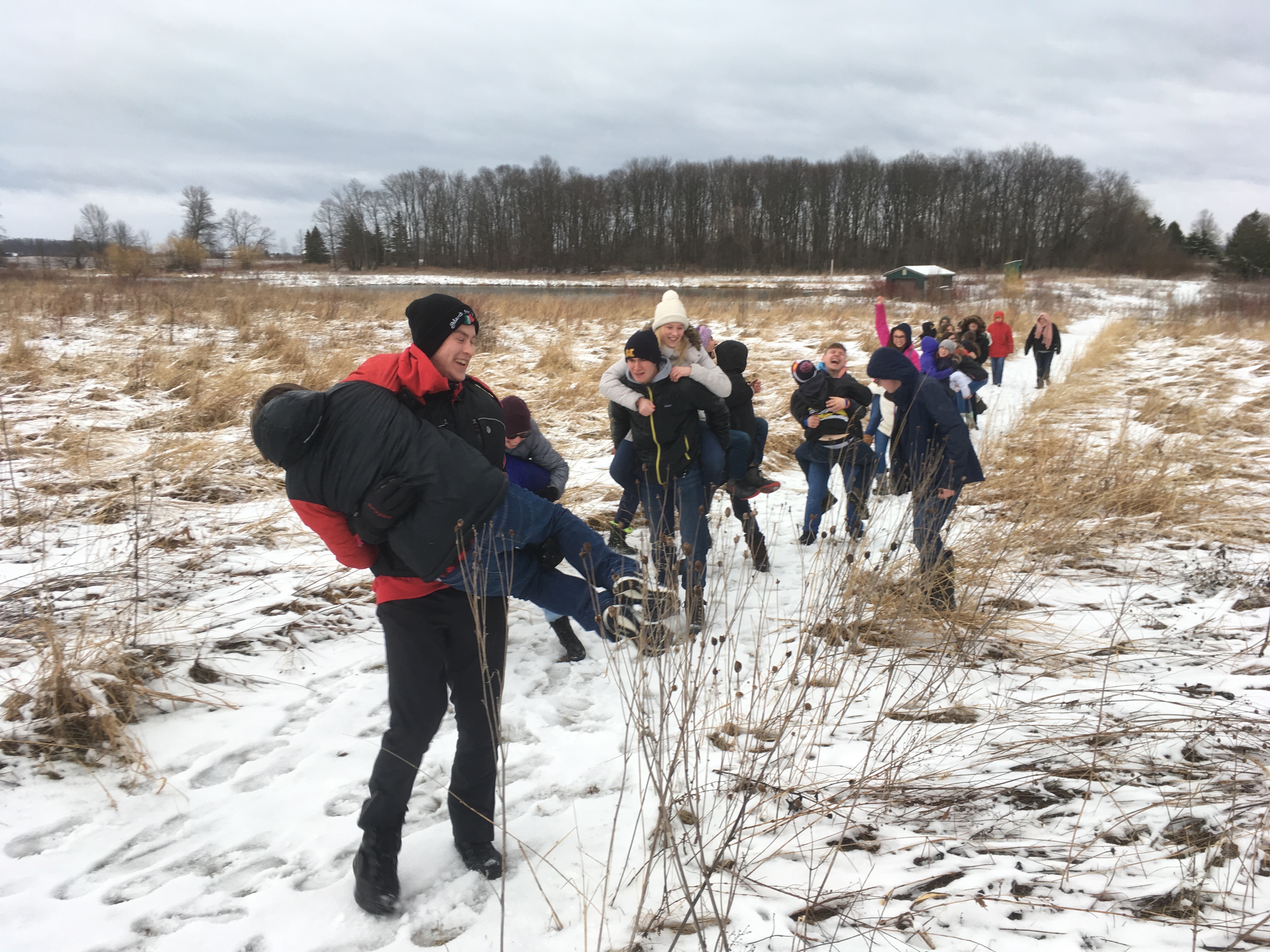

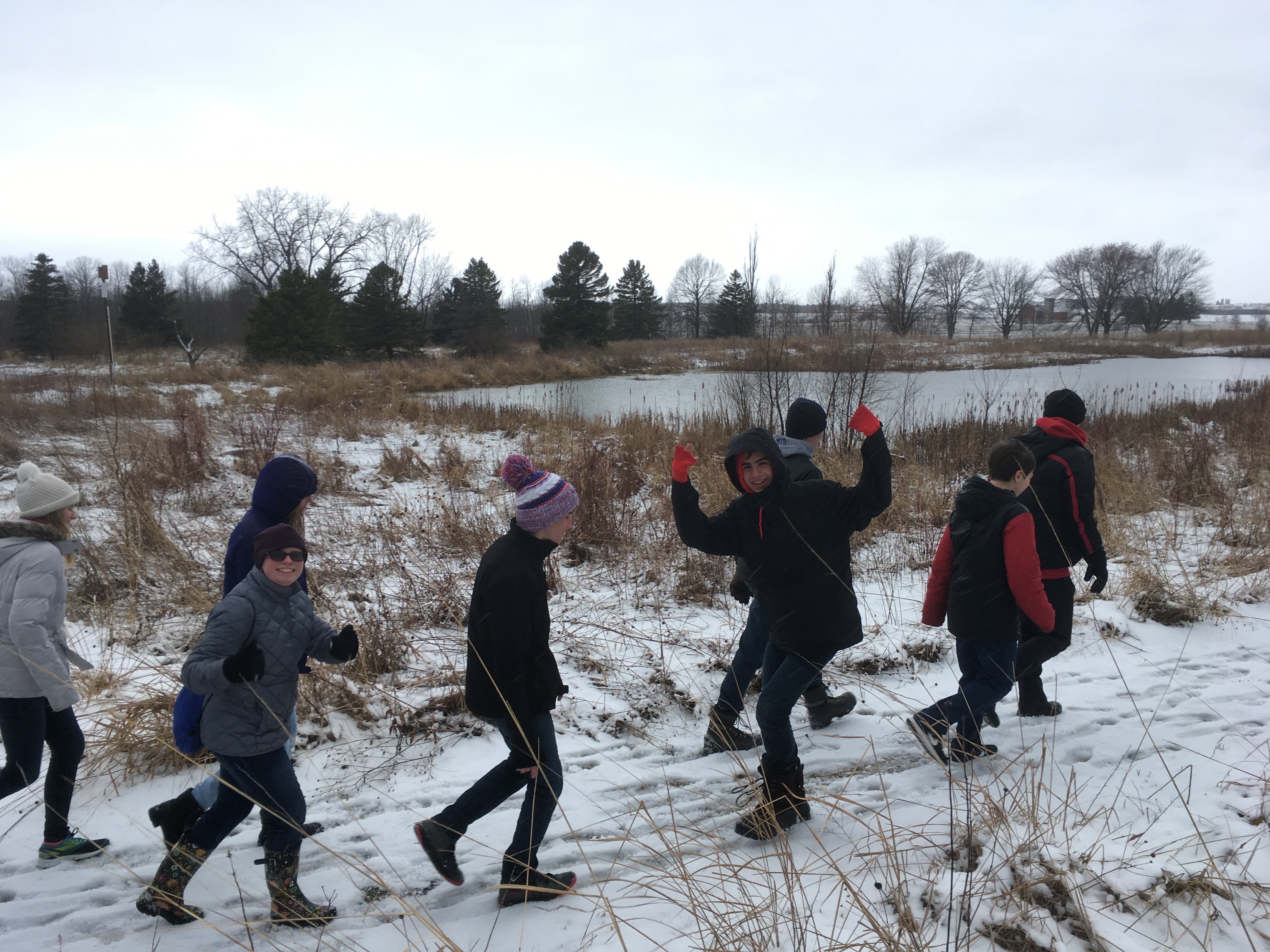
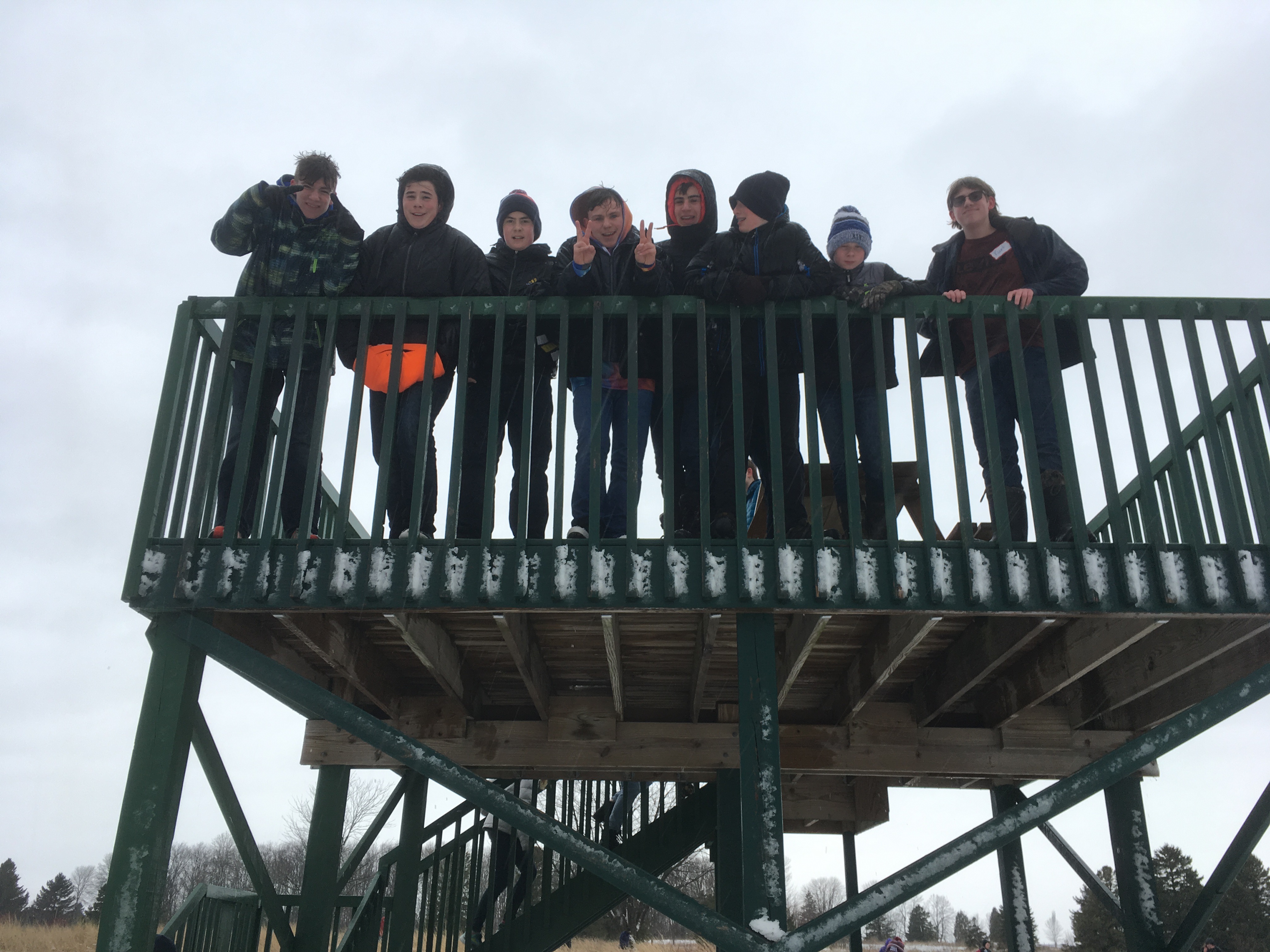
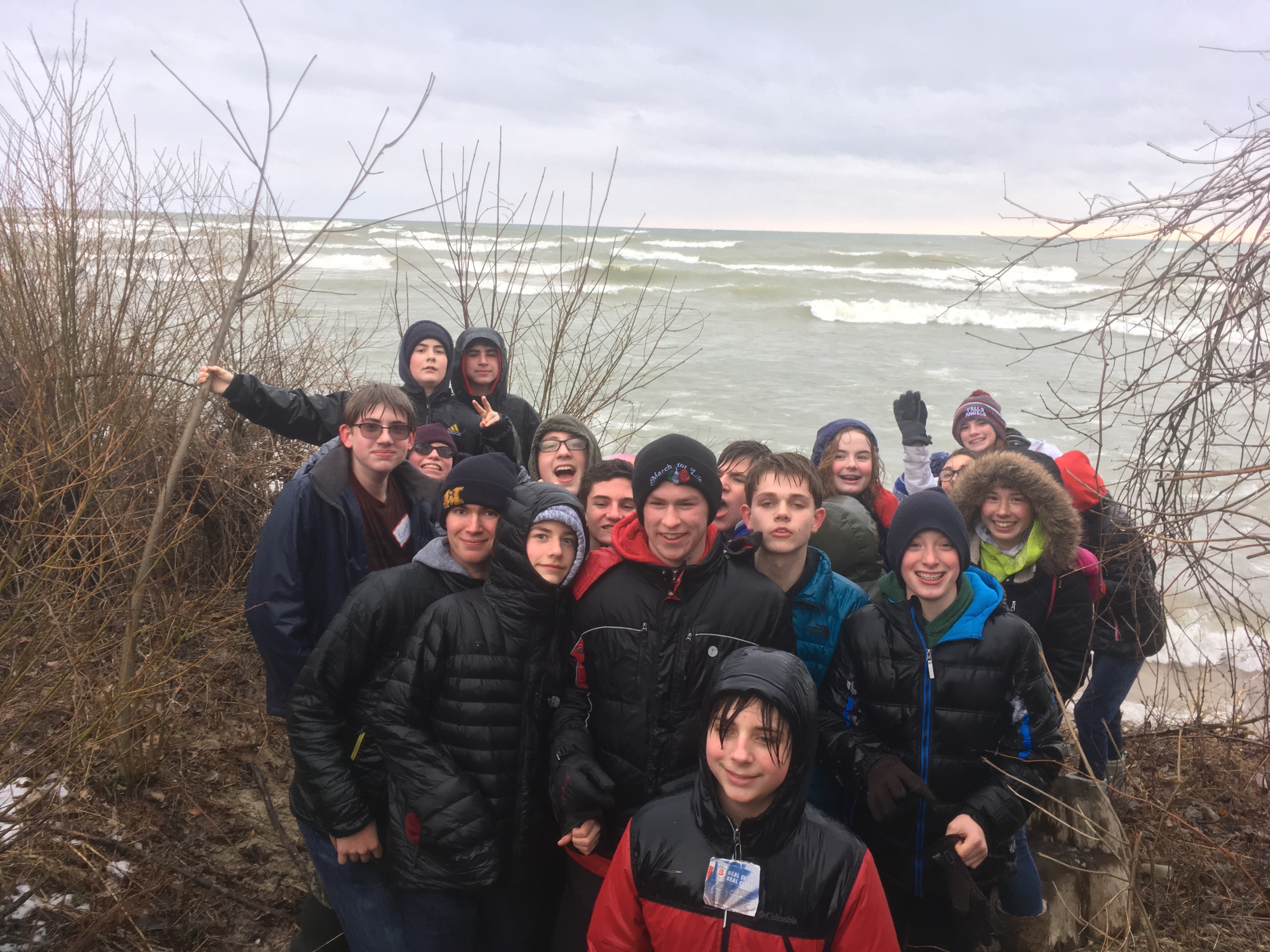
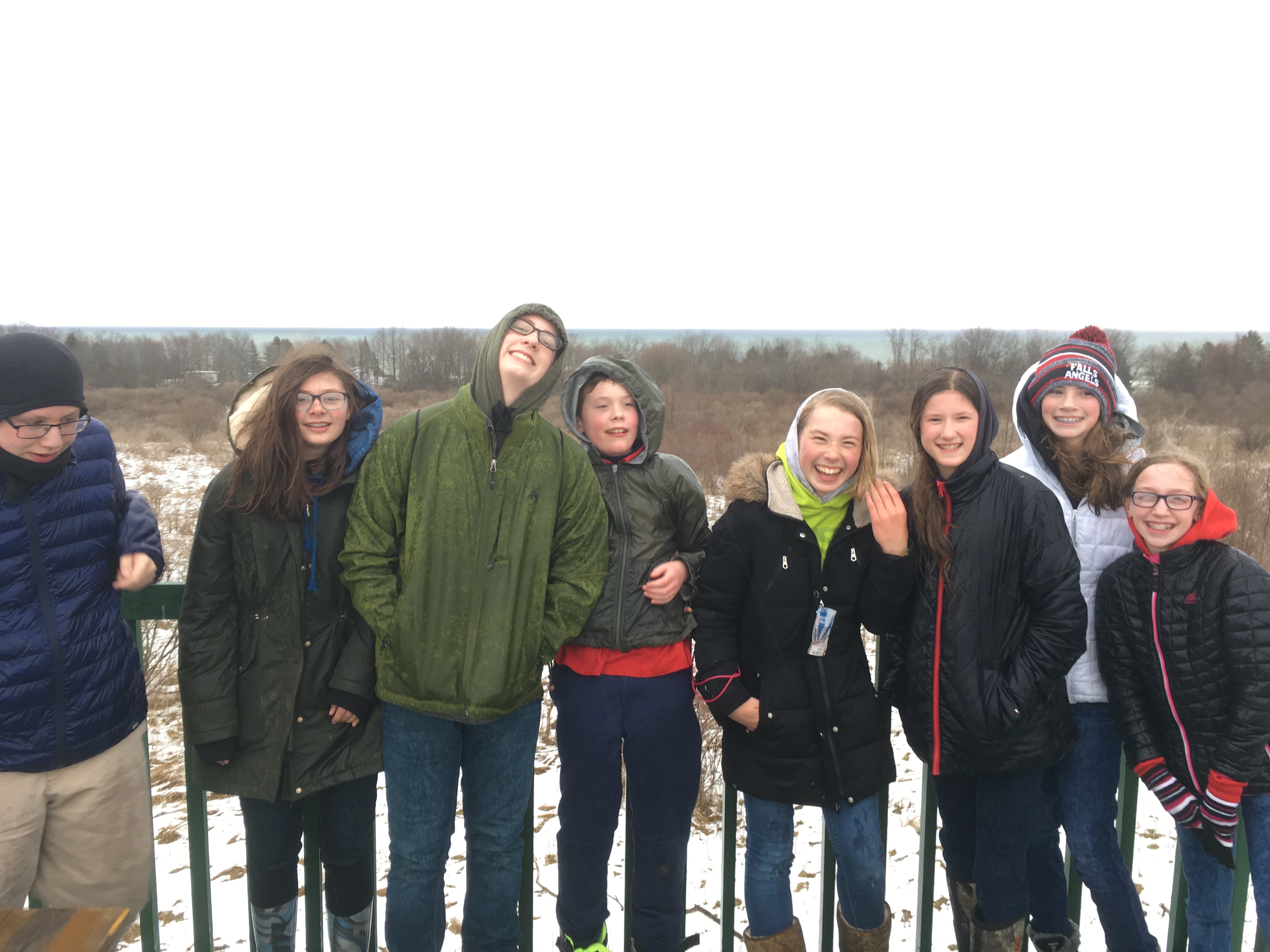

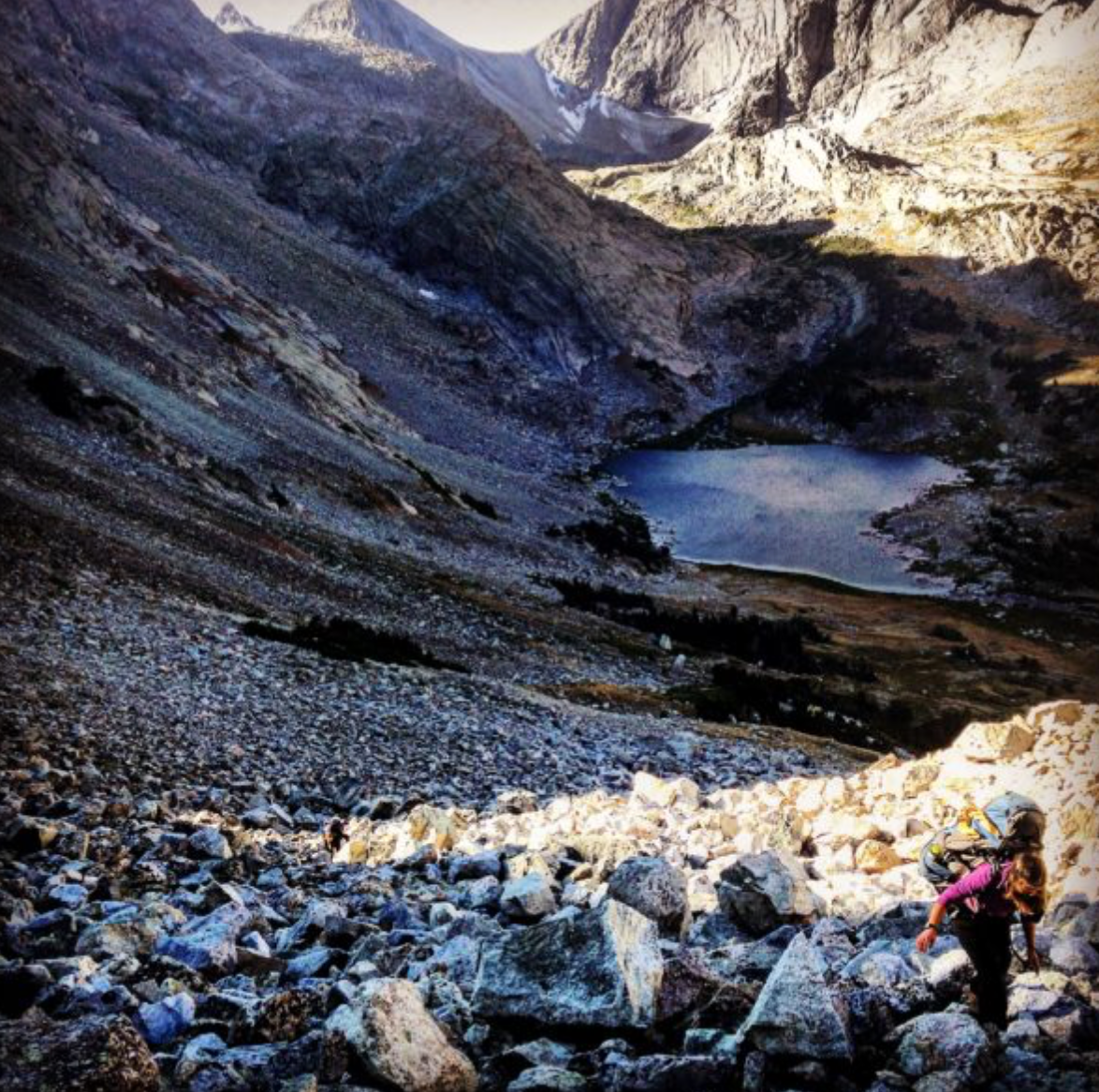
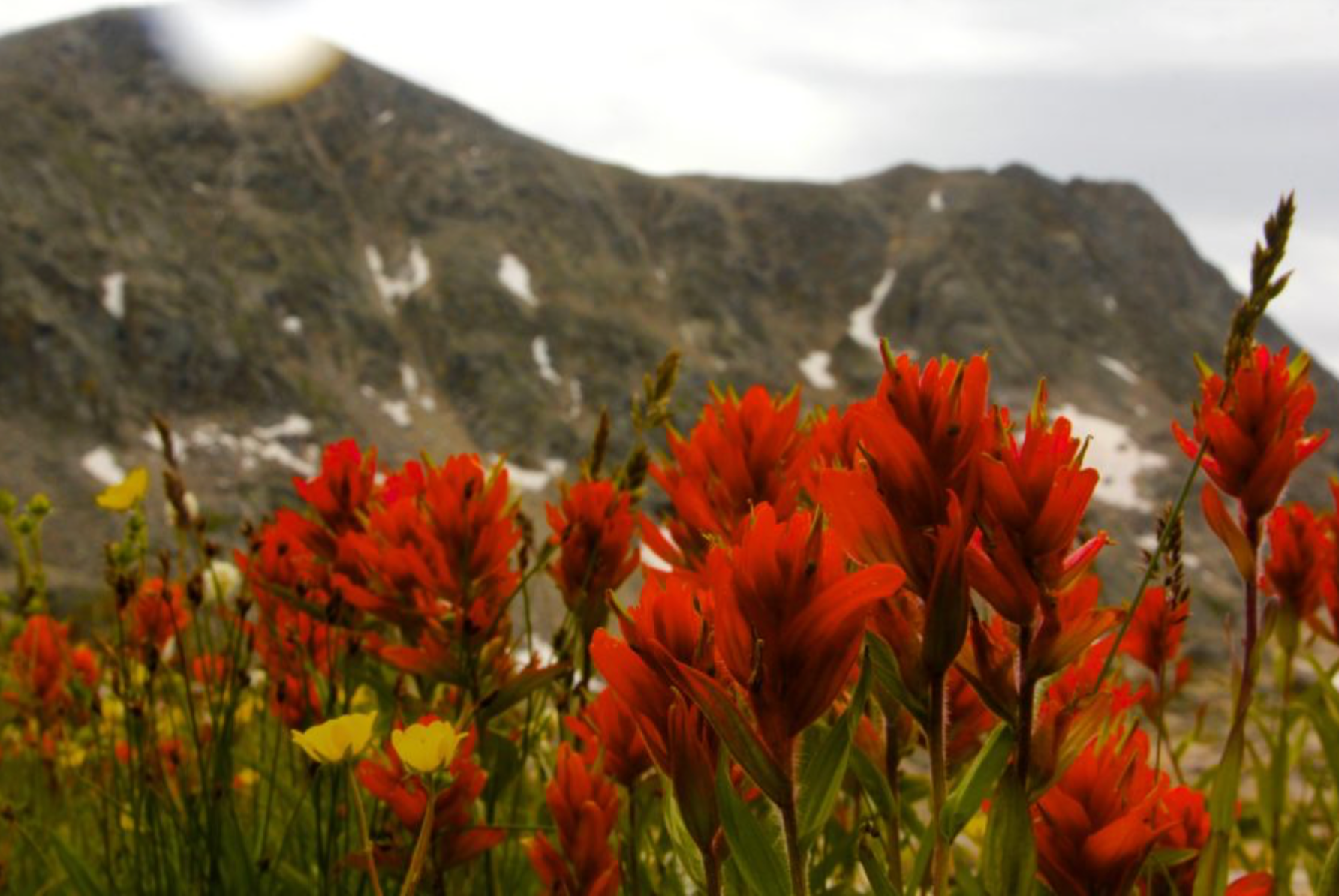





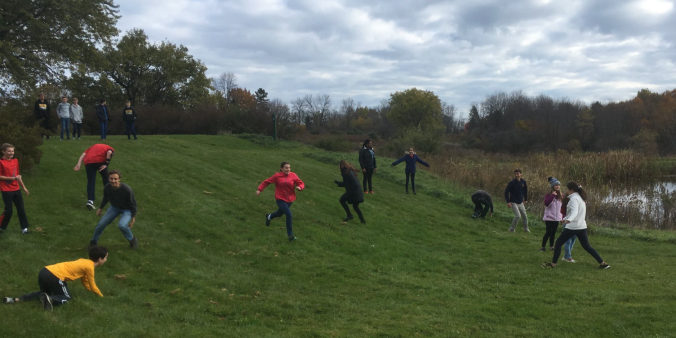












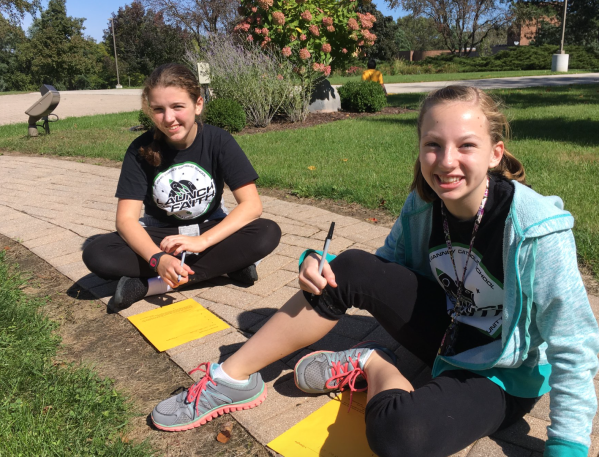 parishes and schools throughout Southeast Wisconsin. This fall we were privileged to work with nearly 300 students, deepening their faith and calling their love for God into action through stewardship of our common home.
parishes and schools throughout Southeast Wisconsin. This fall we were privileged to work with nearly 300 students, deepening their faith and calling their love for God into action through stewardship of our common home.













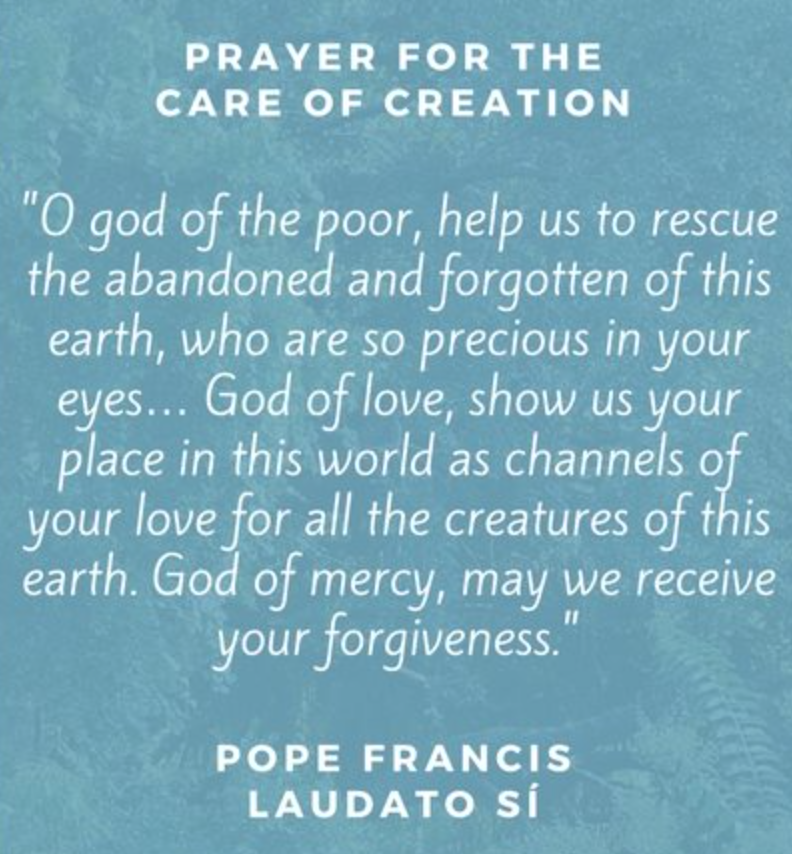
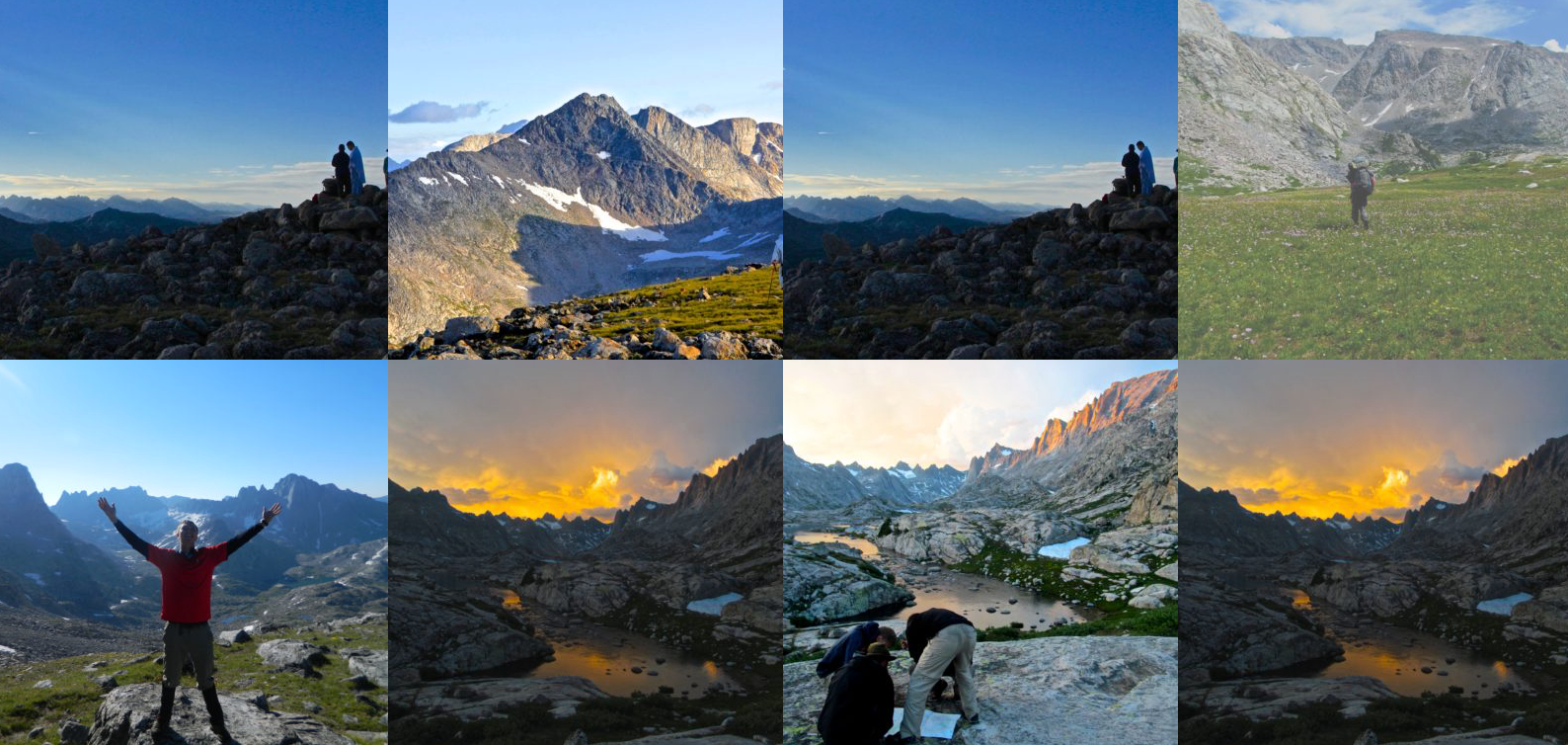
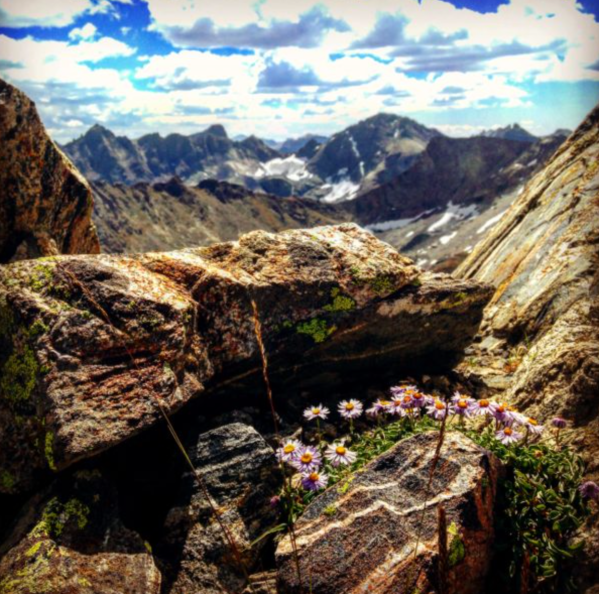
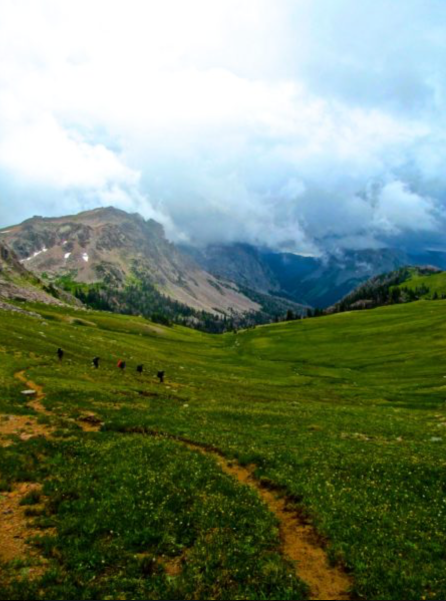

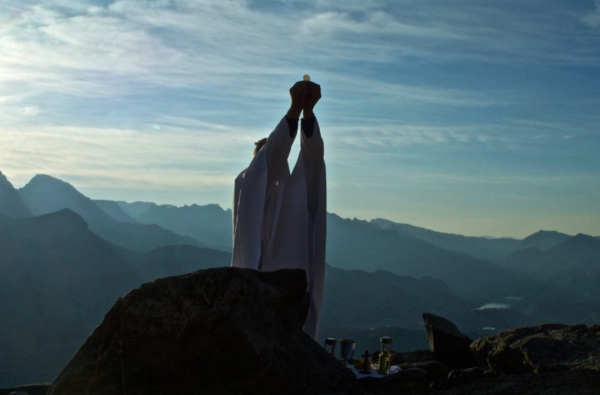 time my eyes ached from exhaustion; I recalled the crescent moon crested by a planet that I had seen the night before, and, sure enough, I found that I could go on invigorated, my frustration dissipated. At another time, I found myself on the verge of cursing at an annoying situation; I looked up and saw some fresh-cut flowers and returned to a place of inner cool. In no case did the exhaustion or annoyance magically disappear, but they lost the edge that made them feel unbearable, and I could then attack or tolerate problems with considerably more ease and courage. St. Paul might have meant something far more immediate and tangible than I had ever realized when he famously penned “whatever is lovely … think about these things.” (The Holy Bible, RSV, Phil. 4.8). So far my vision of Mt. Geikie had only lead me to confront lesser manifestations of the problem of evil. Little did I suspect that through it, and through my speculations on the nature of pain, I would get a glimpse of a deeper answer I had been seeking for years.
time my eyes ached from exhaustion; I recalled the crescent moon crested by a planet that I had seen the night before, and, sure enough, I found that I could go on invigorated, my frustration dissipated. At another time, I found myself on the verge of cursing at an annoying situation; I looked up and saw some fresh-cut flowers and returned to a place of inner cool. In no case did the exhaustion or annoyance magically disappear, but they lost the edge that made them feel unbearable, and I could then attack or tolerate problems with considerably more ease and courage. St. Paul might have meant something far more immediate and tangible than I had ever realized when he famously penned “whatever is lovely … think about these things.” (The Holy Bible, RSV, Phil. 4.8). So far my vision of Mt. Geikie had only lead me to confront lesser manifestations of the problem of evil. Little did I suspect that through it, and through my speculations on the nature of pain, I would get a glimpse of a deeper answer I had been seeking for years.
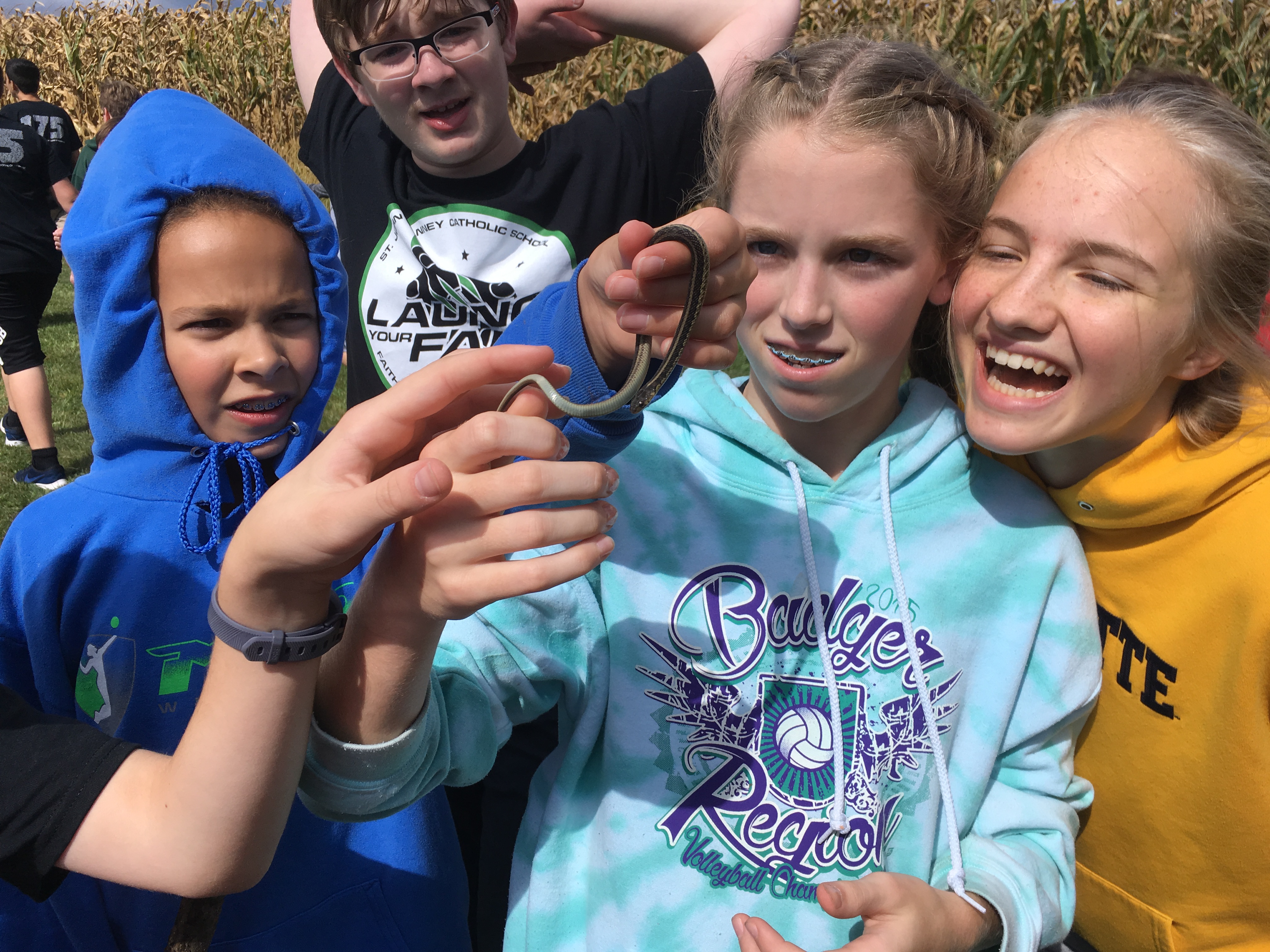

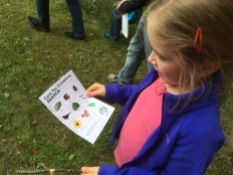













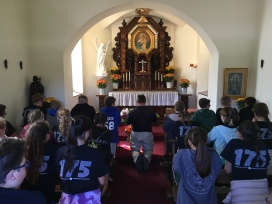


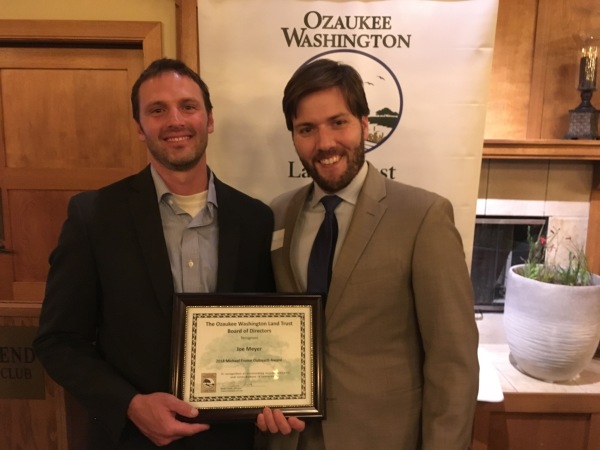 Ozaukeee Washington Land Trust’s Michael Frome Education and Outreach Award.
Ozaukeee Washington Land Trust’s Michael Frome Education and Outreach Award.






























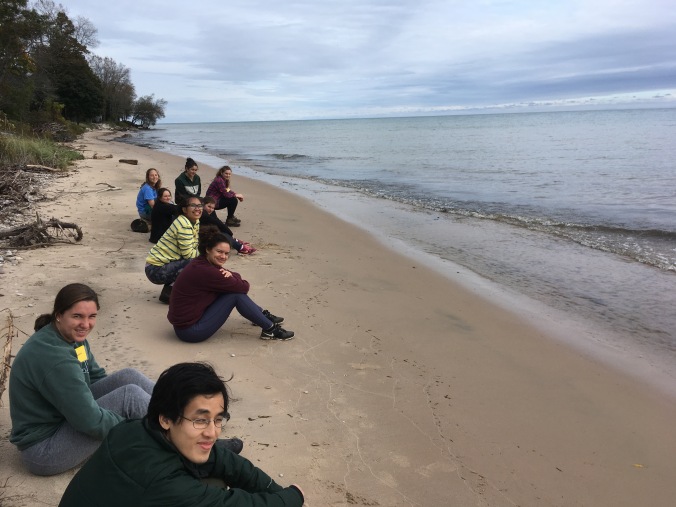
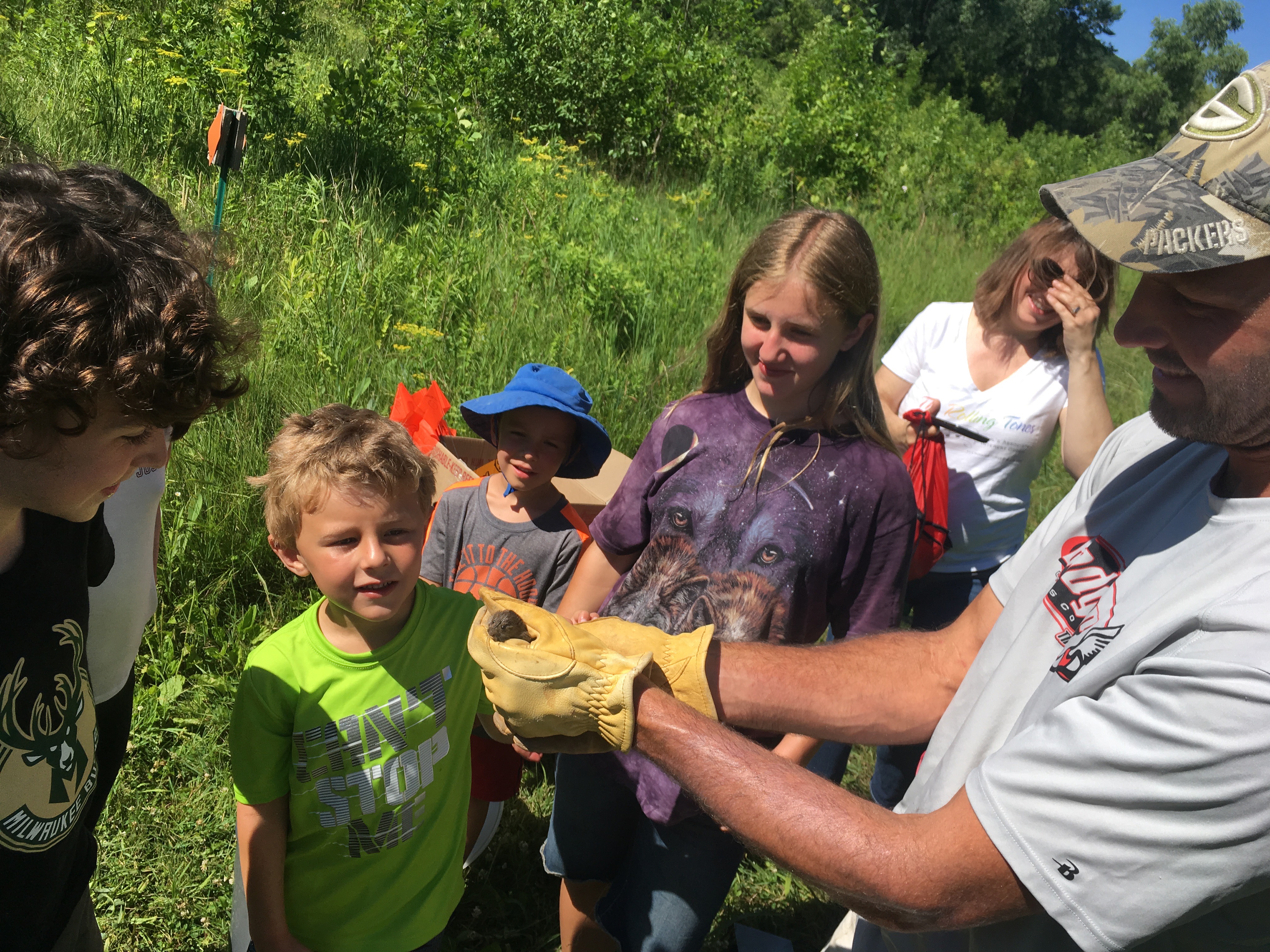




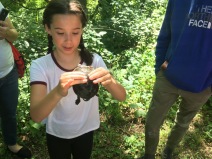




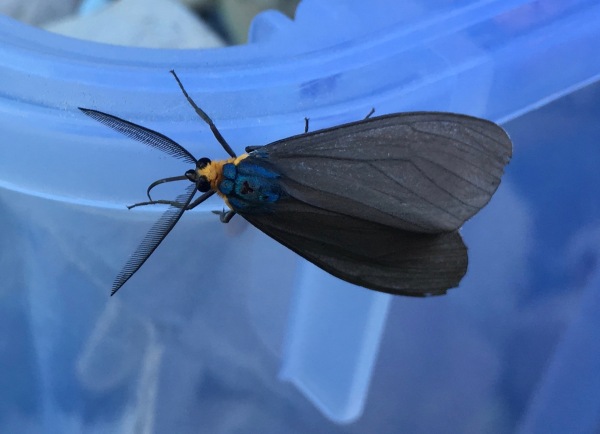























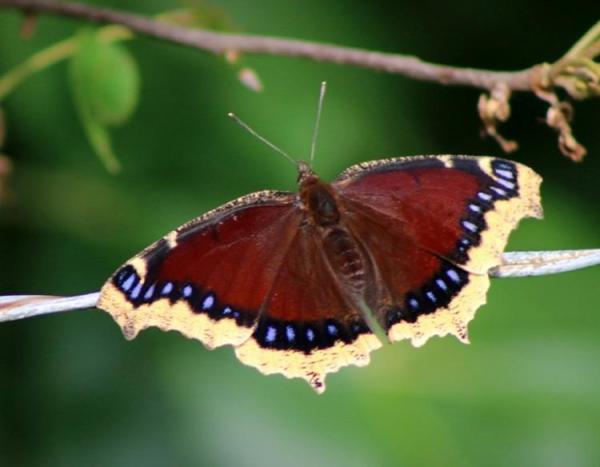 winter slumber spent under leaves or loose bark. They are one of only a handful of butterflies to overwinter as adults. To keep from freezing, mourning cloaks reduce the amount of water in their blood by as much as 30 percent and then thicken it with a sugar solution of sorbitol. Biologists in Alaska found that mourning cloaks do not freeze until the temperature reaches minus 220°F. Once they emerge, they need to quickly feed, so they often seek out running tree sap or rotten fruit. Mourning cloaks win the award for greatest longevity among butterflies, living 10 or 11 months. Search the woodlands near you this spring.
winter slumber spent under leaves or loose bark. They are one of only a handful of butterflies to overwinter as adults. To keep from freezing, mourning cloaks reduce the amount of water in their blood by as much as 30 percent and then thicken it with a sugar solution of sorbitol. Biologists in Alaska found that mourning cloaks do not freeze until the temperature reaches minus 220°F. Once they emerge, they need to quickly feed, so they often seek out running tree sap or rotten fruit. Mourning cloaks win the award for greatest longevity among butterflies, living 10 or 11 months. Search the woodlands near you this spring.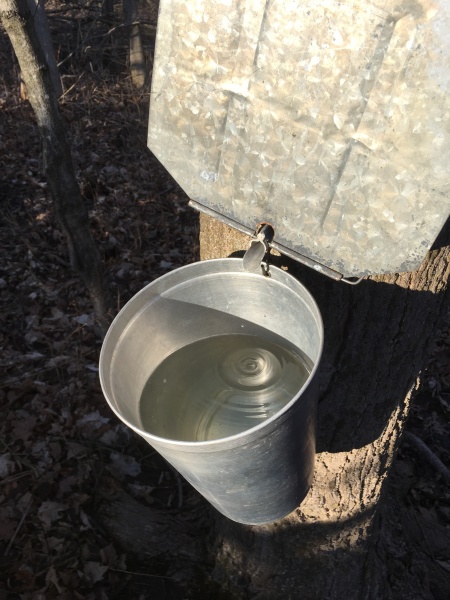 Even when nature seems asleep, maple trees are sending sugary sap up to the branches where the buds will use the sugar to make leaves in a few weeks. In my experience, having days around forty and sunny with nights below freezing produces the best sap flow. When temperatures reach high forties and fifty the flow actually stops. The sap is about 2-5% sugar and will be boiled down to about 66% sugar which we then call syrup. This boiling can be slow going as you may have to evaporate off 50 gallons of water to get 1 gallon of syrup! Sugar Maples are the most common tree used for syruping but other maple family trees can be used; silver, red, and boxelder. In Alaska, without maple trees, they utilize the sap of birch trees to make syrup!
Even when nature seems asleep, maple trees are sending sugary sap up to the branches where the buds will use the sugar to make leaves in a few weeks. In my experience, having days around forty and sunny with nights below freezing produces the best sap flow. When temperatures reach high forties and fifty the flow actually stops. The sap is about 2-5% sugar and will be boiled down to about 66% sugar which we then call syrup. This boiling can be slow going as you may have to evaporate off 50 gallons of water to get 1 gallon of syrup! Sugar Maples are the most common tree used for syruping but other maple family trees can be used; silver, red, and boxelder. In Alaska, without maple trees, they utilize the sap of birch trees to make syrup!




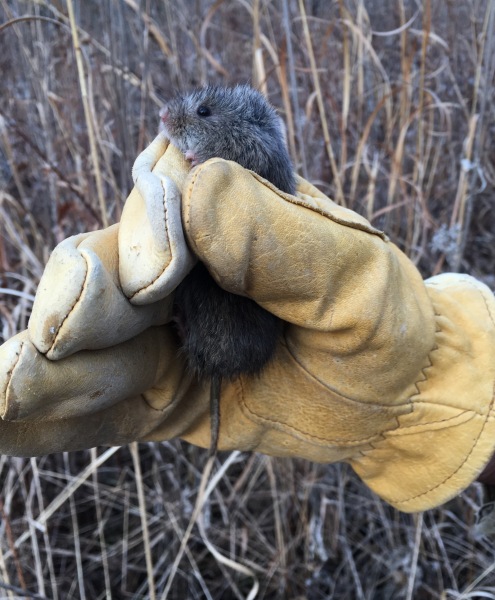



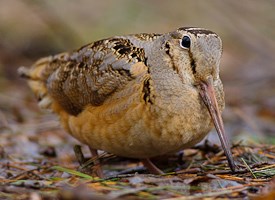






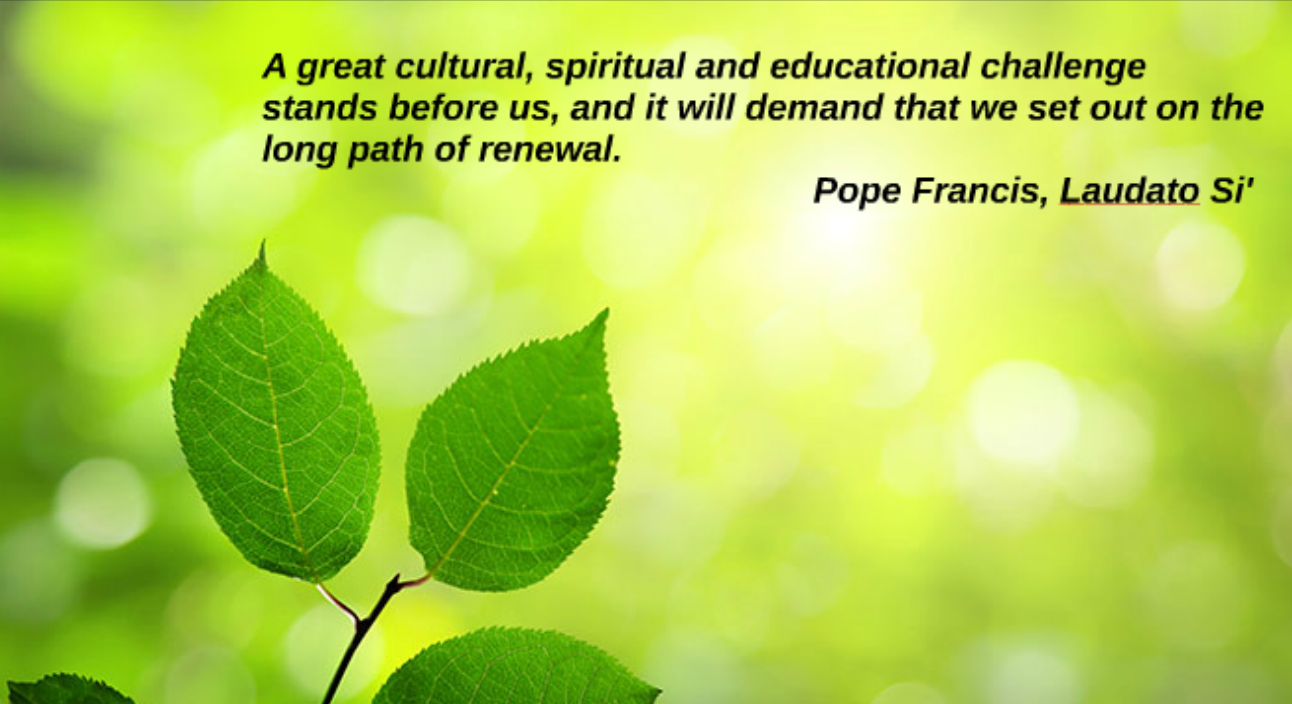

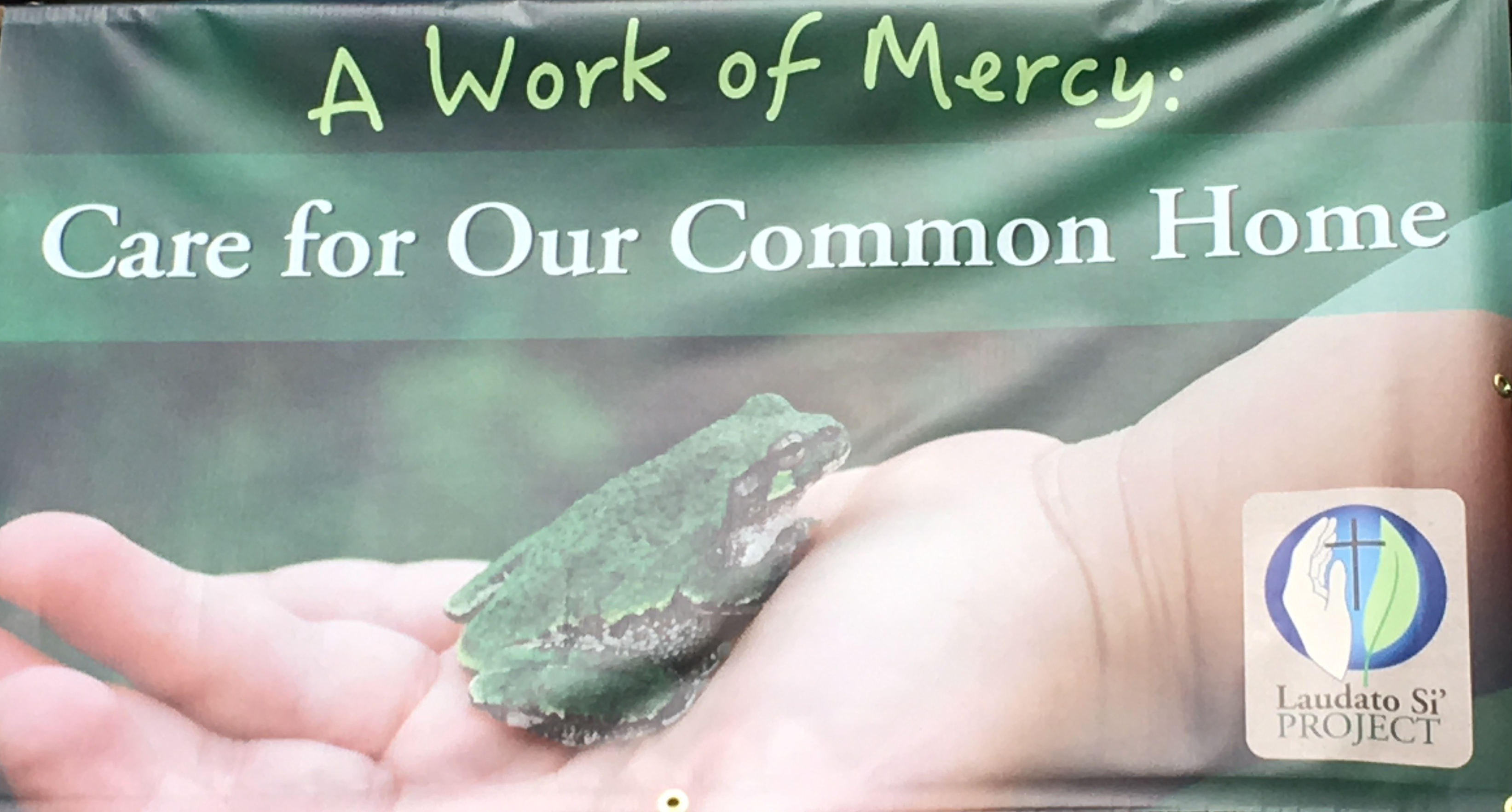
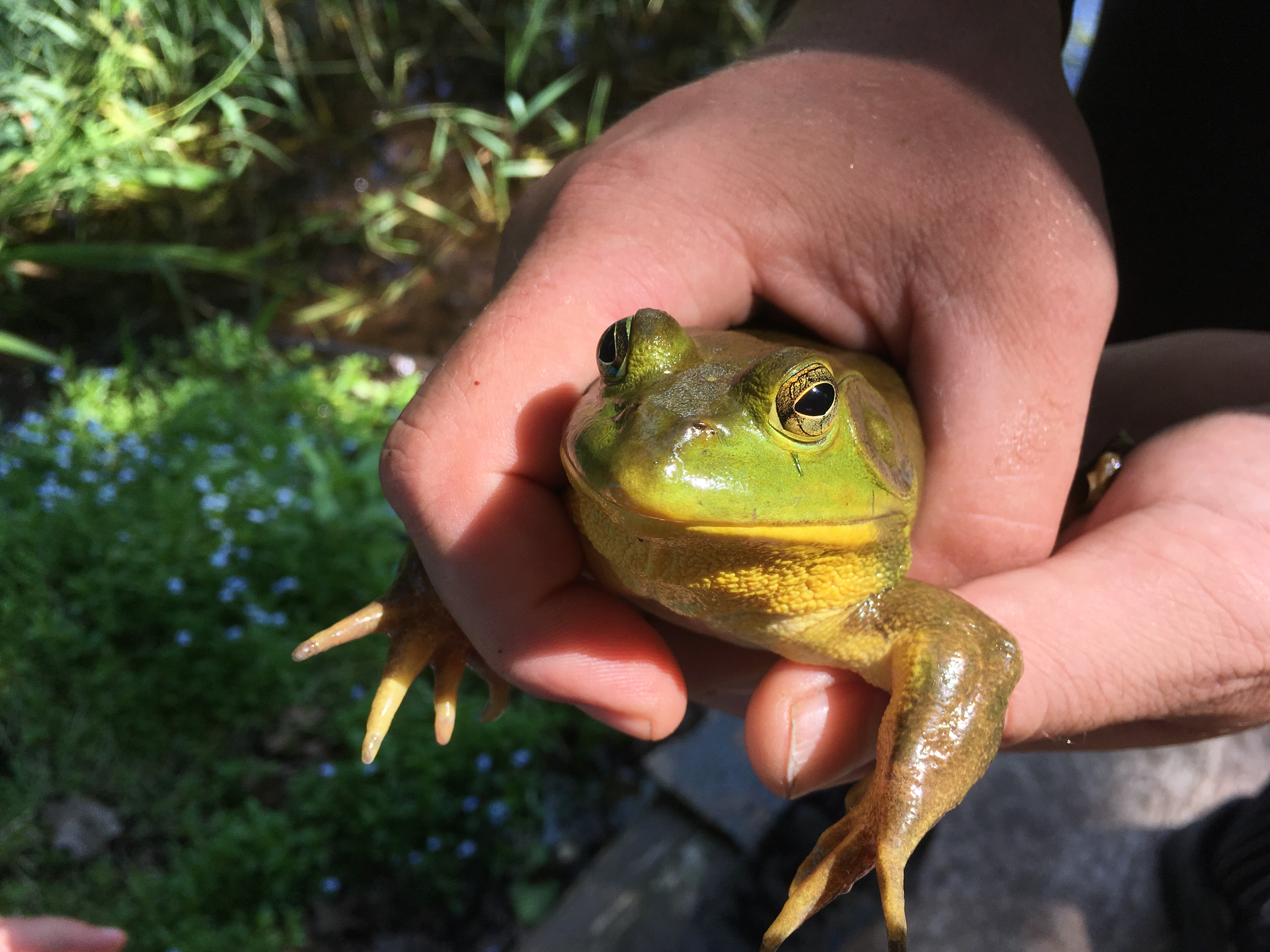
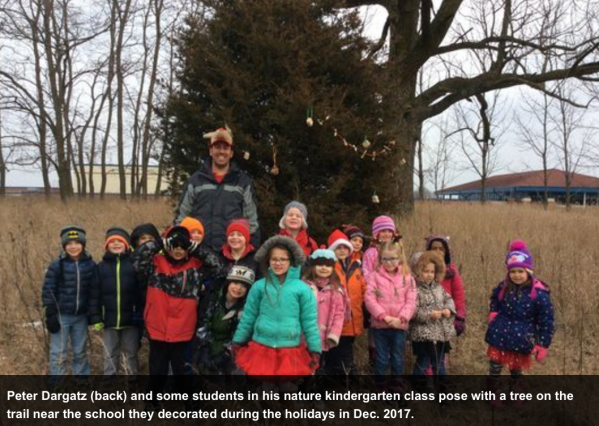 direction. That direction led me back to my love: nature. Initially, my rejuvenation began with the creation of the Tyke Hike program in my volunteer work for the Ice Age Trail’s Waukesha/Milwaukee County Chapter. These monthly hikes along a segment of the trail focused on more unstructured exploration and nature play combined with some service learning and emergent learning opportunities. Seeing how excited children were at being able to observe, explore, and play in nature inspired me to find a way to bring that enthusiasm to my classroom. I found that way with the nature kindergarten concept. Being in a public school, there were many potential hurdles. However, with tremendous support, access to land, and a seemingly endless supply of energy and enthusiasm, it soon became a reality. My students receive daily interactions with nature with a nature-infused curriculum bursting with project-based, personalized, and play-based experiences.
direction. That direction led me back to my love: nature. Initially, my rejuvenation began with the creation of the Tyke Hike program in my volunteer work for the Ice Age Trail’s Waukesha/Milwaukee County Chapter. These monthly hikes along a segment of the trail focused on more unstructured exploration and nature play combined with some service learning and emergent learning opportunities. Seeing how excited children were at being able to observe, explore, and play in nature inspired me to find a way to bring that enthusiasm to my classroom. I found that way with the nature kindergarten concept. Being in a public school, there were many potential hurdles. However, with tremendous support, access to land, and a seemingly endless supply of energy and enthusiasm, it soon became a reality. My students receive daily interactions with nature with a nature-infused curriculum bursting with project-based, personalized, and play-based experiences.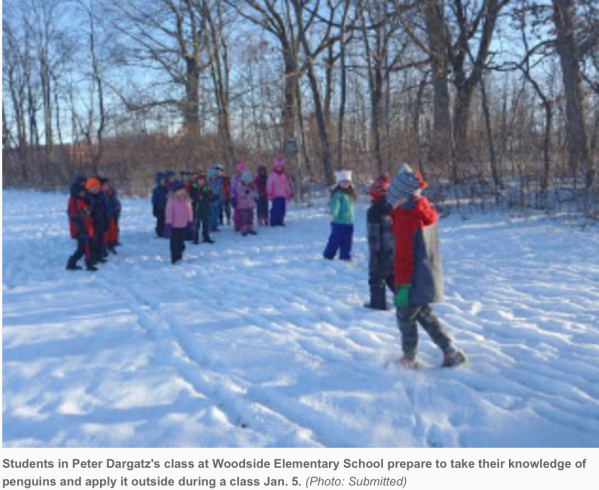 these activities require, my family is my inspiration for my continued development as a teacher and nature steward. My daughters inspire me to create a classroom community that would make them proud. My wife inspires me to follow my dreams and try new things. We constantly share our own nature experiences and making new nature memories together. My wife and I want our girls to experience and celebrate nature so that they will appreciate and honor it on their own.
these activities require, my family is my inspiration for my continued development as a teacher and nature steward. My daughters inspire me to create a classroom community that would make them proud. My wife inspires me to follow my dreams and try new things. We constantly share our own nature experiences and making new nature memories together. My wife and I want our girls to experience and celebrate nature so that they will appreciate and honor it on their own.




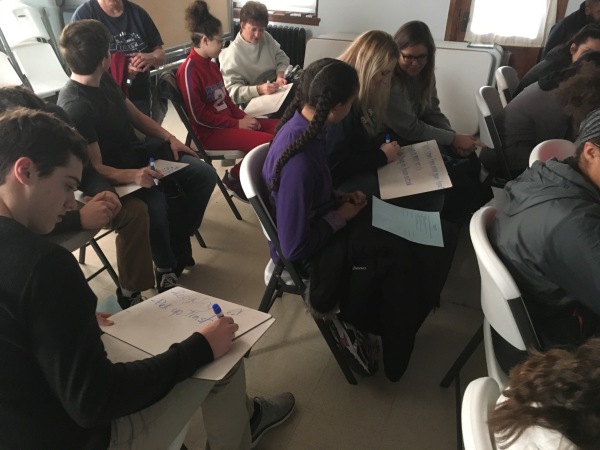
































































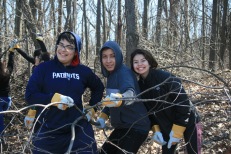




















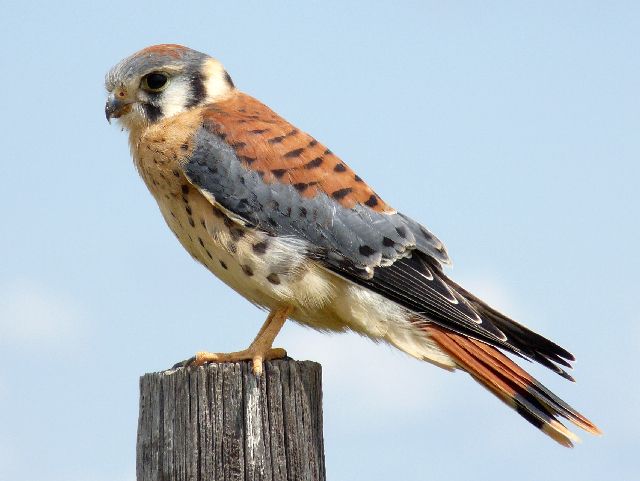
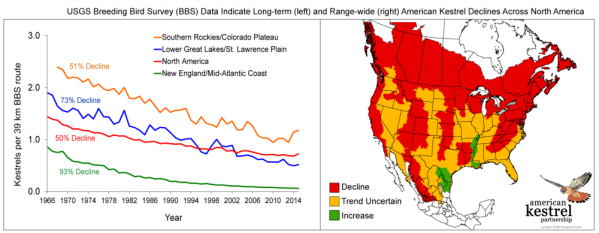





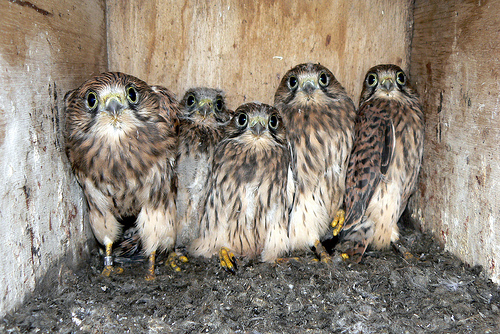
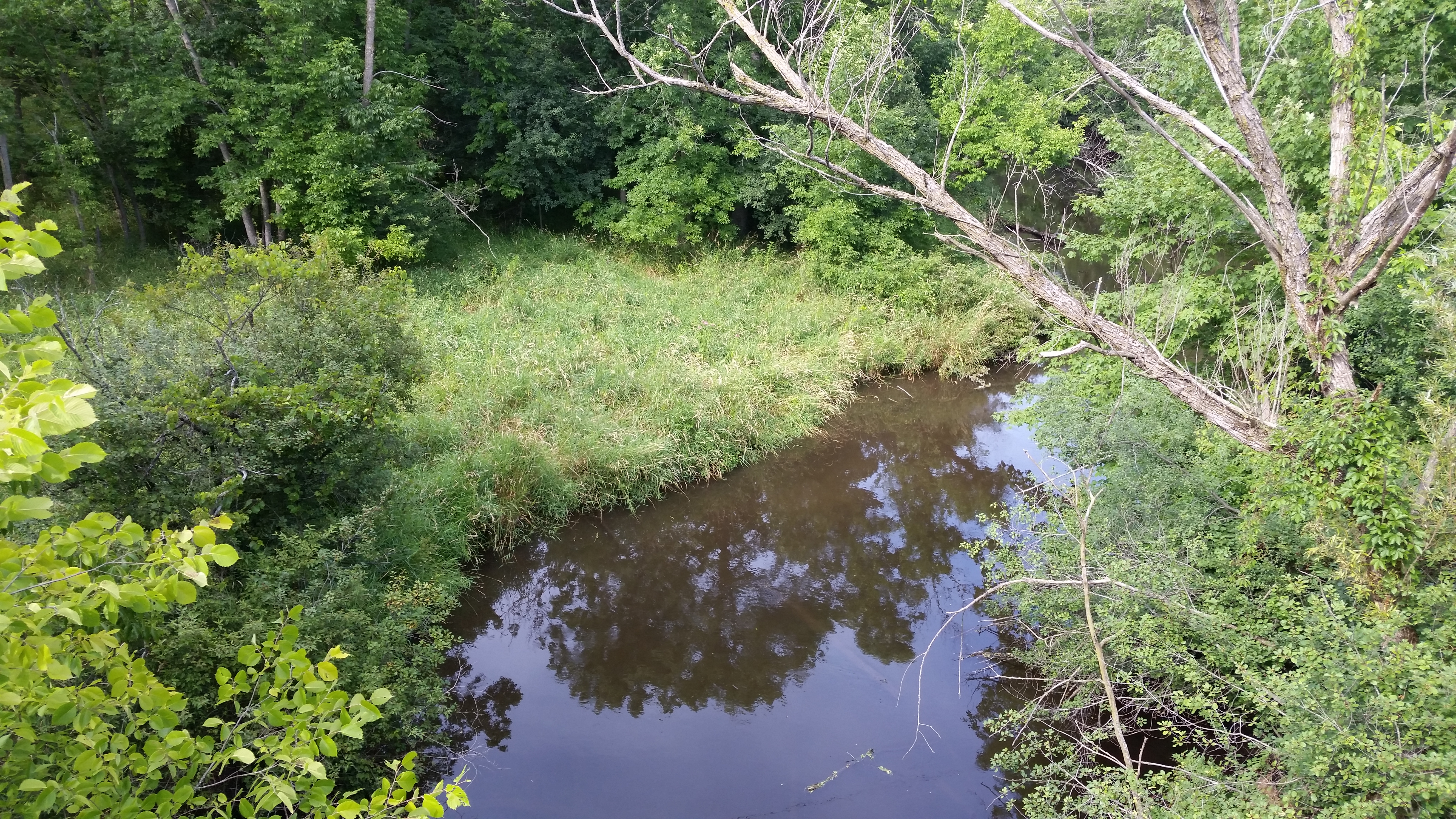
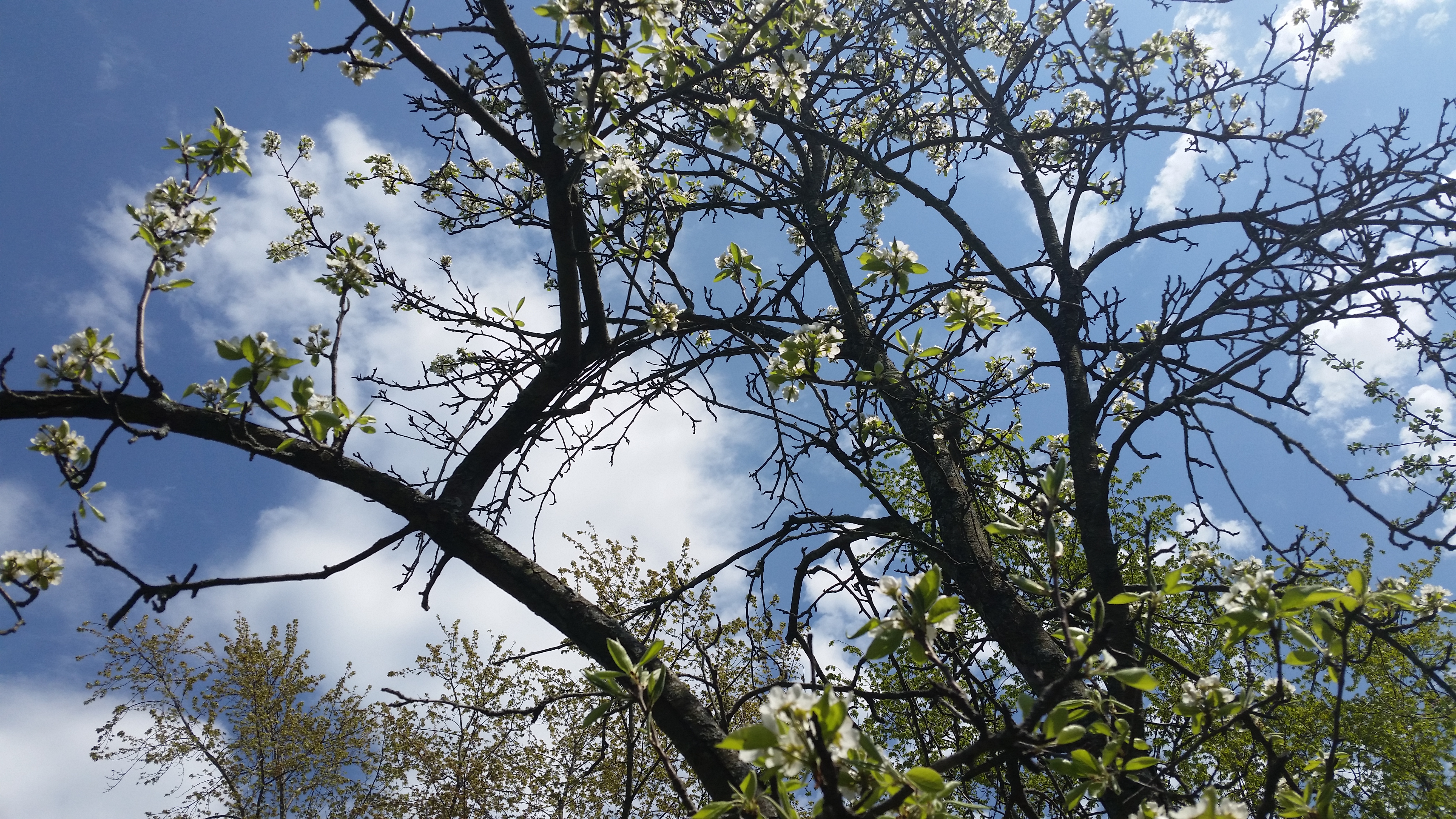

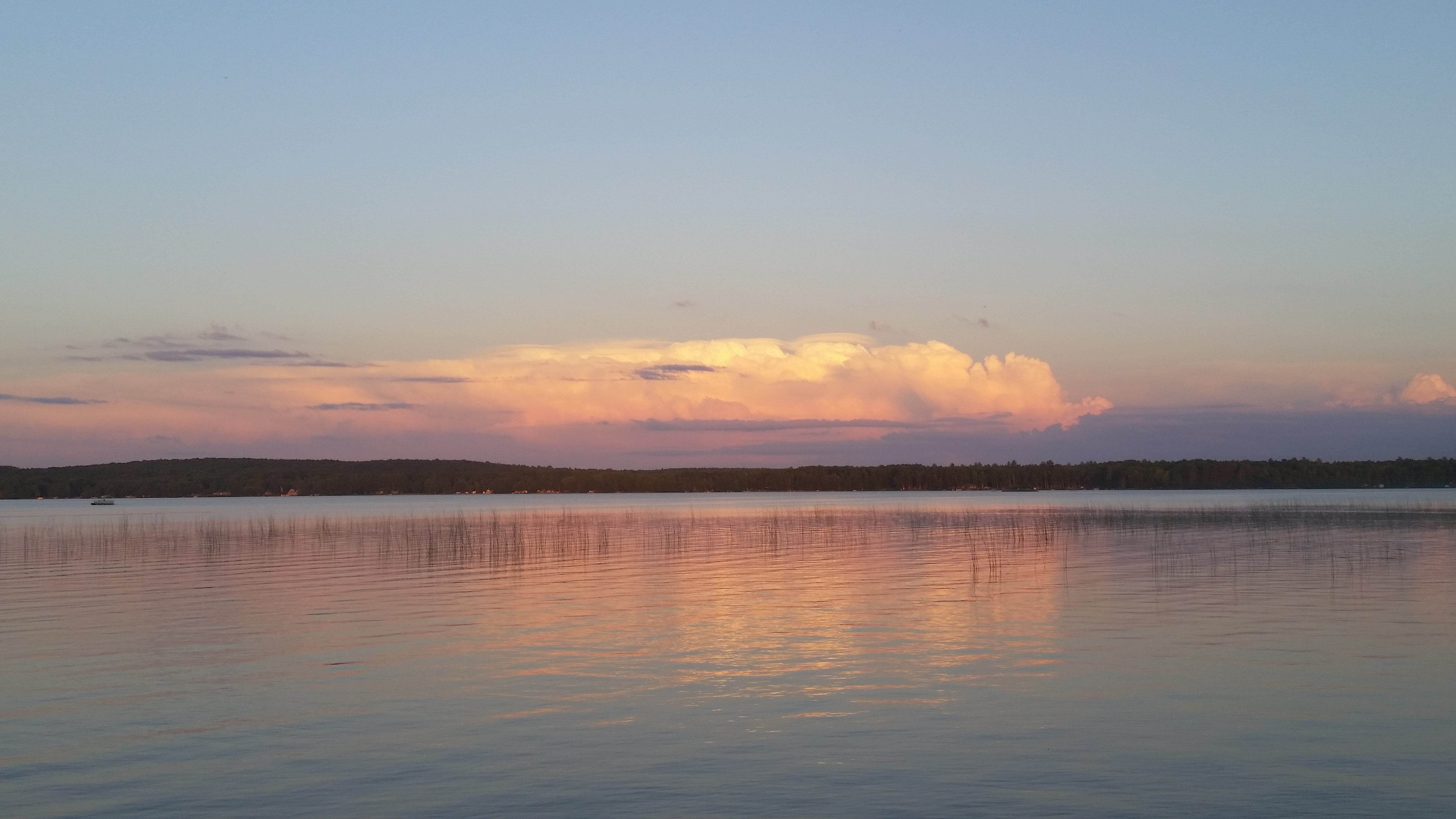







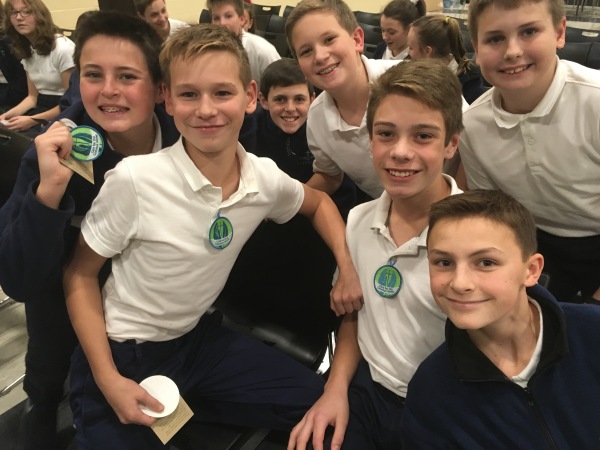 St. Dominic middle school. Students were lead through a day of prayer and contemplation around Pope Francis’s encyclical Laudato Si: Care for the Common Home. They participated in activities that helped them to better appreciate their relationship with God, one another, and creation. Students came to understand our interconnectedness to all parts of creation and ended the day making a commitment to care for our common home. Each received a
St. Dominic middle school. Students were lead through a day of prayer and contemplation around Pope Francis’s encyclical Laudato Si: Care for the Common Home. They participated in activities that helped them to better appreciate their relationship with God, one another, and creation. Students came to understand our interconnectedness to all parts of creation and ended the day making a commitment to care for our common home. Each received a 



























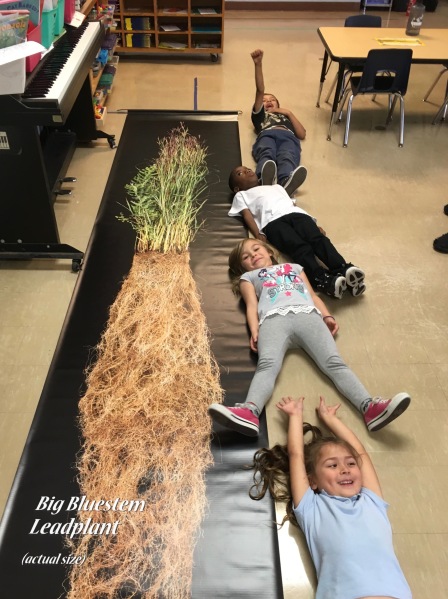 Parkside School for the Arts. We started by doing an educational program with the K-5 students about prairie, what factors shape it, and why it is important. We discussed the role of fire in shaping this unique ecosystem, as well as, how bison and elk in WI also shaped the landscape. Students were able to feel the hides of those animals and even try on an elk antler. We also looked at the amazing roots of prairie that can go as deep as 15 feet! This helps prairies survive and benefit from wildfires and also help the plants during droughts. Students were able to lie next to a banner showing the actual size of big bluestem and lead plant roots. We talked about WI butterflies and pollinators that will benefit from the prairie planting.
Parkside School for the Arts. We started by doing an educational program with the K-5 students about prairie, what factors shape it, and why it is important. We discussed the role of fire in shaping this unique ecosystem, as well as, how bison and elk in WI also shaped the landscape. Students were able to feel the hides of those animals and even try on an elk antler. We also looked at the amazing roots of prairie that can go as deep as 15 feet! This helps prairies survive and benefit from wildfires and also help the plants during droughts. Students were able to lie next to a banner showing the actual size of big bluestem and lead plant roots. We talked about WI butterflies and pollinators that will benefit from the prairie planting.































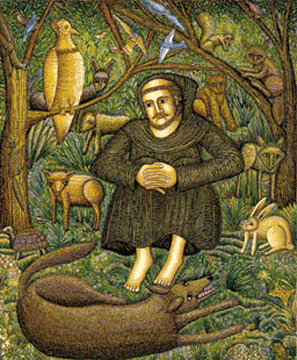


















































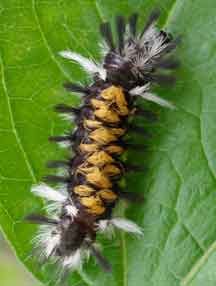








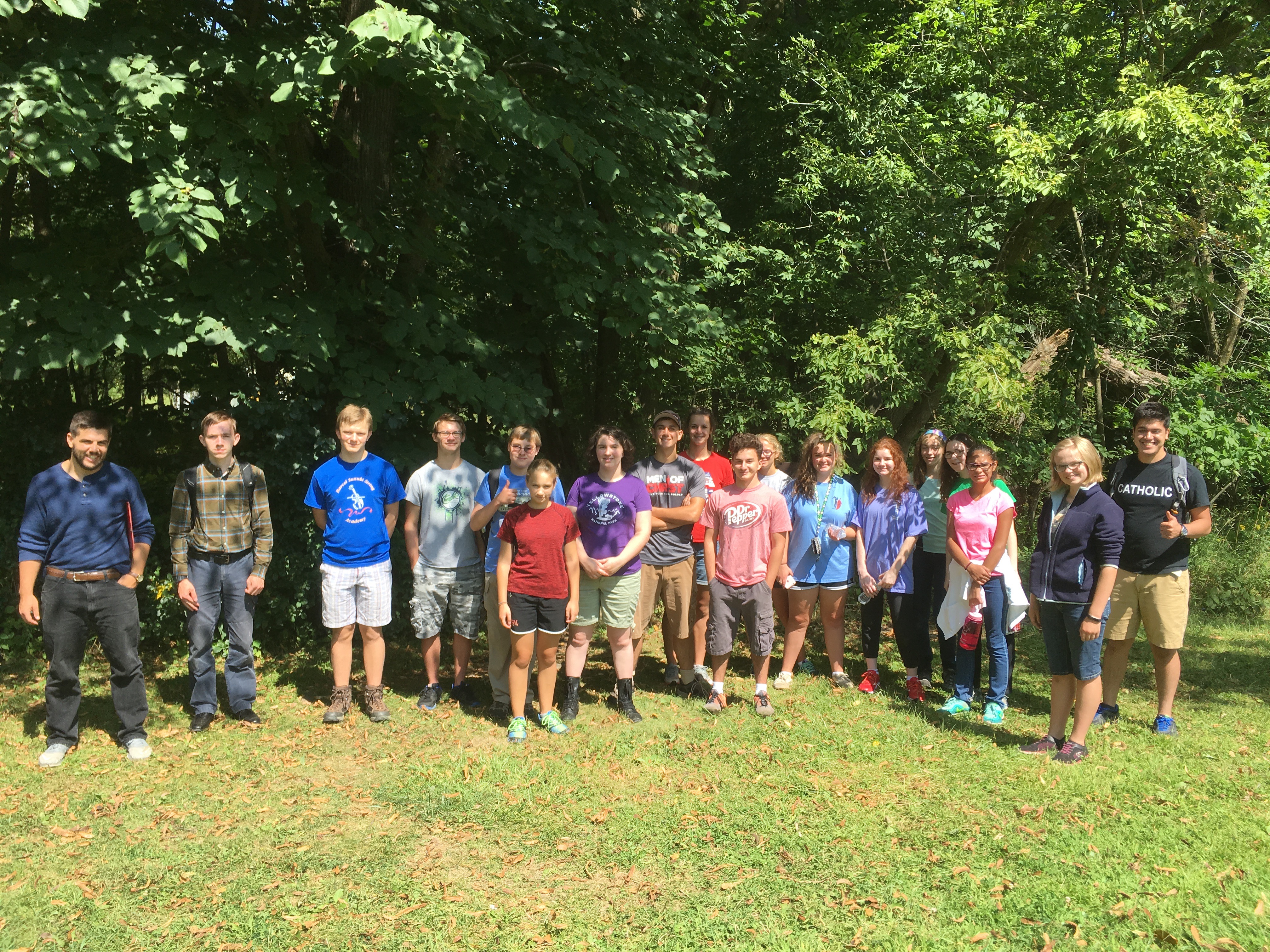
 Milwaukee.
Milwaukee.



































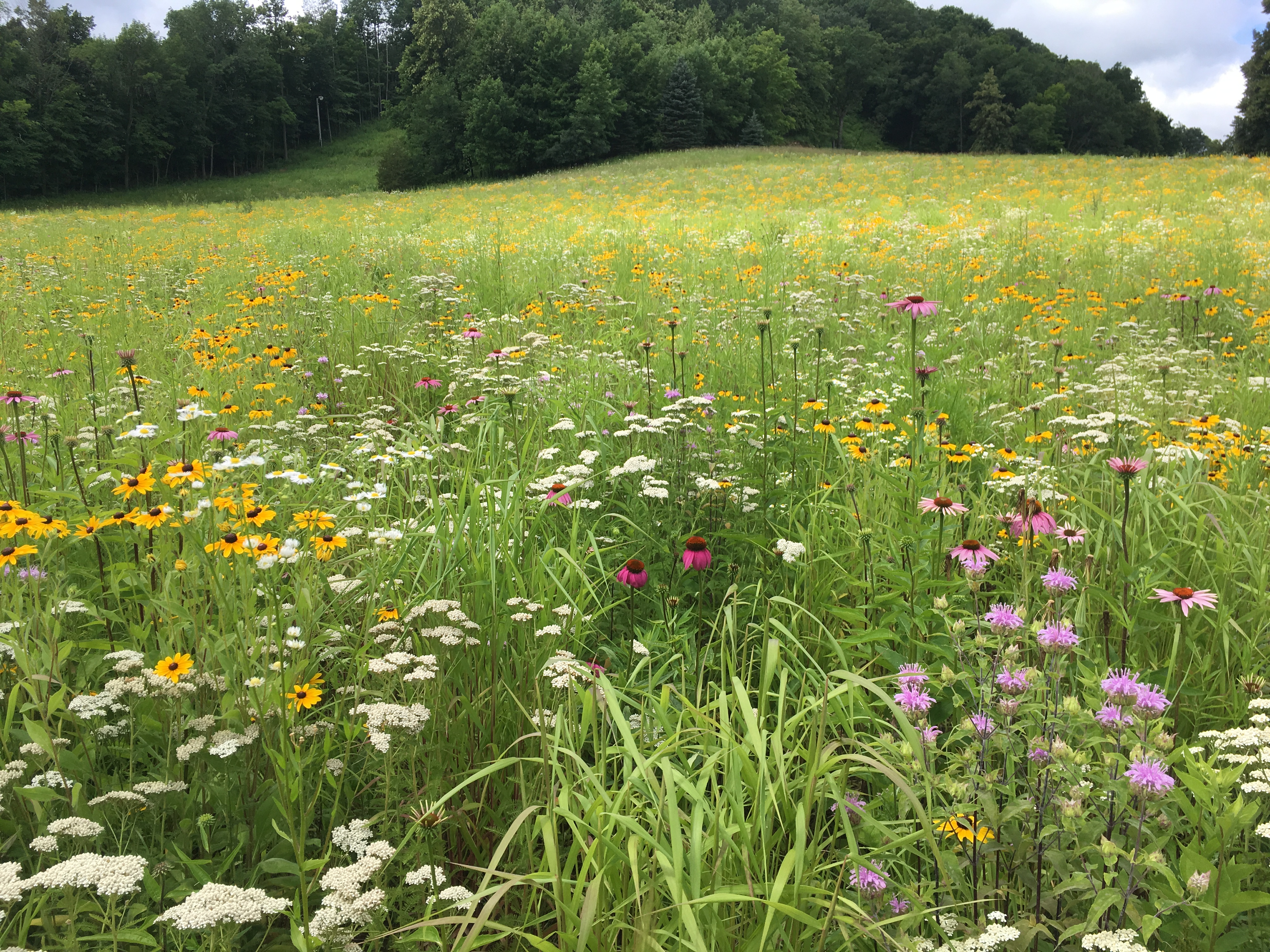
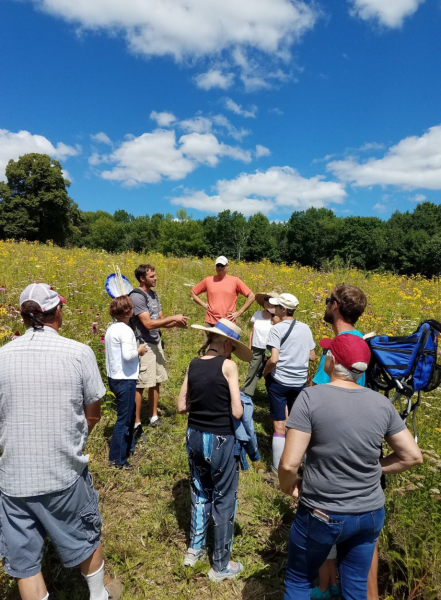 We had a wonderful group of people join us for the prairie hike including members of the
We had a wonderful group of people join us for the prairie hike including members of the 







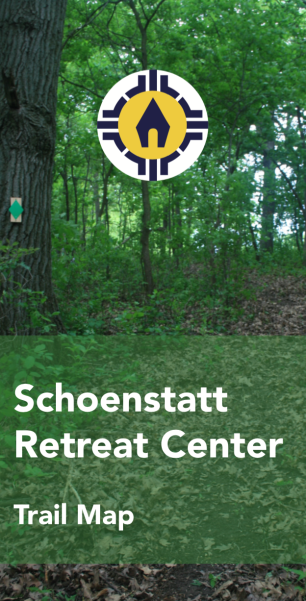

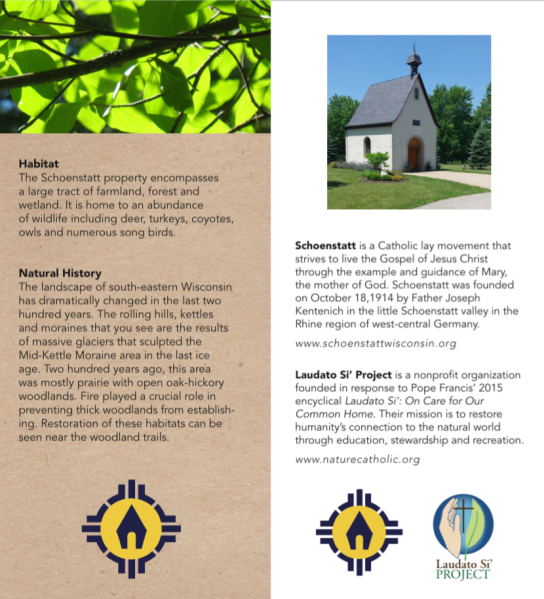 Besides a property map showing the retreat center campus and the nearly 2 miles of nature trails around the property, we also included information about Laudato Si’ Project’s stewardship work, the habitats found on the property, and its natural history. A special thanks to LSP graphic designer, Andrea Meyer, for all her amazing work.
Besides a property map showing the retreat center campus and the nearly 2 miles of nature trails around the property, we also included information about Laudato Si’ Project’s stewardship work, the habitats found on the property, and its natural history. A special thanks to LSP graphic designer, Andrea Meyer, for all her amazing work.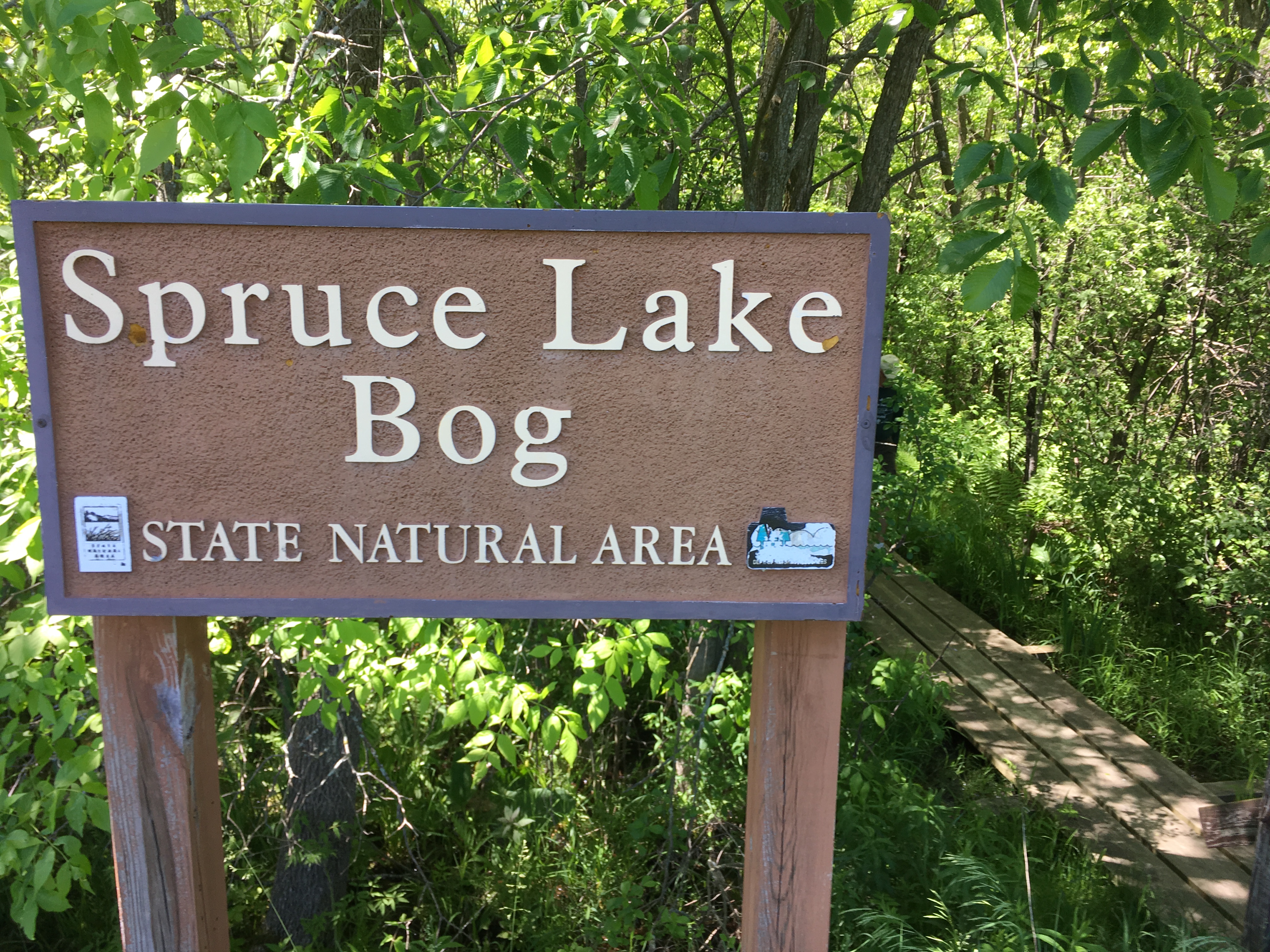
 Spruce Lake Bog State Natural Area in WI. The bog sits around a 35 acre lake in the heart of the
Spruce Lake Bog State Natural Area in WI. The bog sits around a 35 acre lake in the heart of the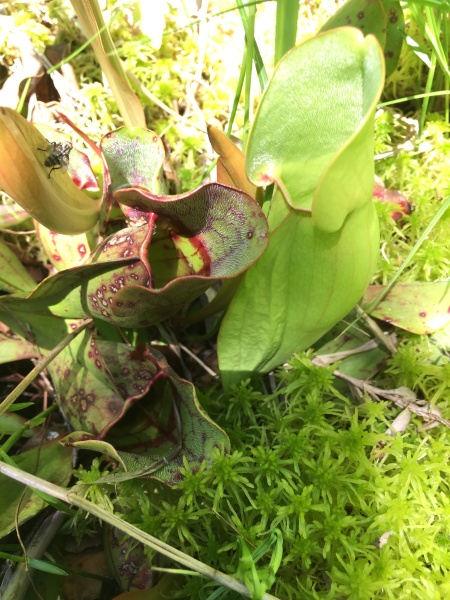
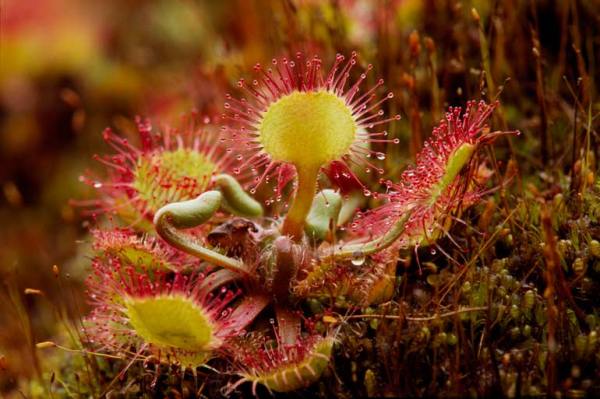 strategy to capture its prey. It has dozens of sugary drops of “sundew” on its head, attracting insects that get stuck on the sticky excretion. Unlike the trigger mechanism of the venus fly traps, the sundew then folds up onto its prey. It is much smaller than pitcher plants and easily overlooked, so you need to keep your eyes peeled for this amazing plant. Watch this time lapse video of a sundew catching its prey
strategy to capture its prey. It has dozens of sugary drops of “sundew” on its head, attracting insects that get stuck on the sticky excretion. Unlike the trigger mechanism of the venus fly traps, the sundew then folds up onto its prey. It is much smaller than pitcher plants and easily overlooked, so you need to keep your eyes peeled for this amazing plant. Watch this time lapse video of a sundew catching its prey 